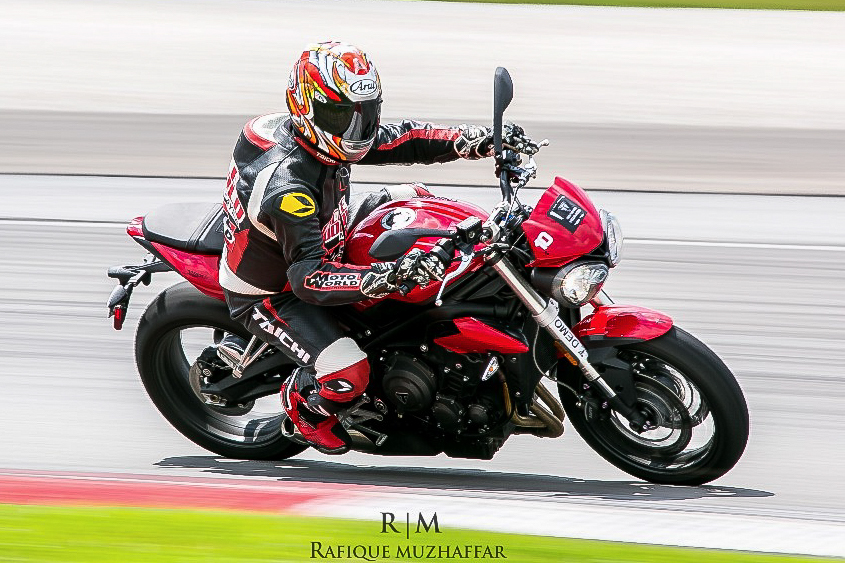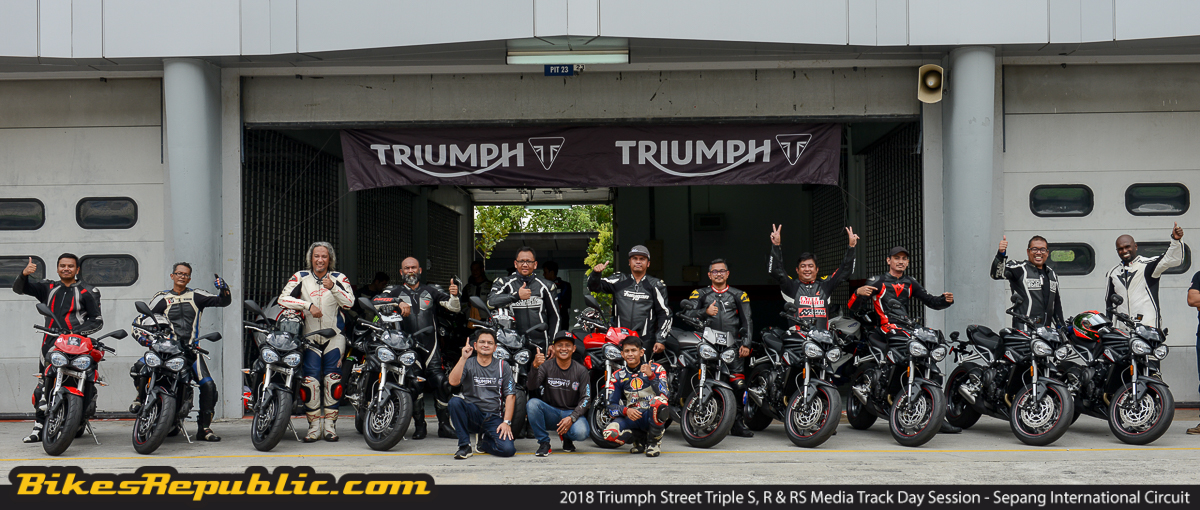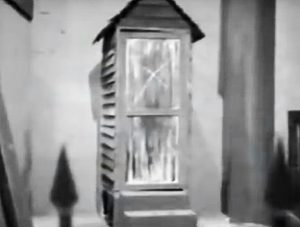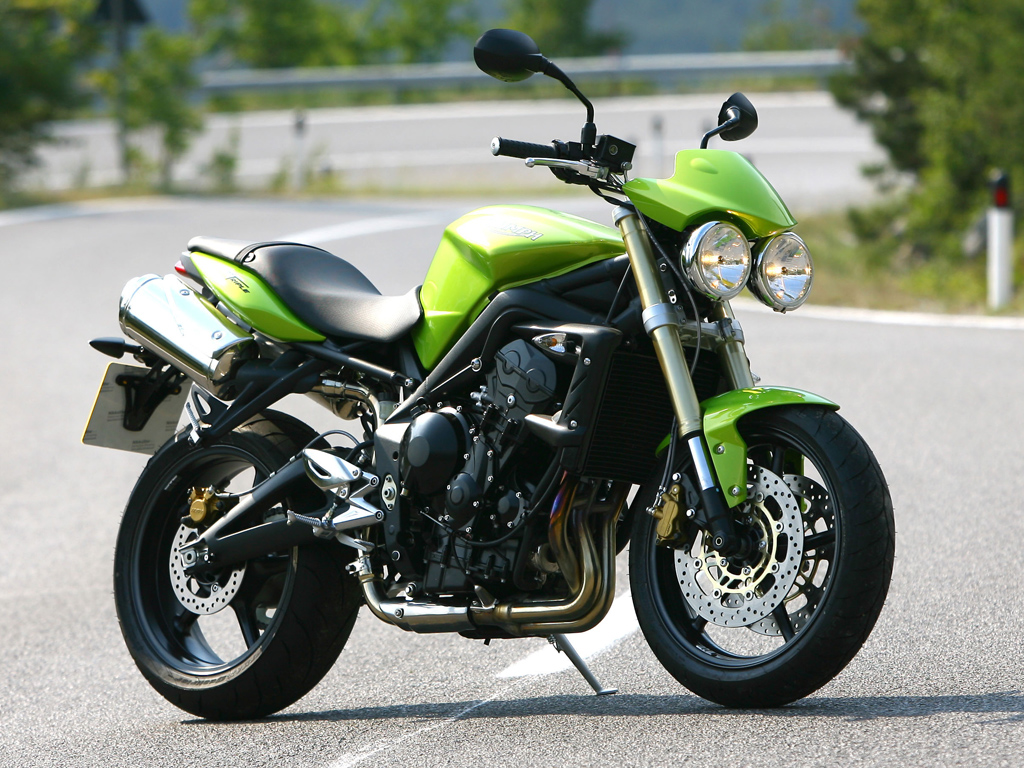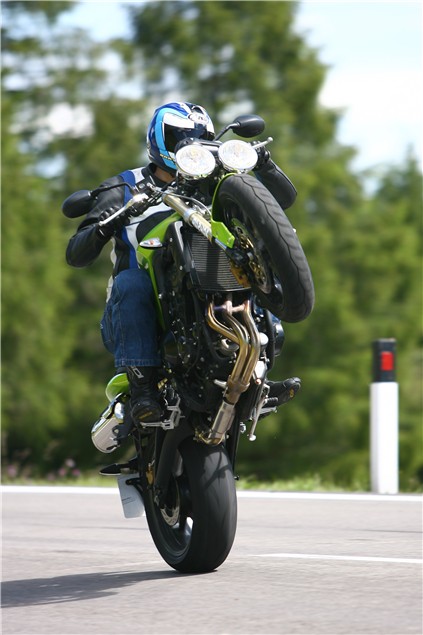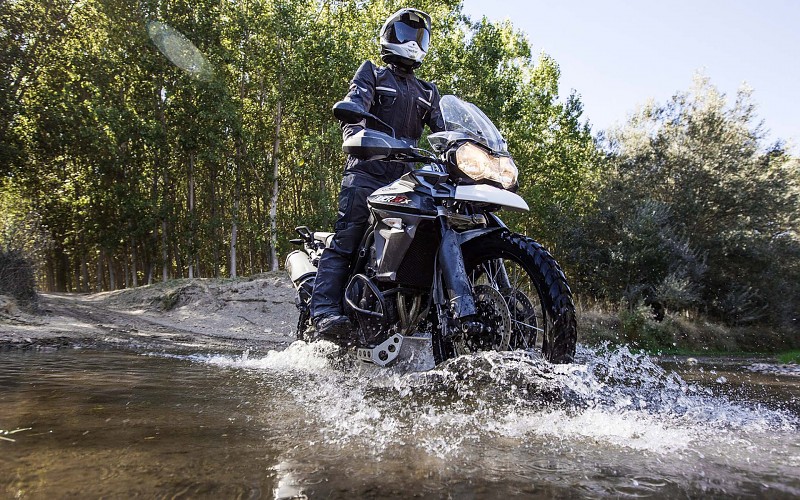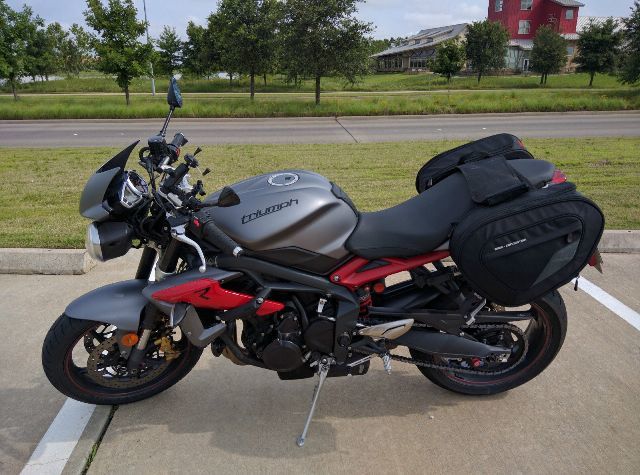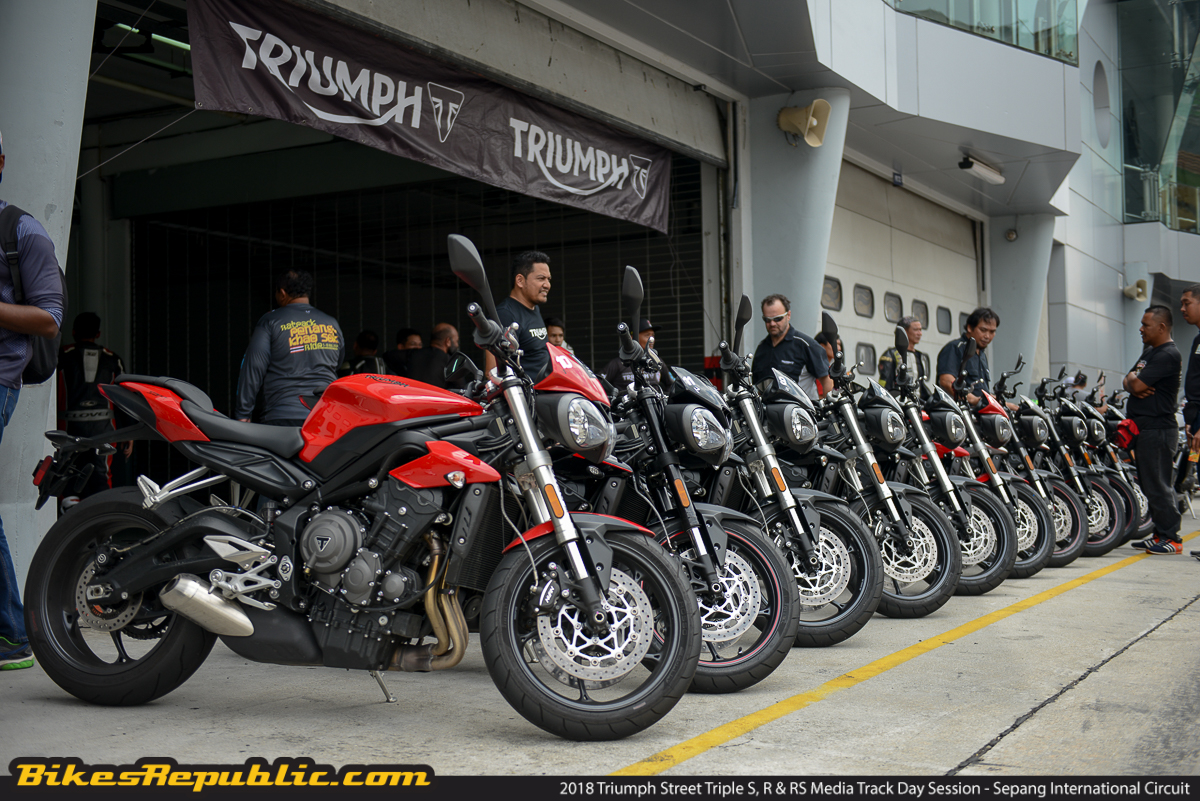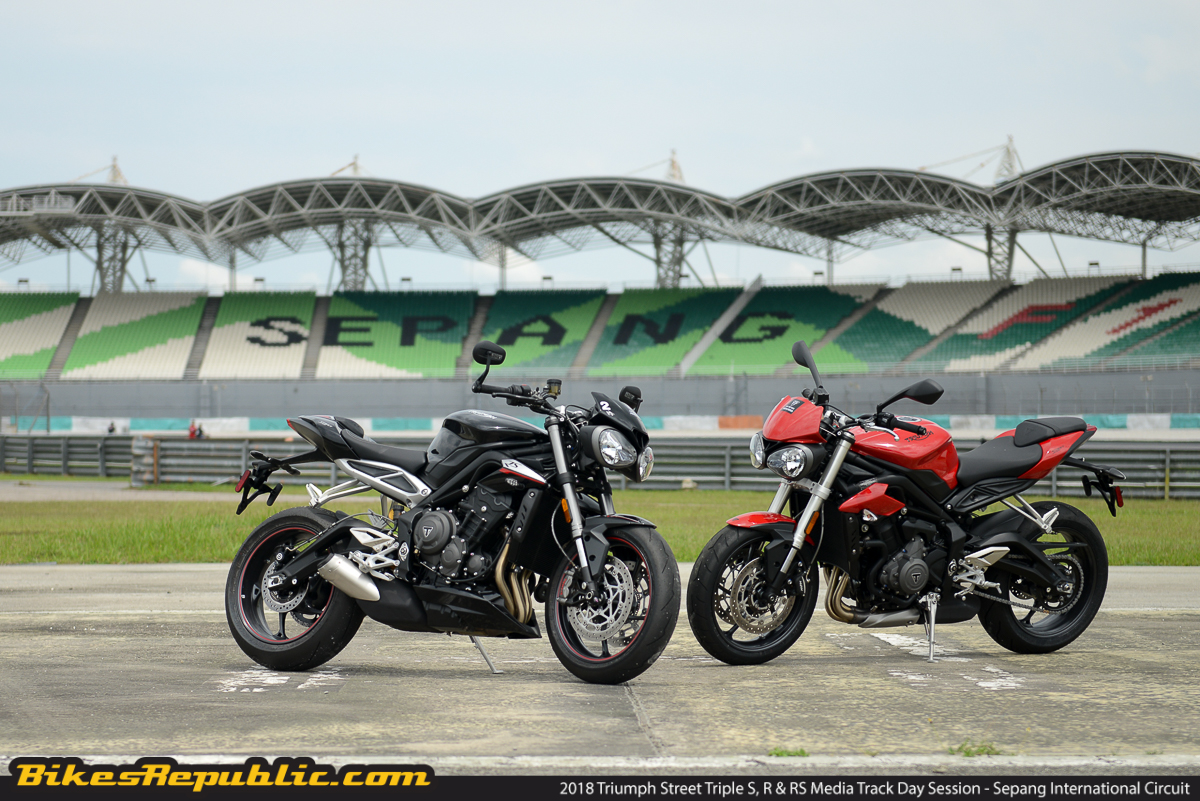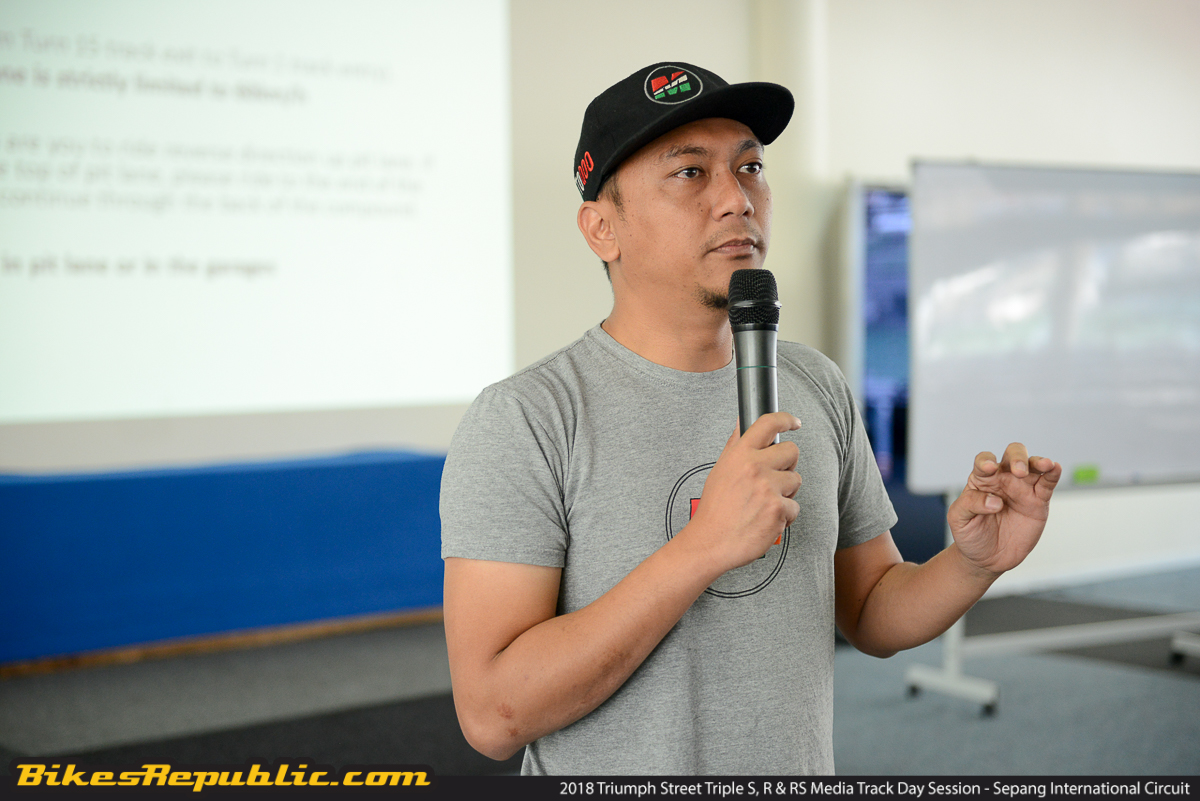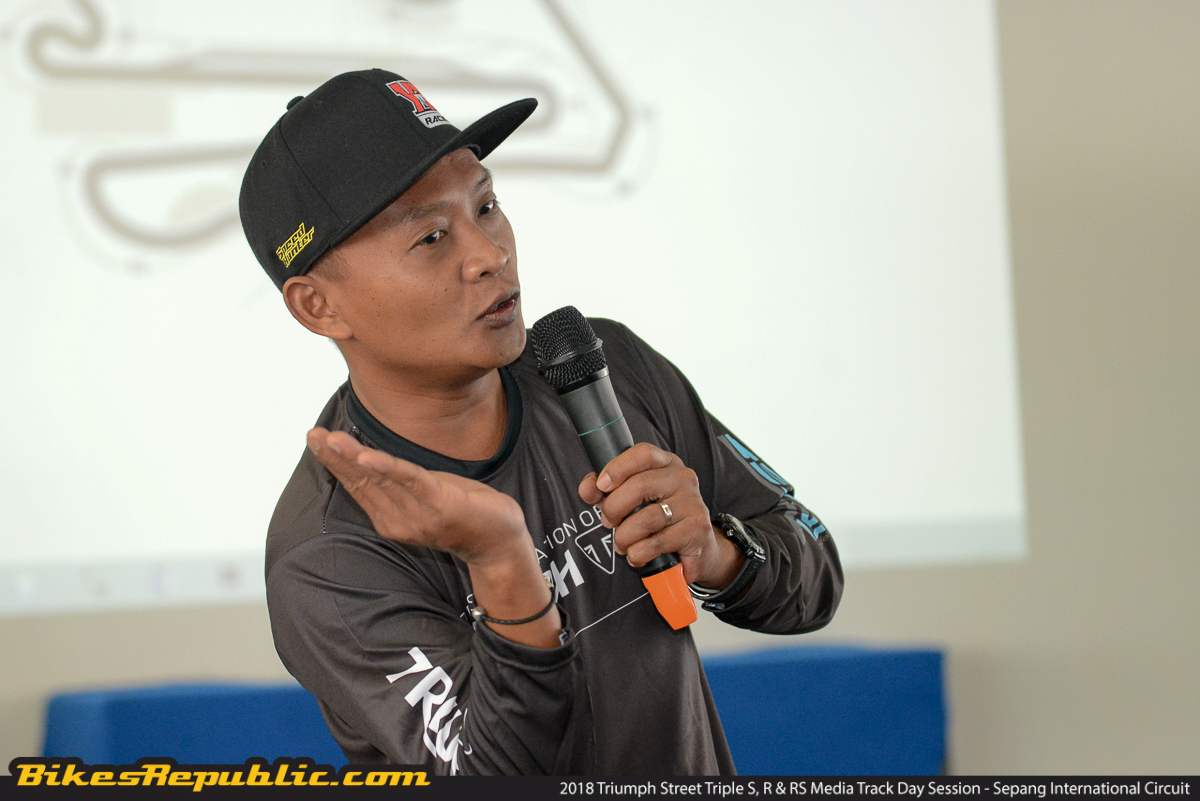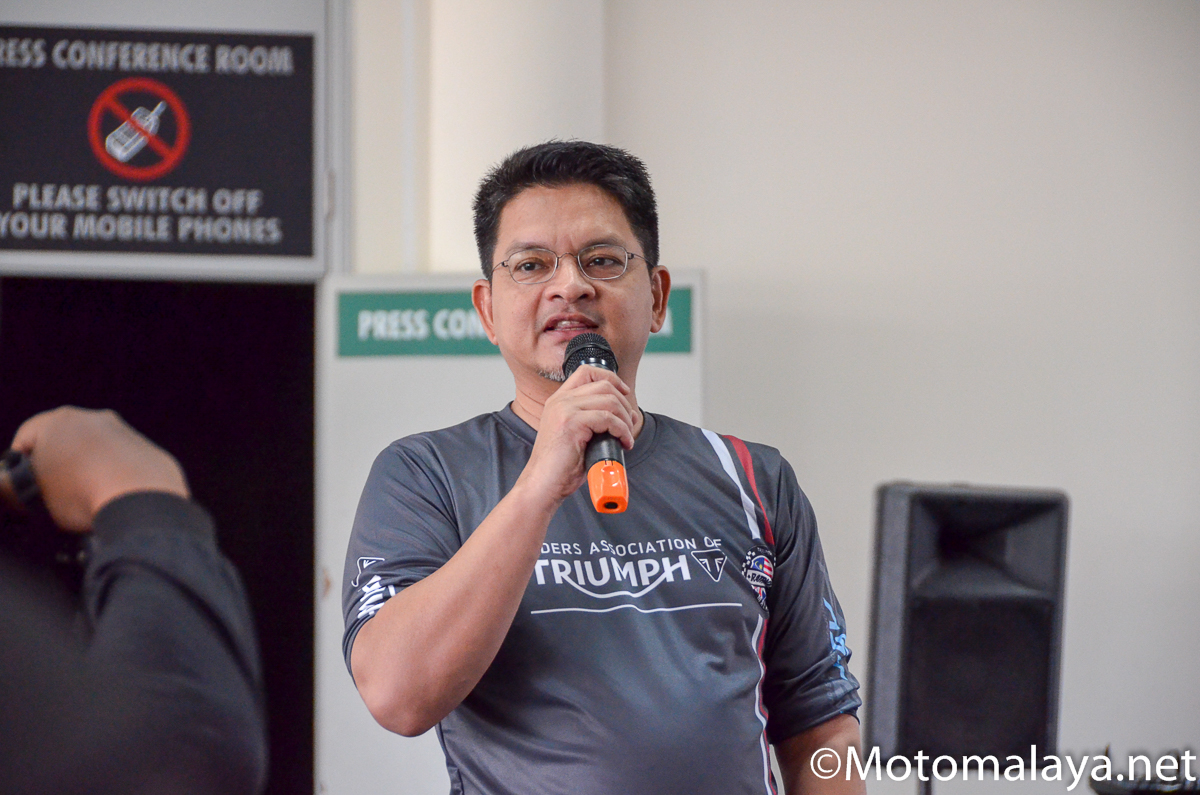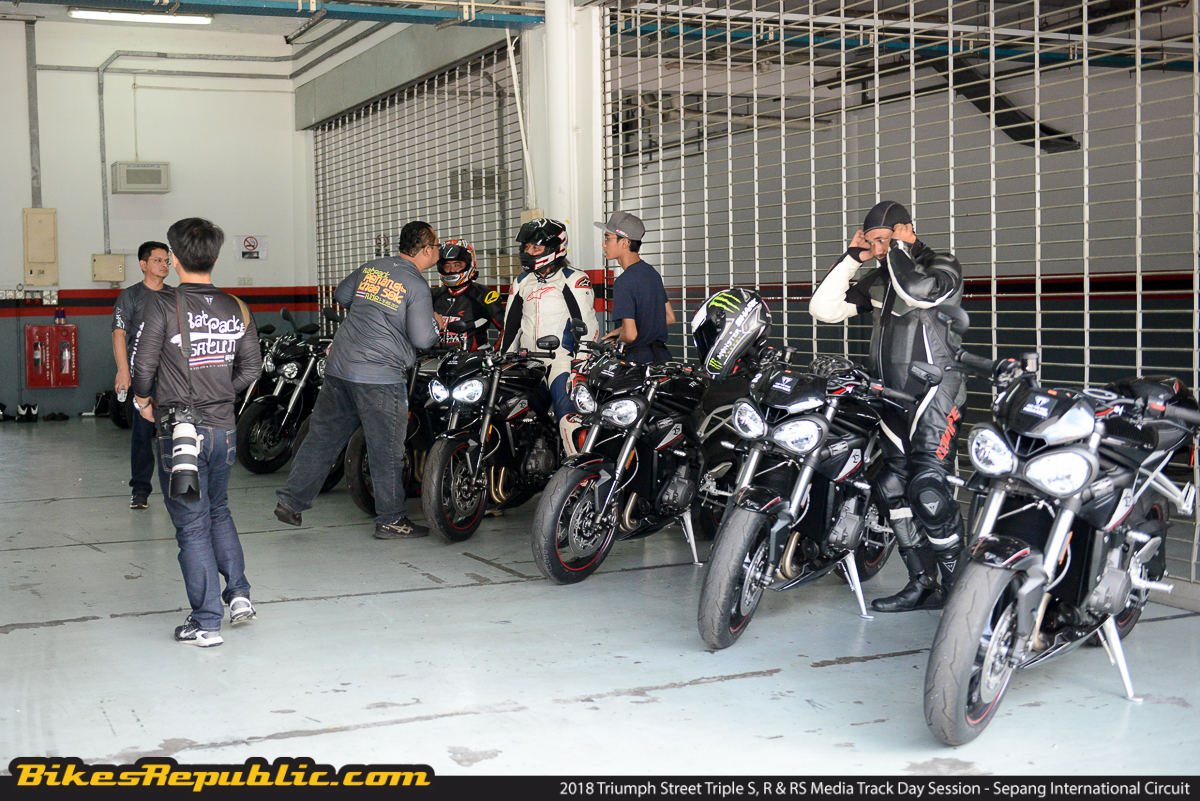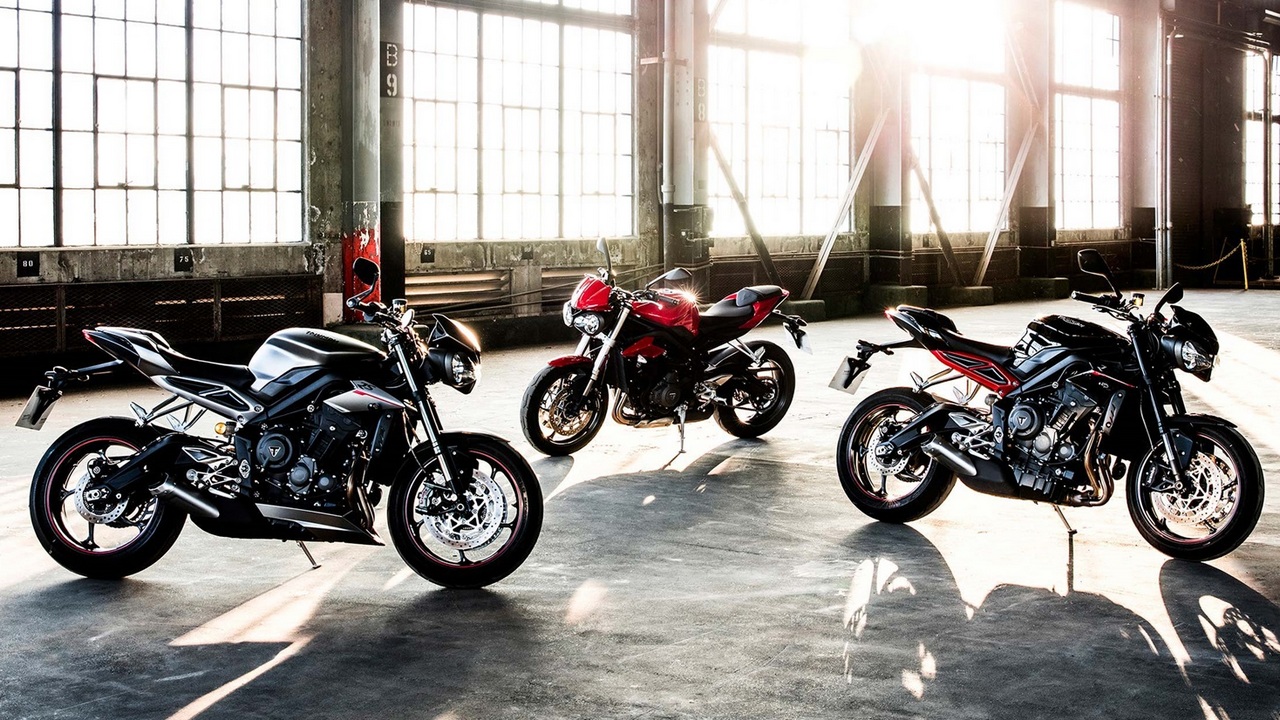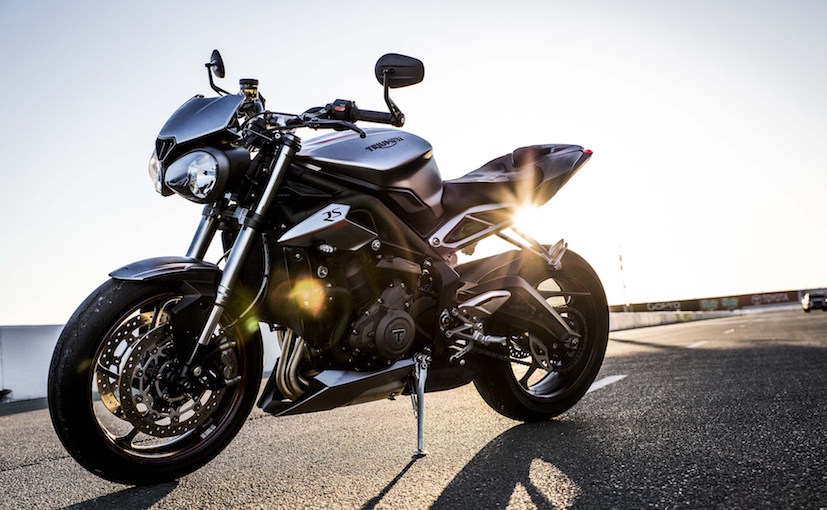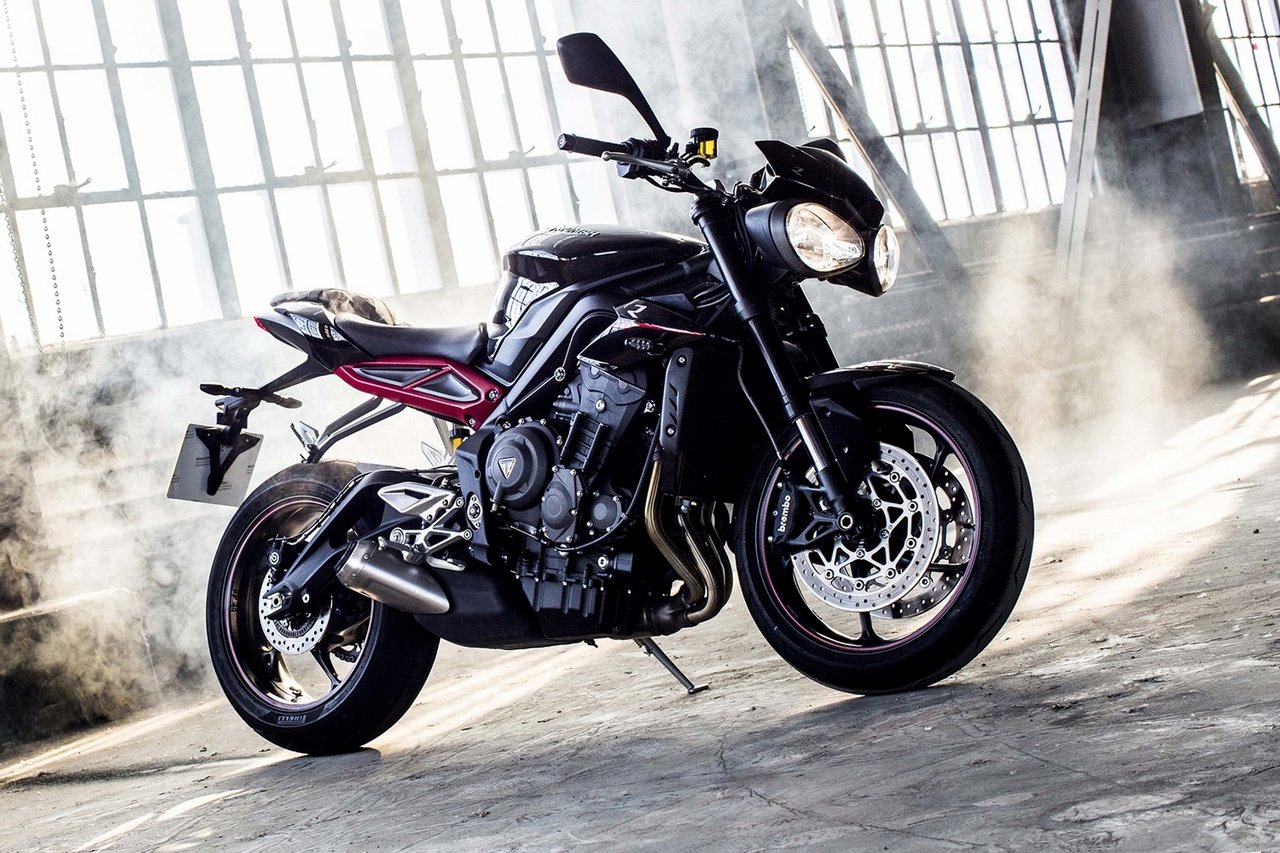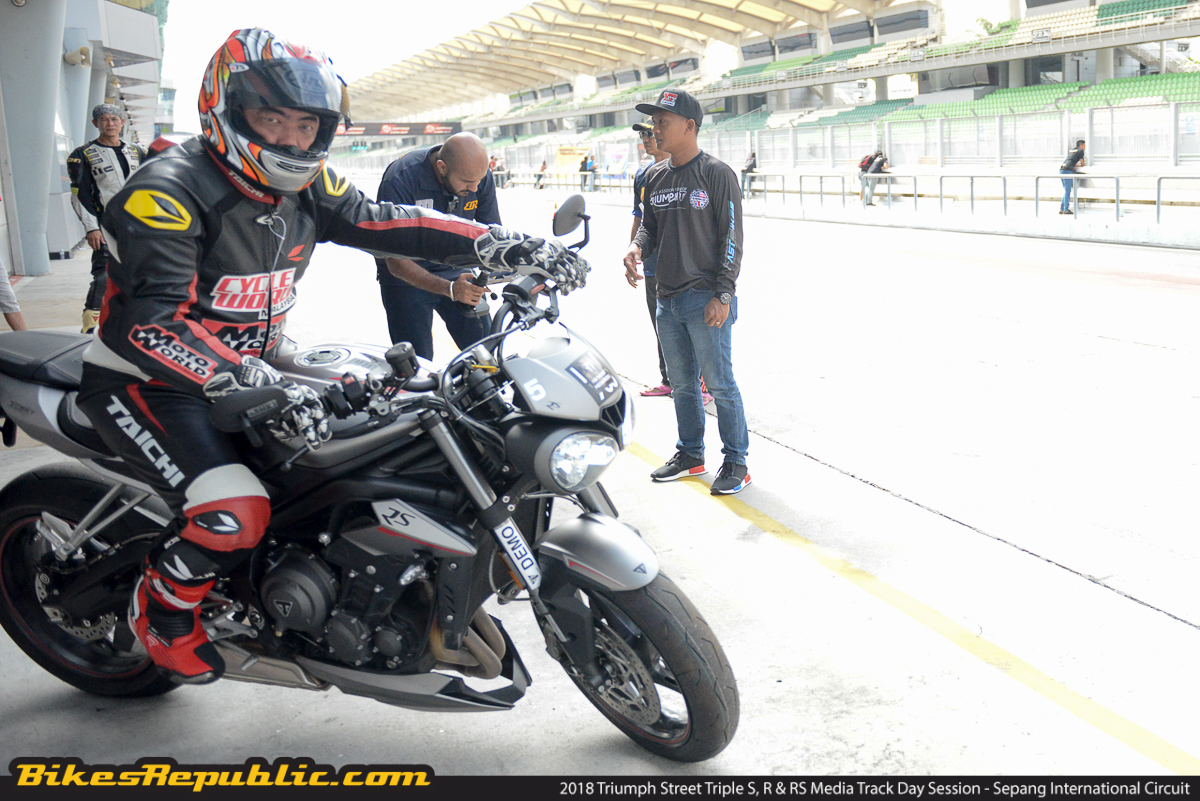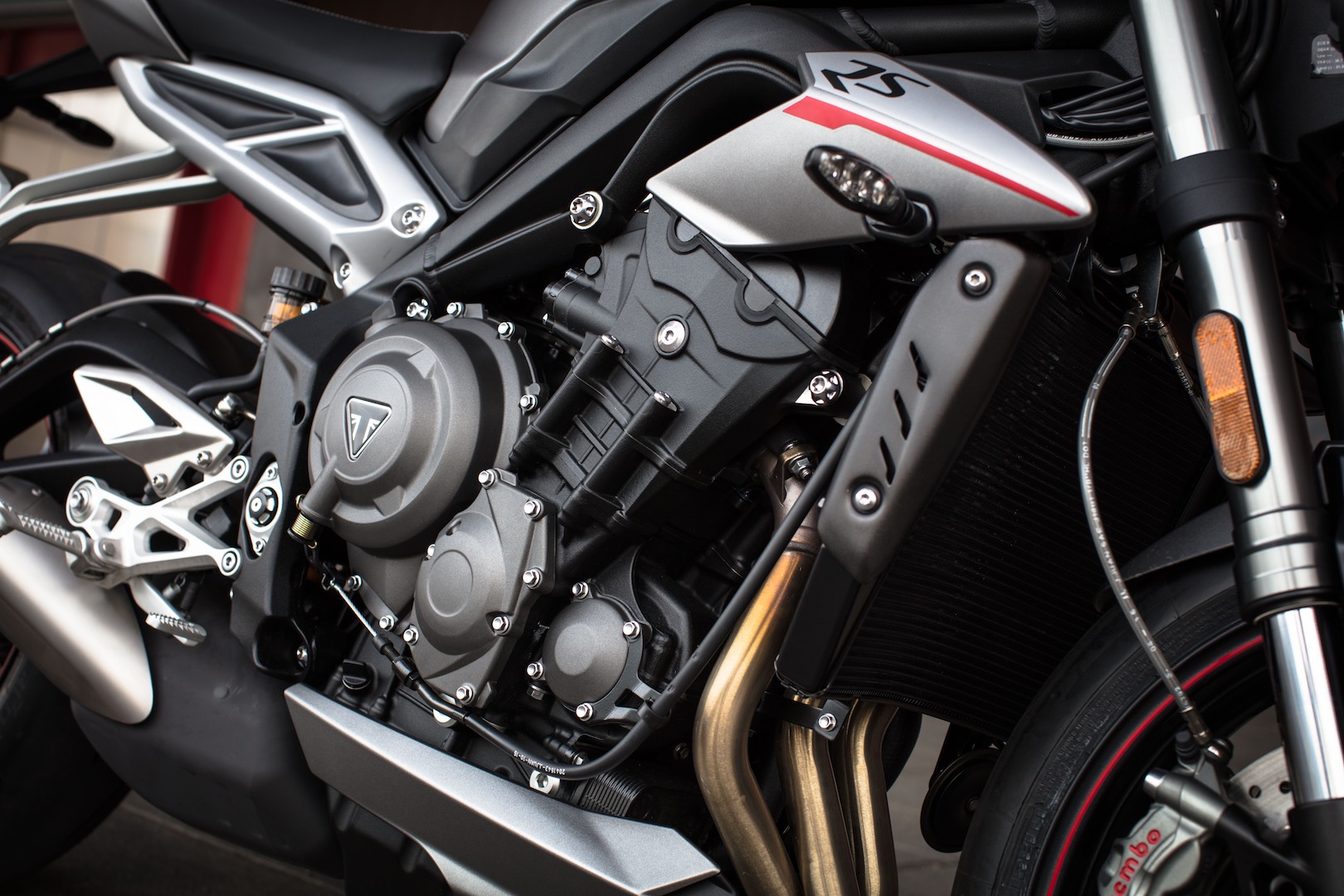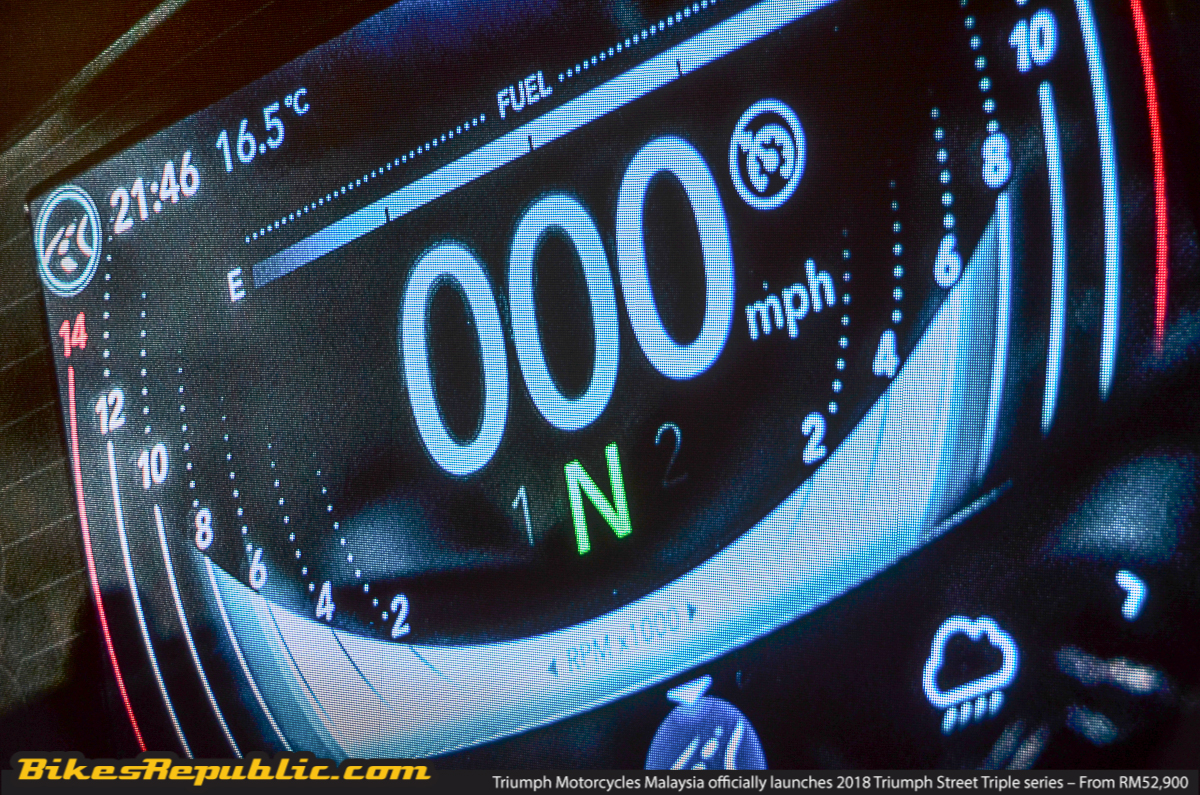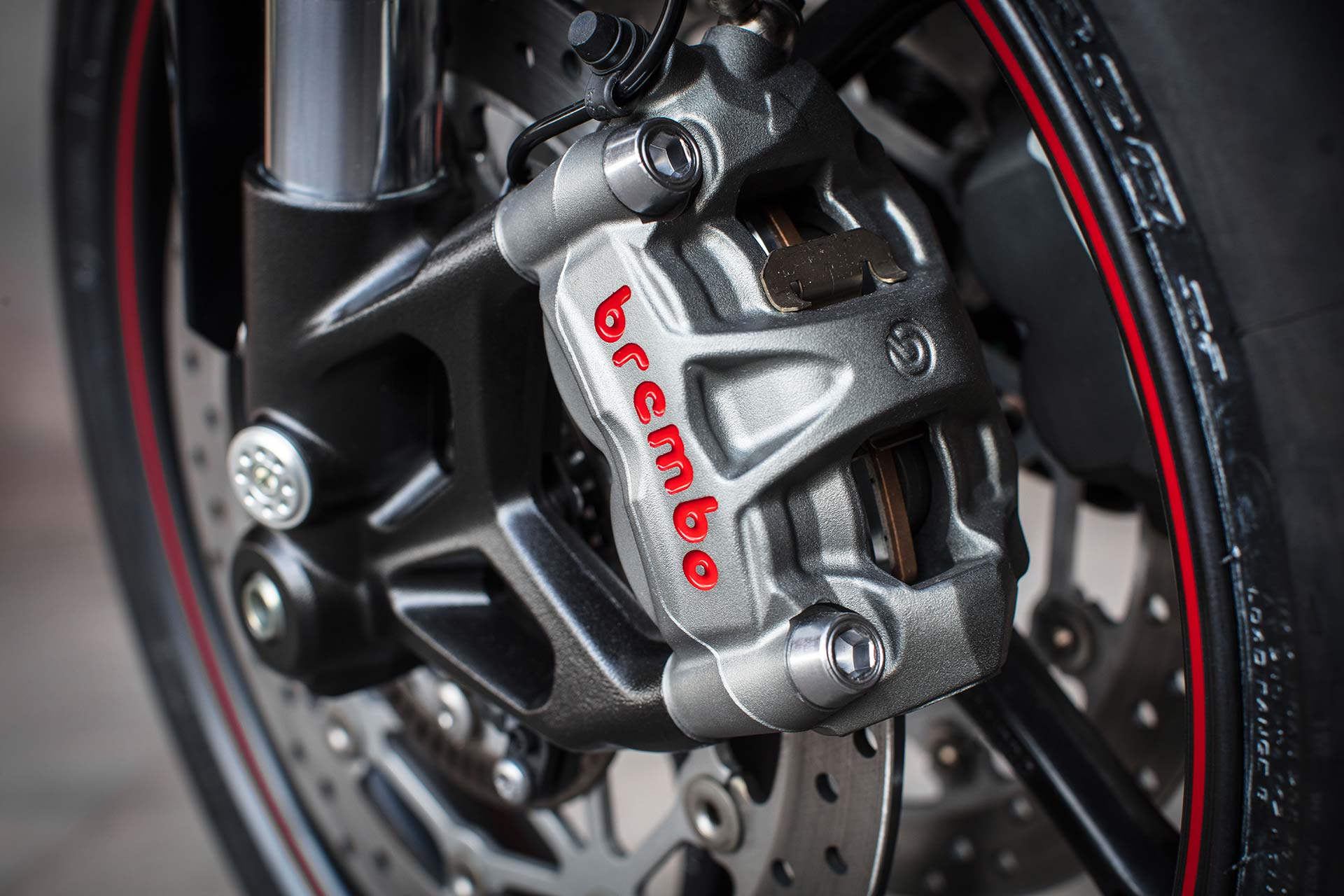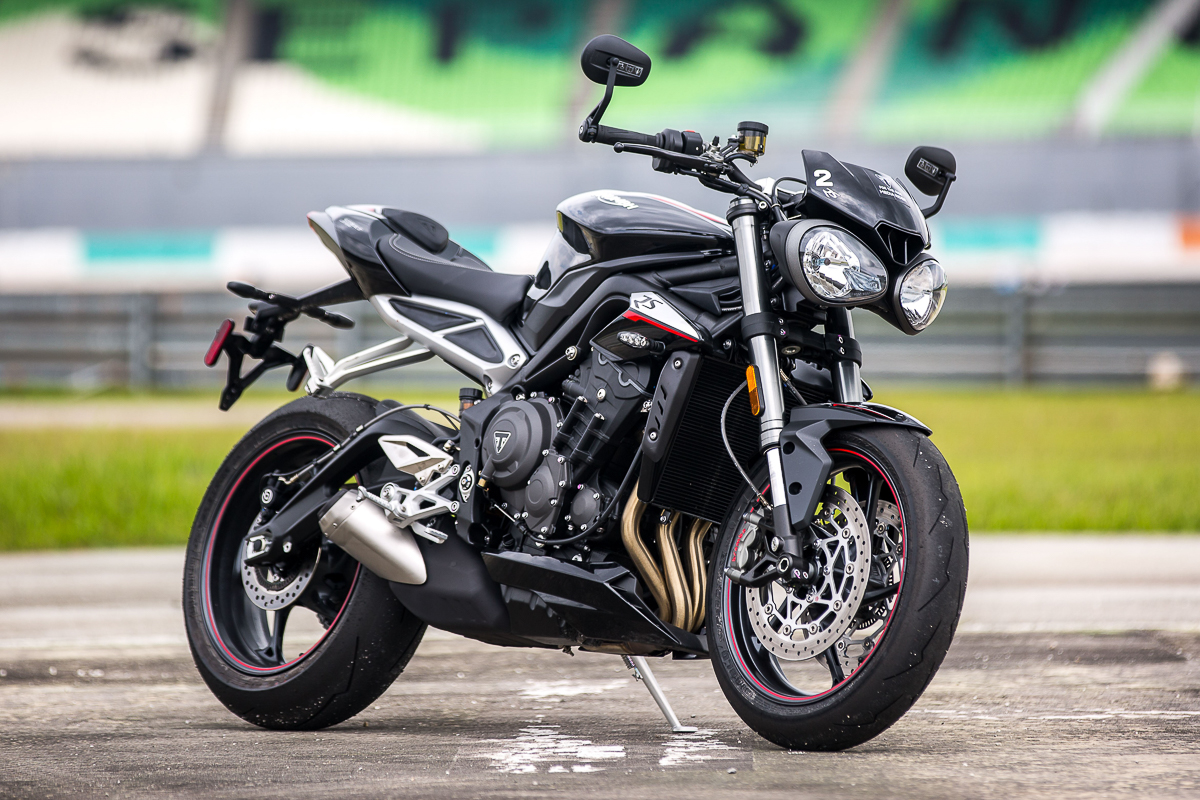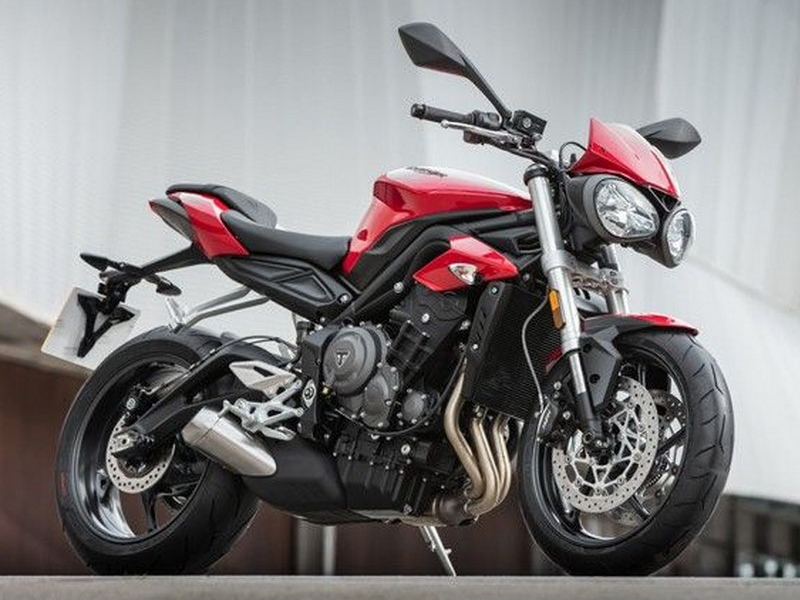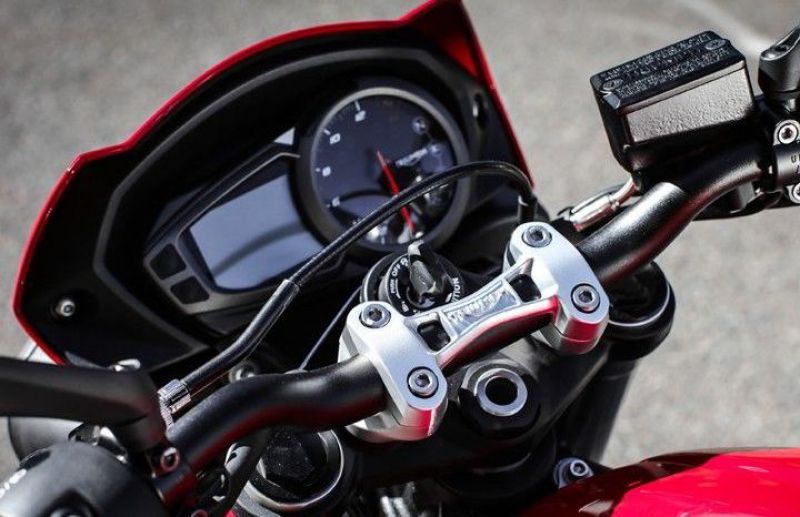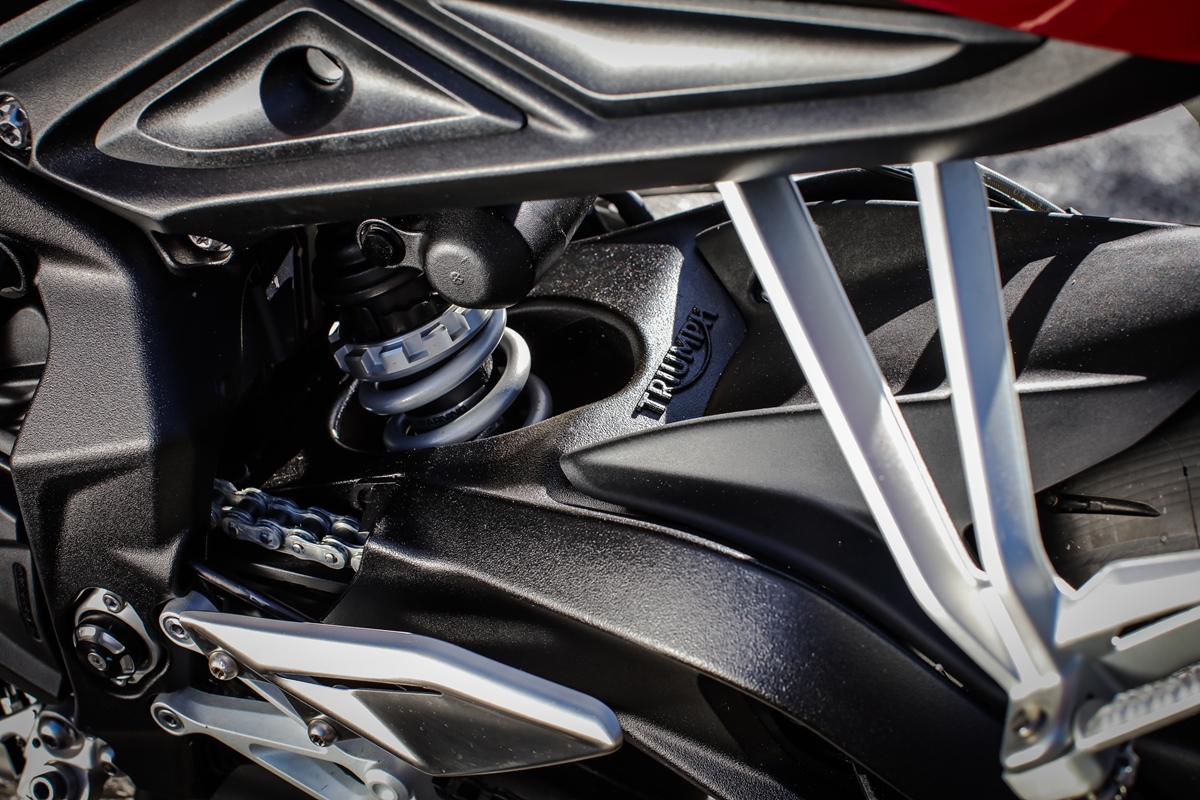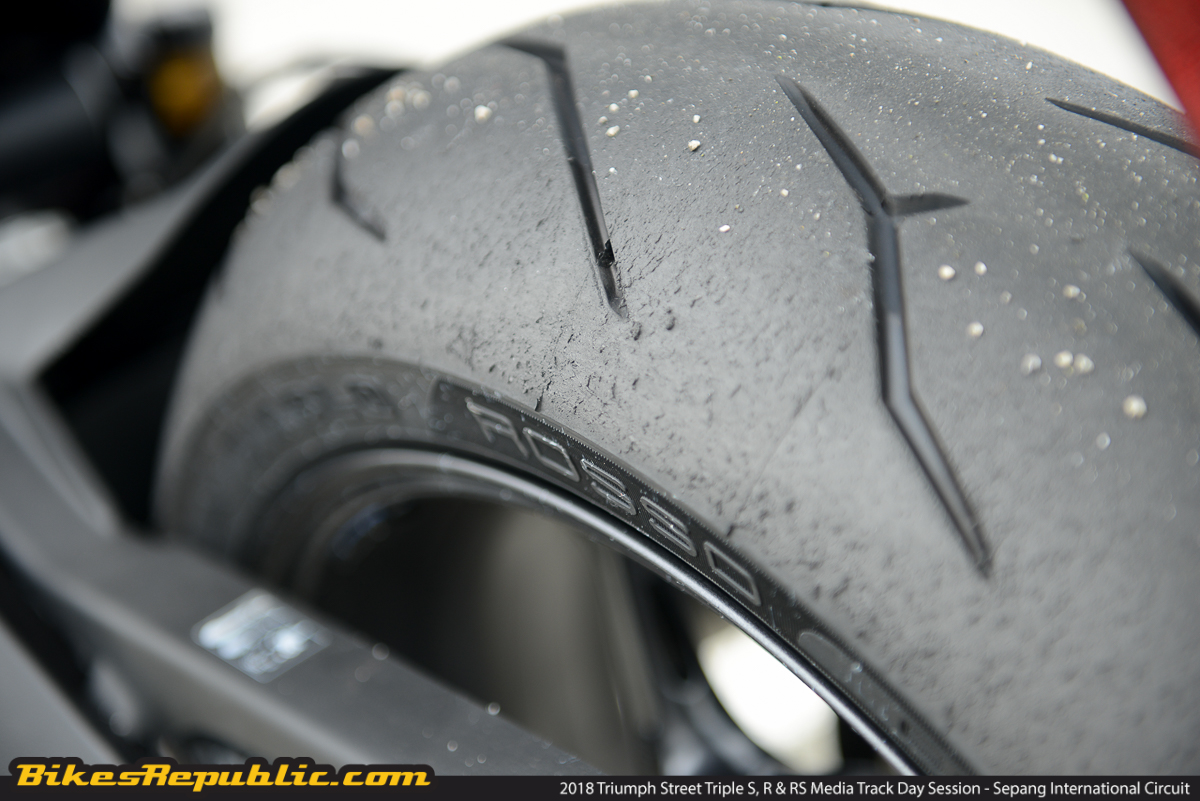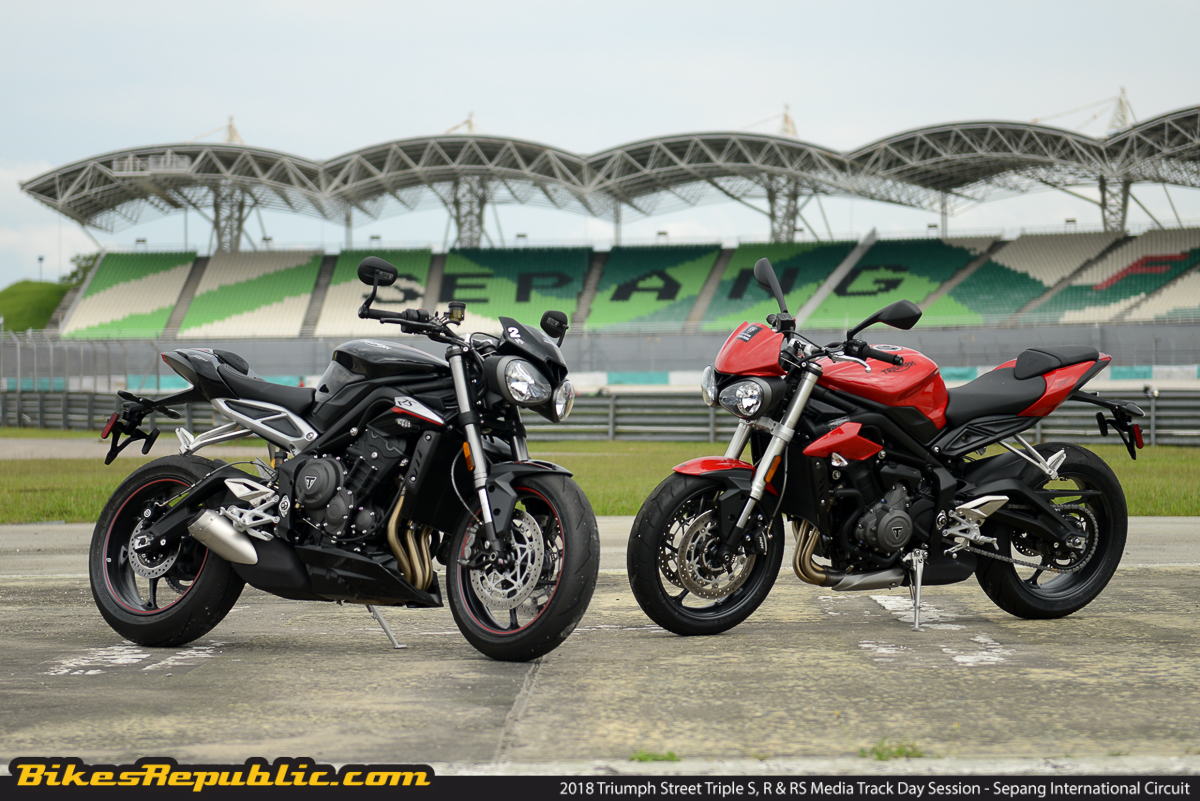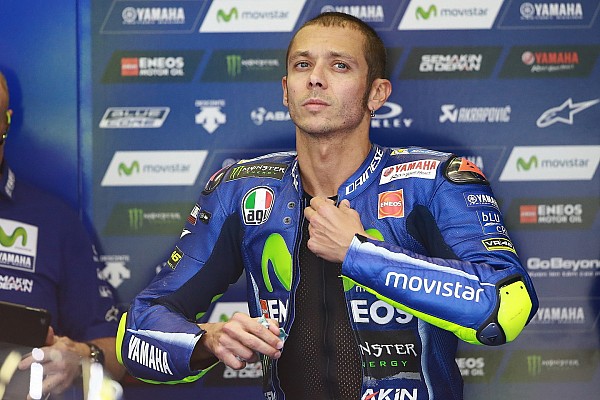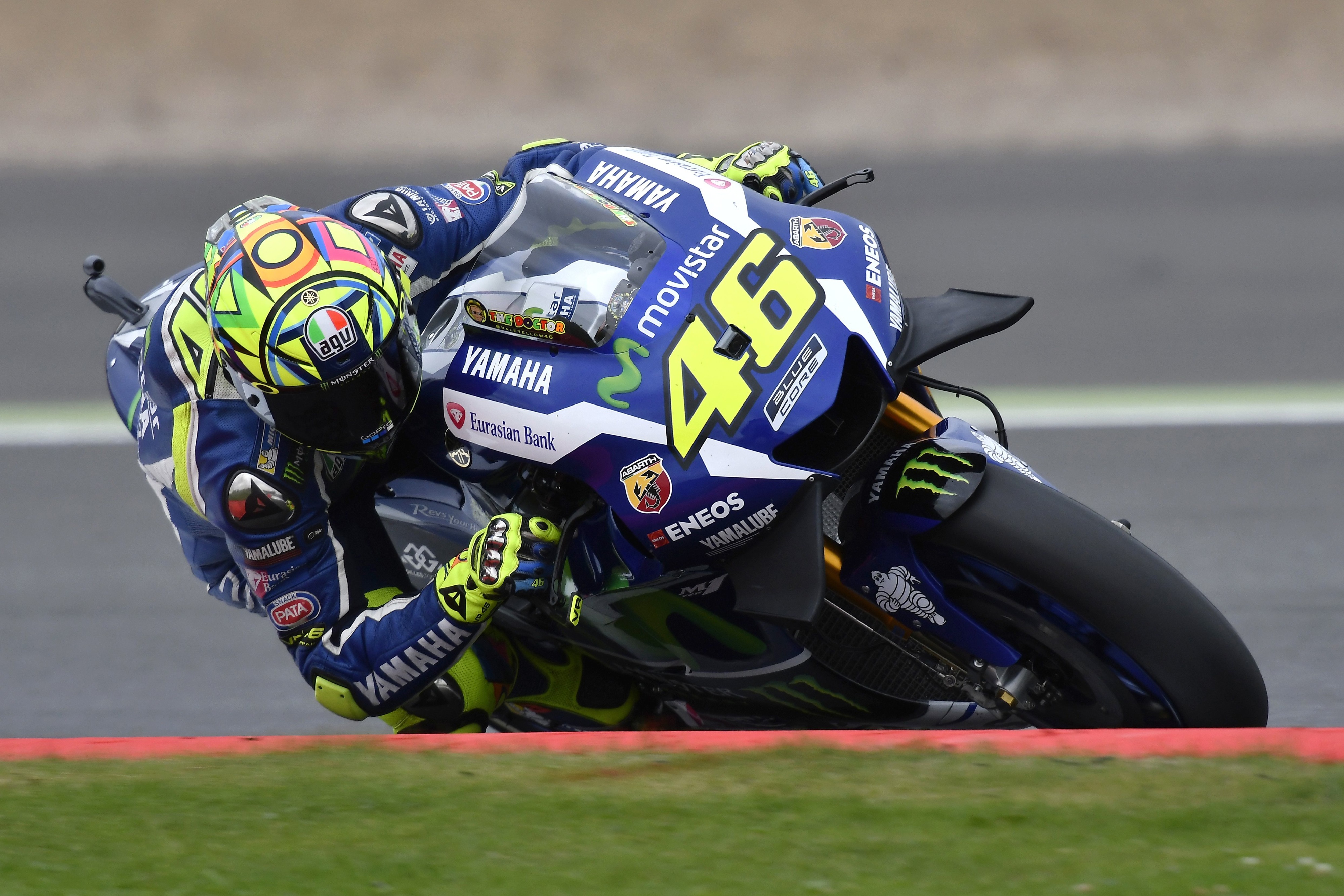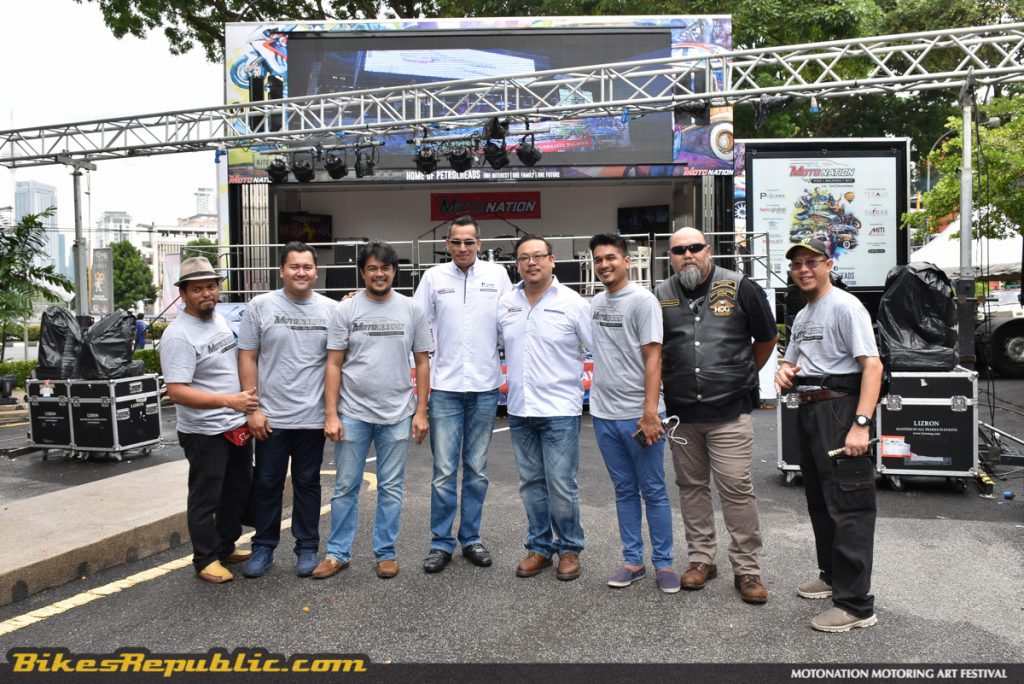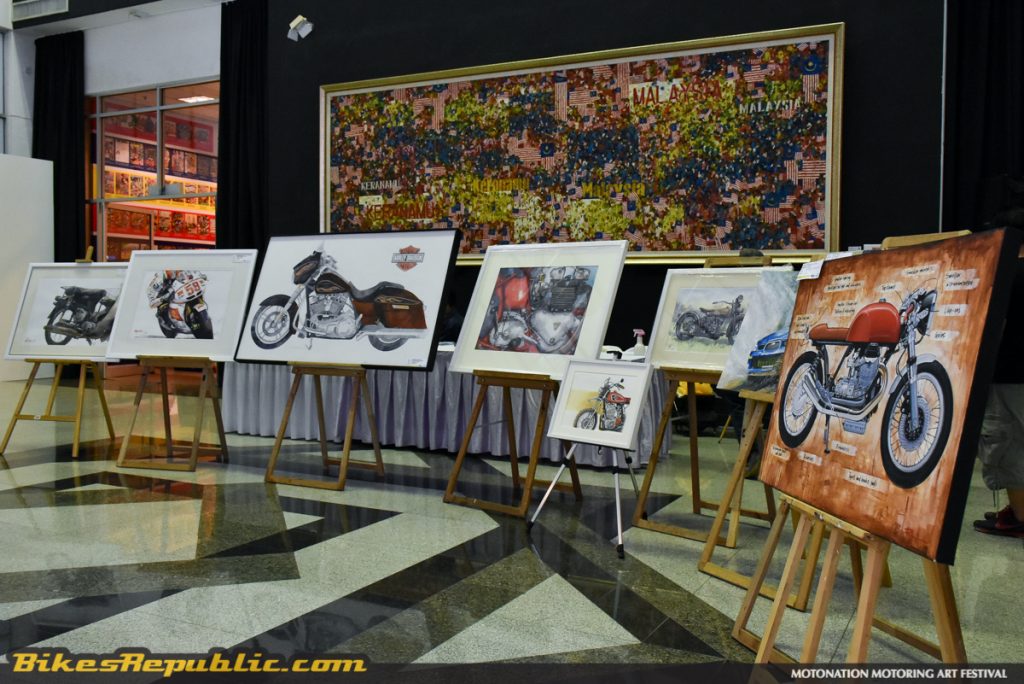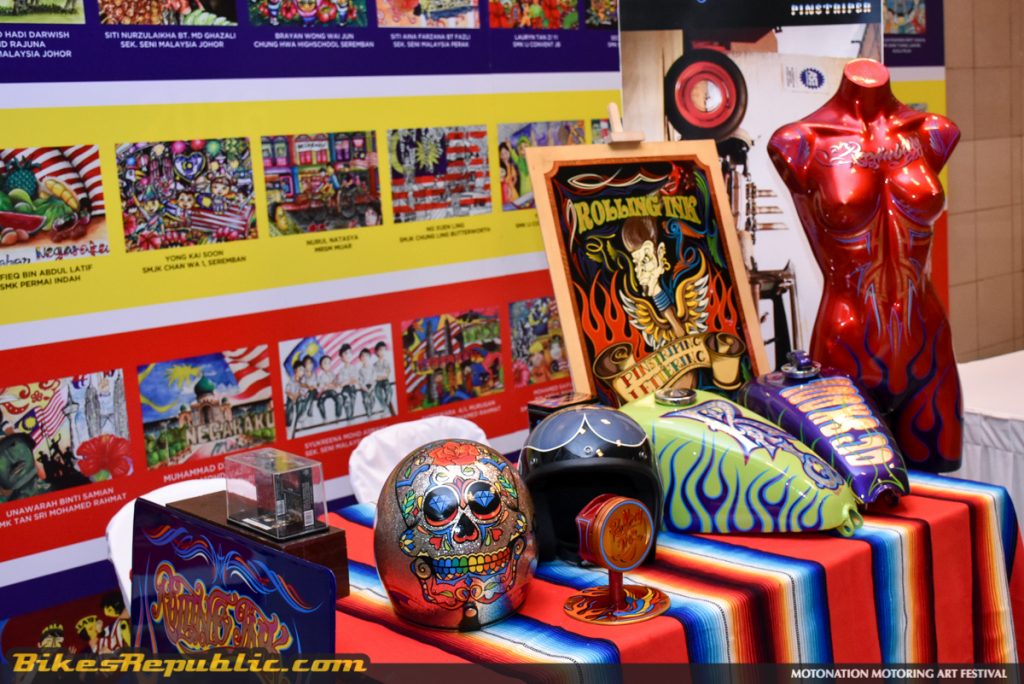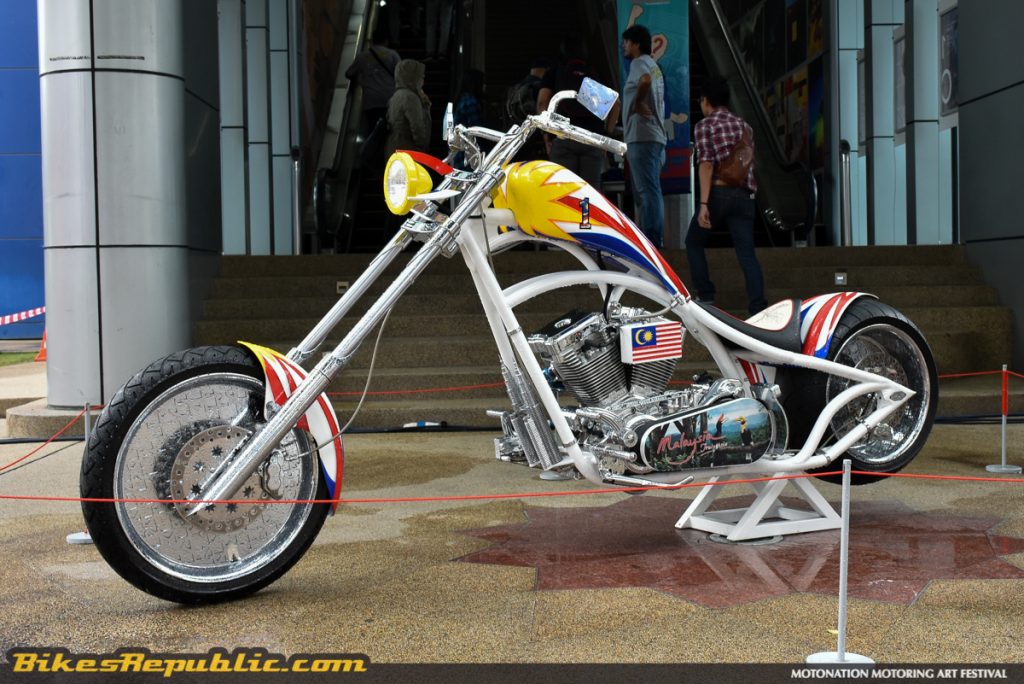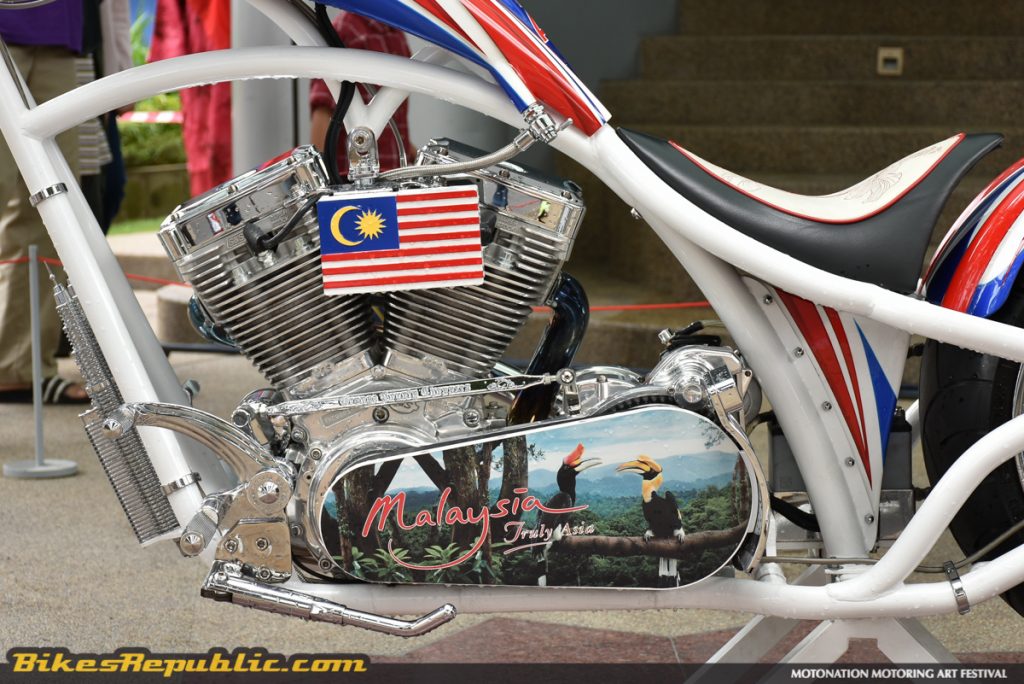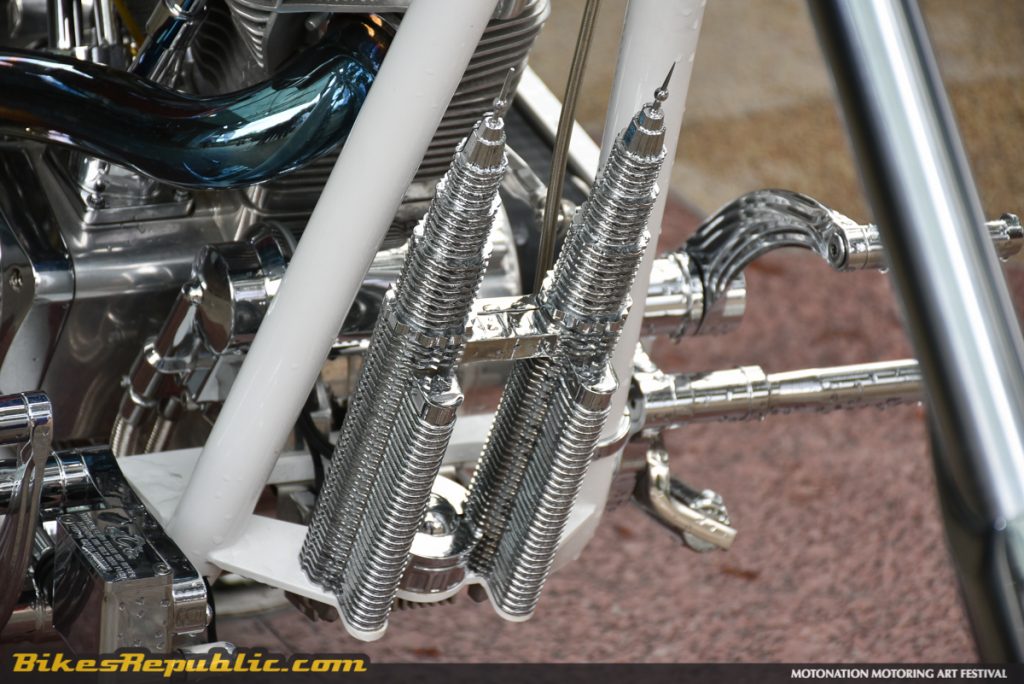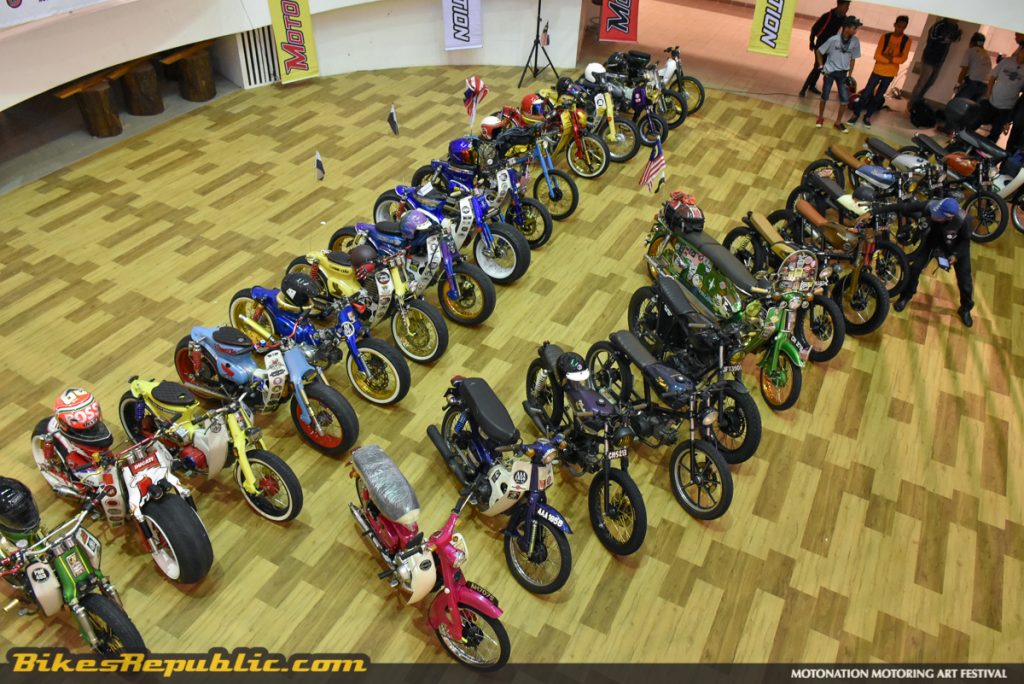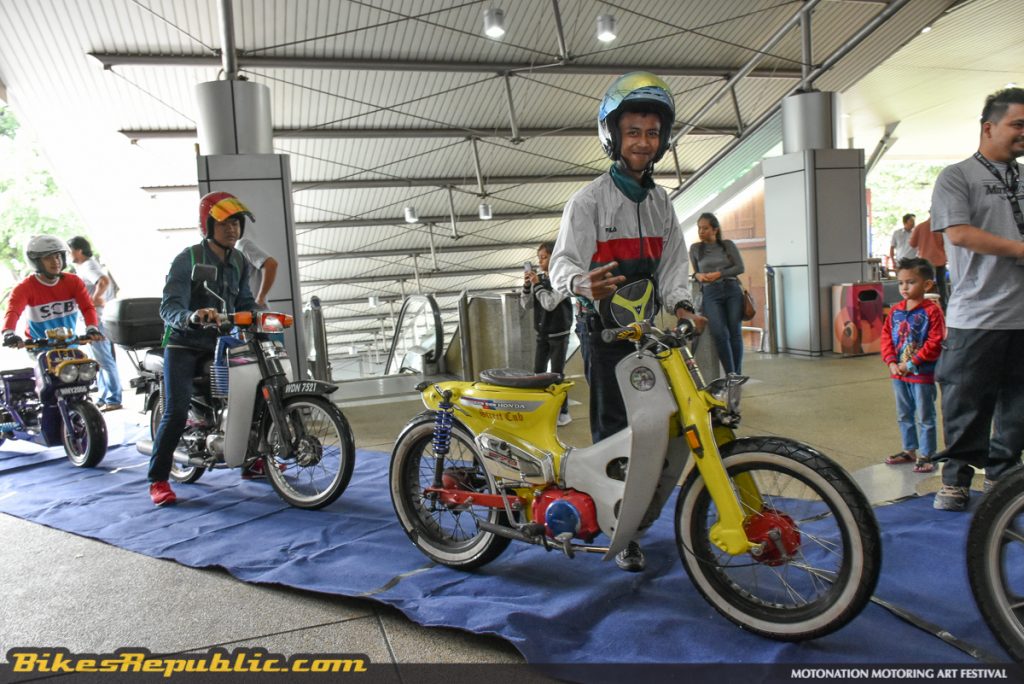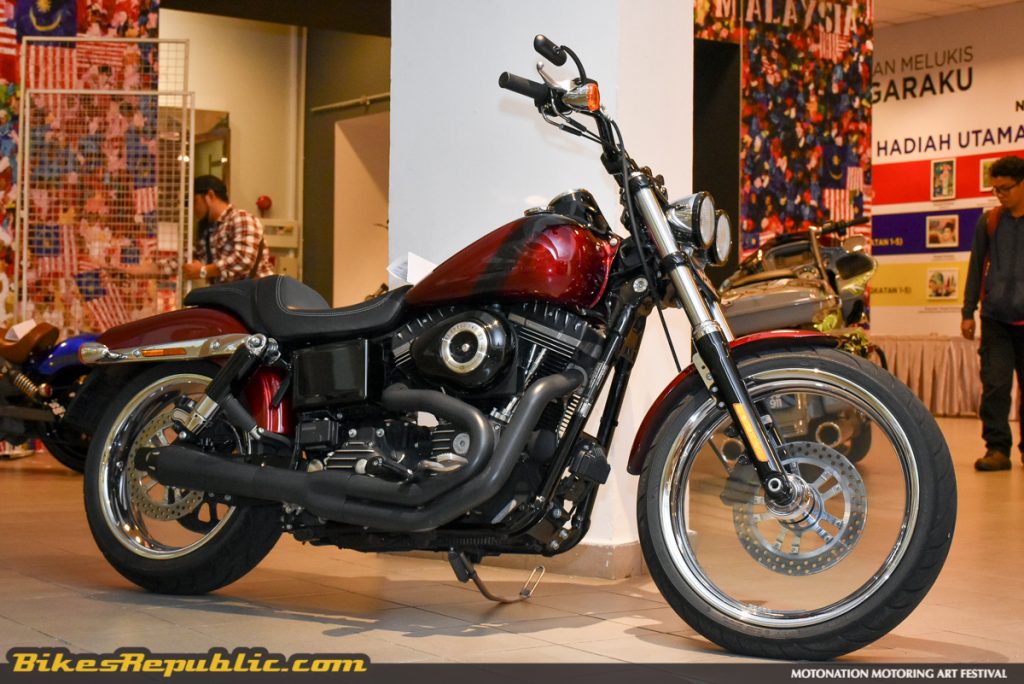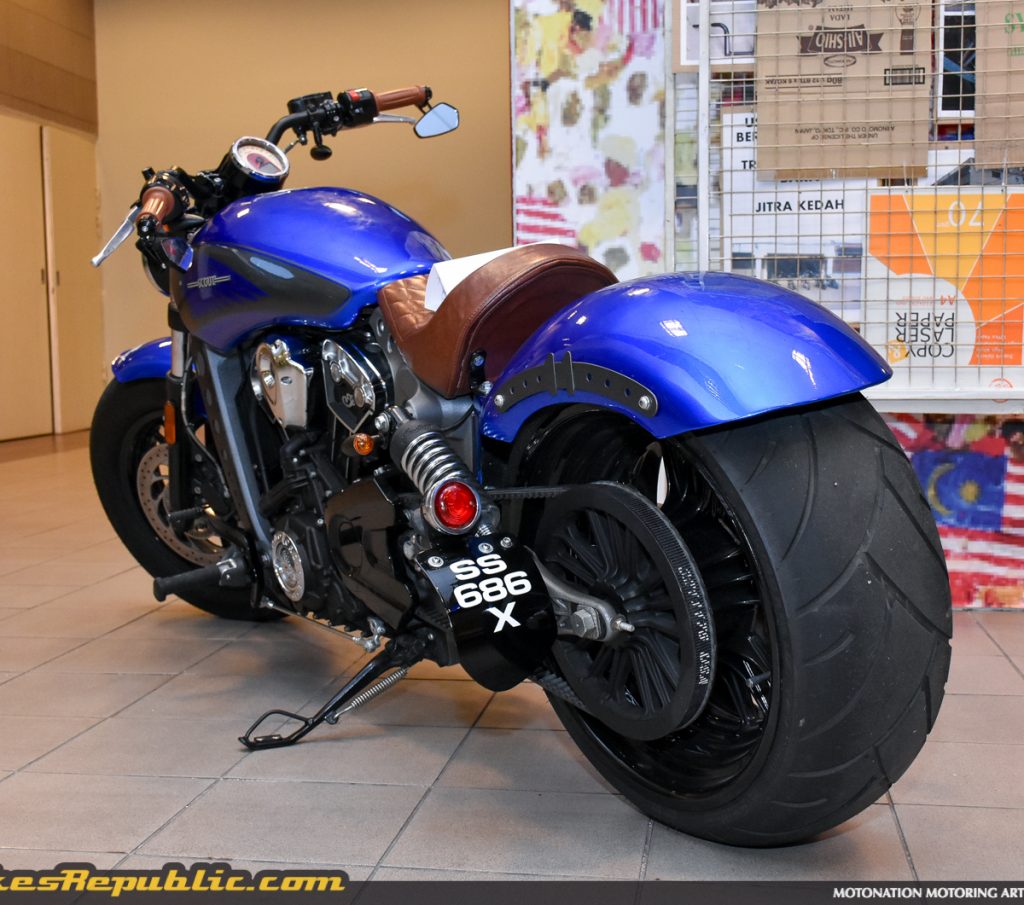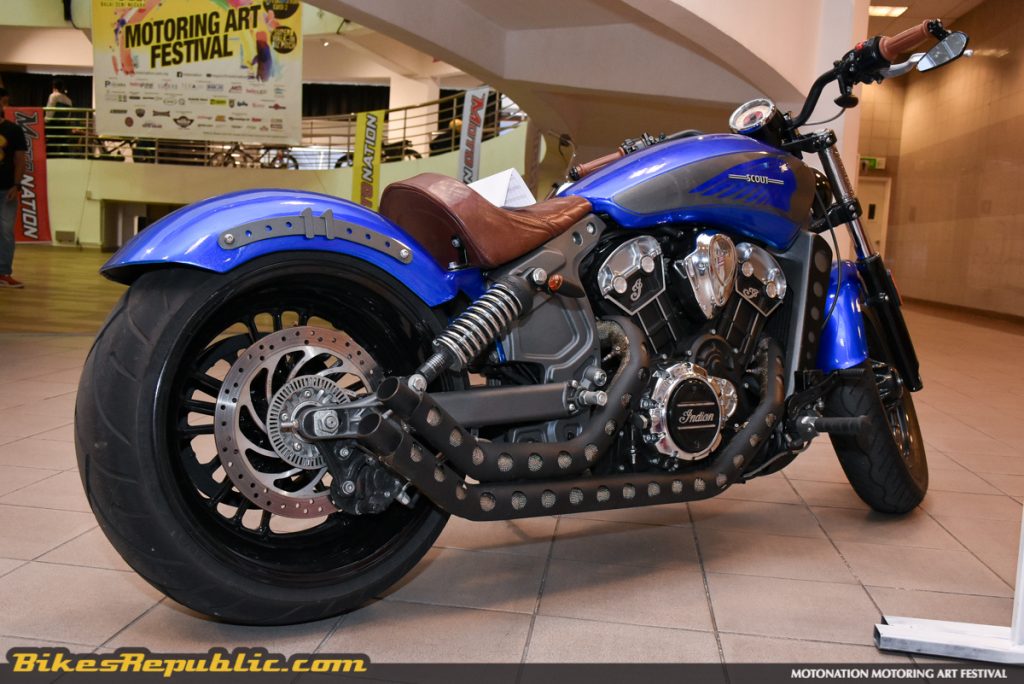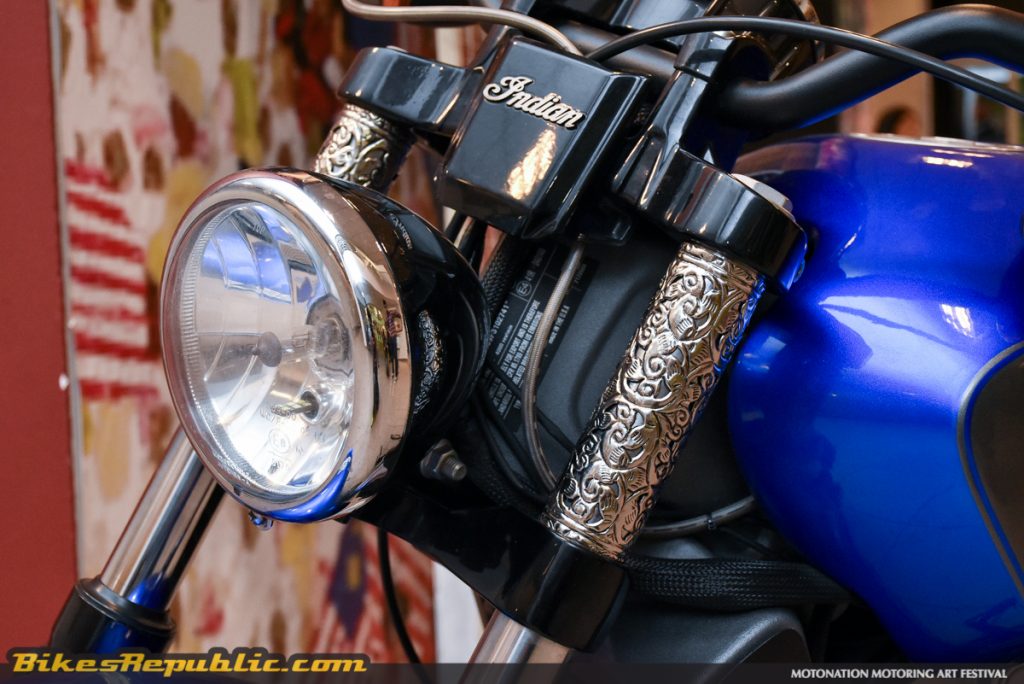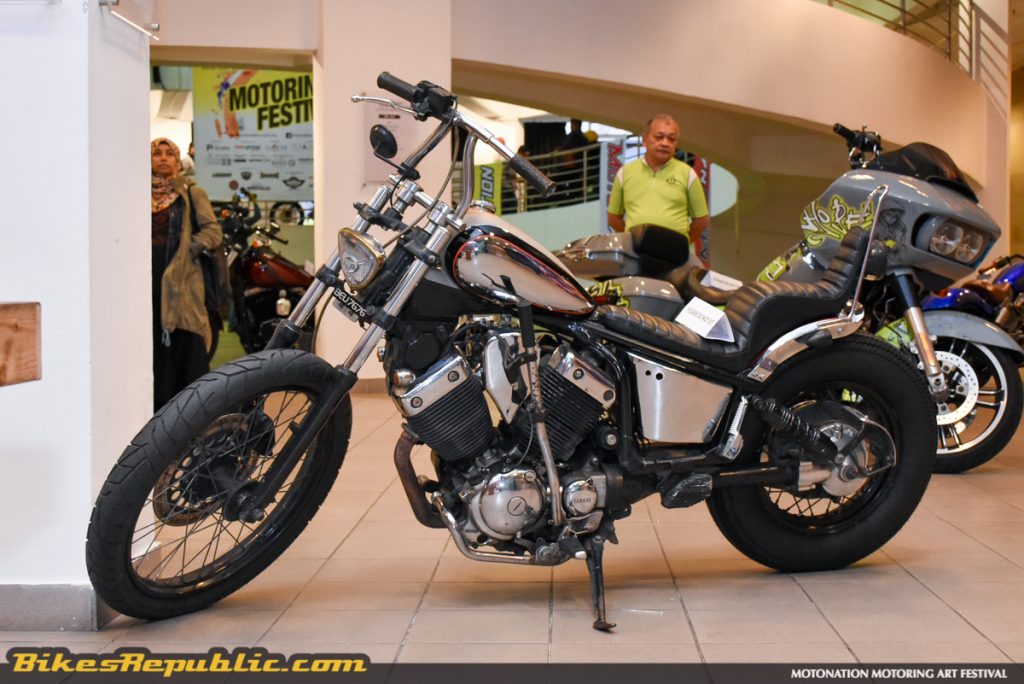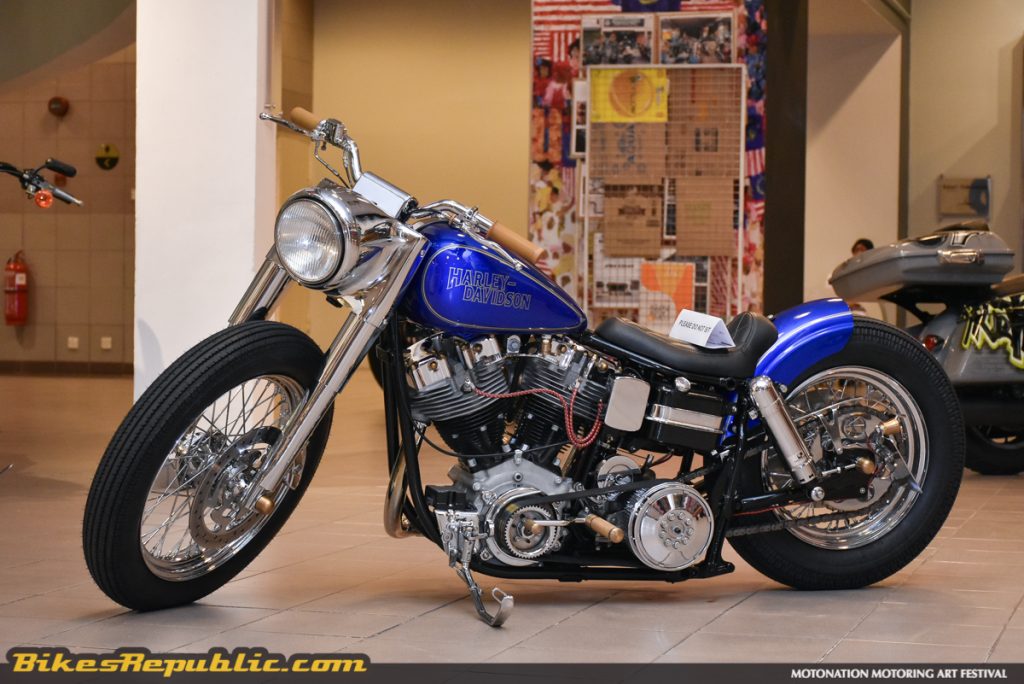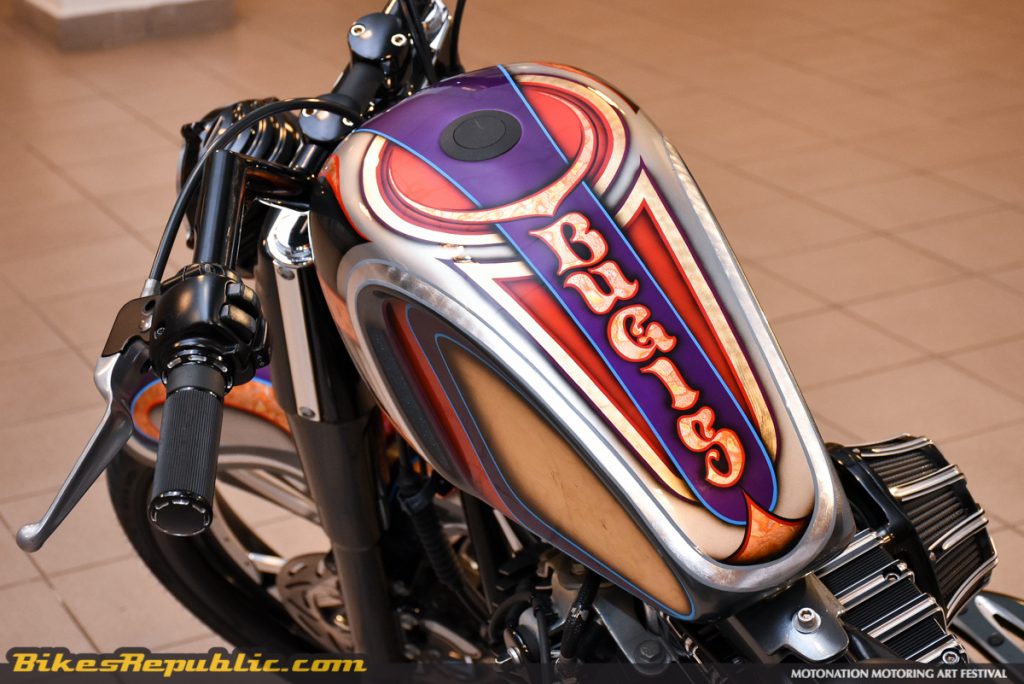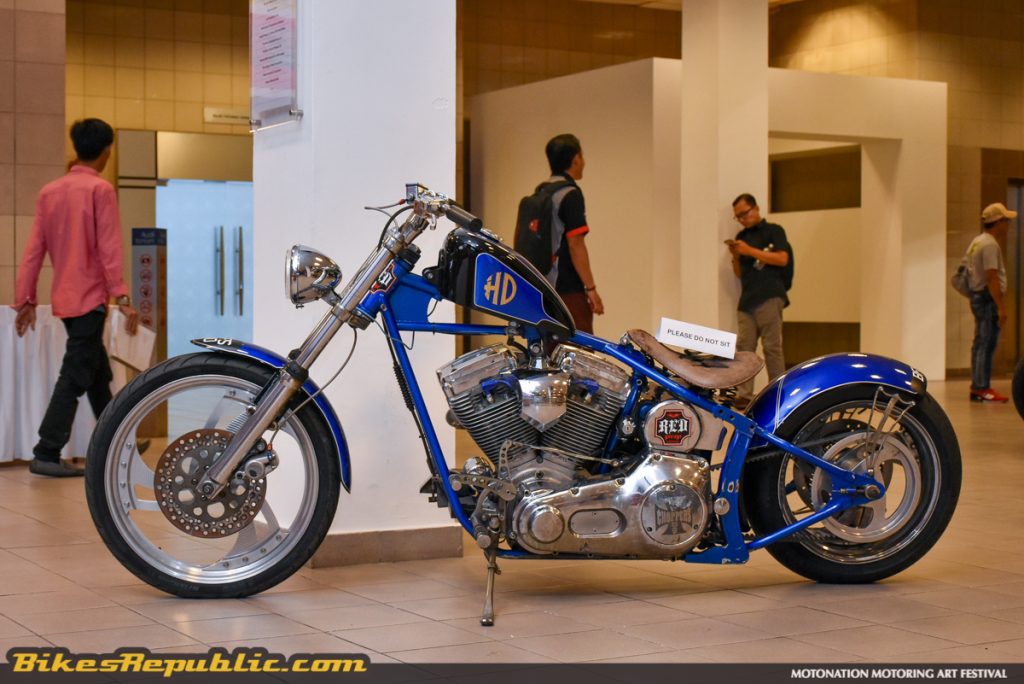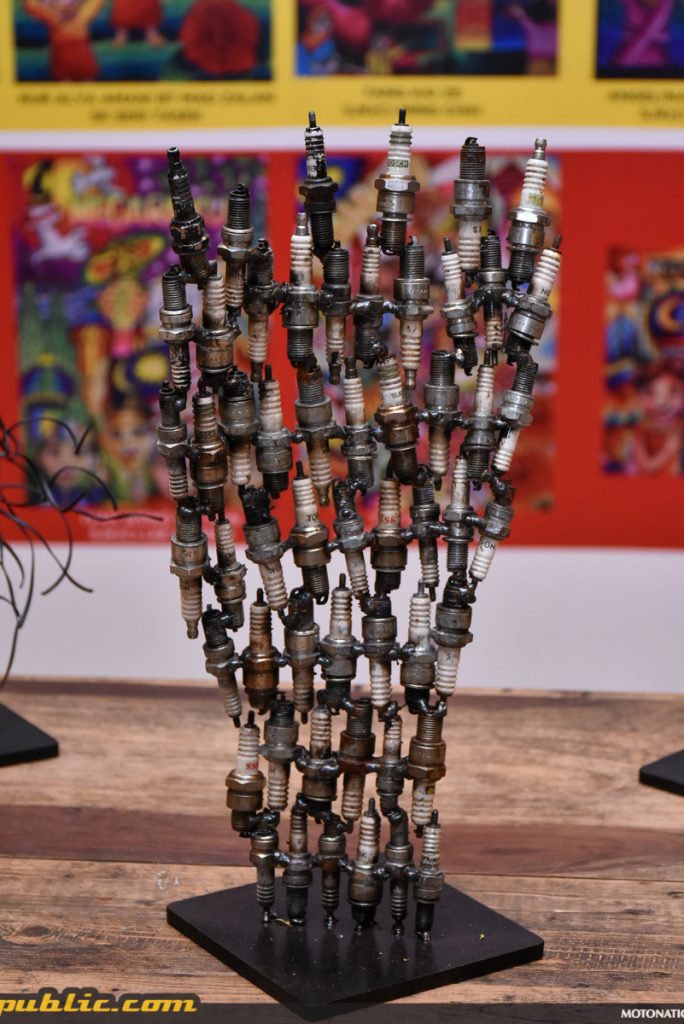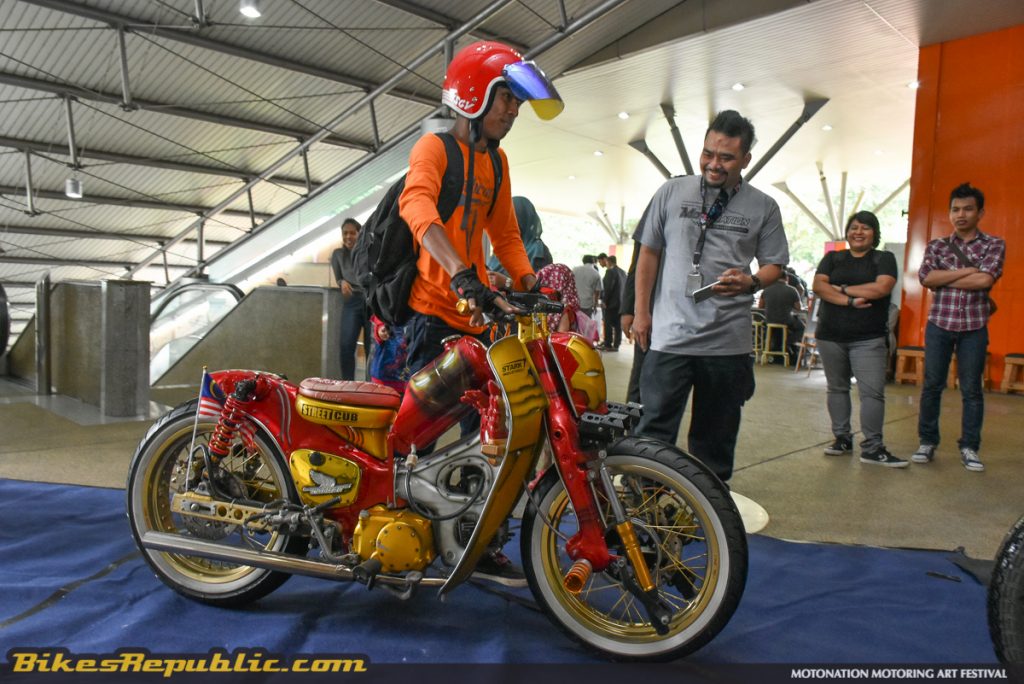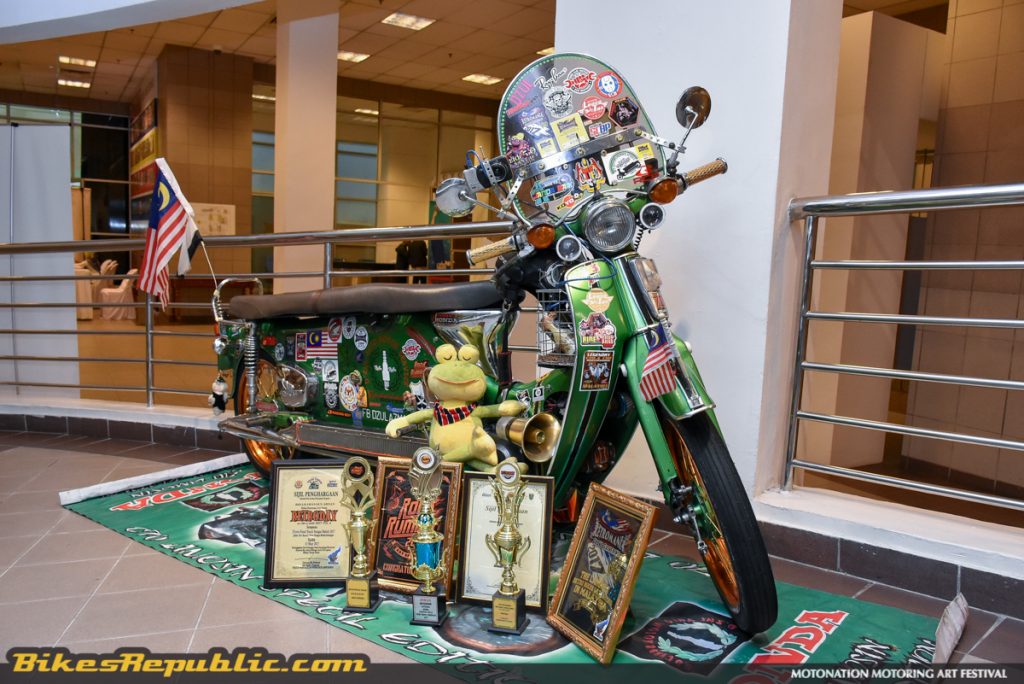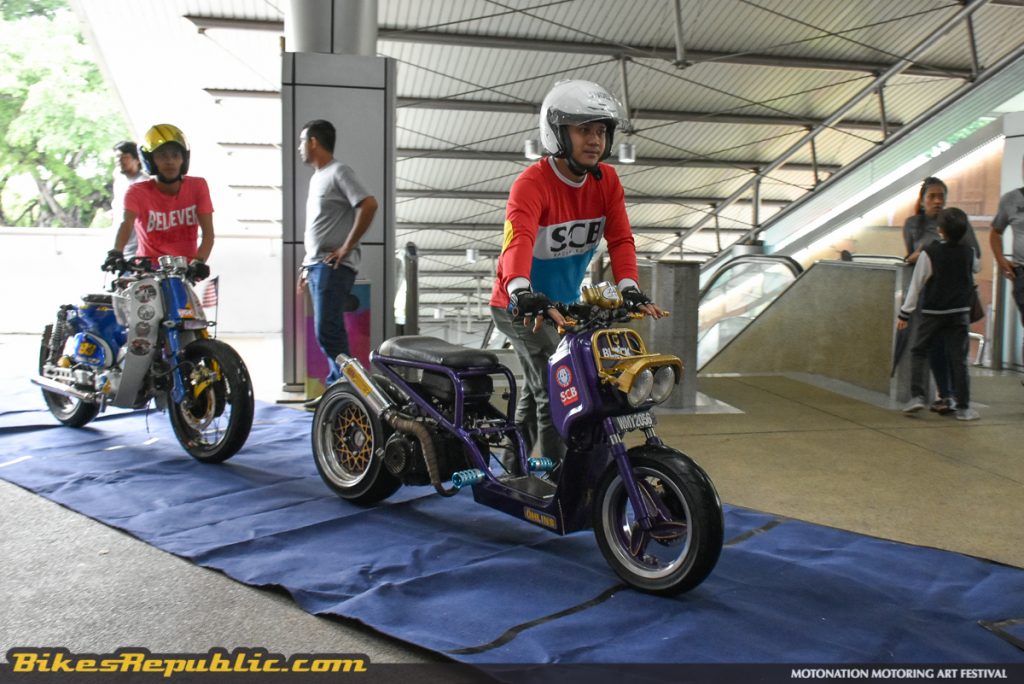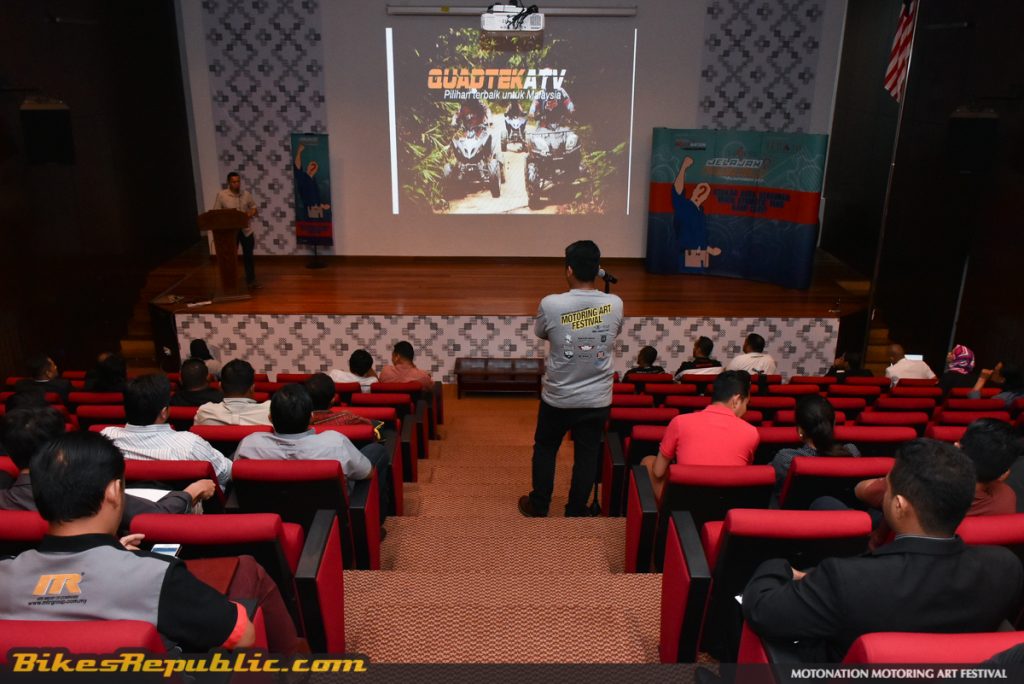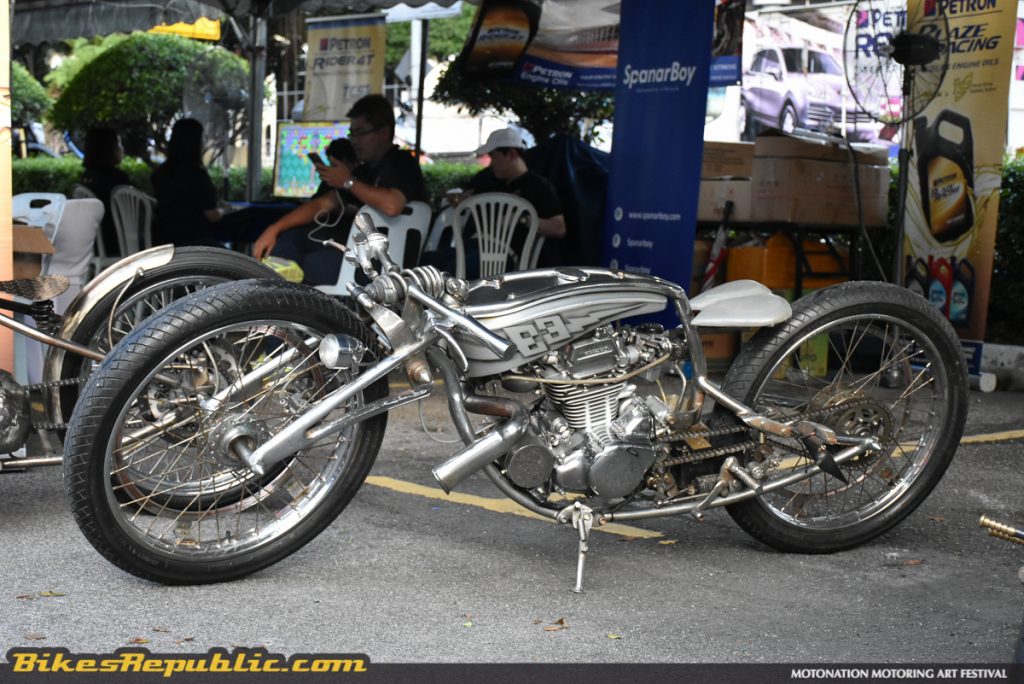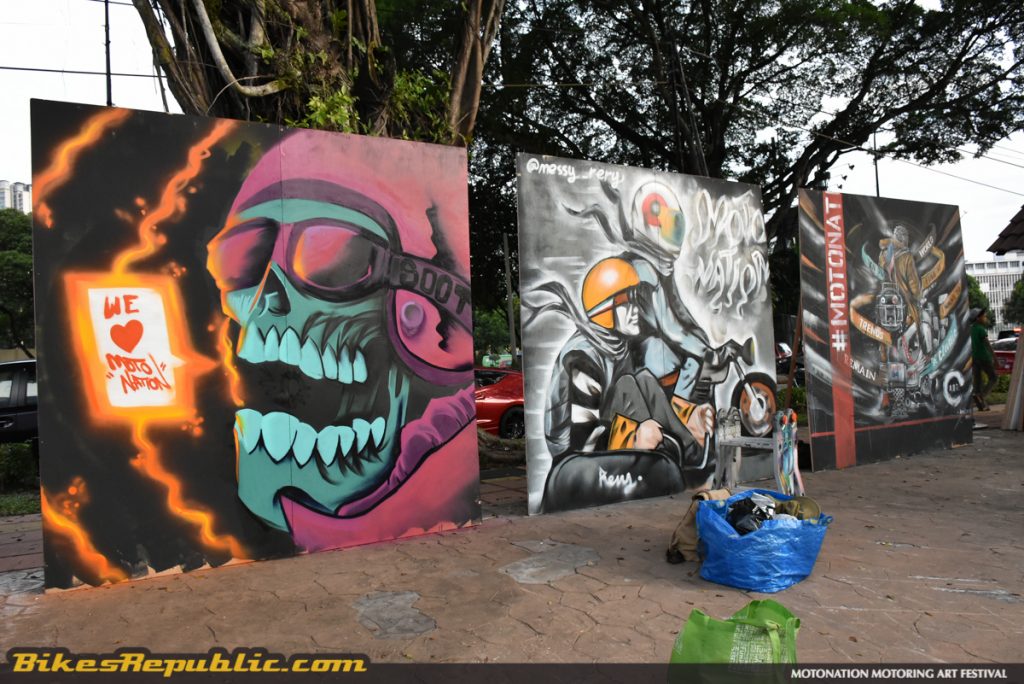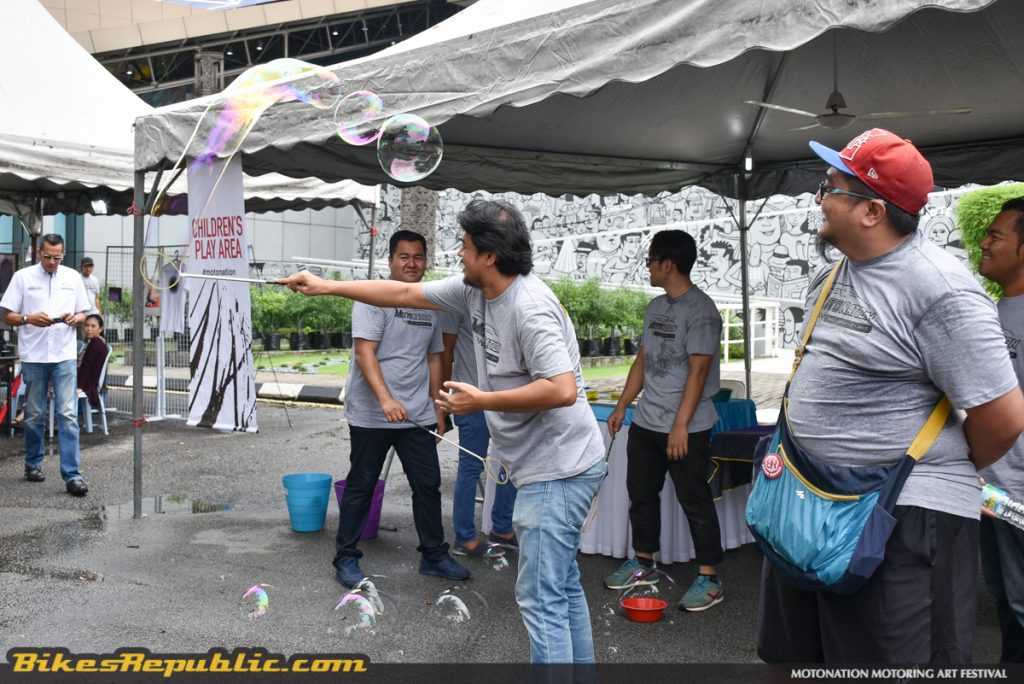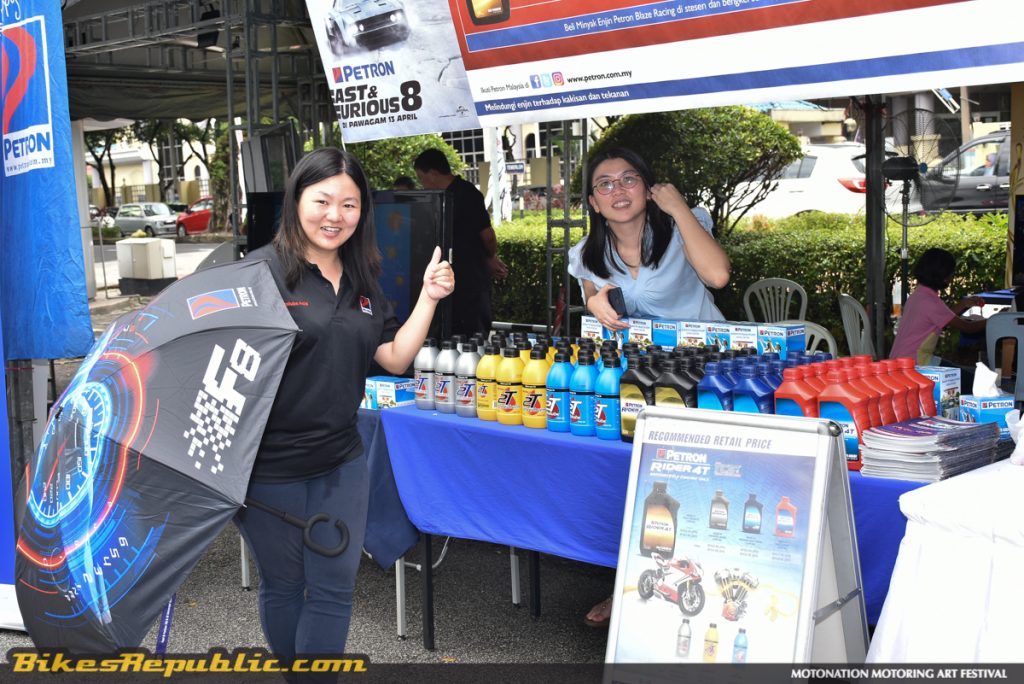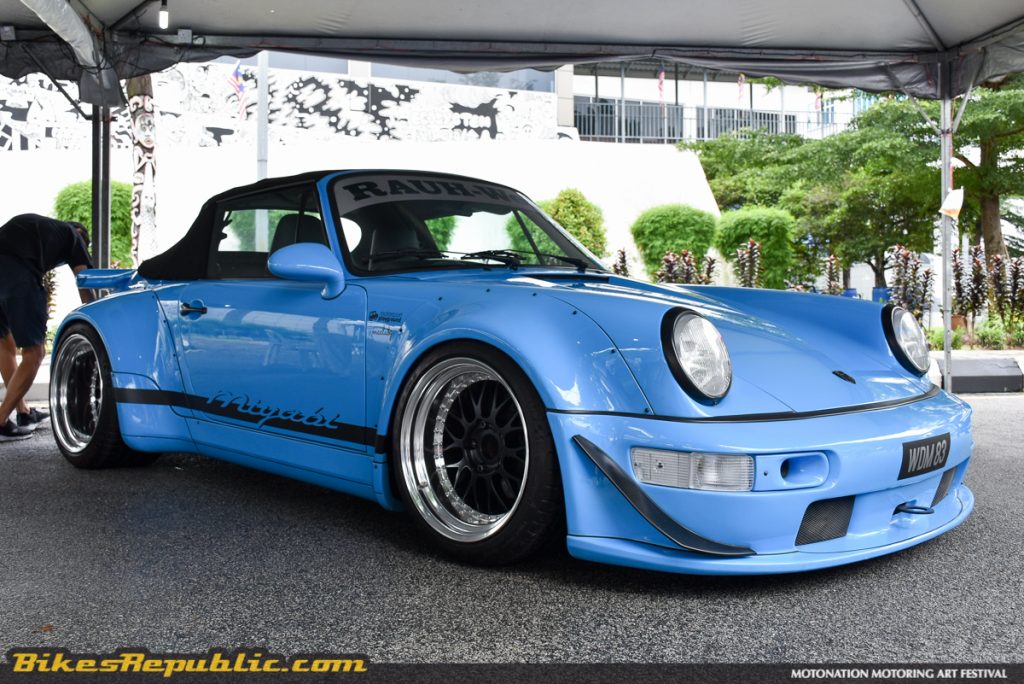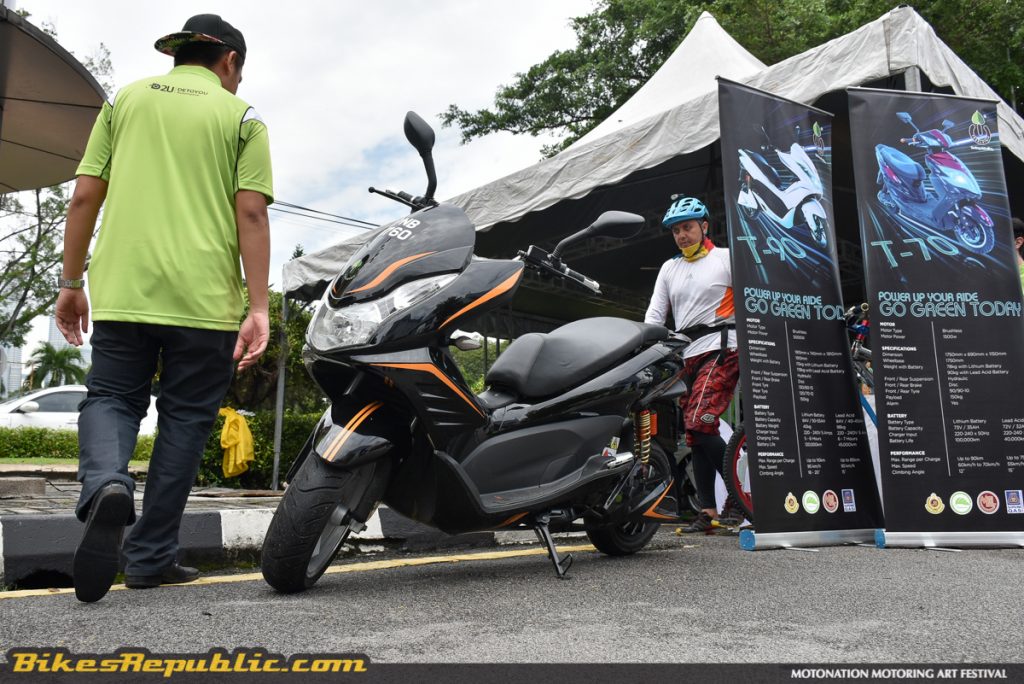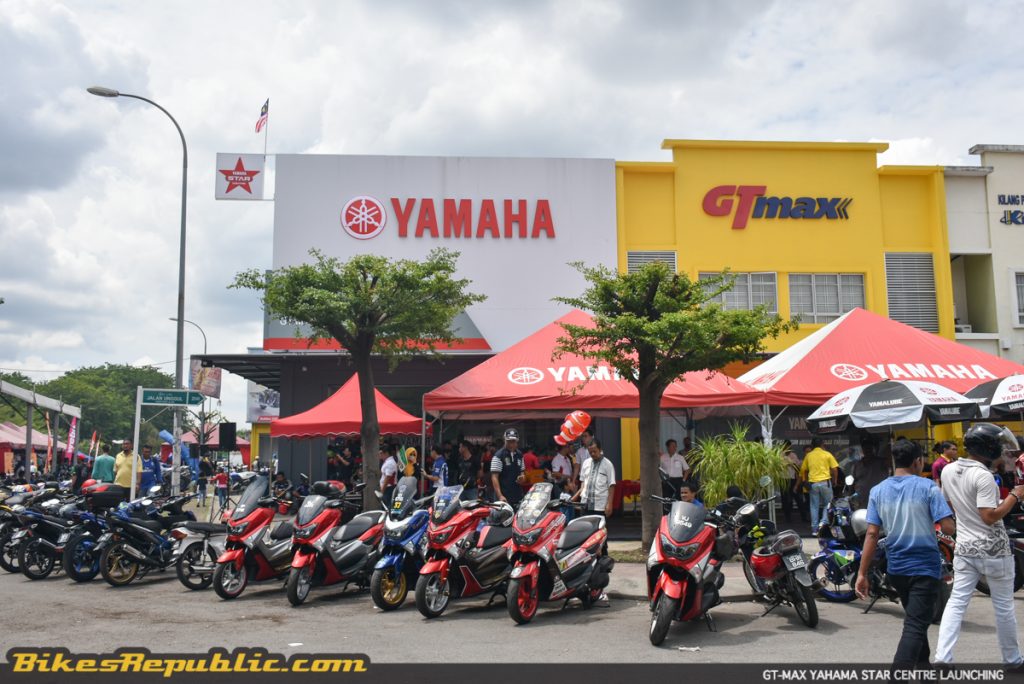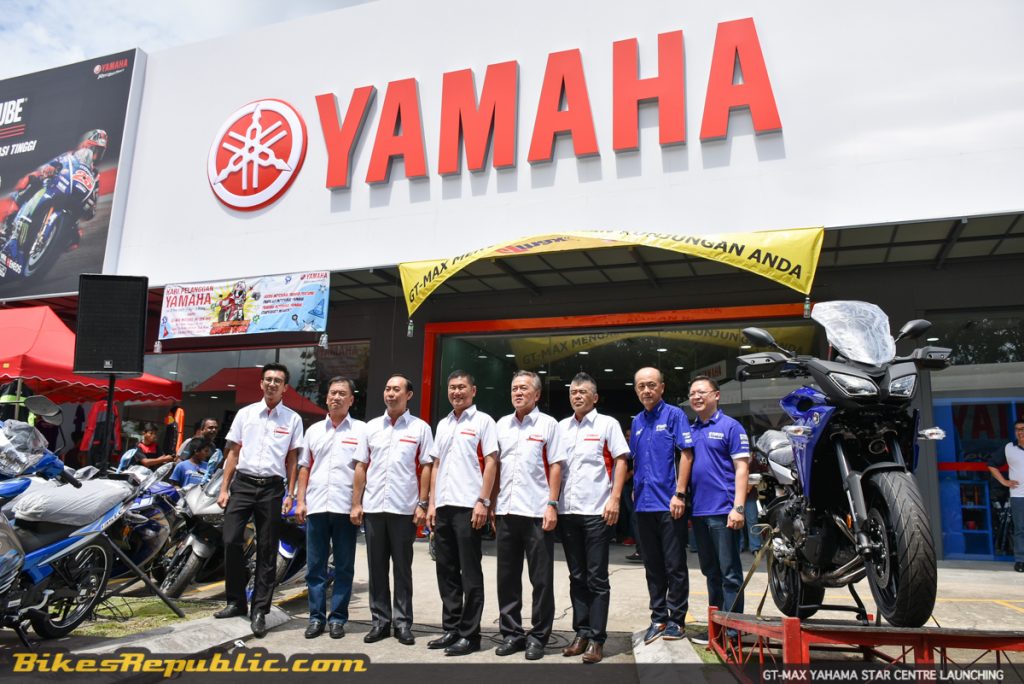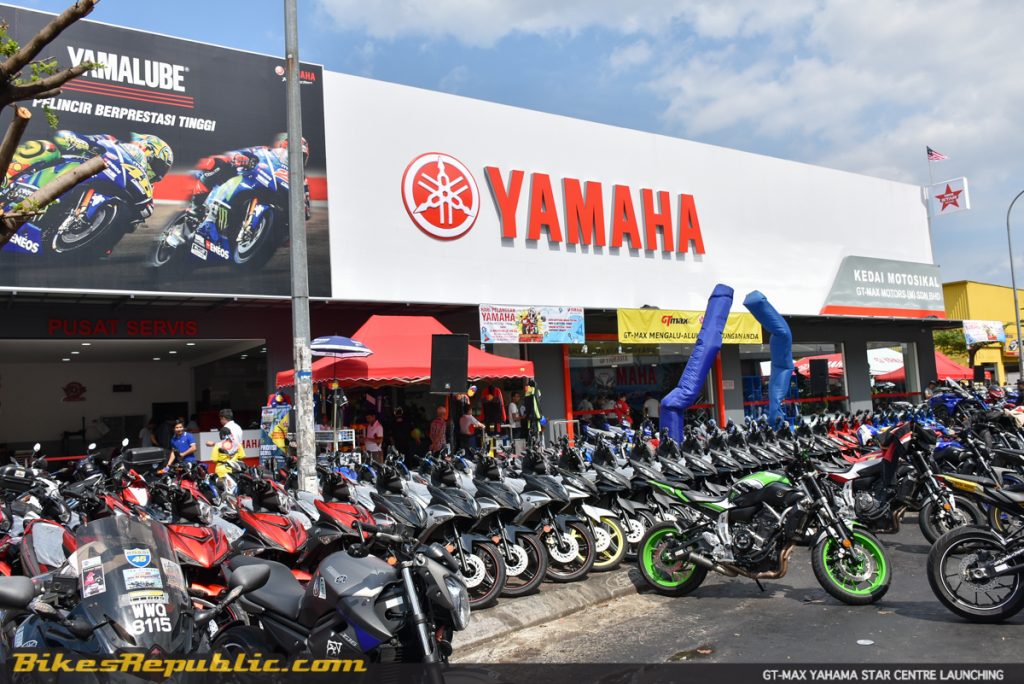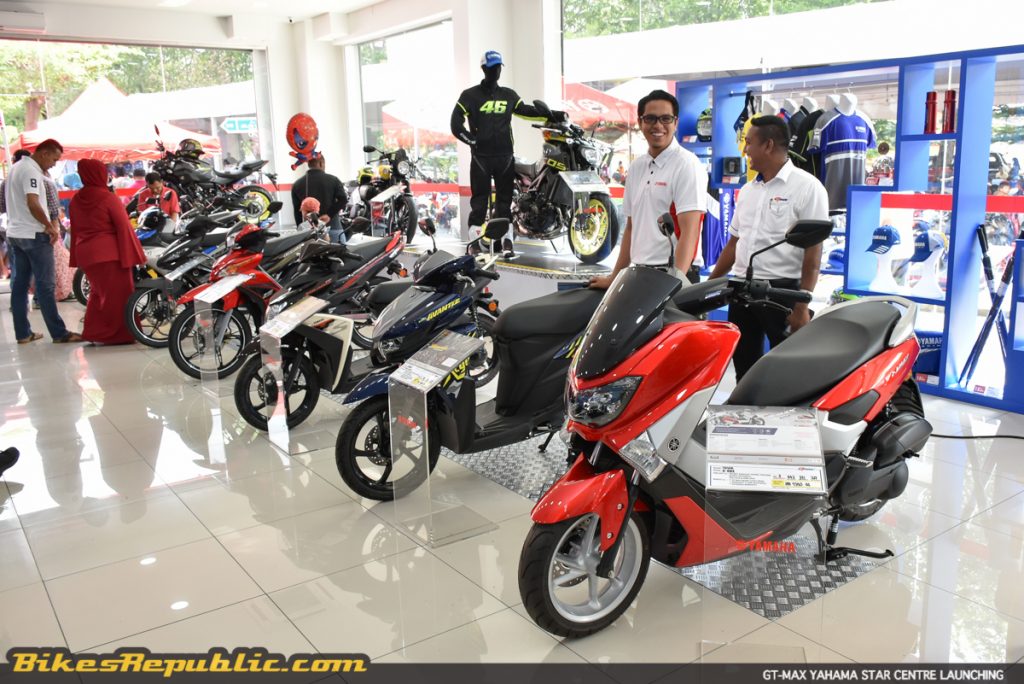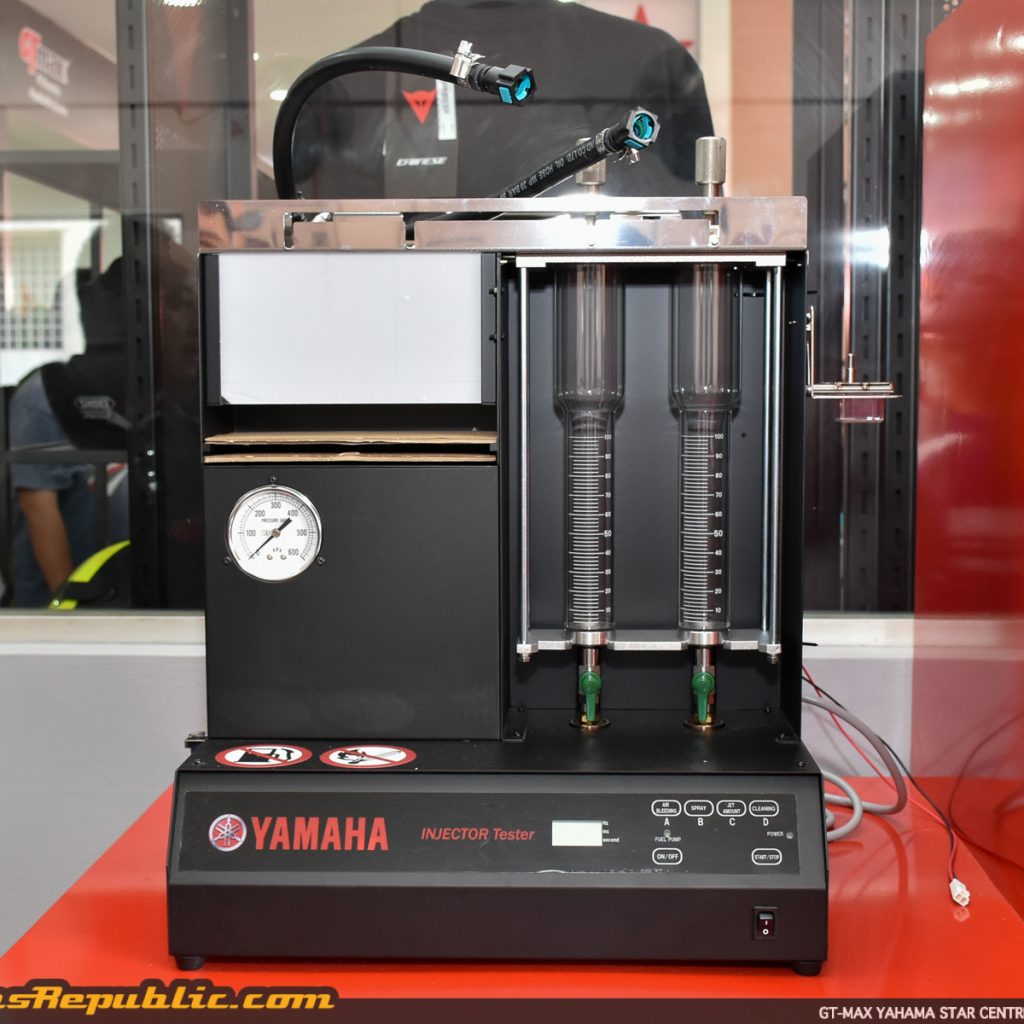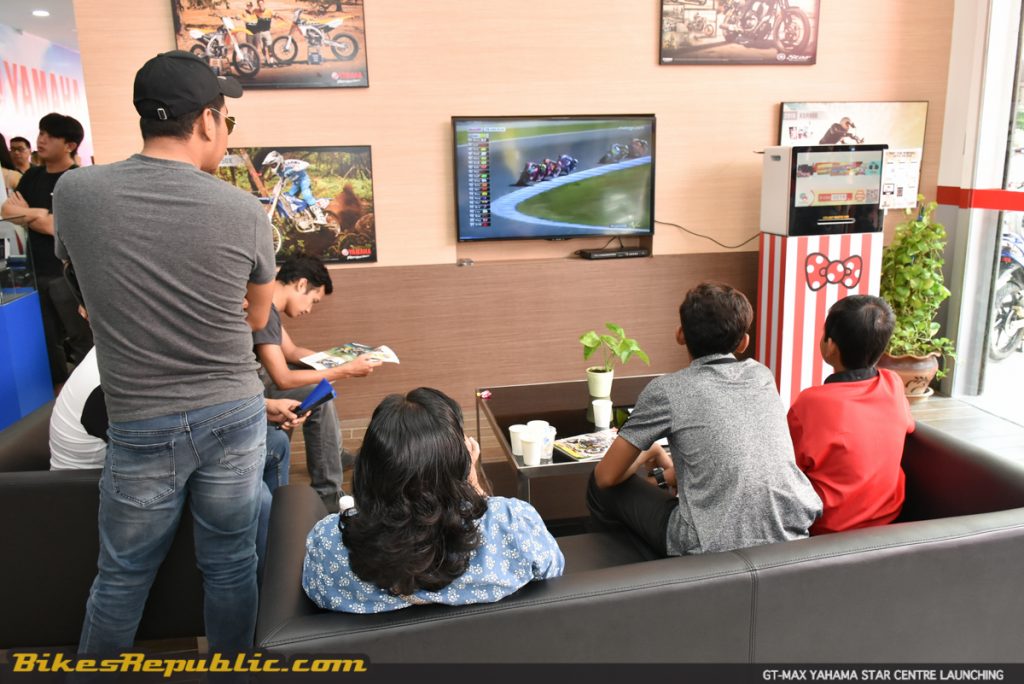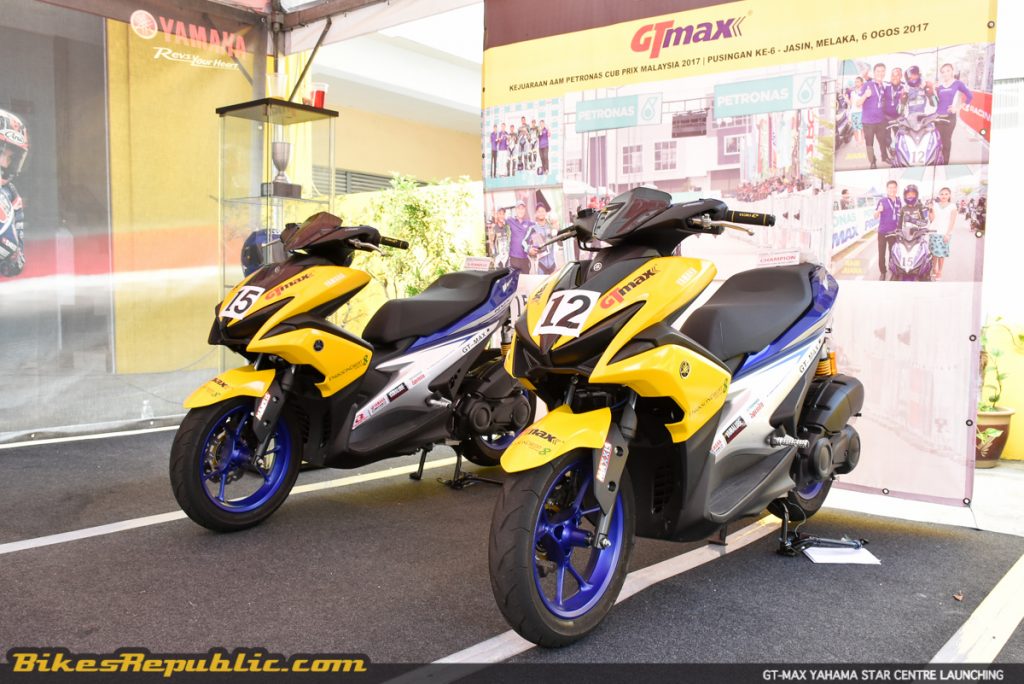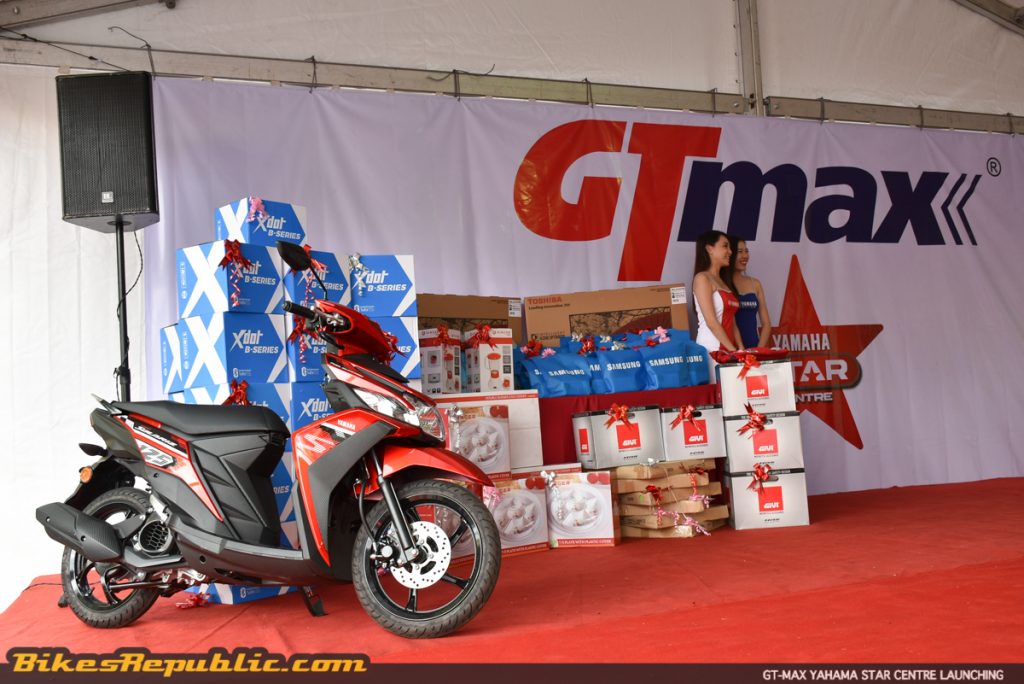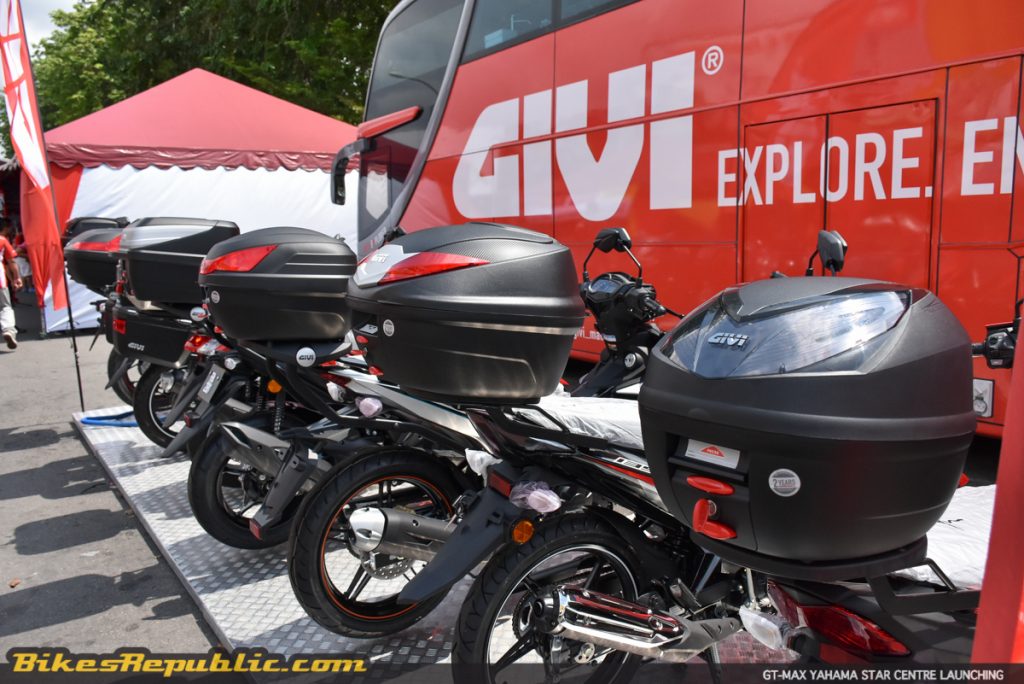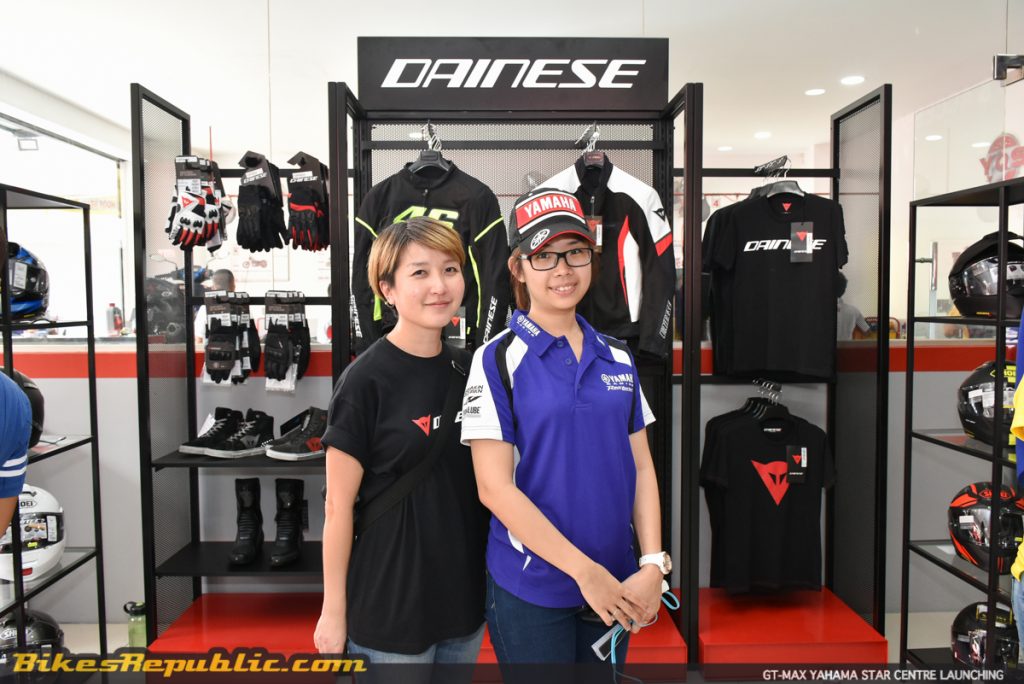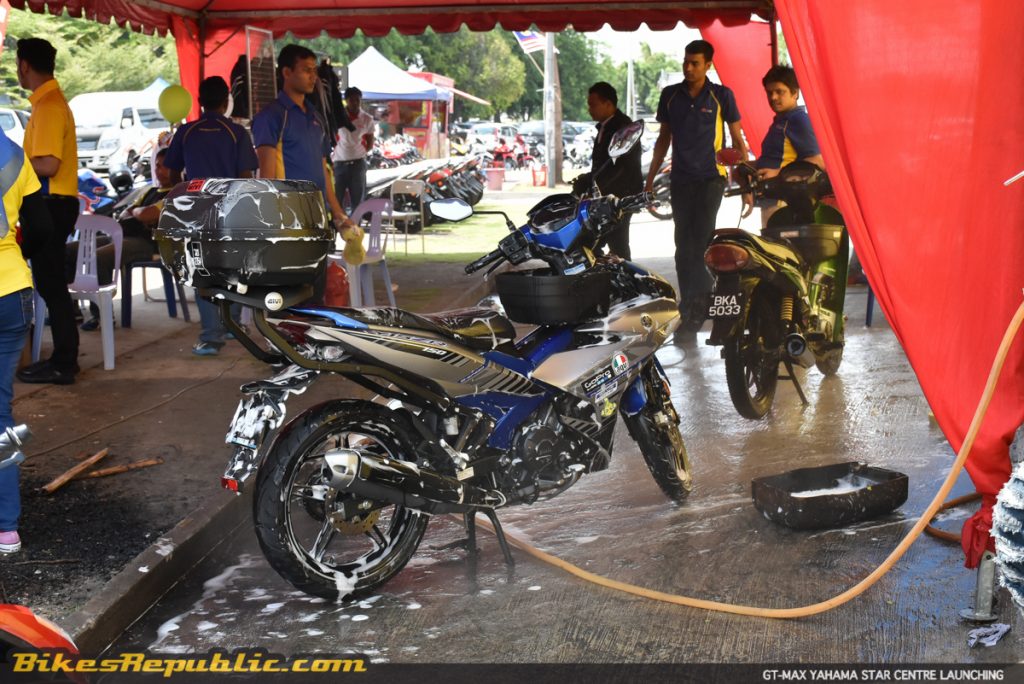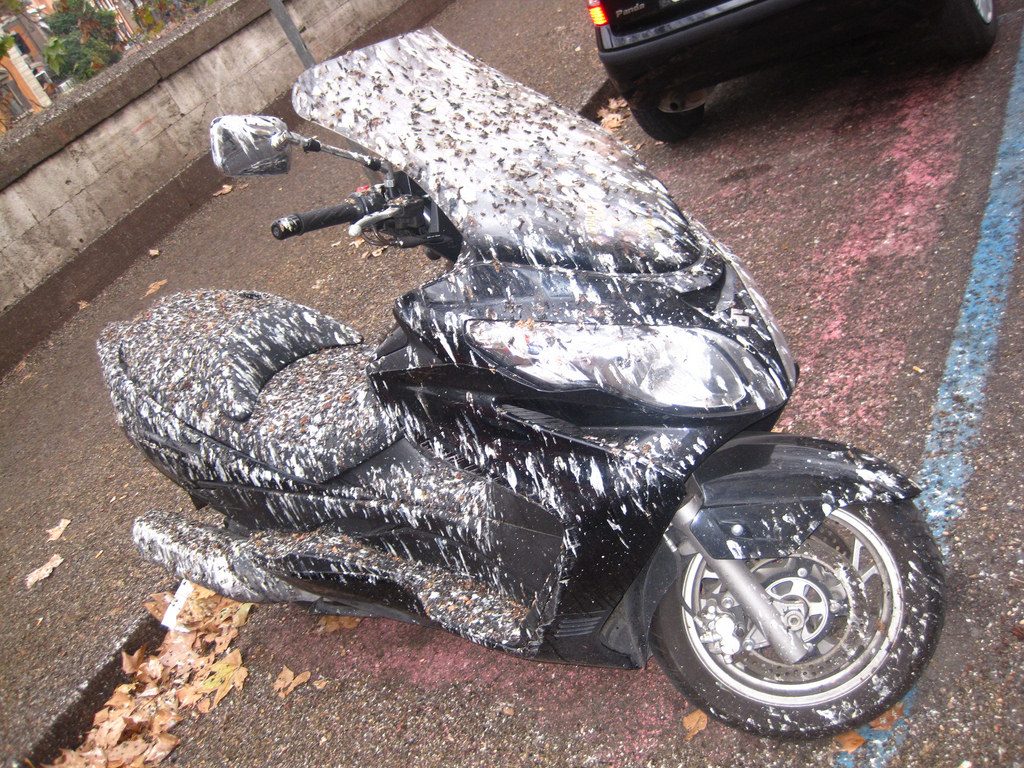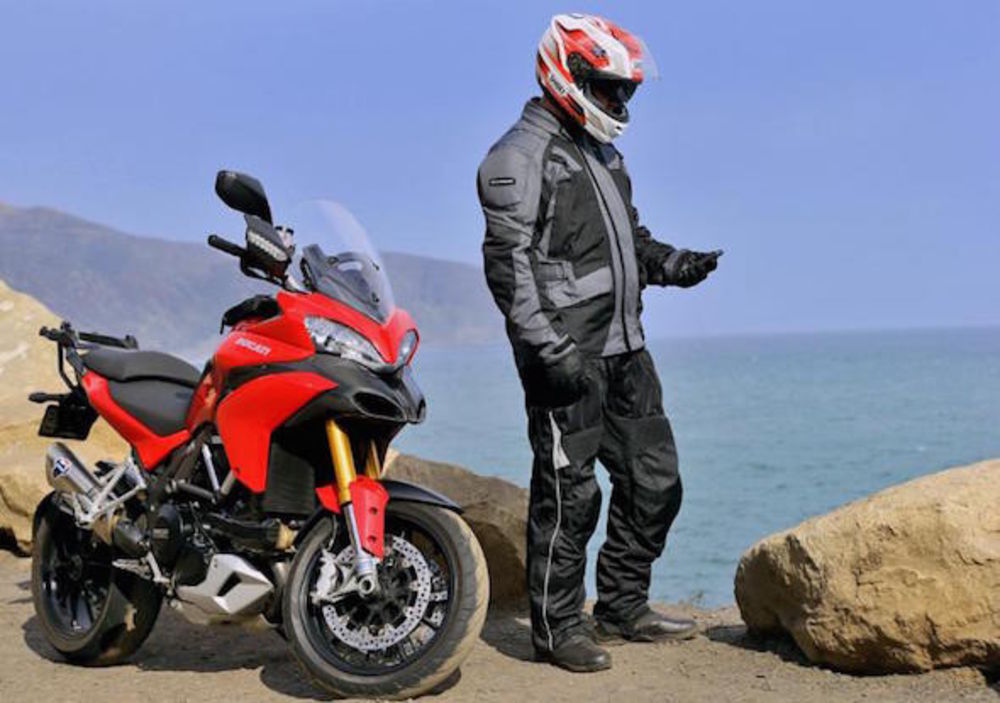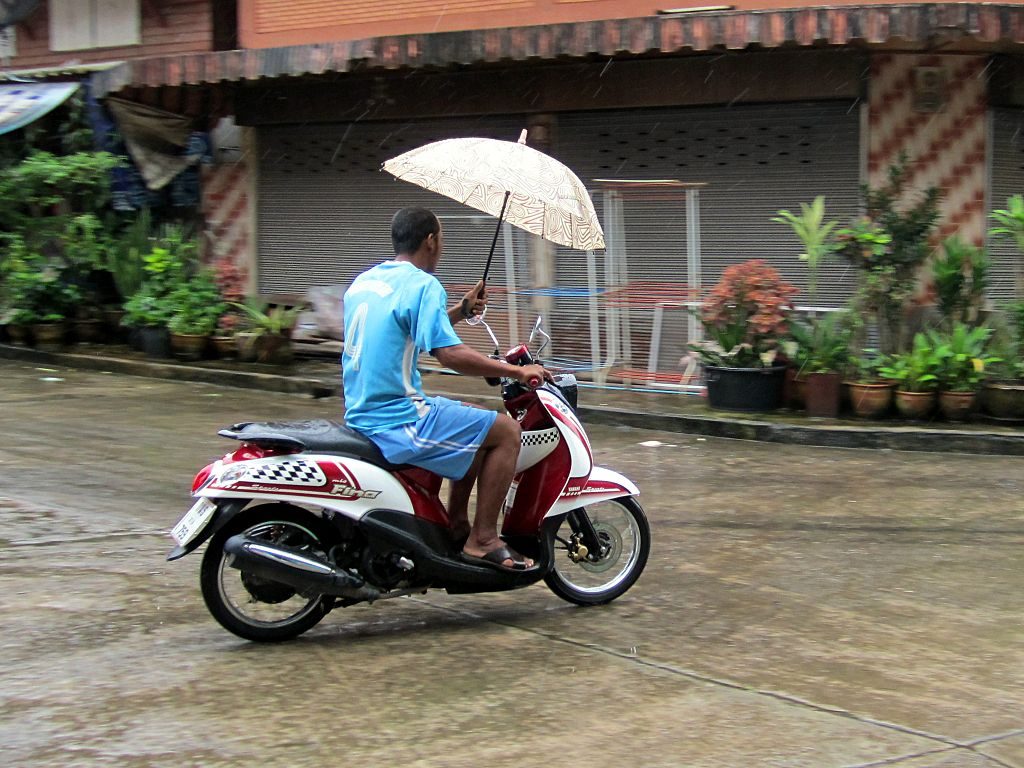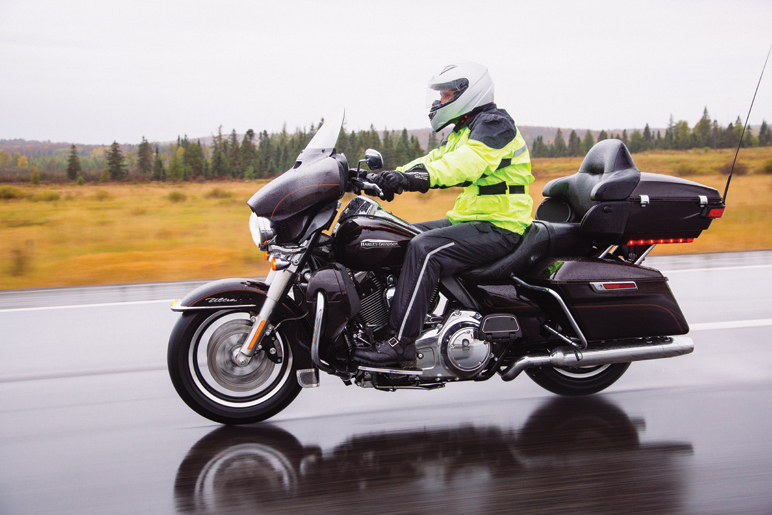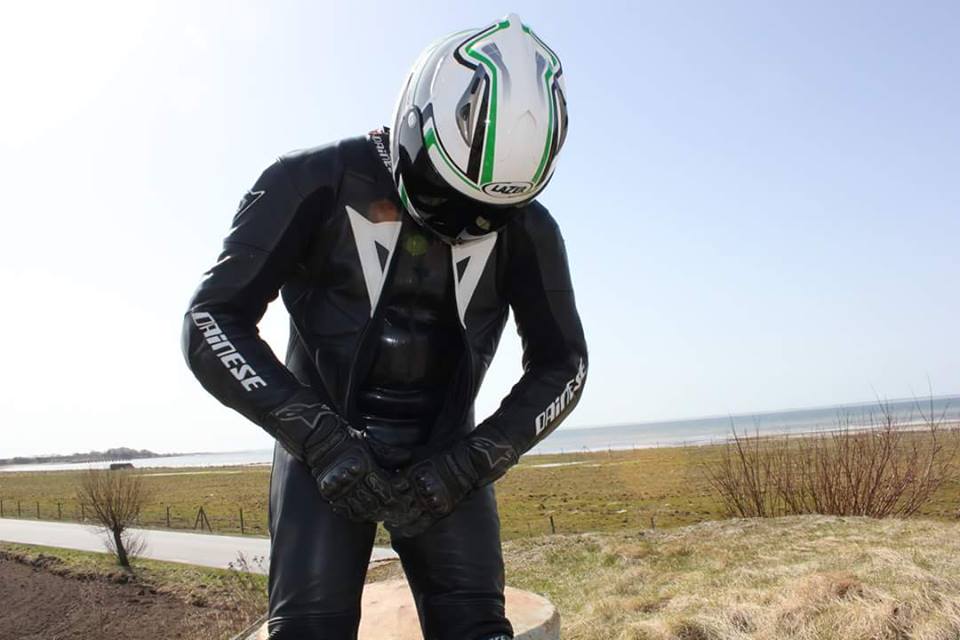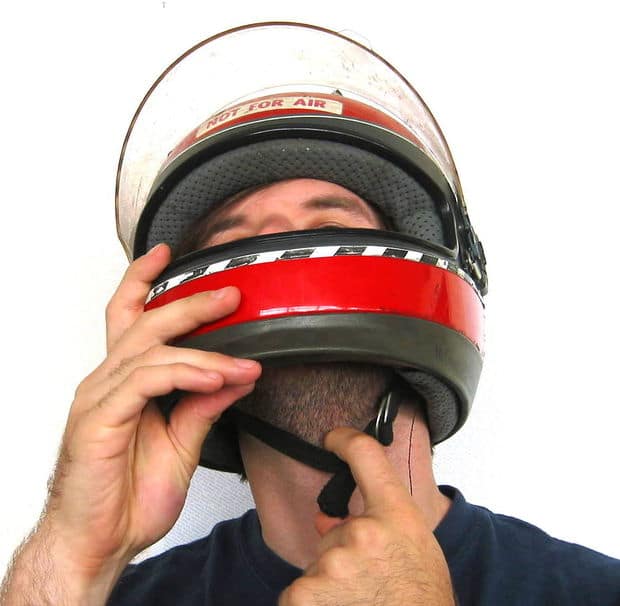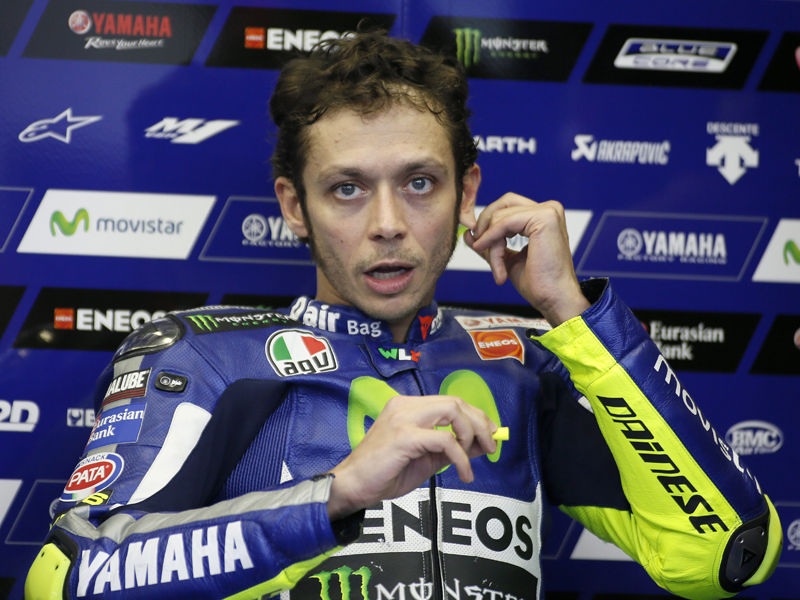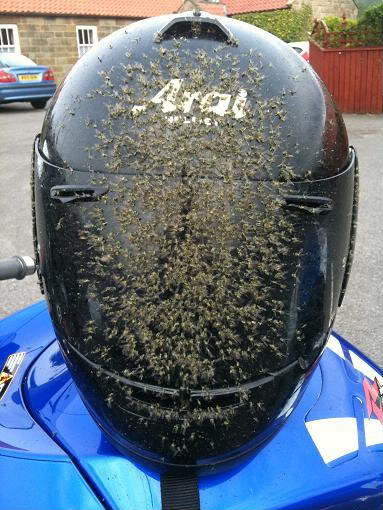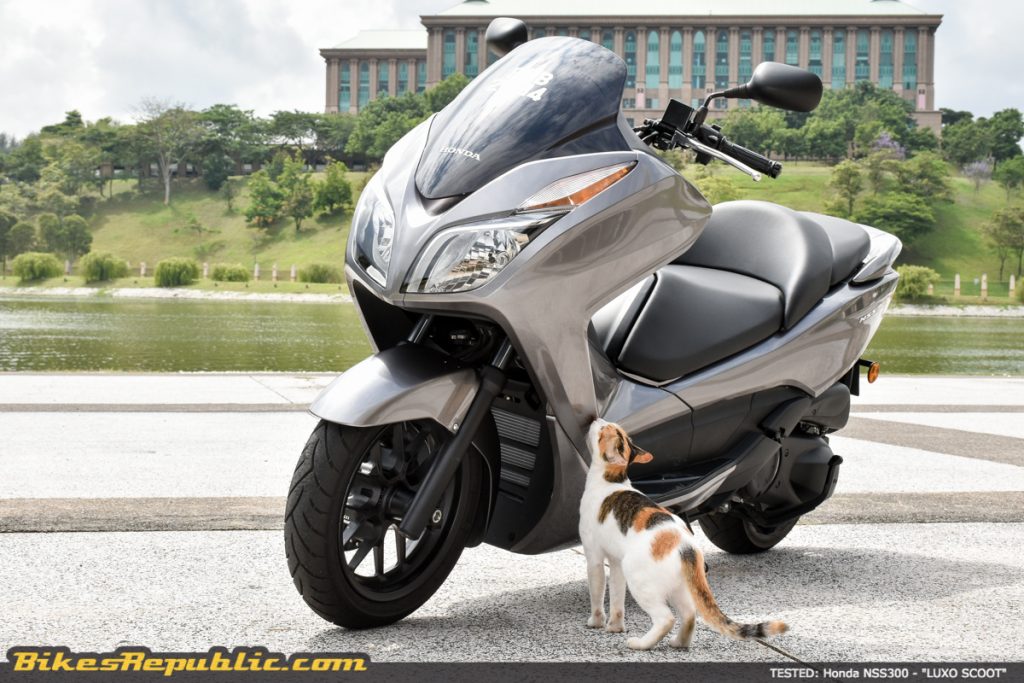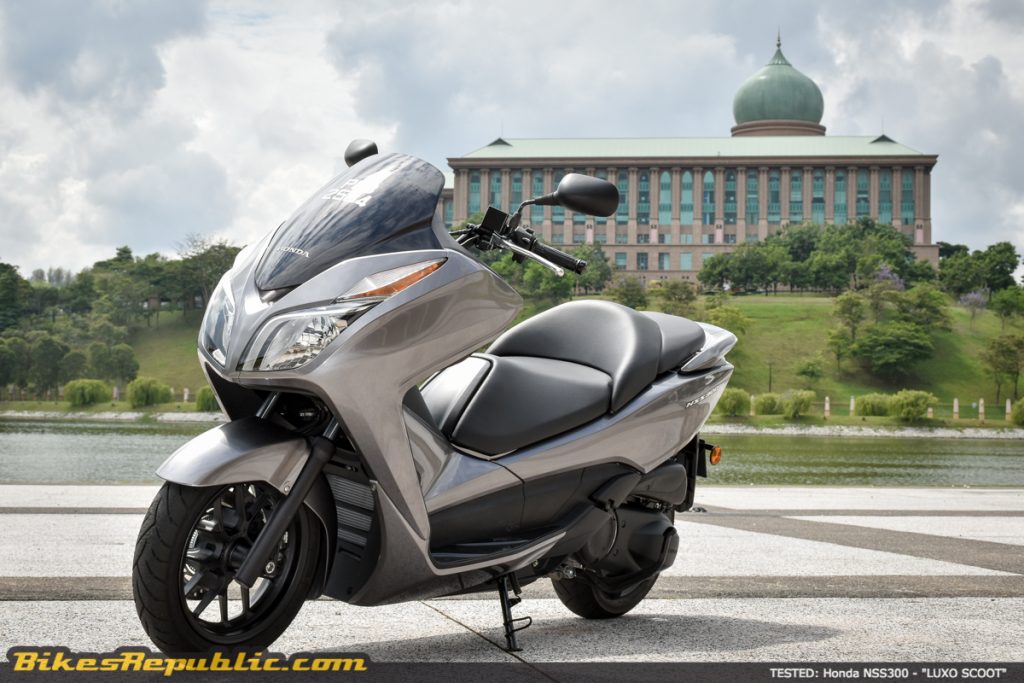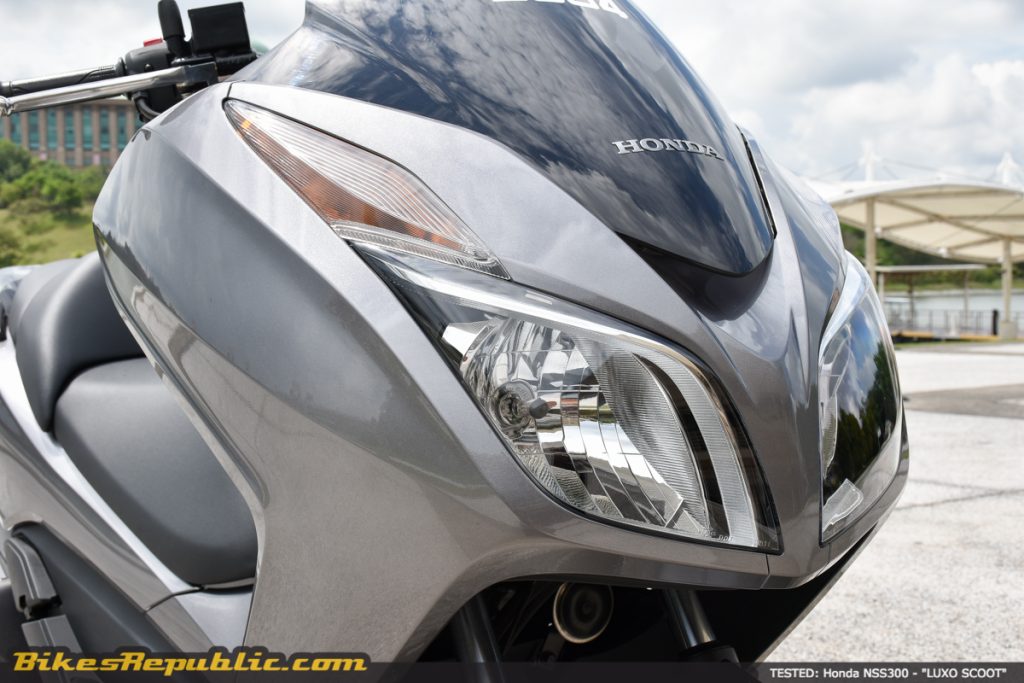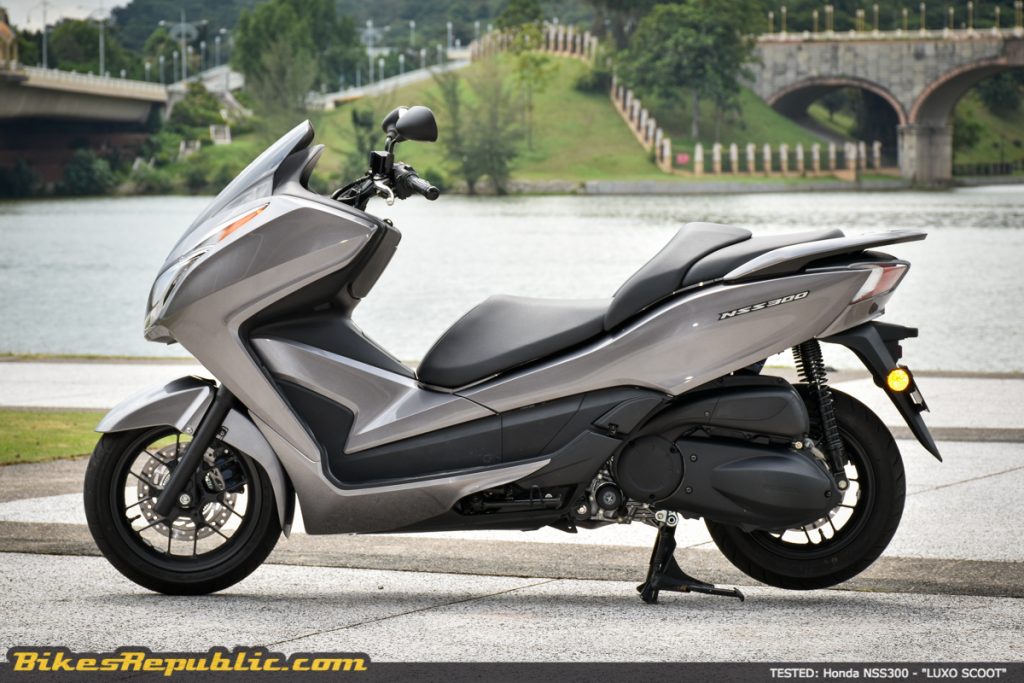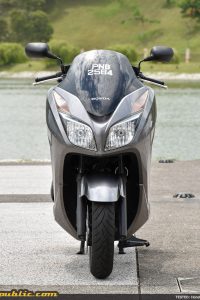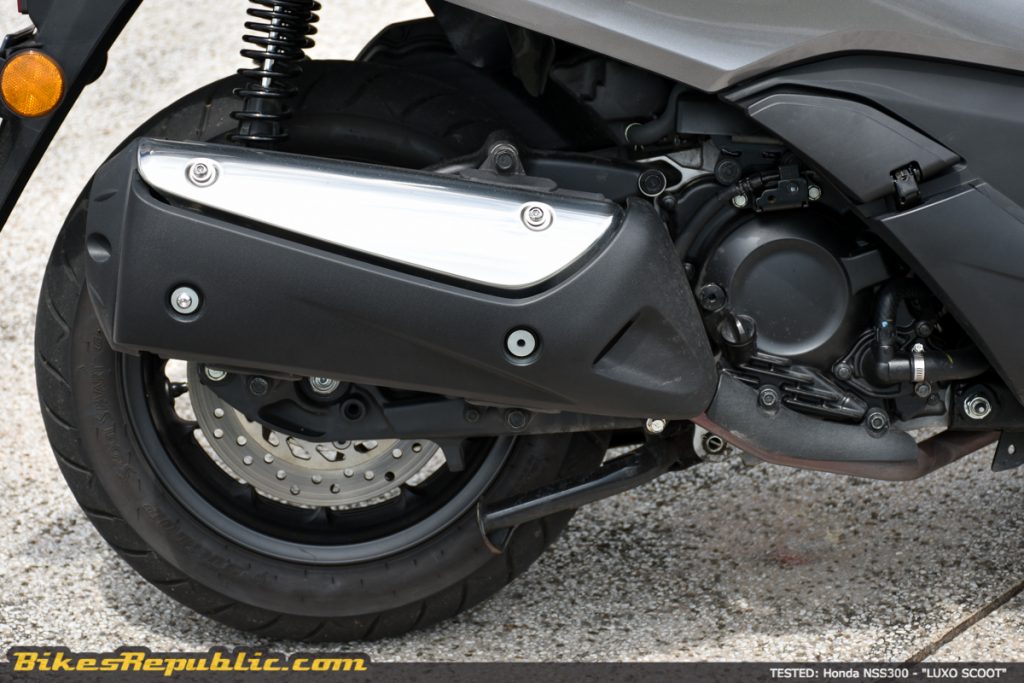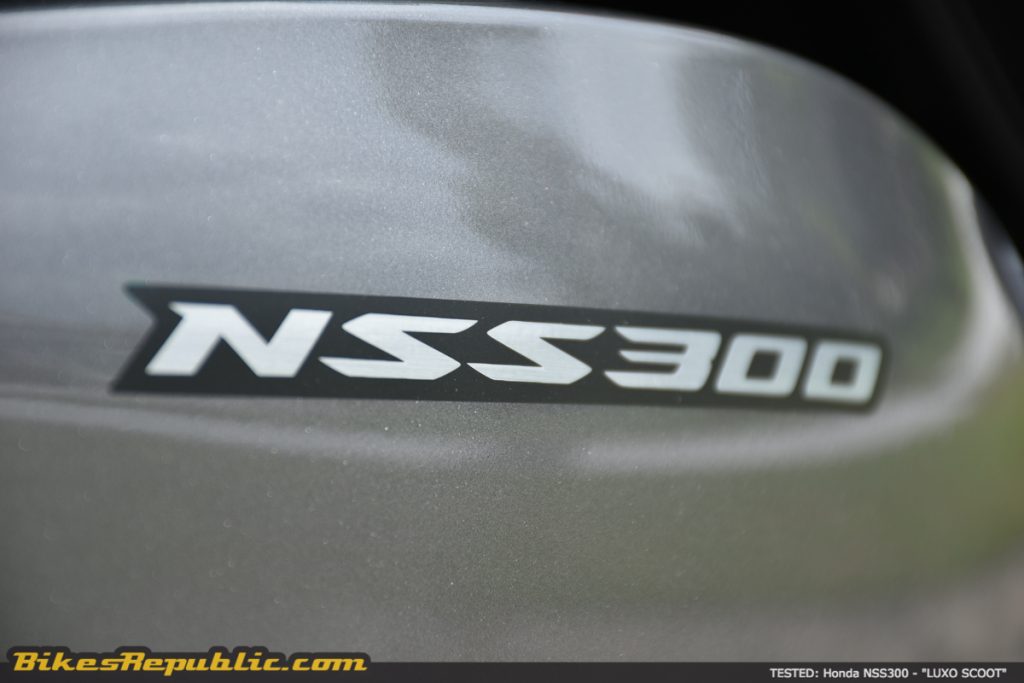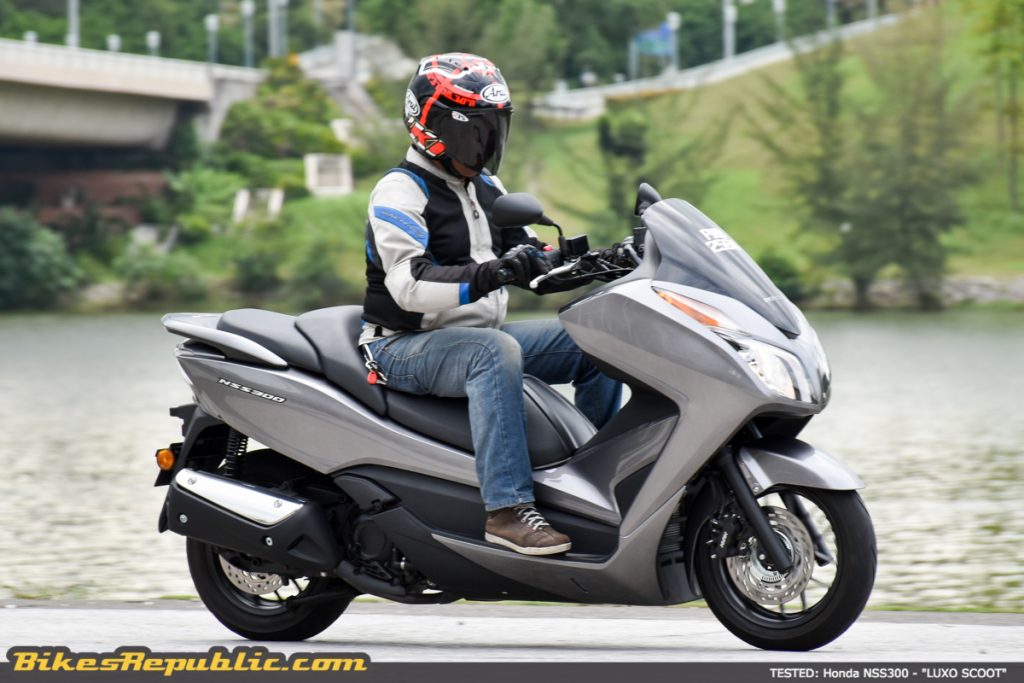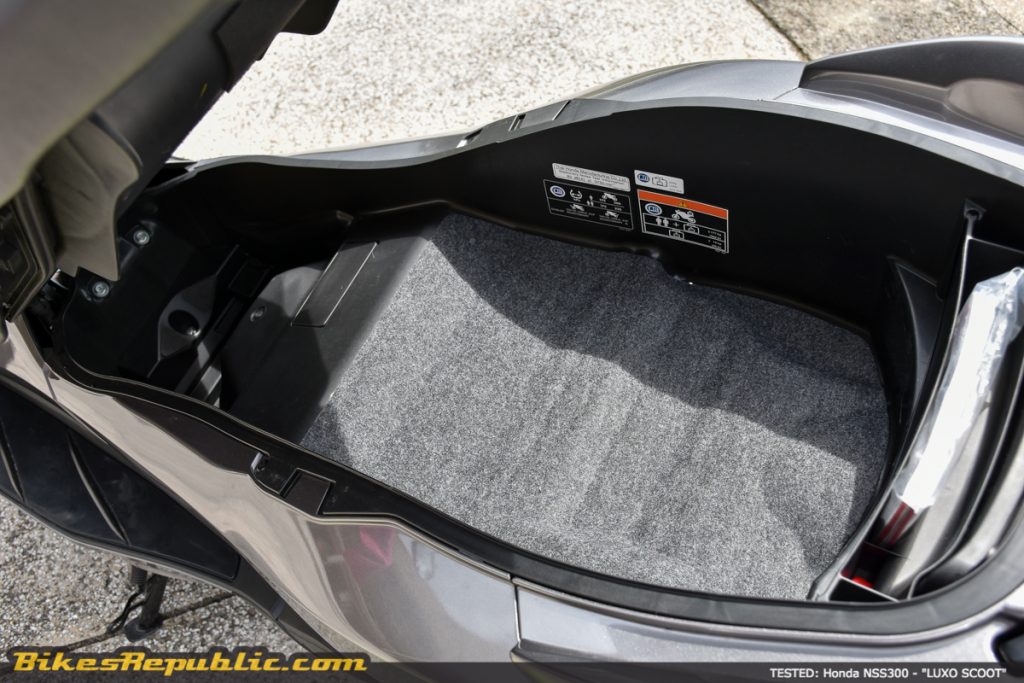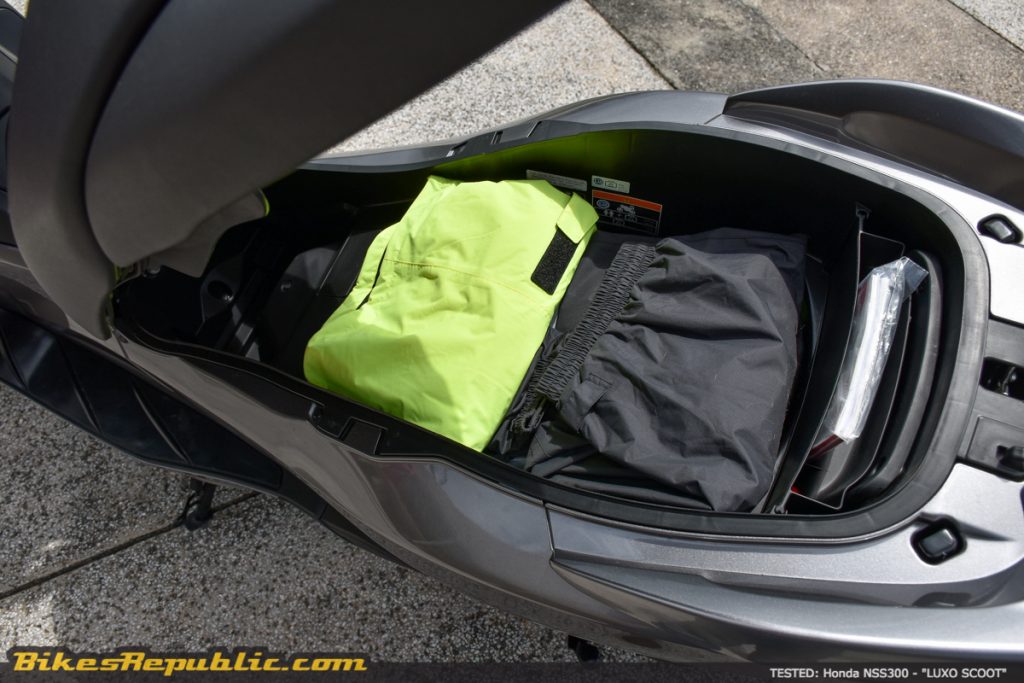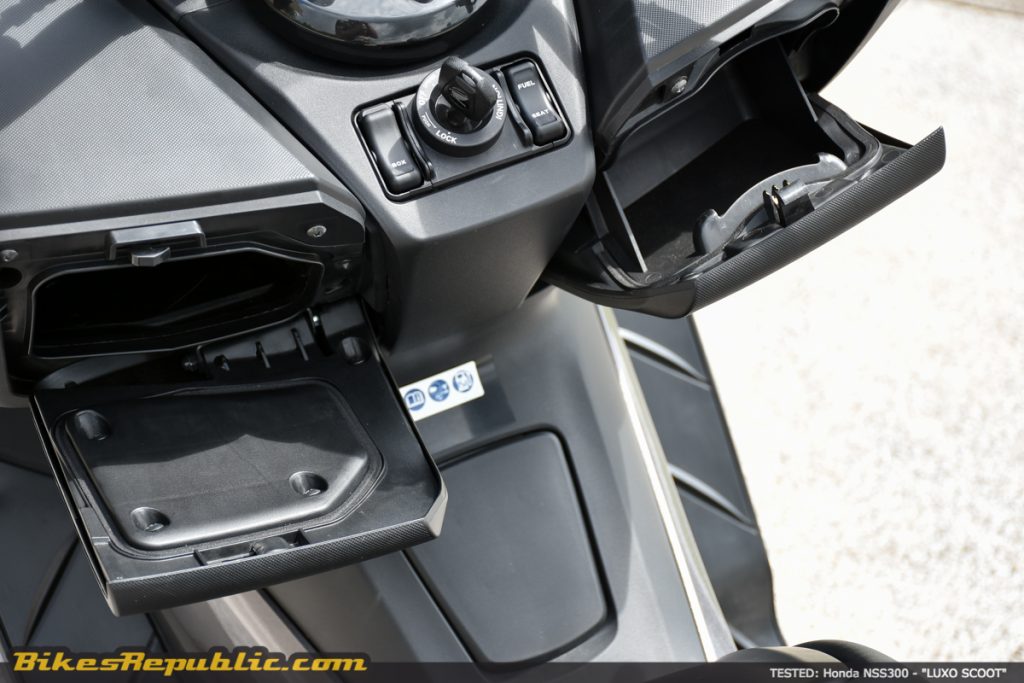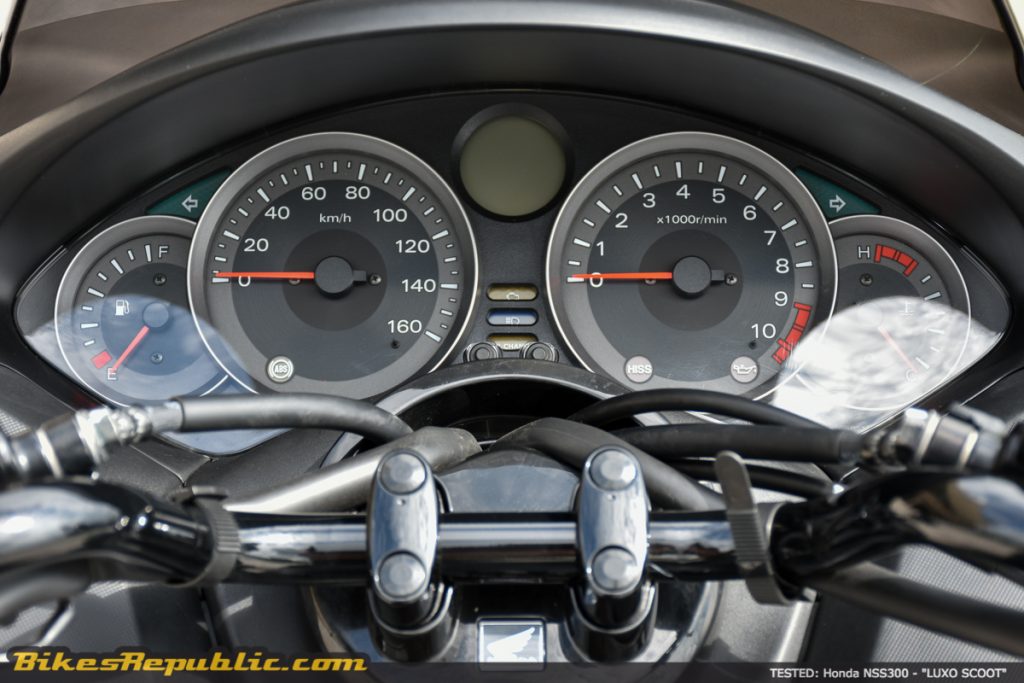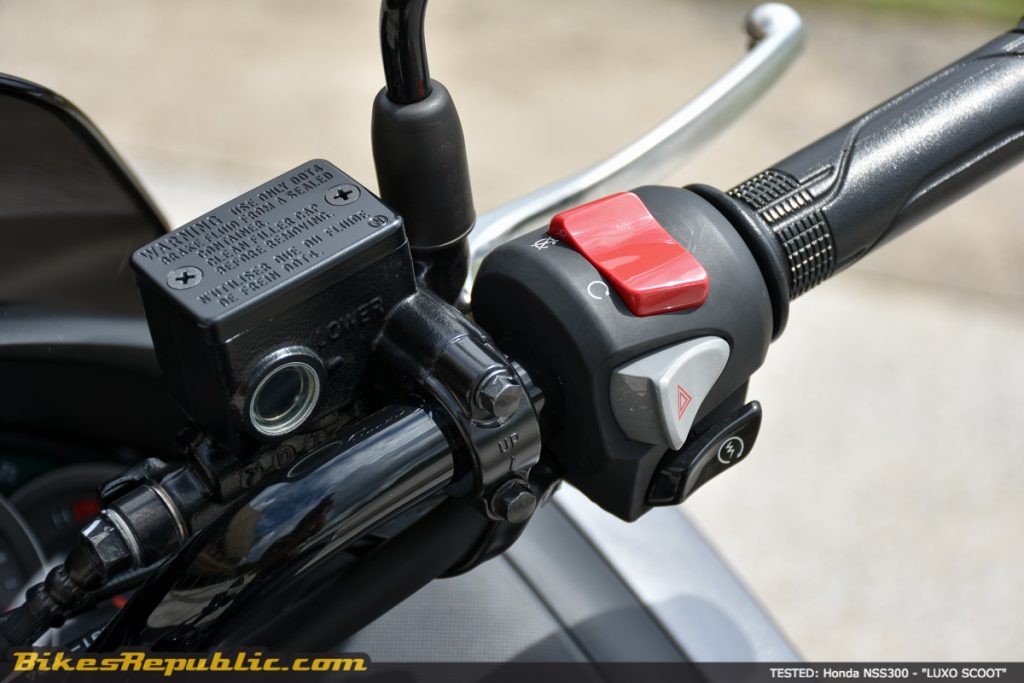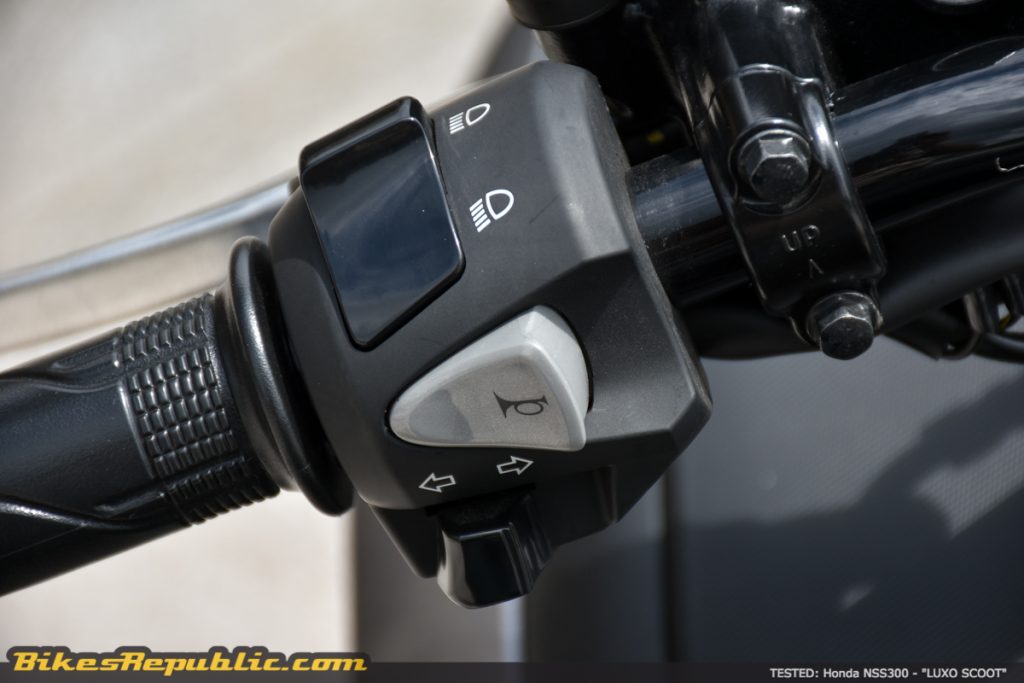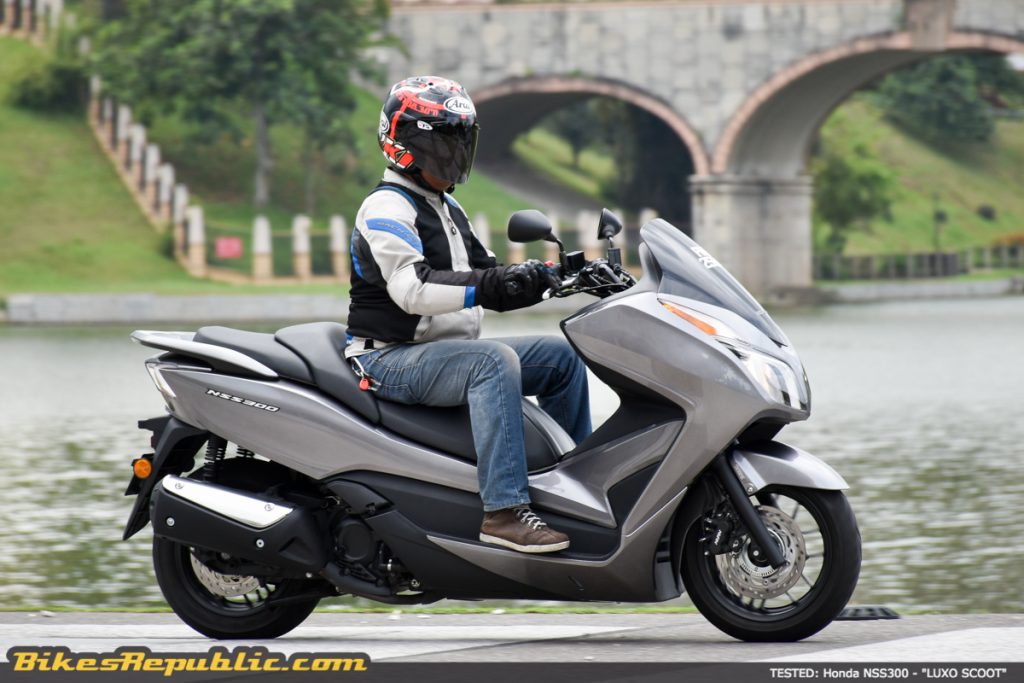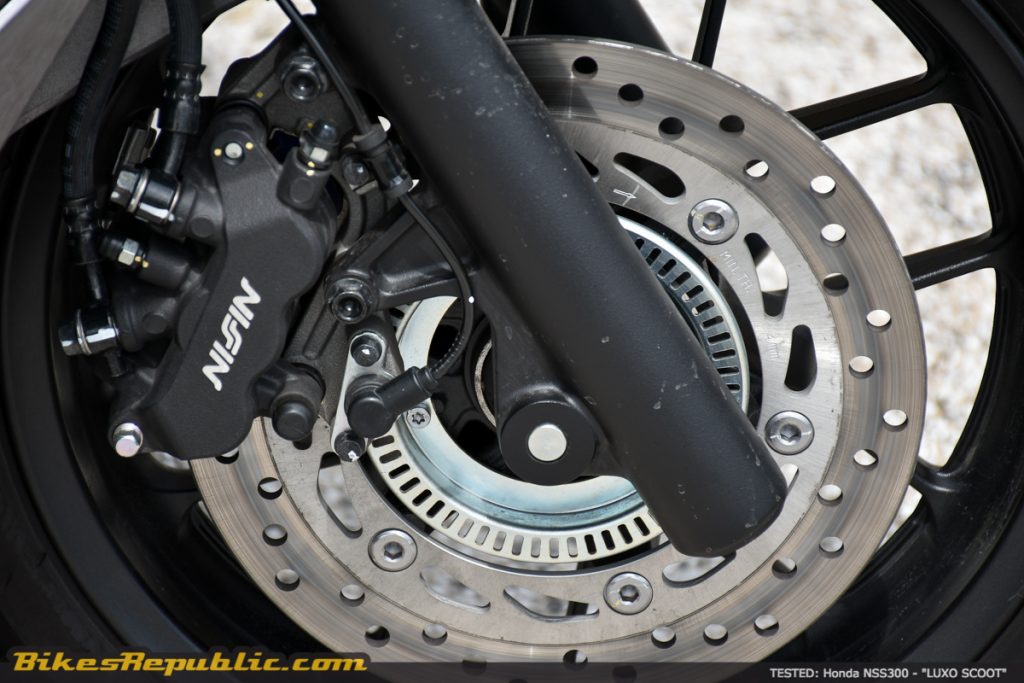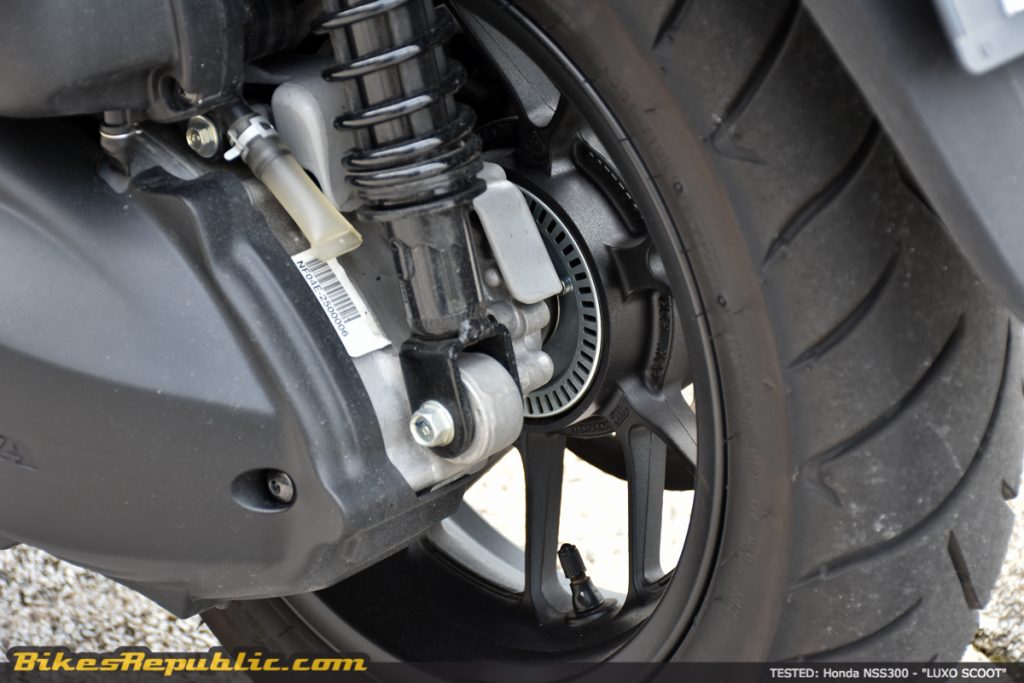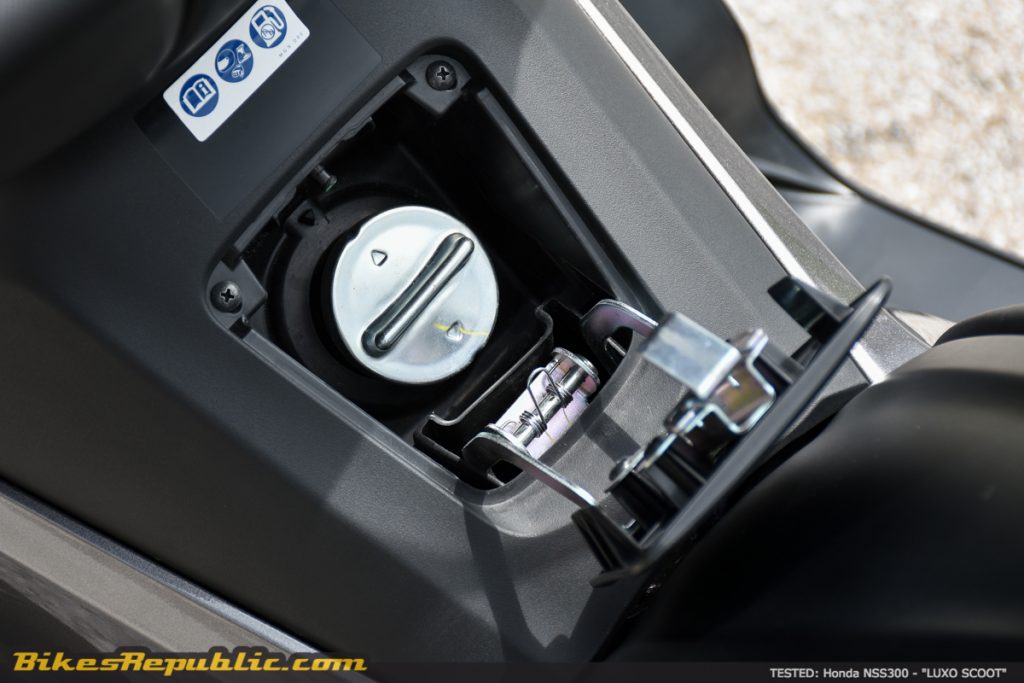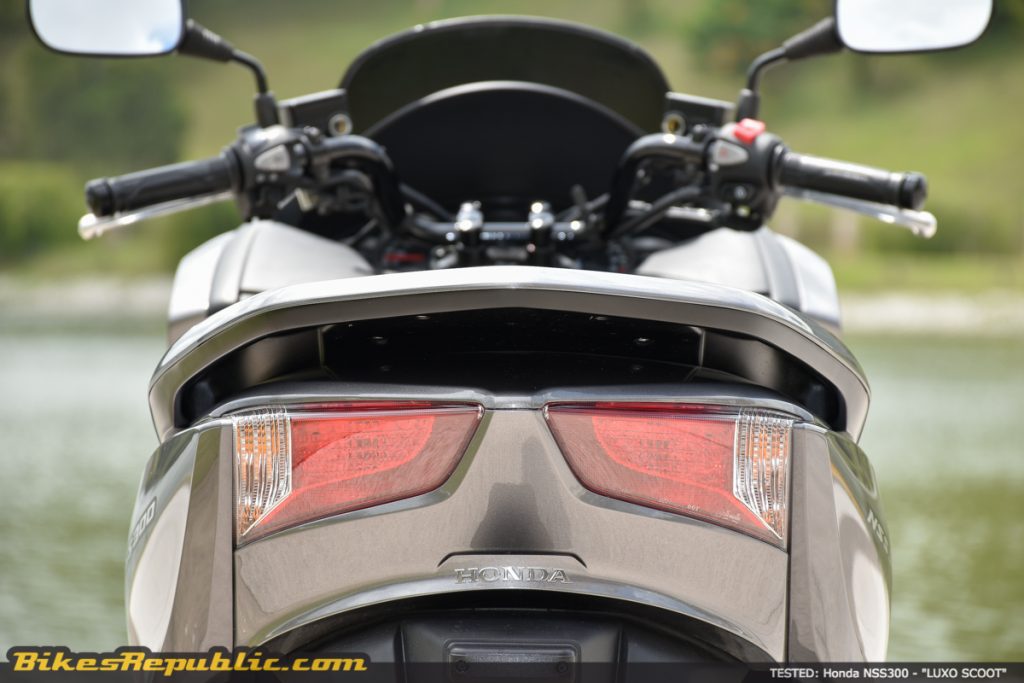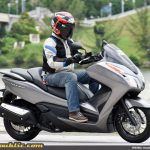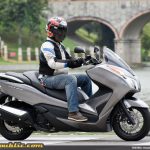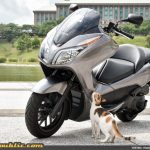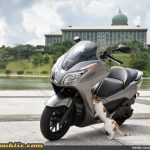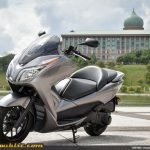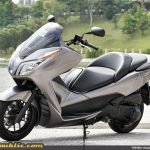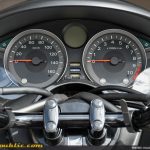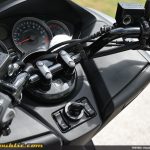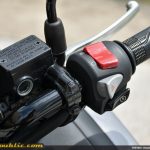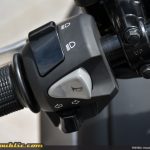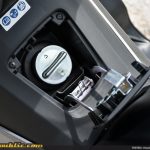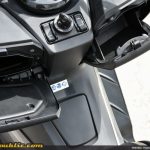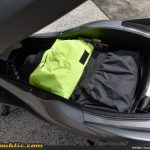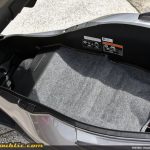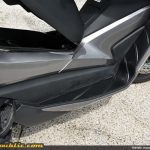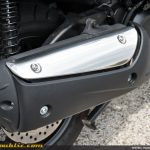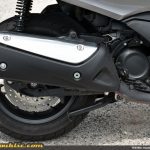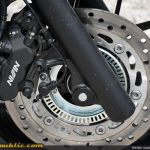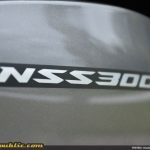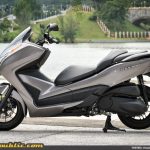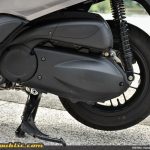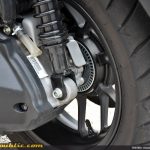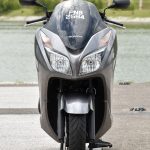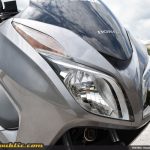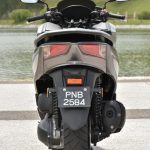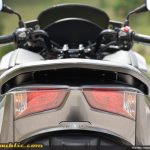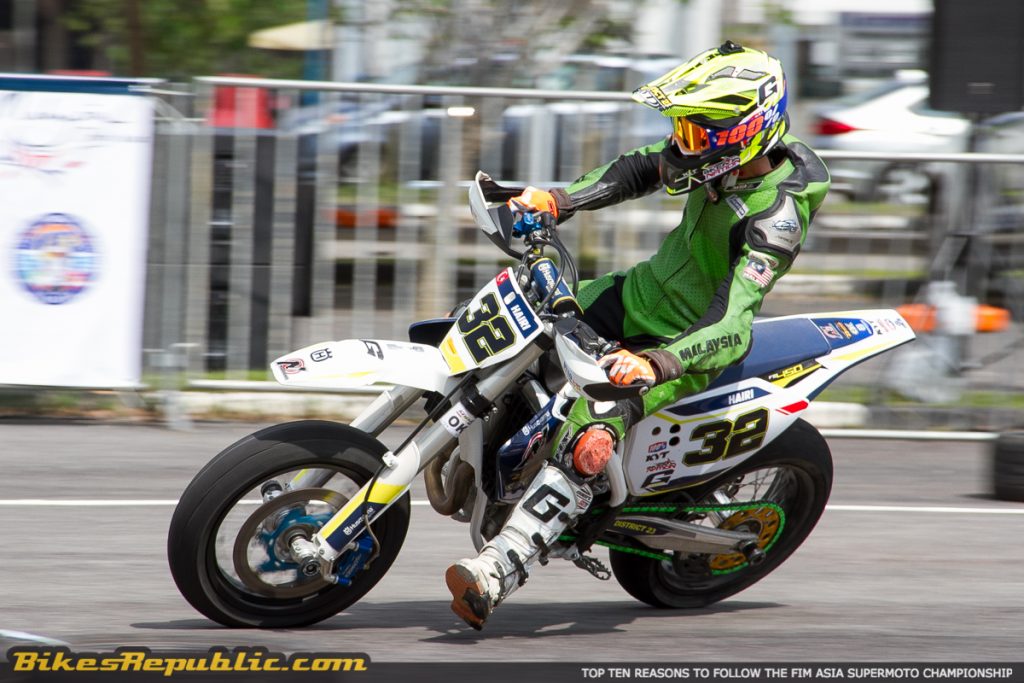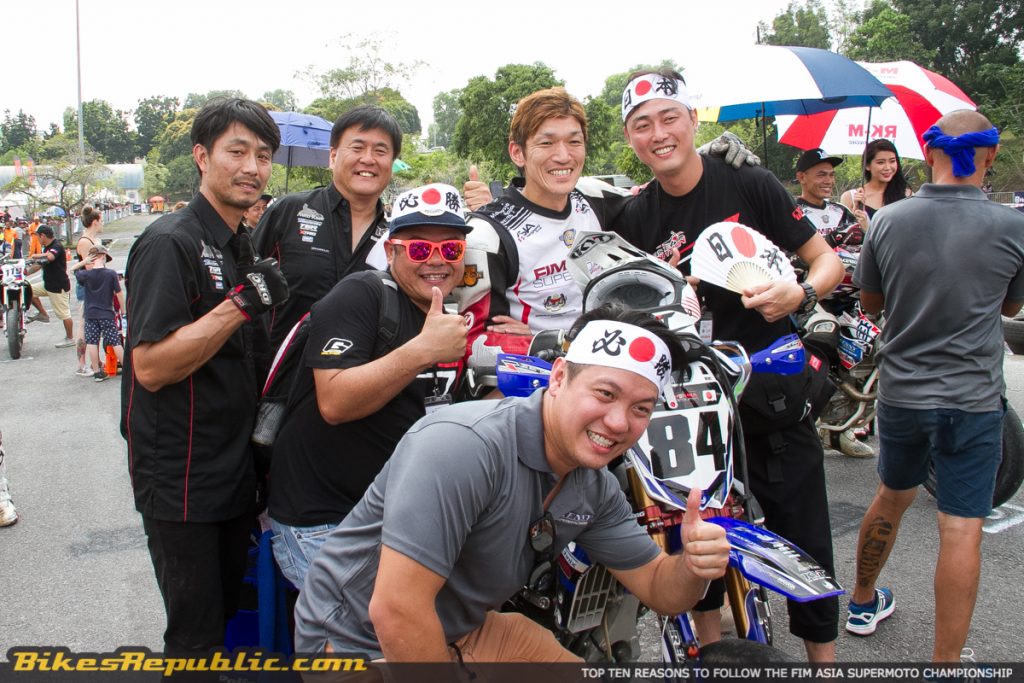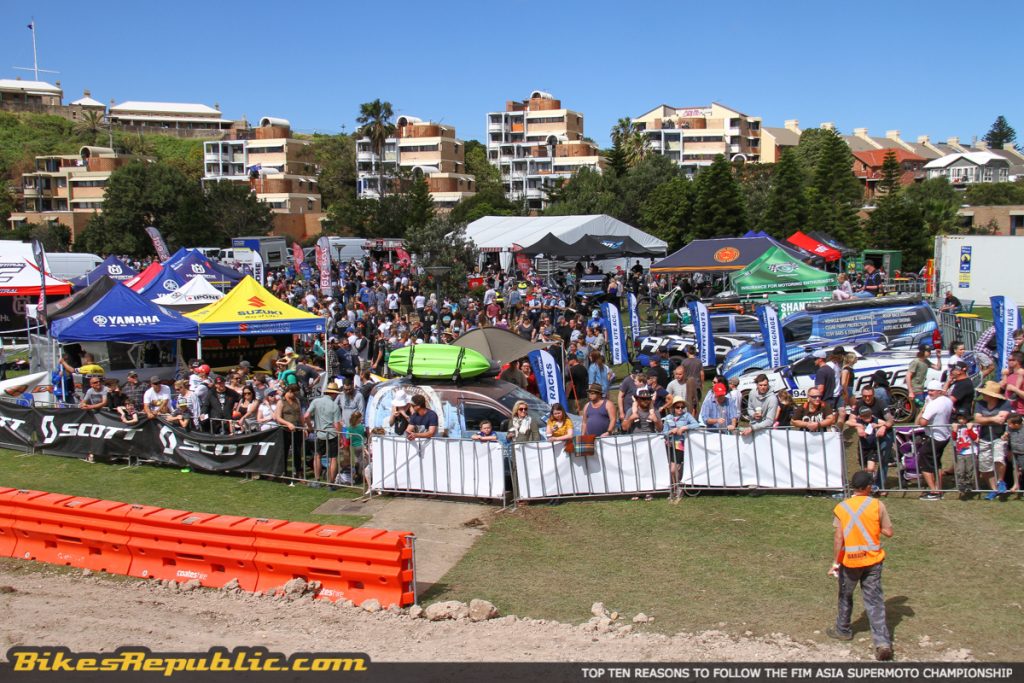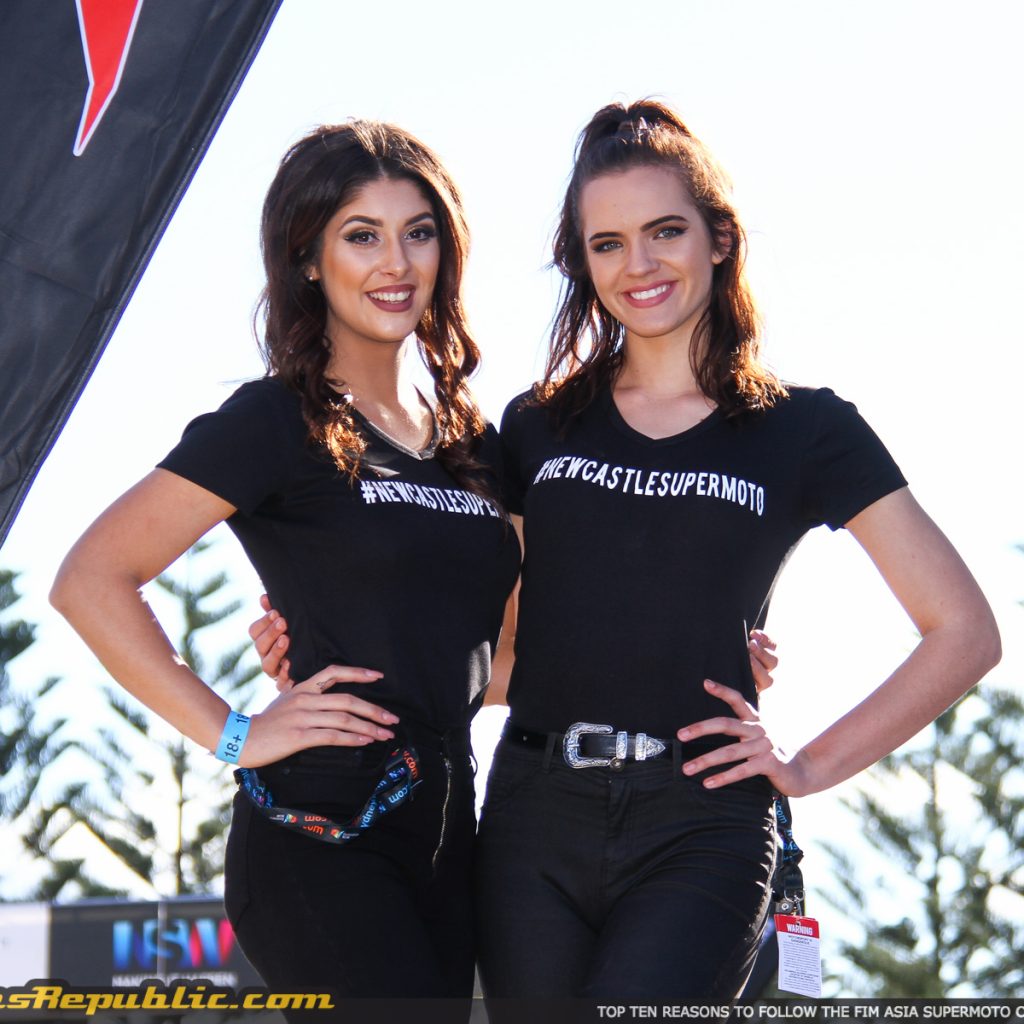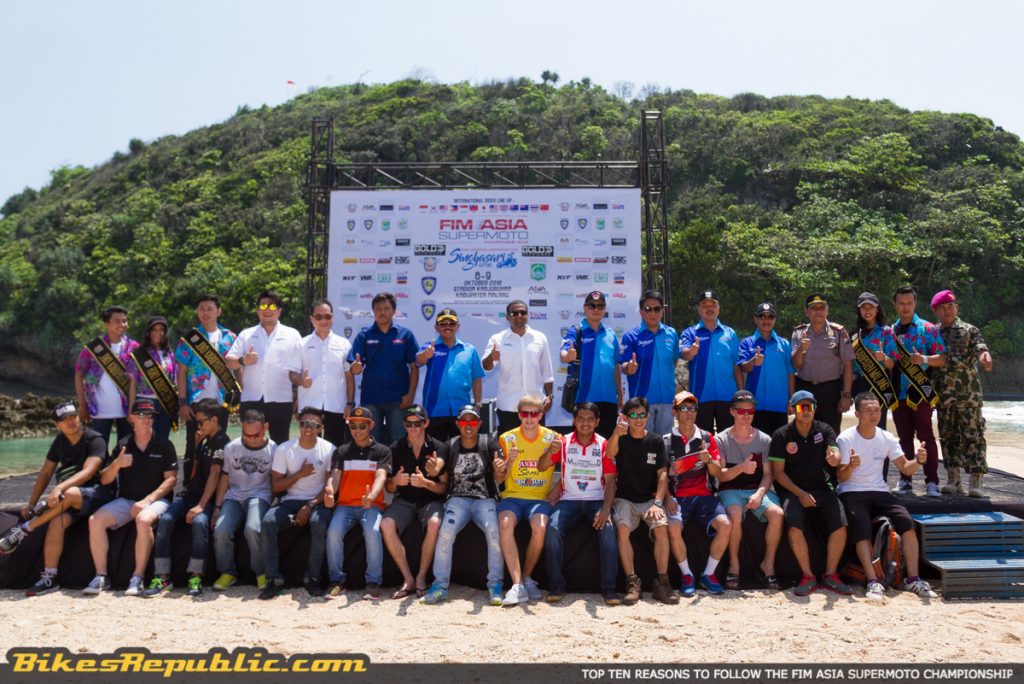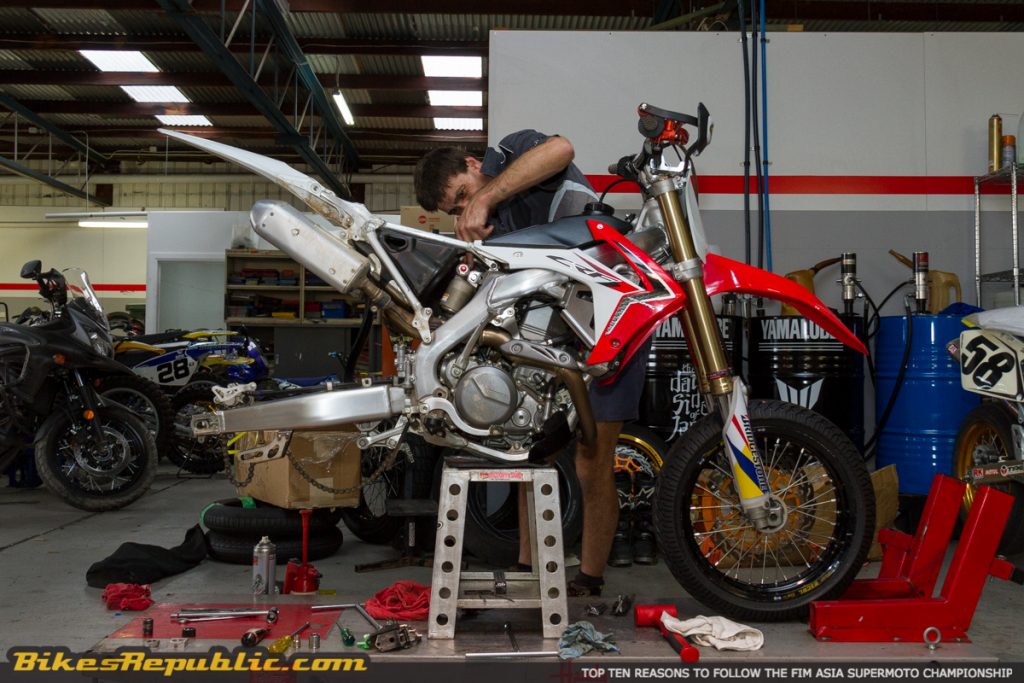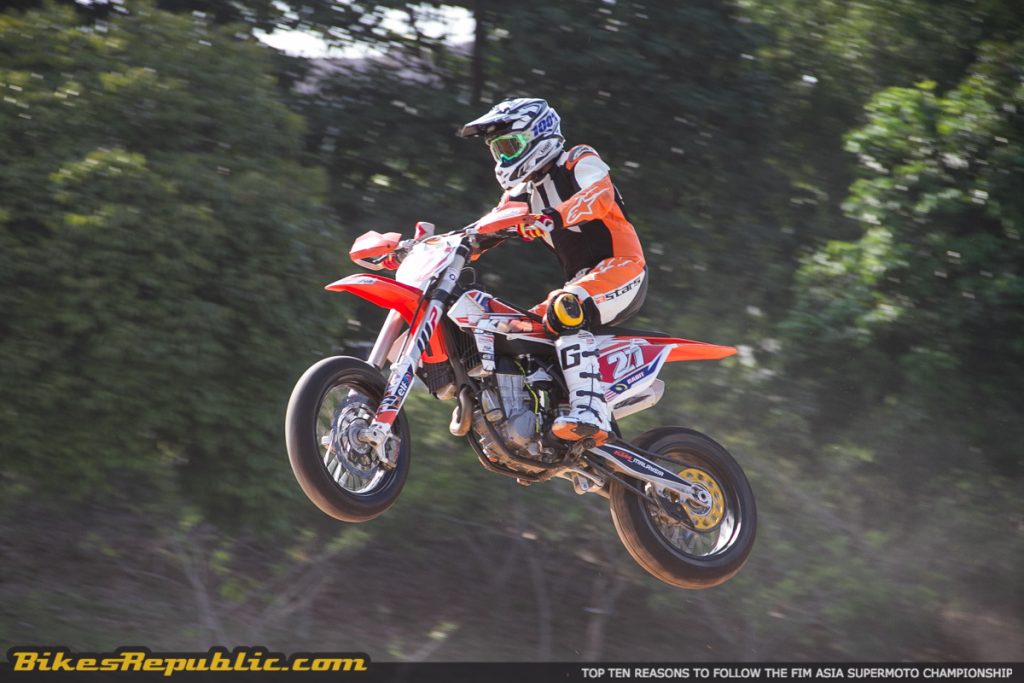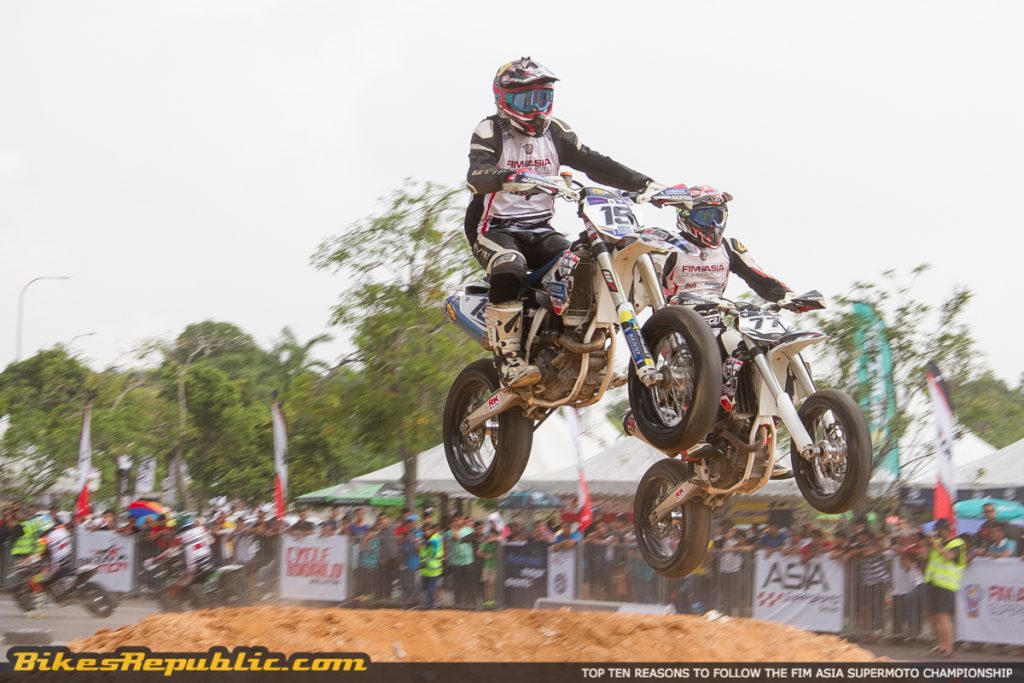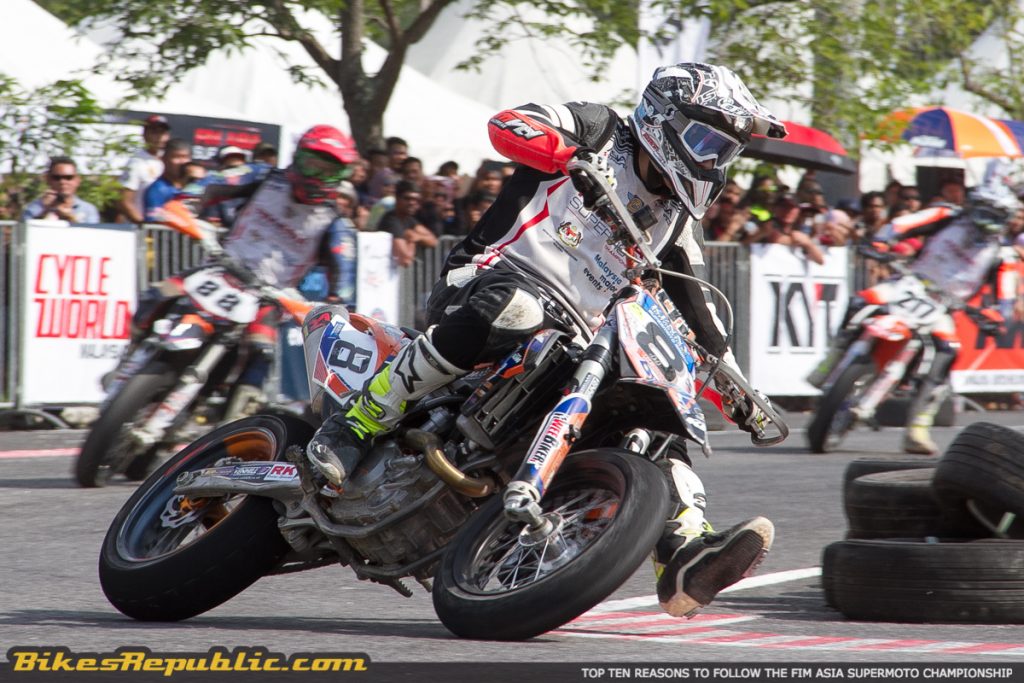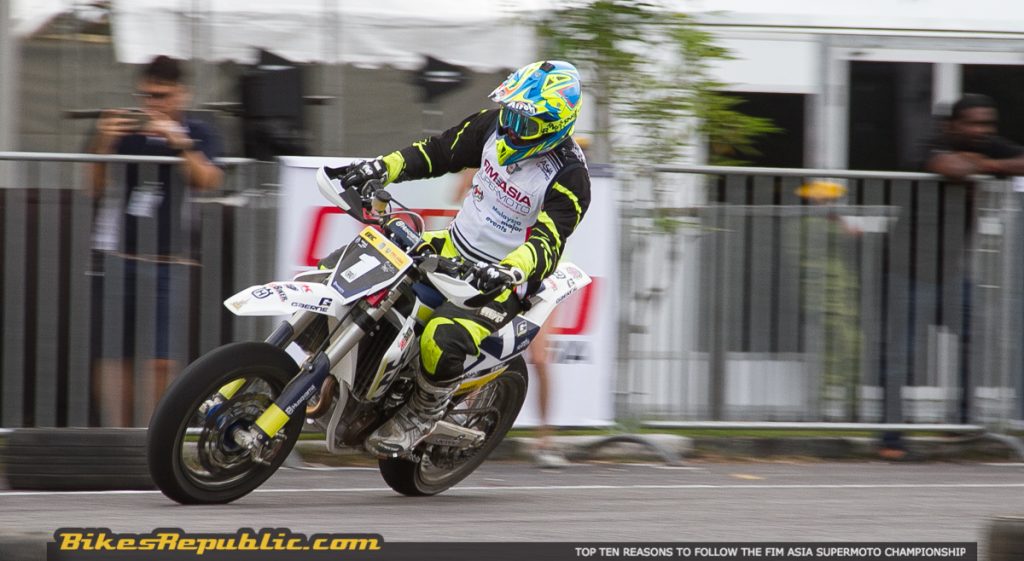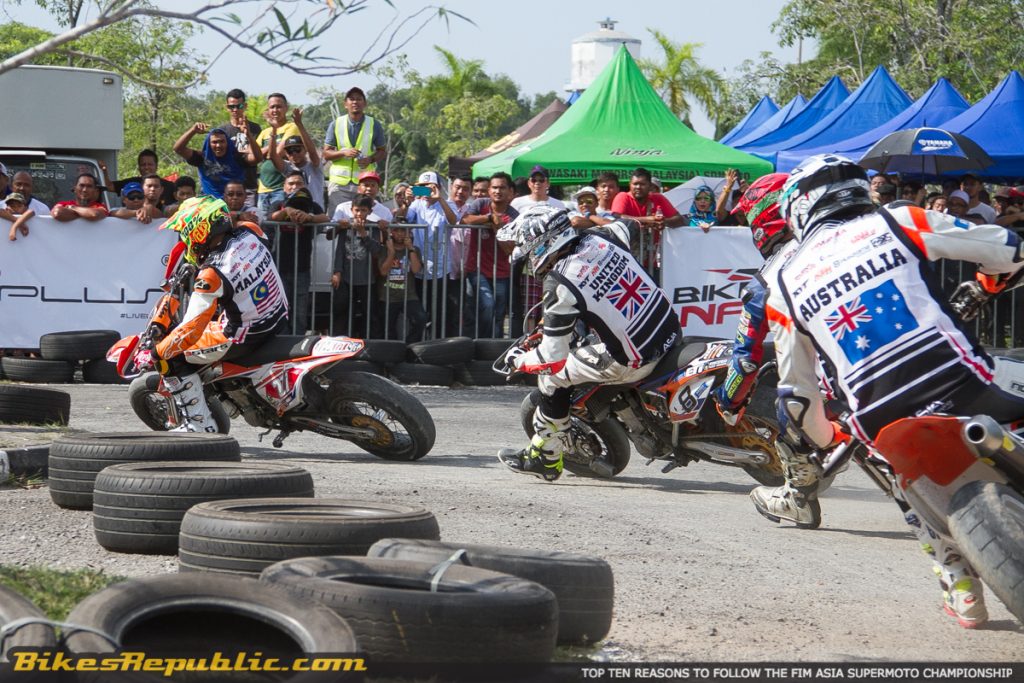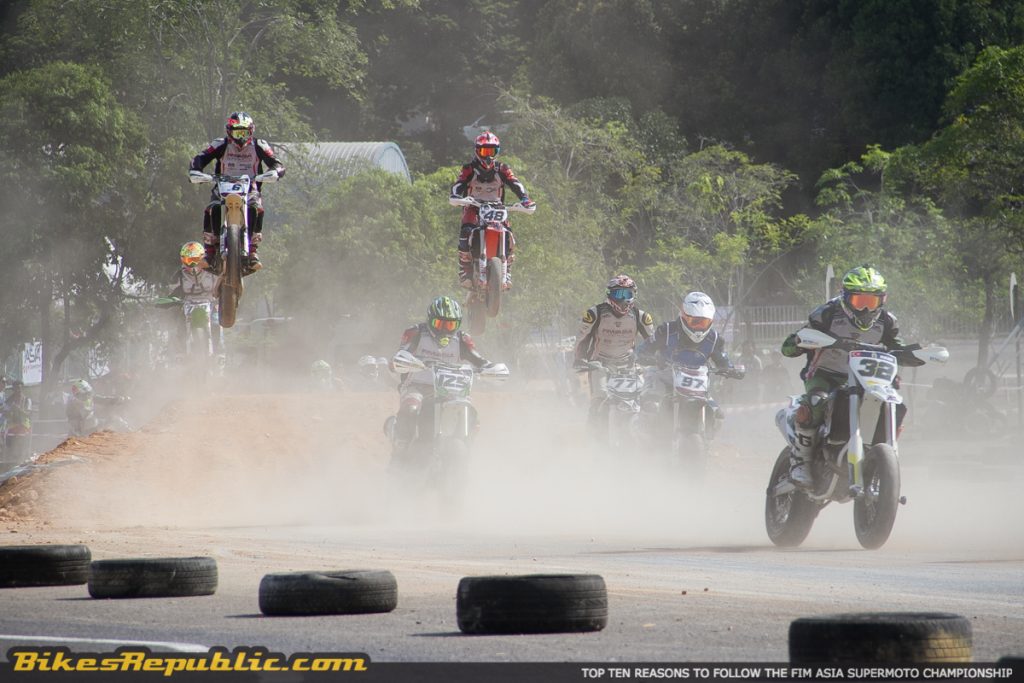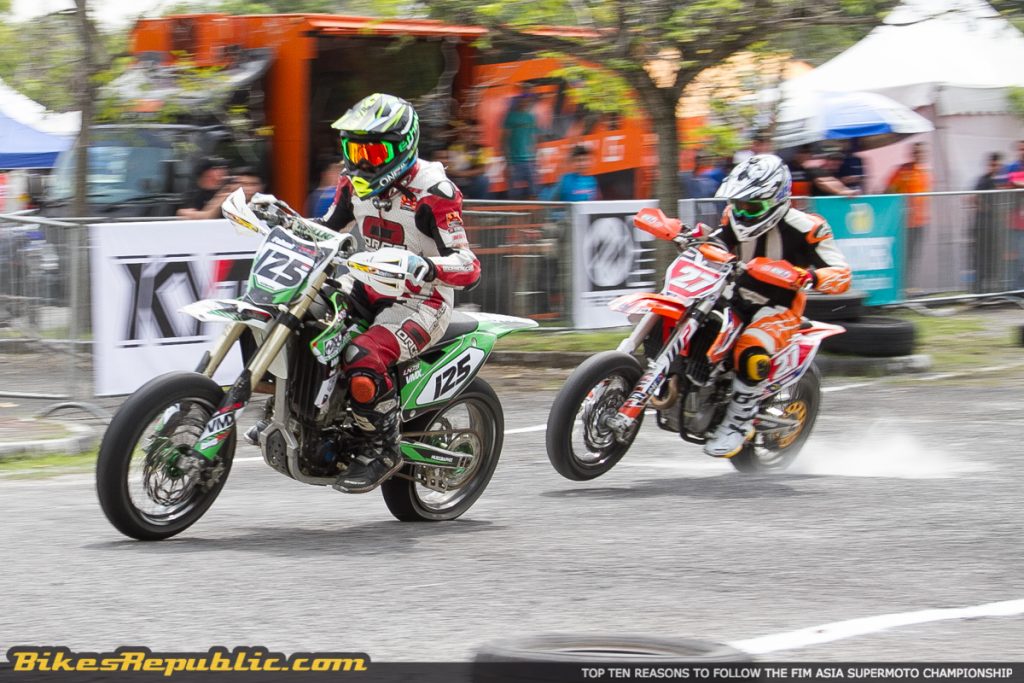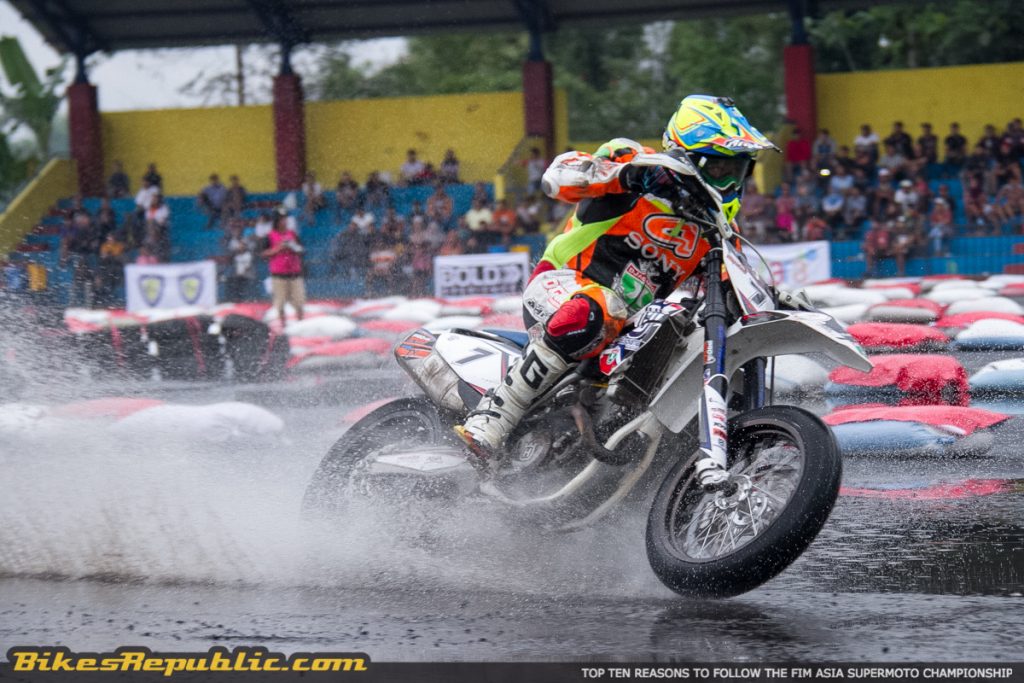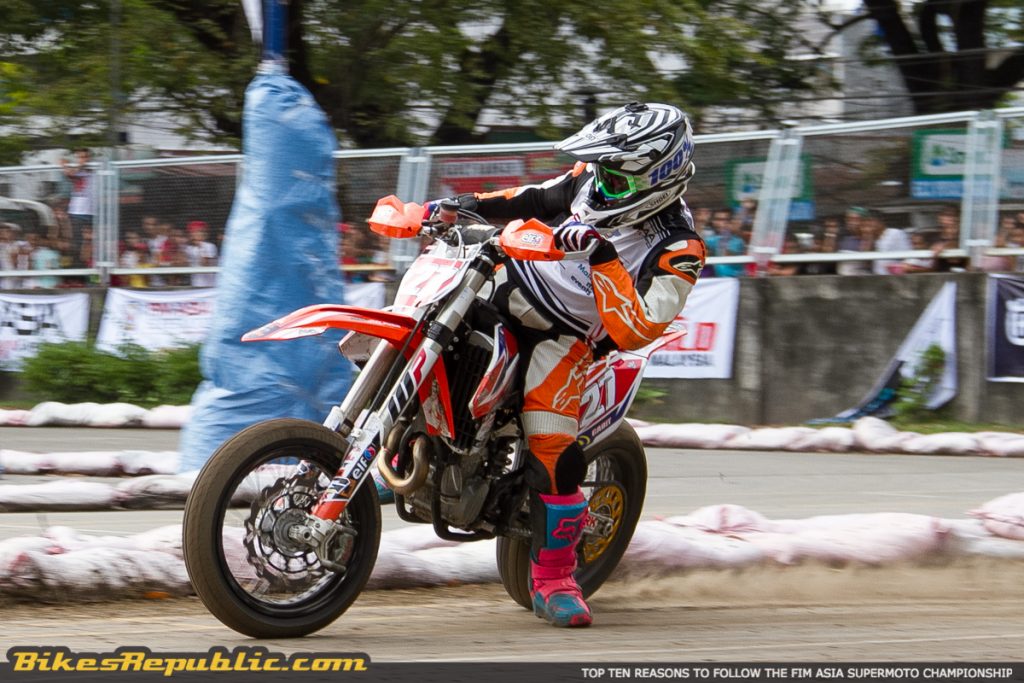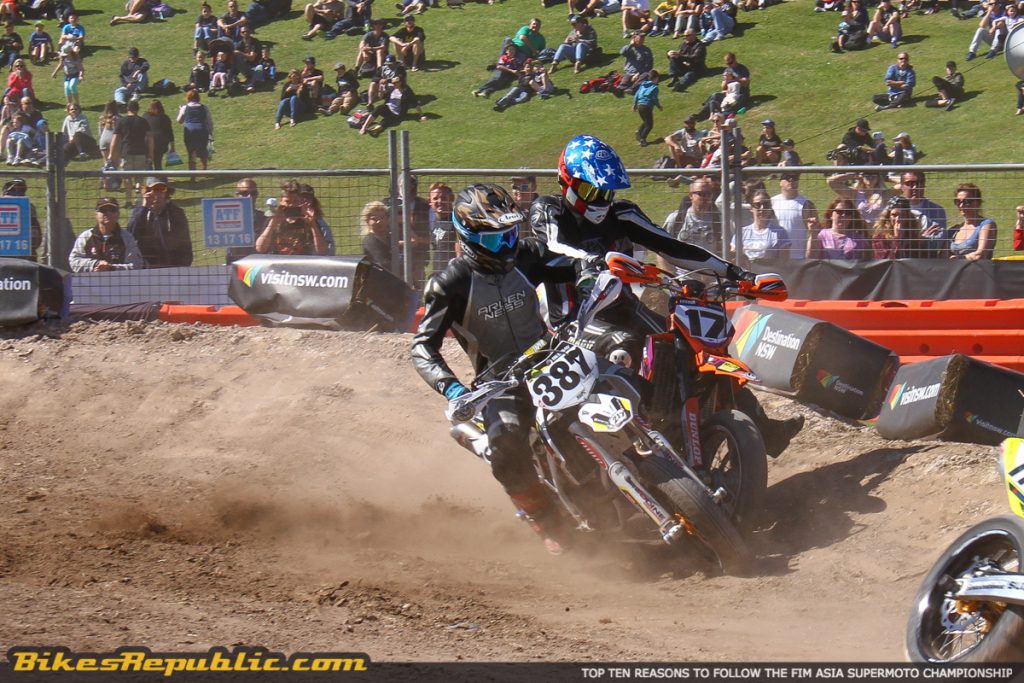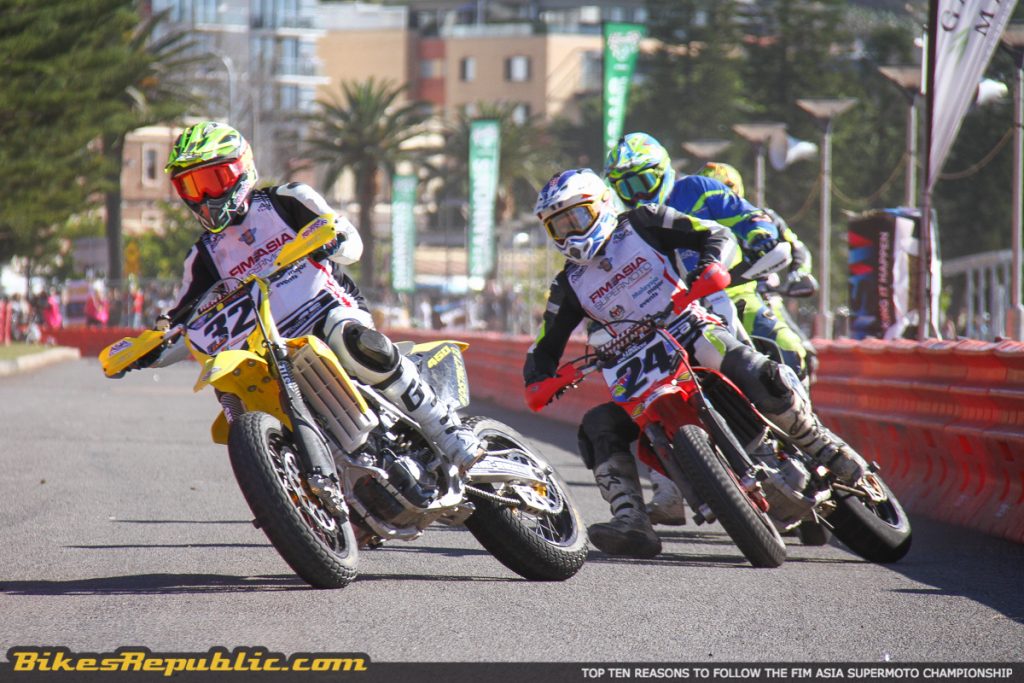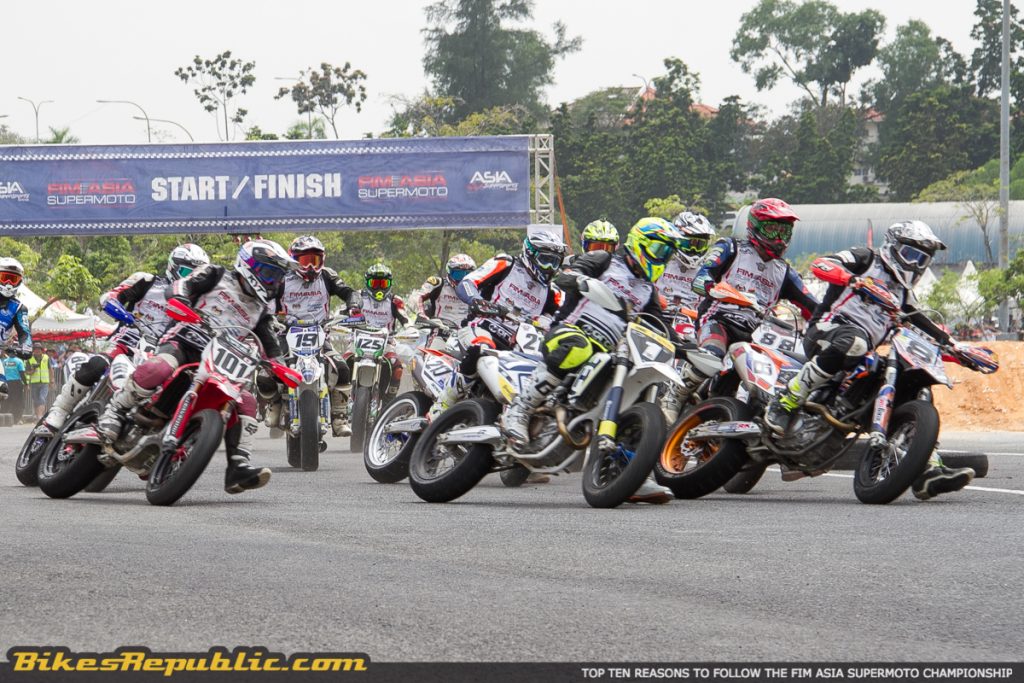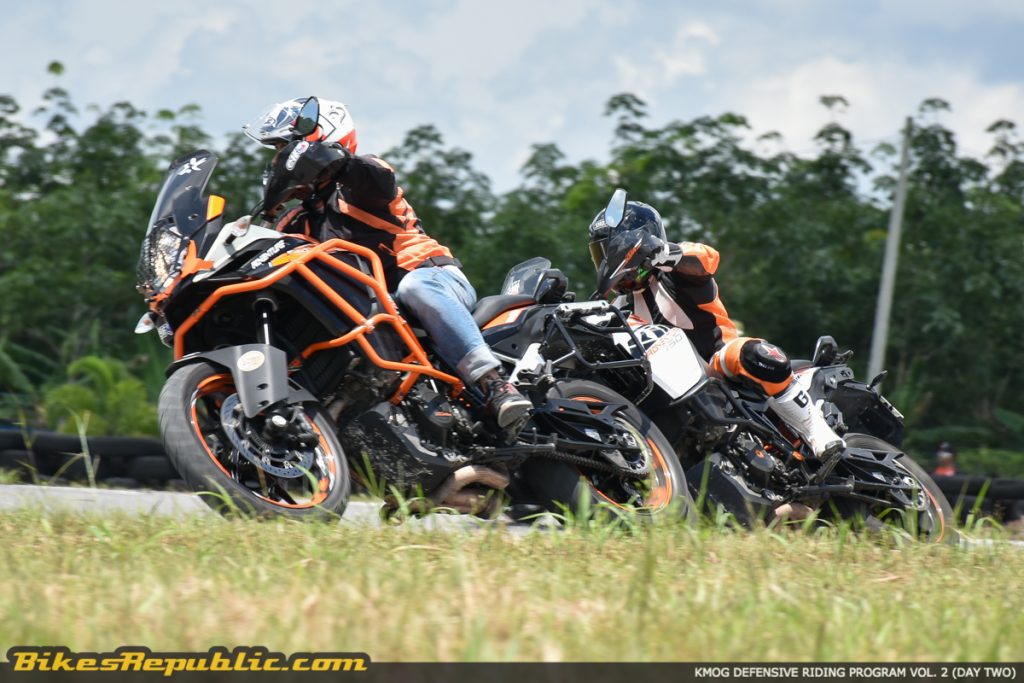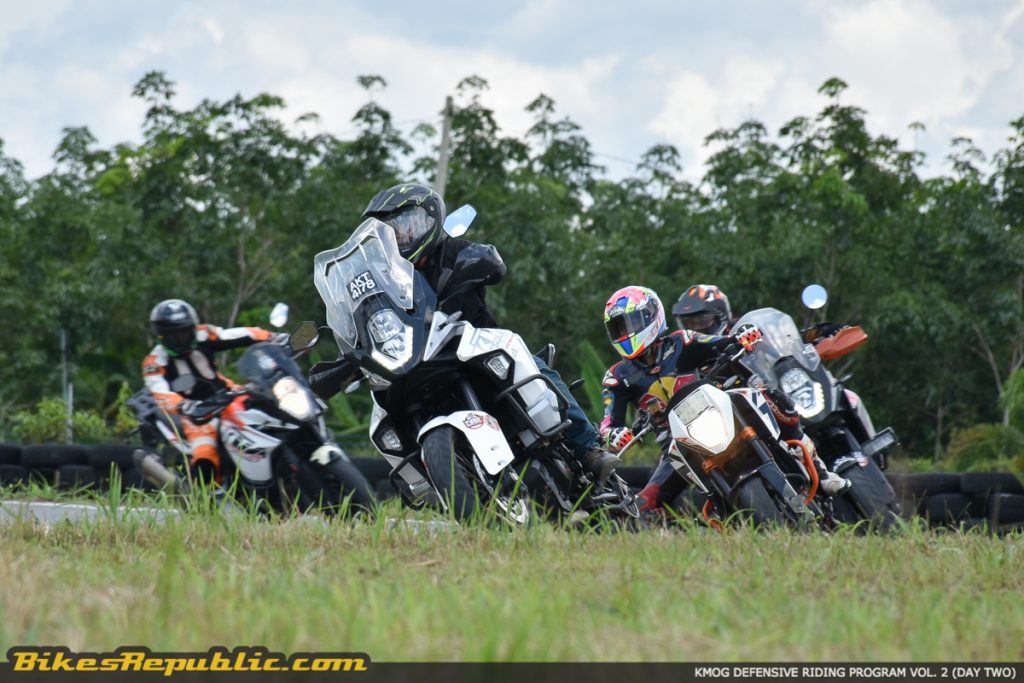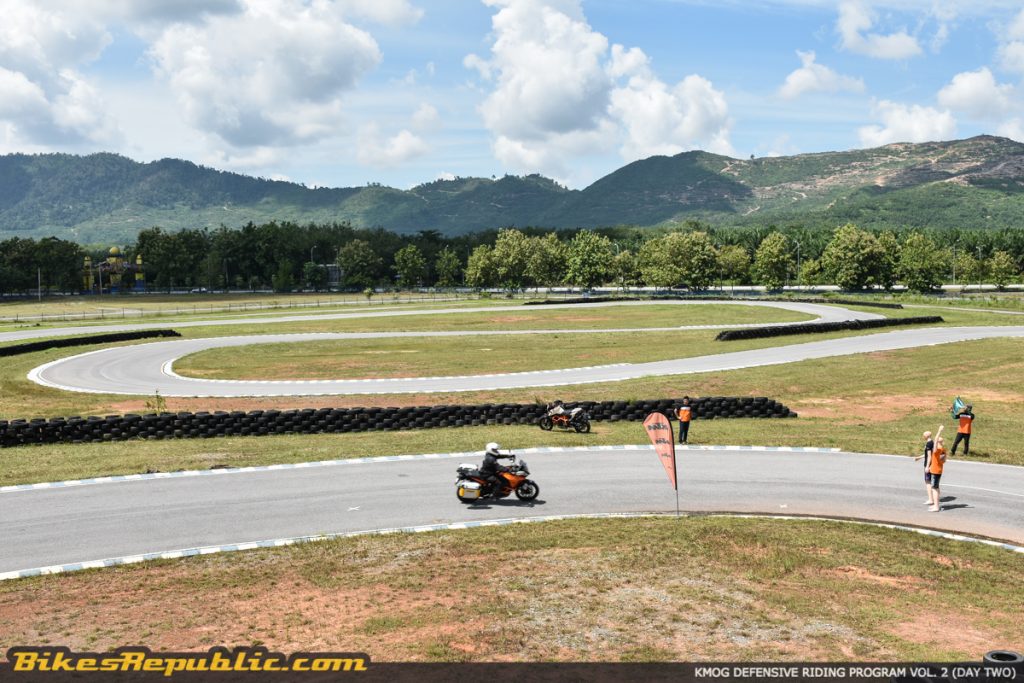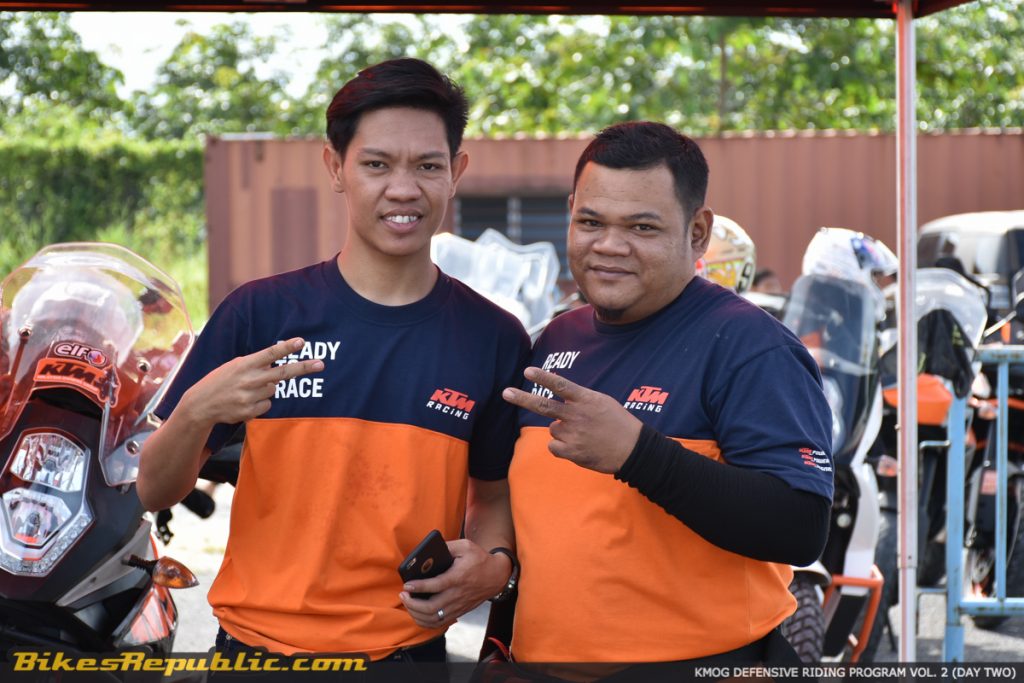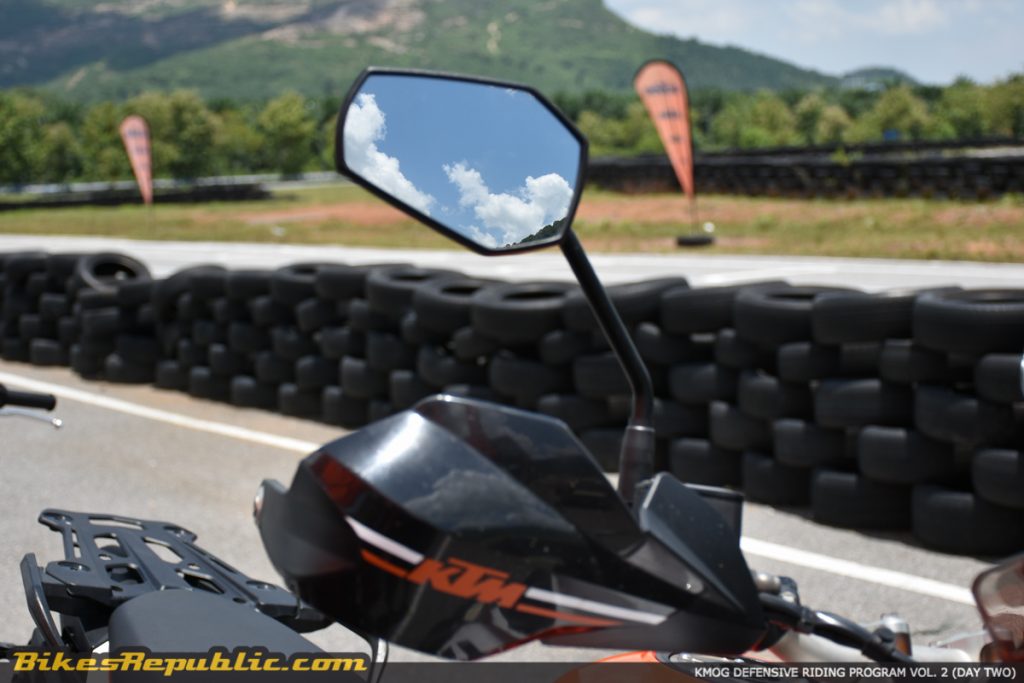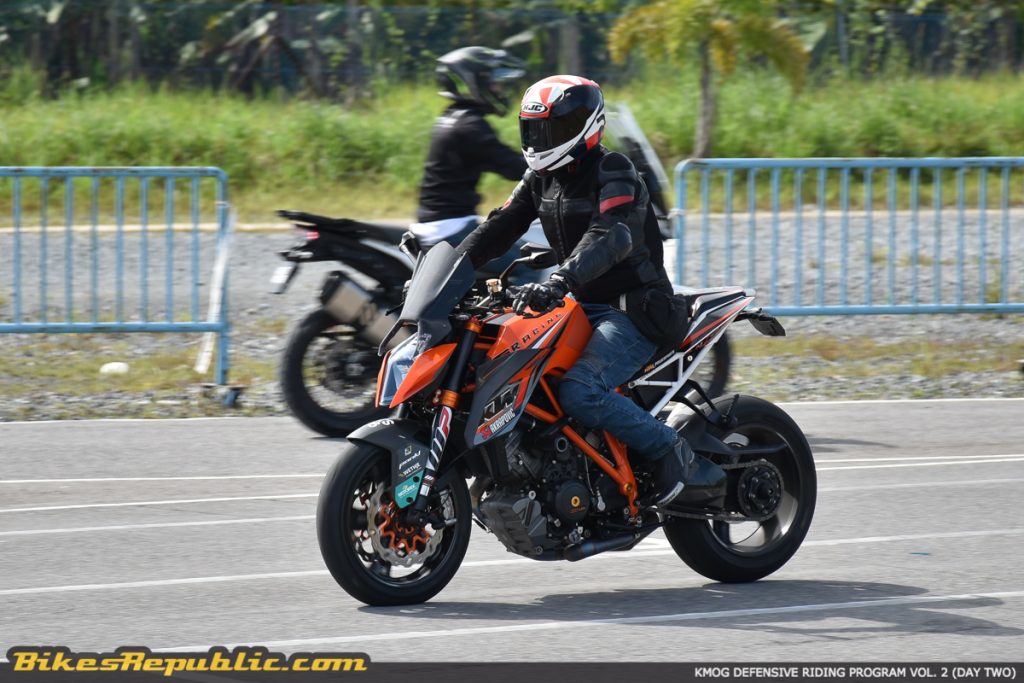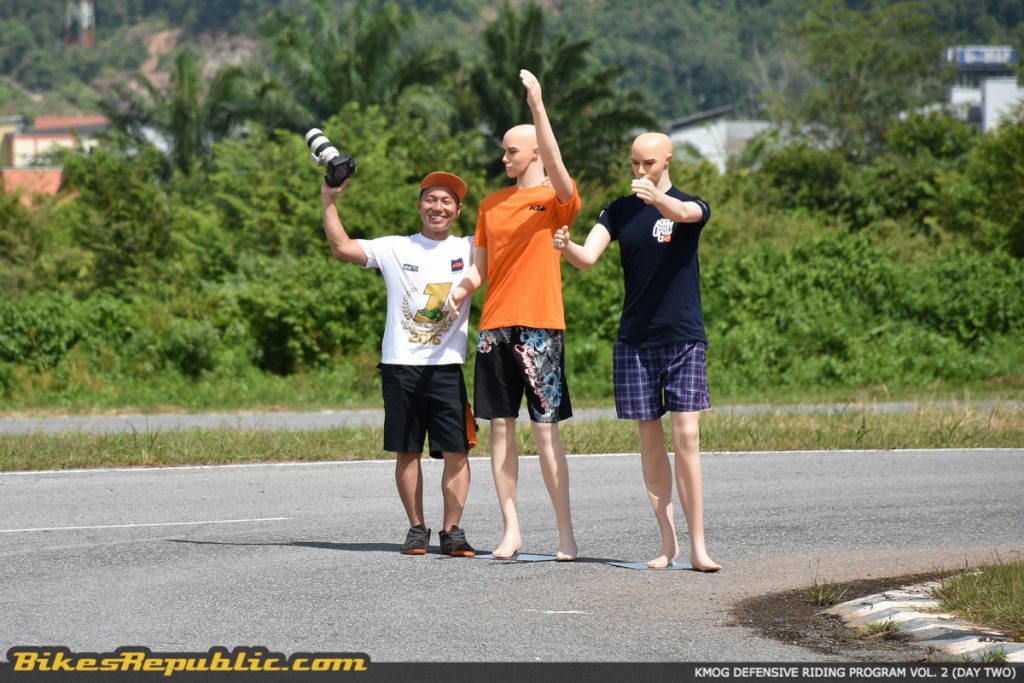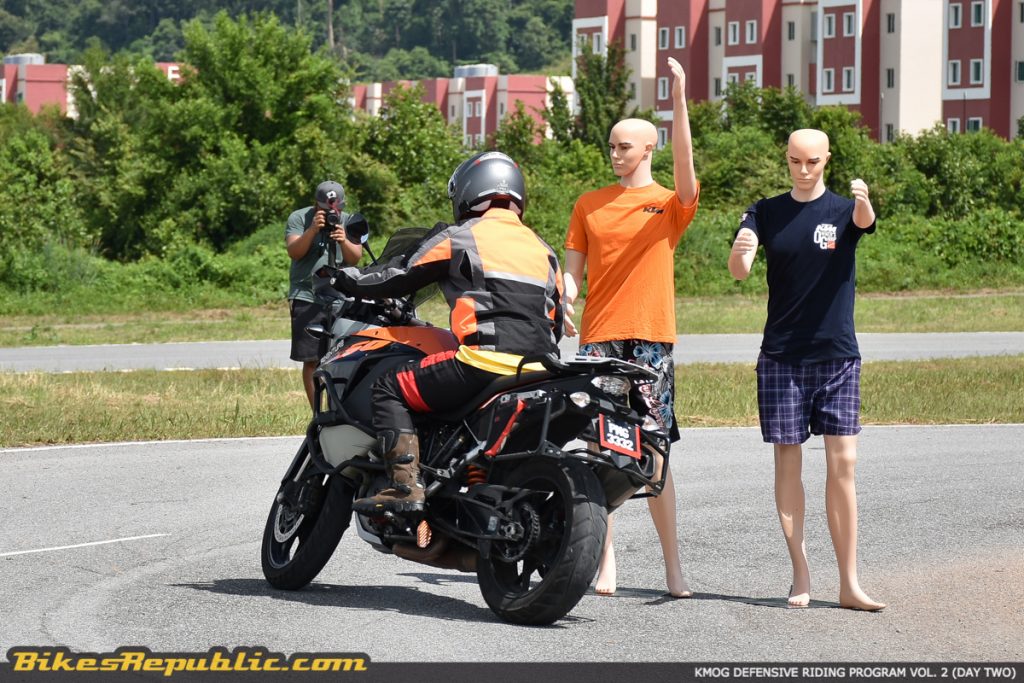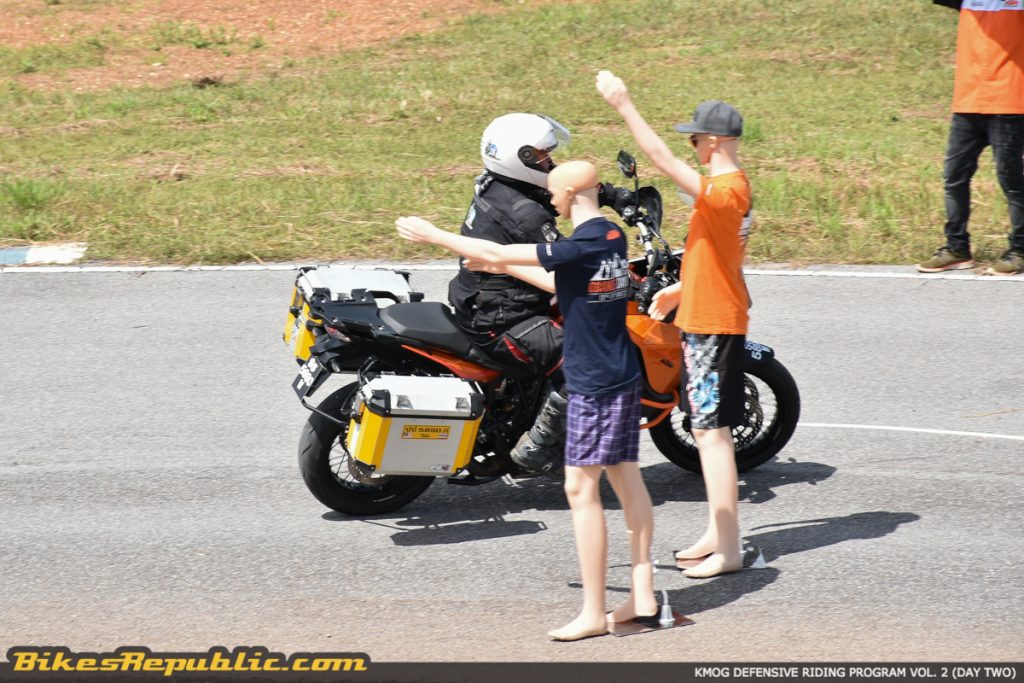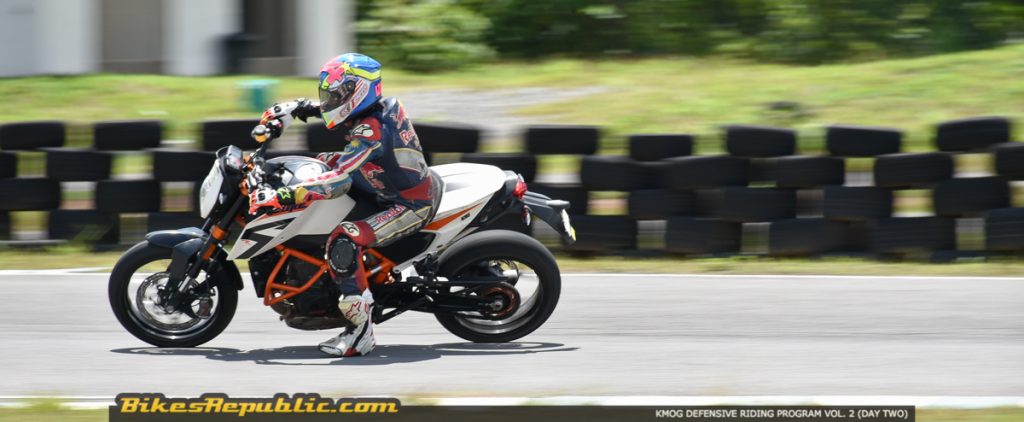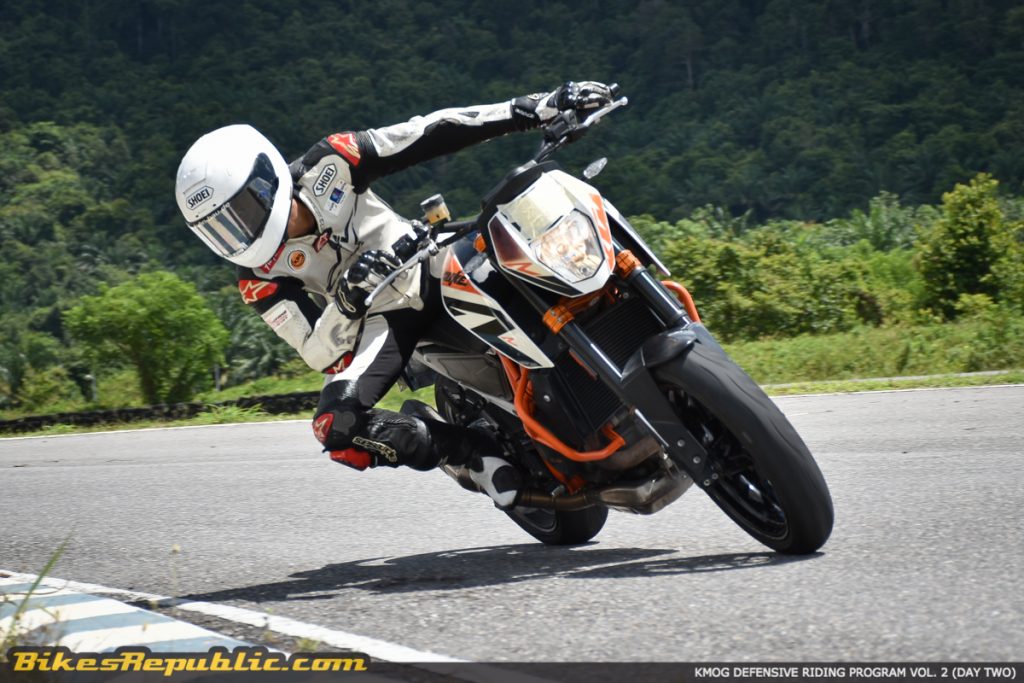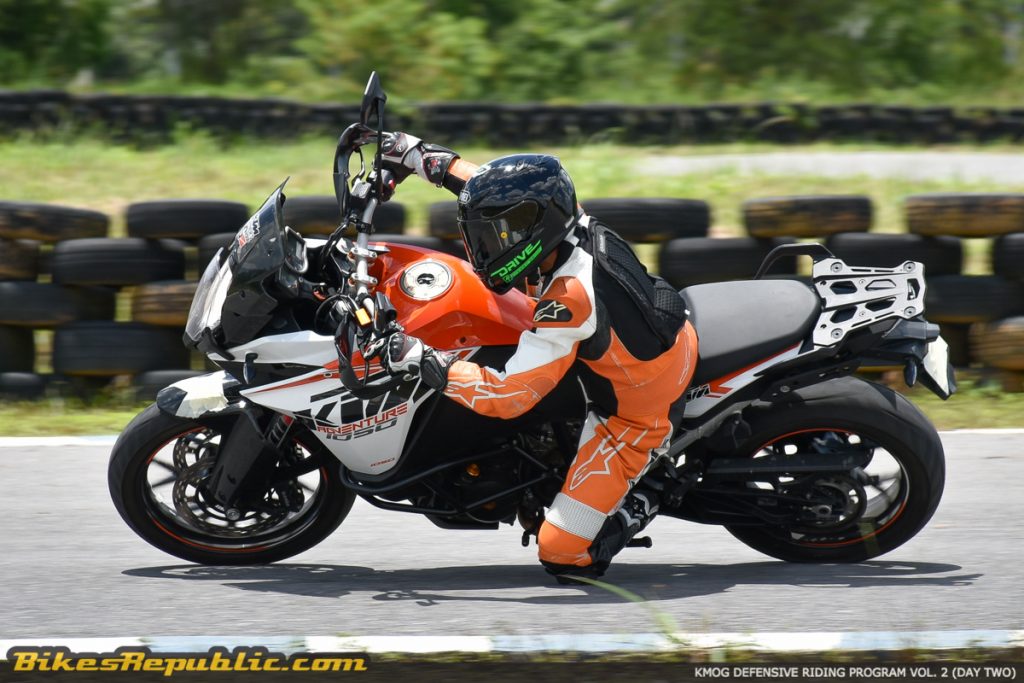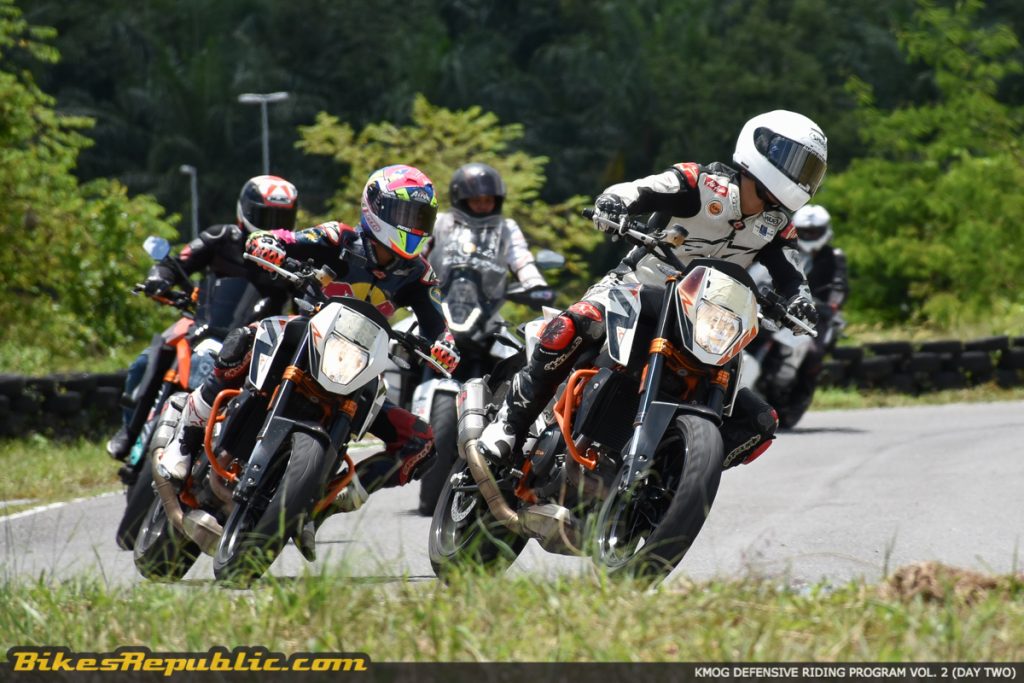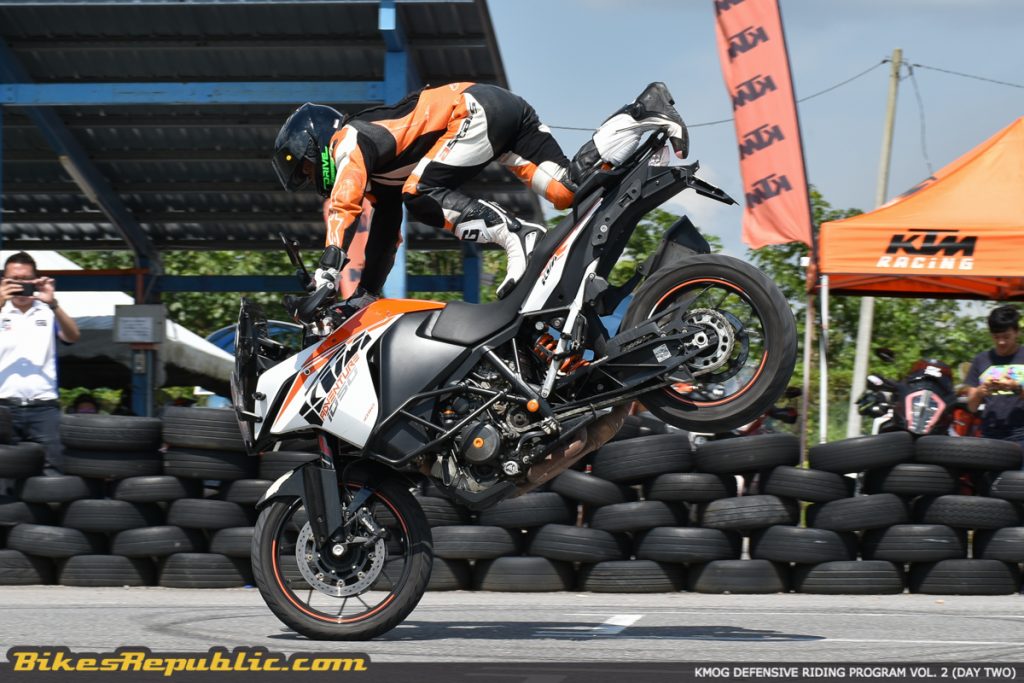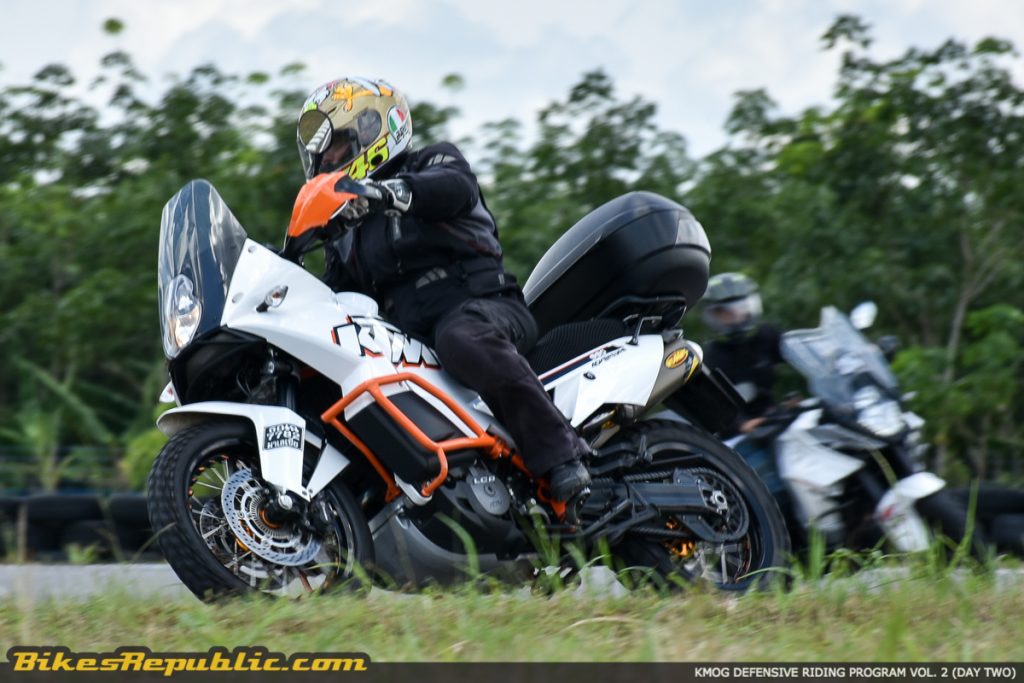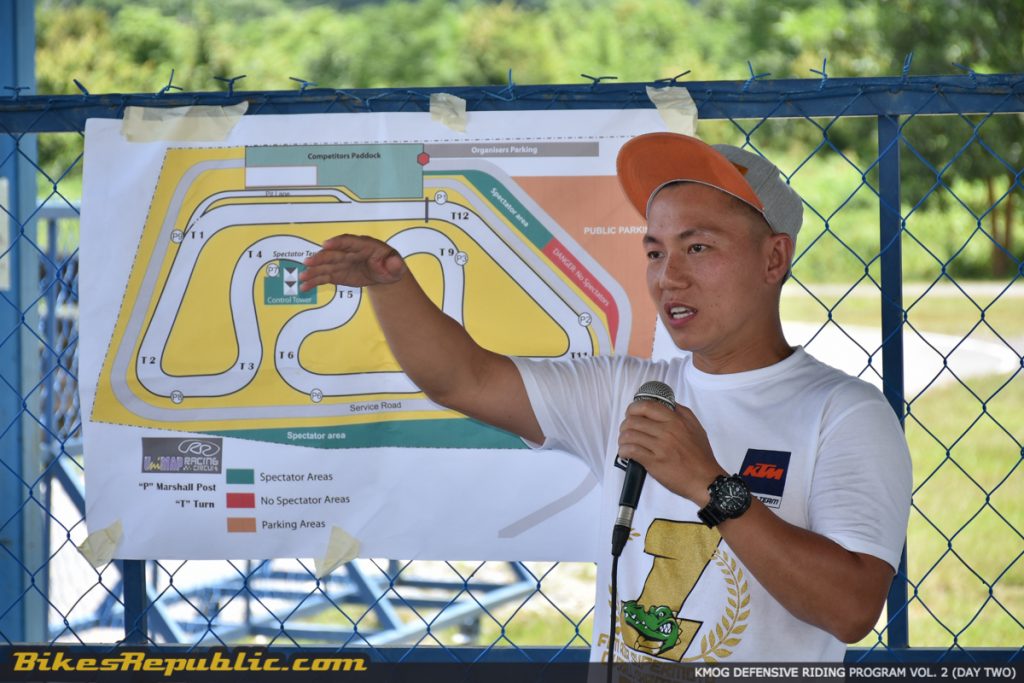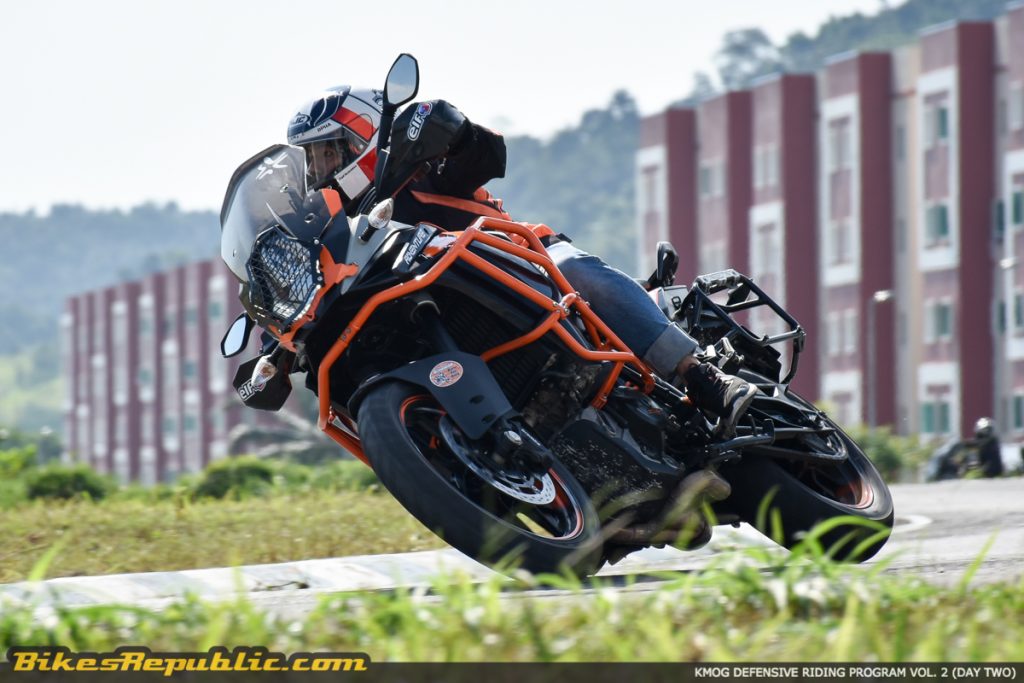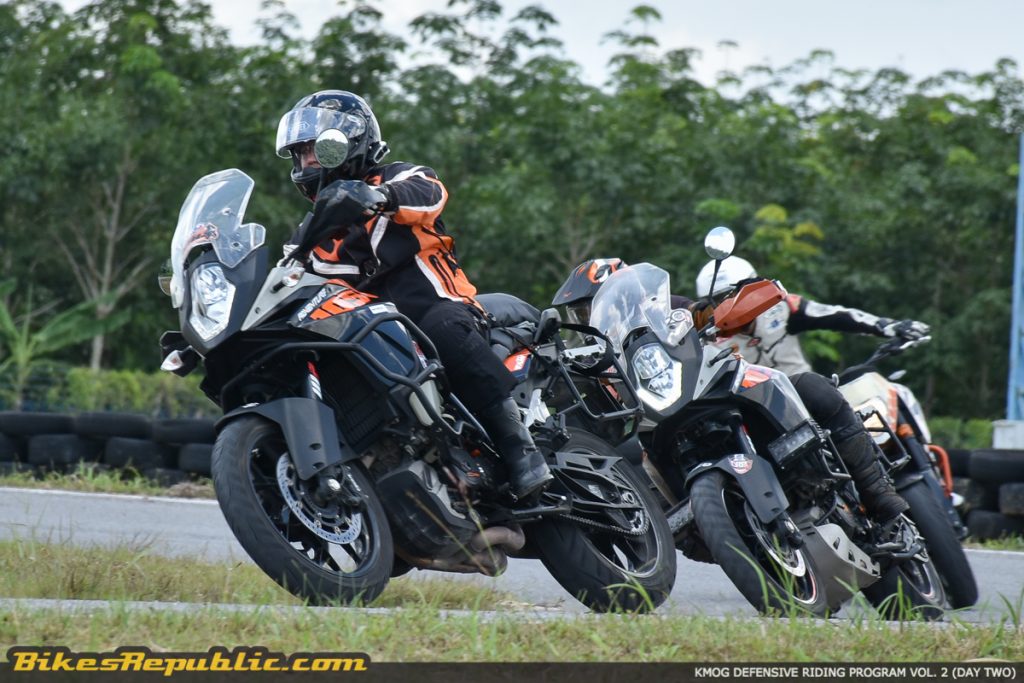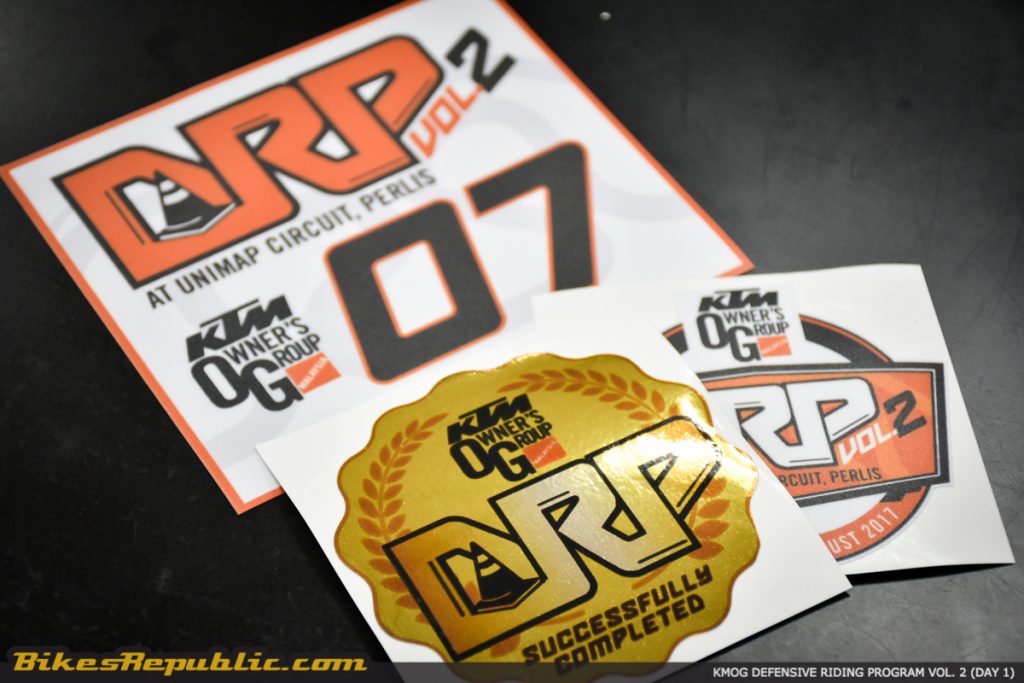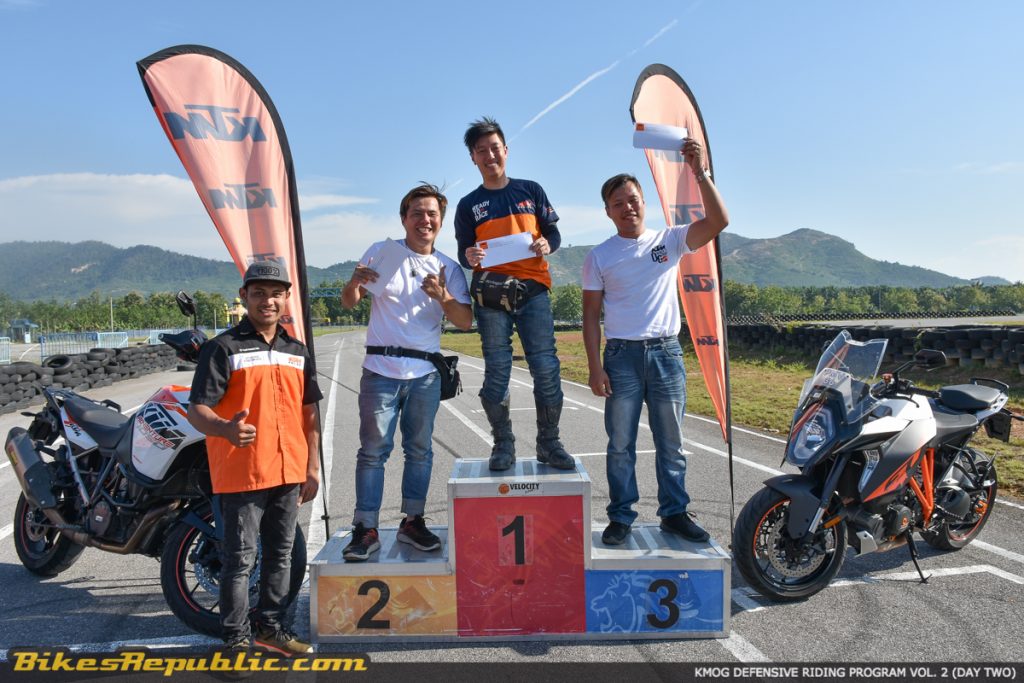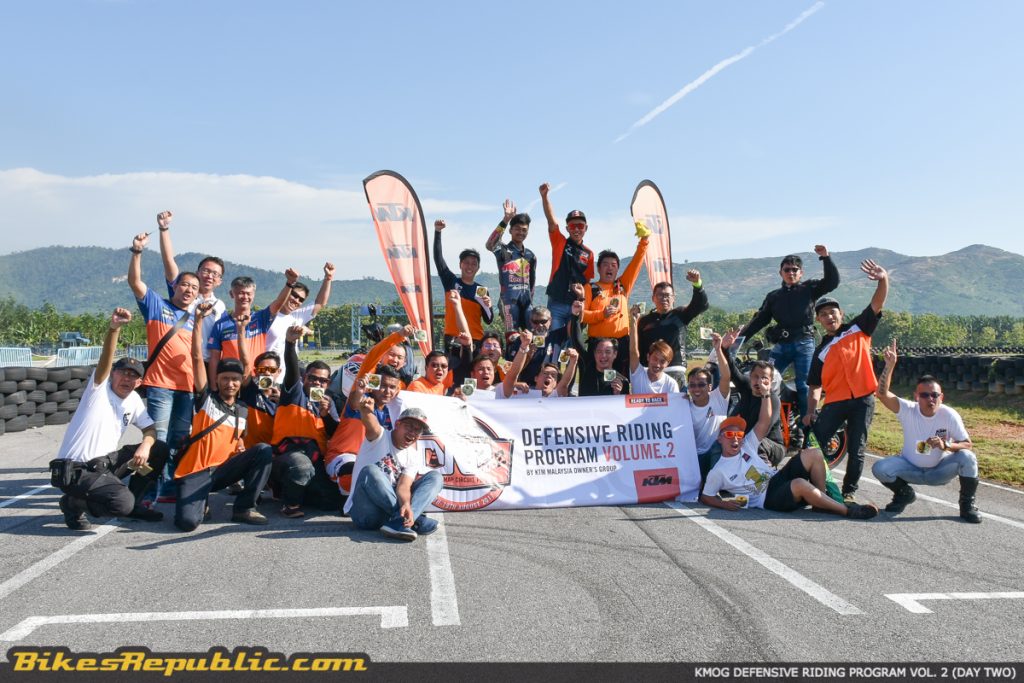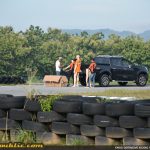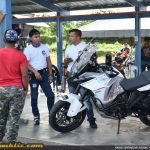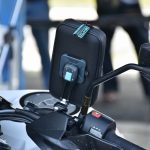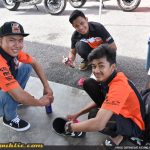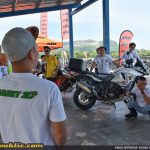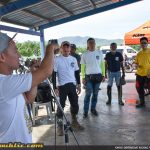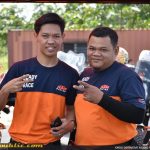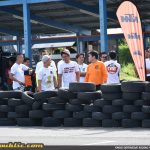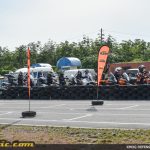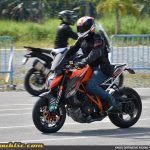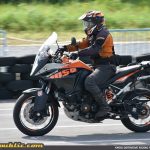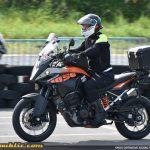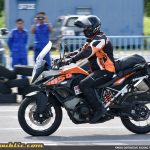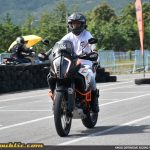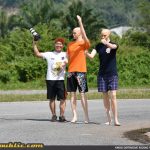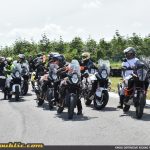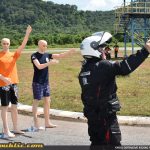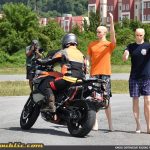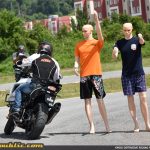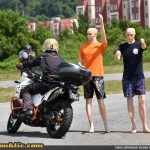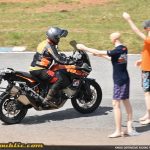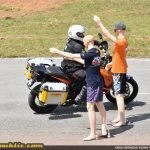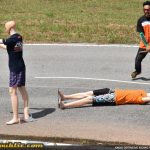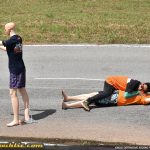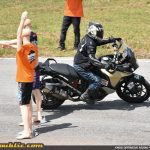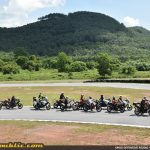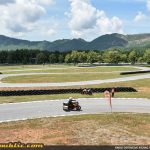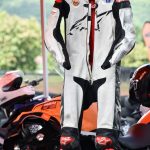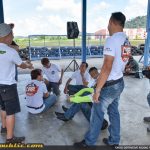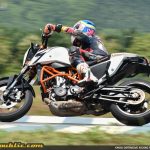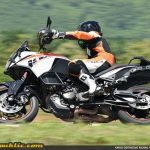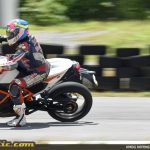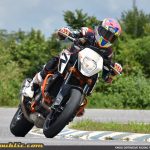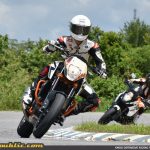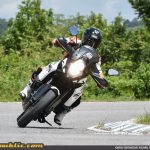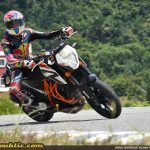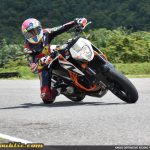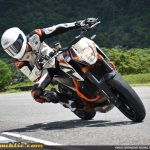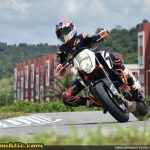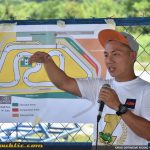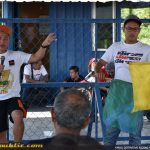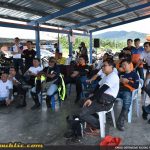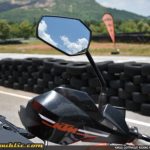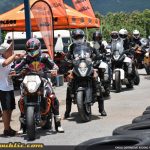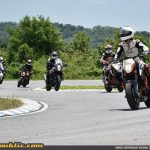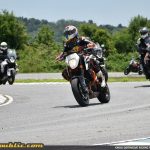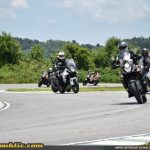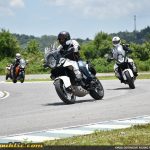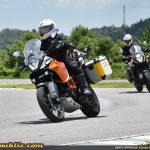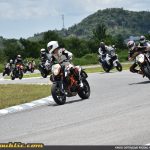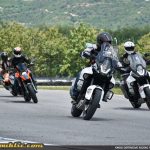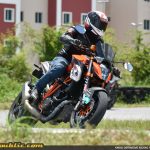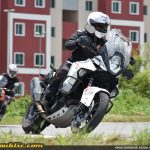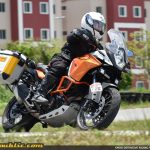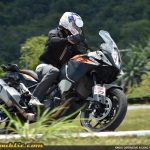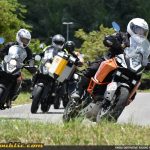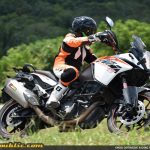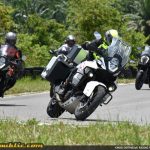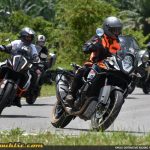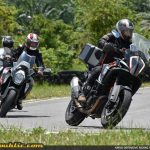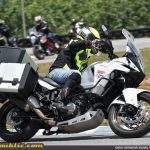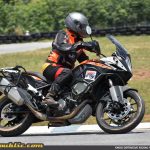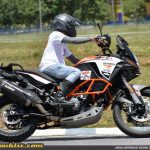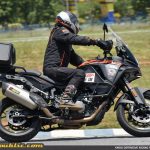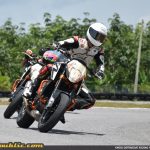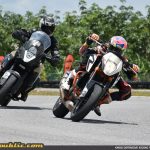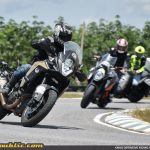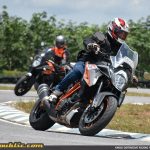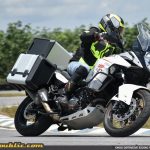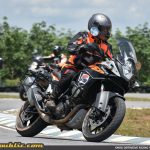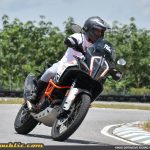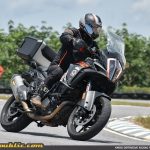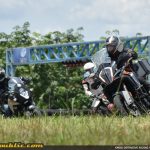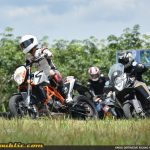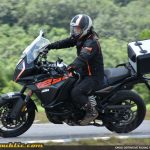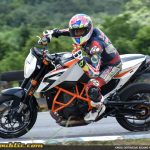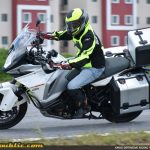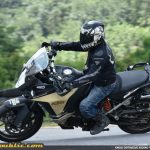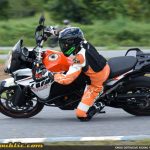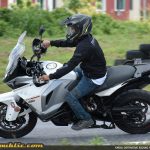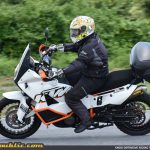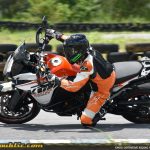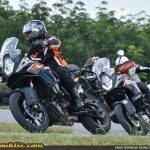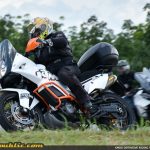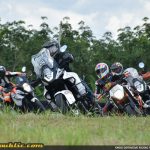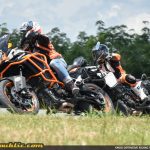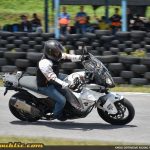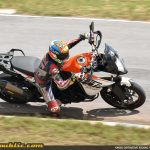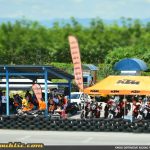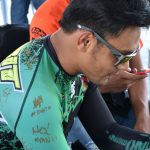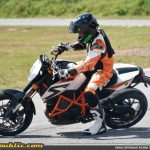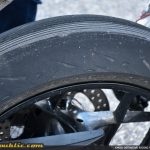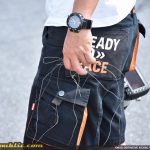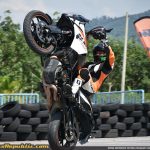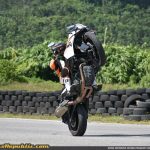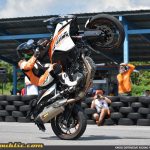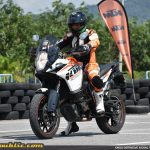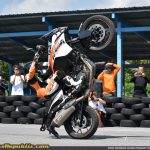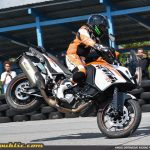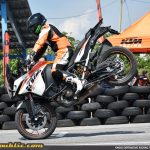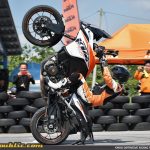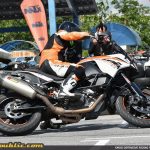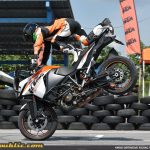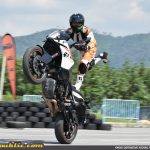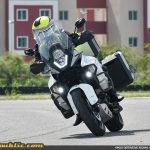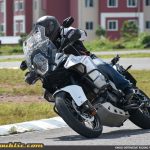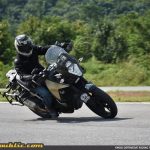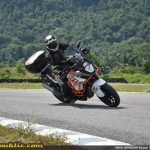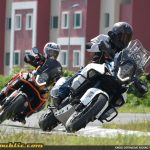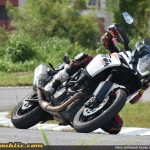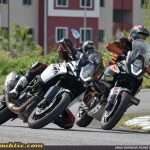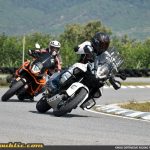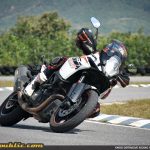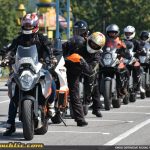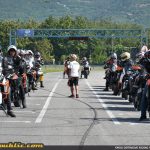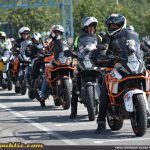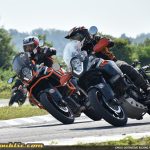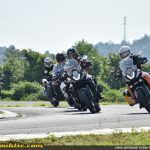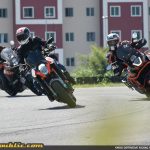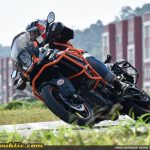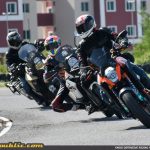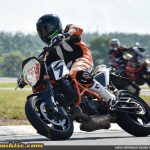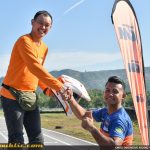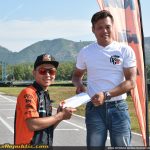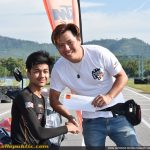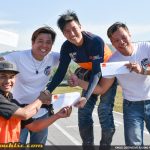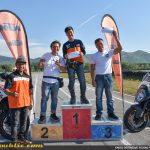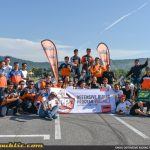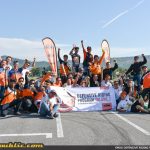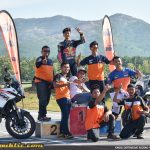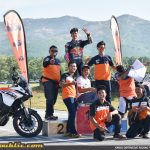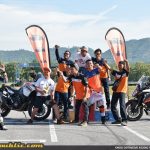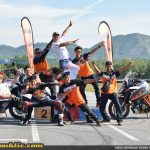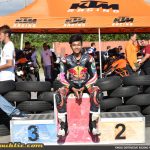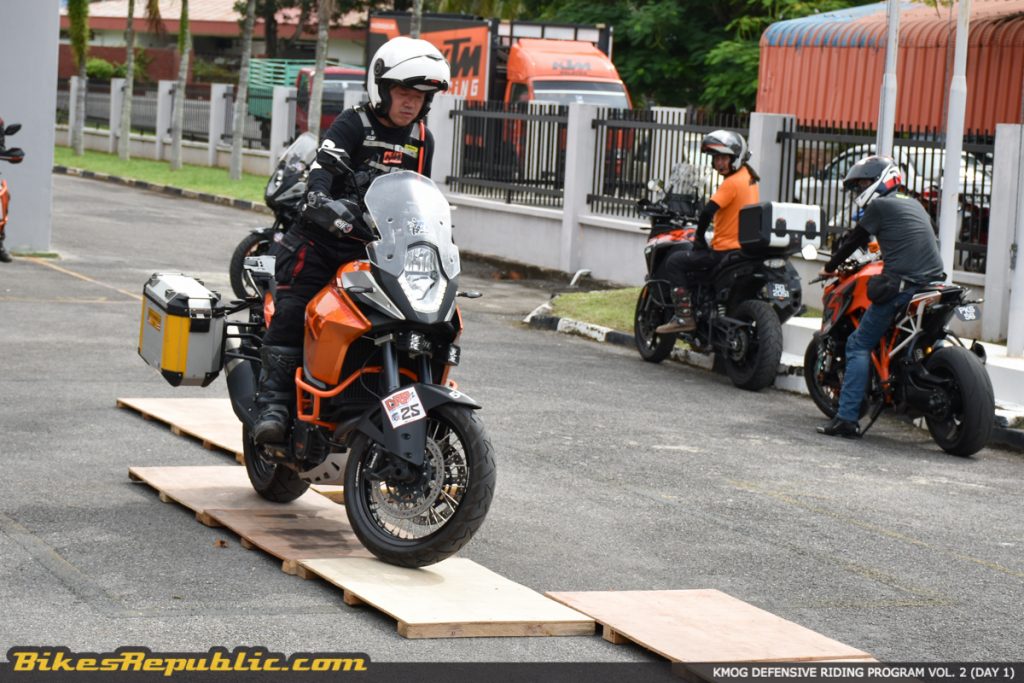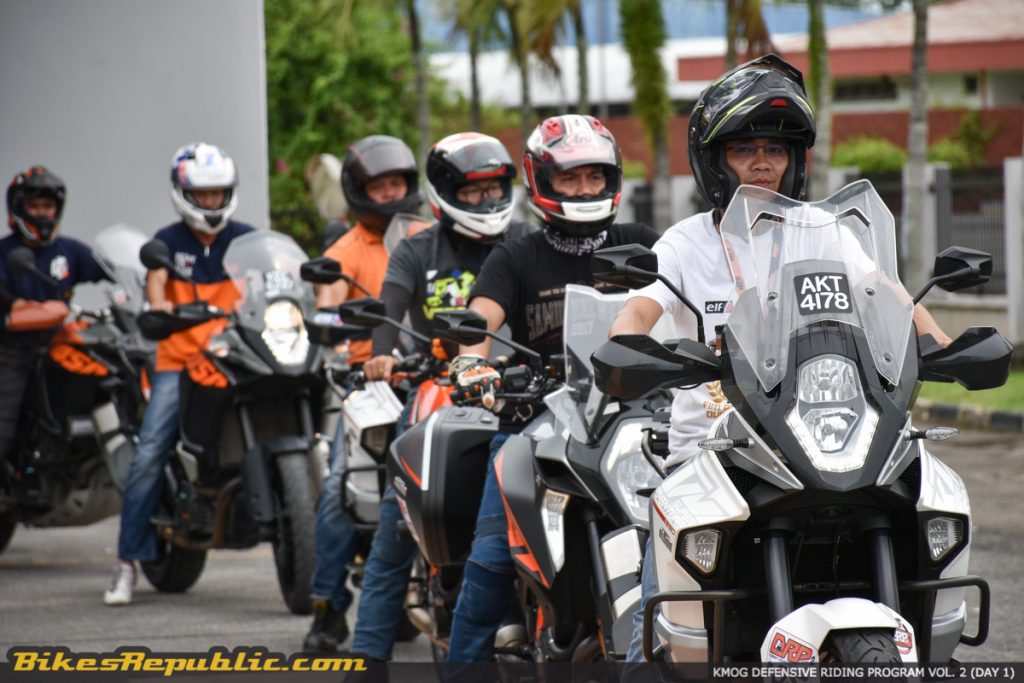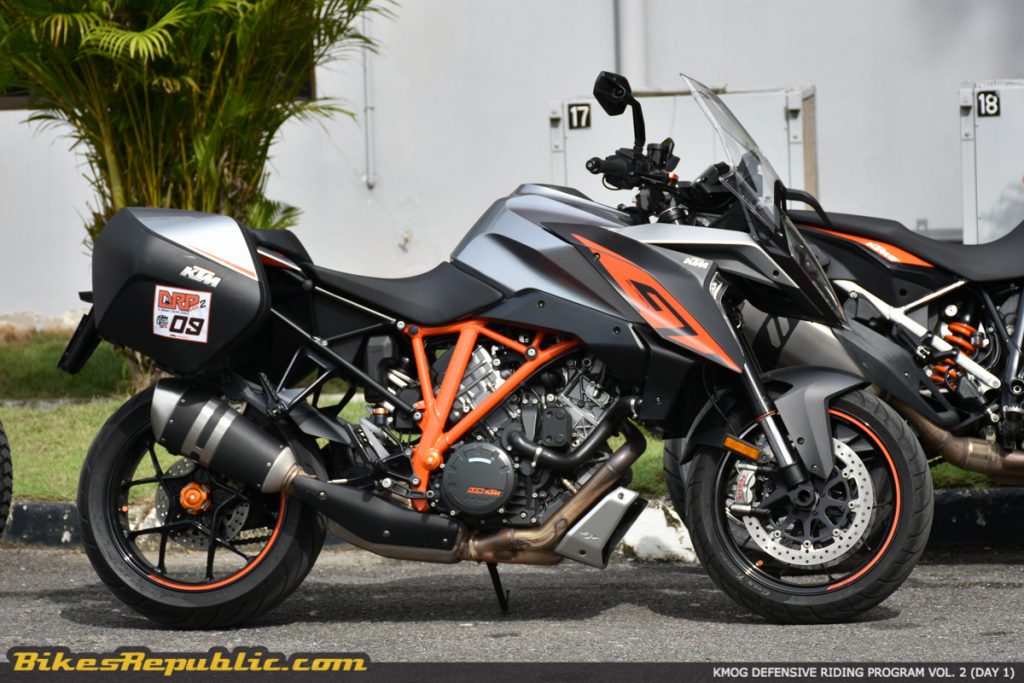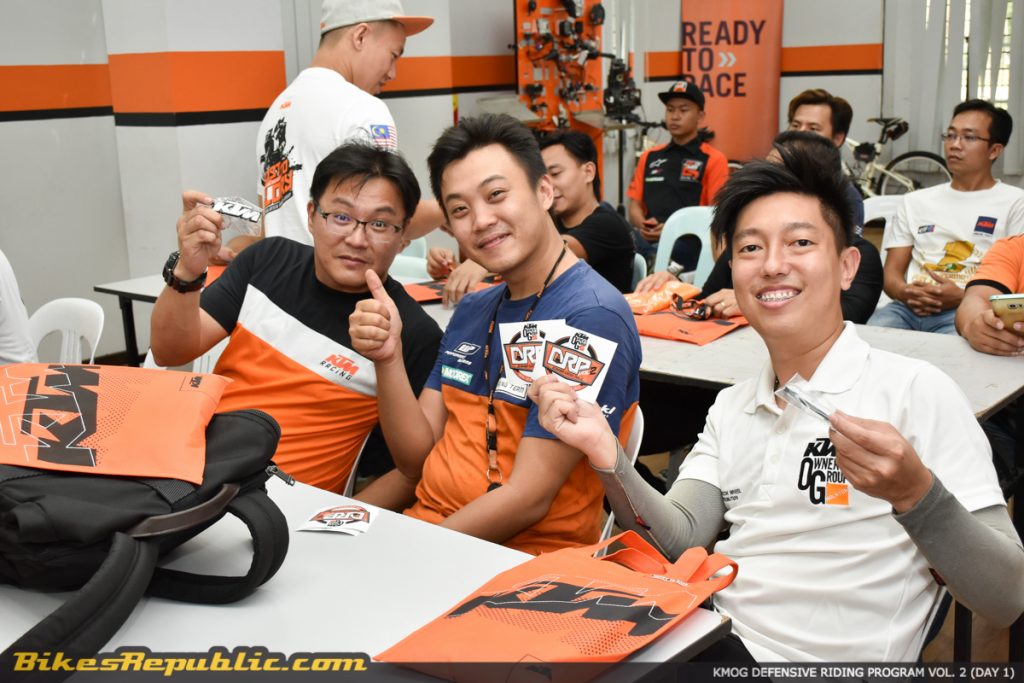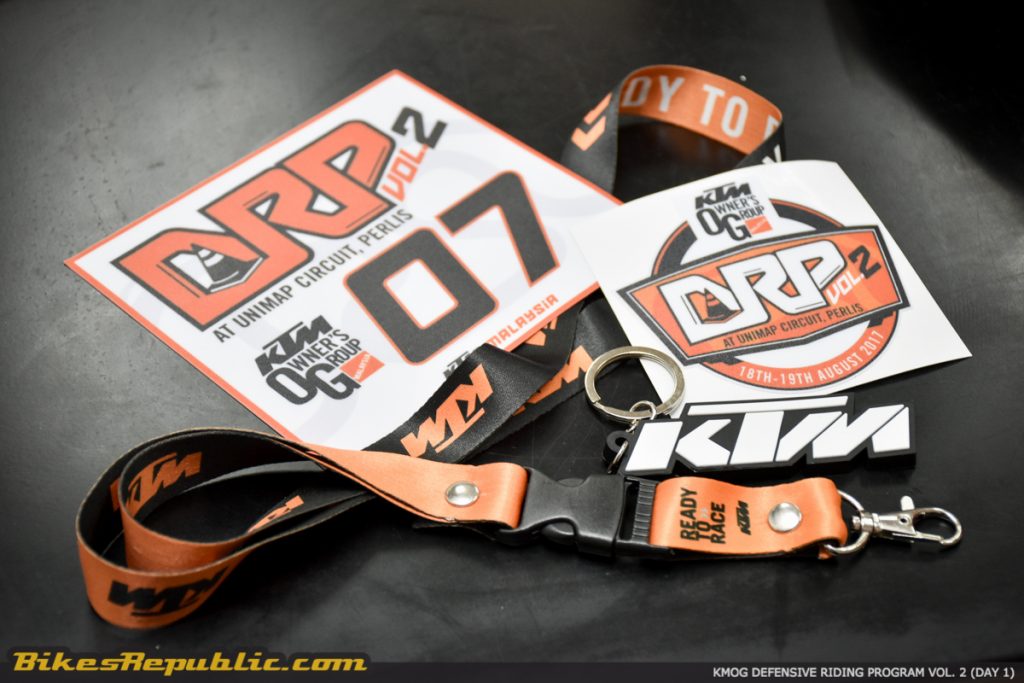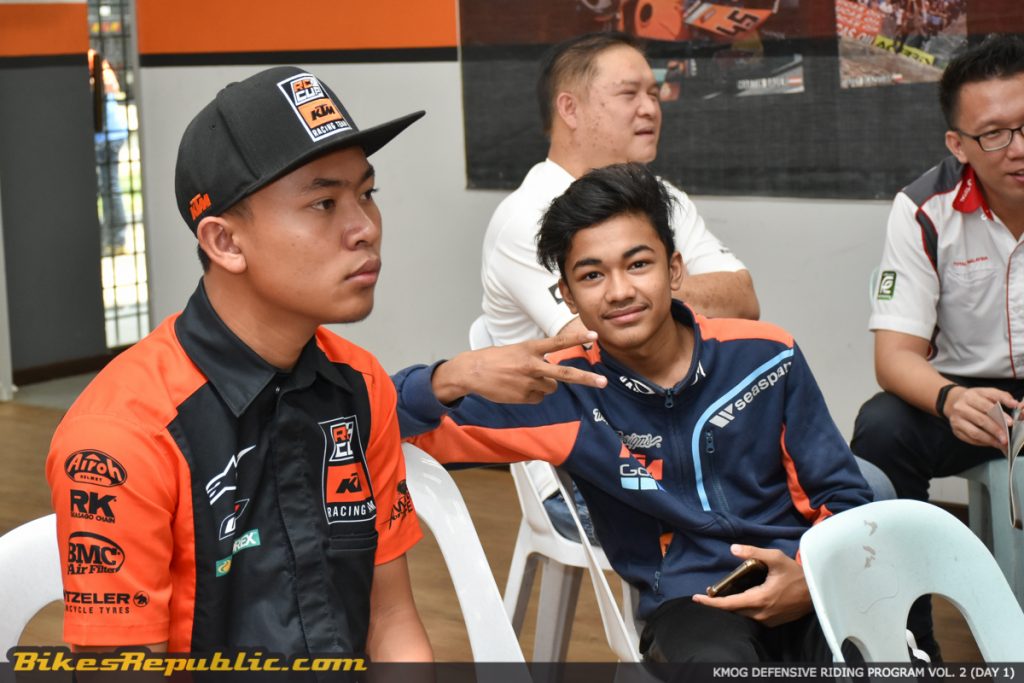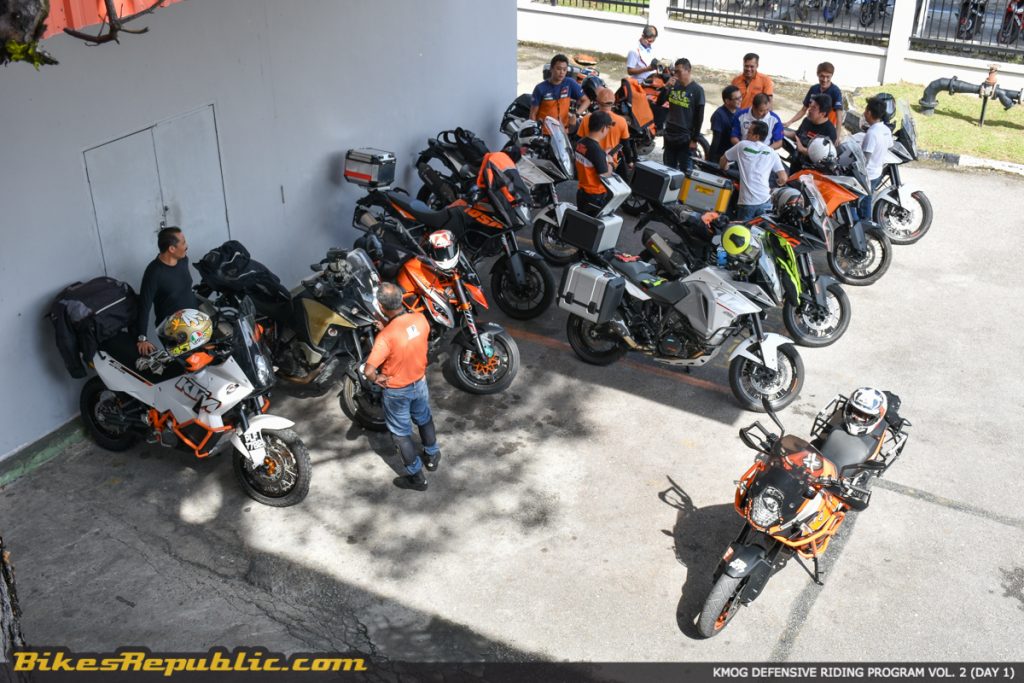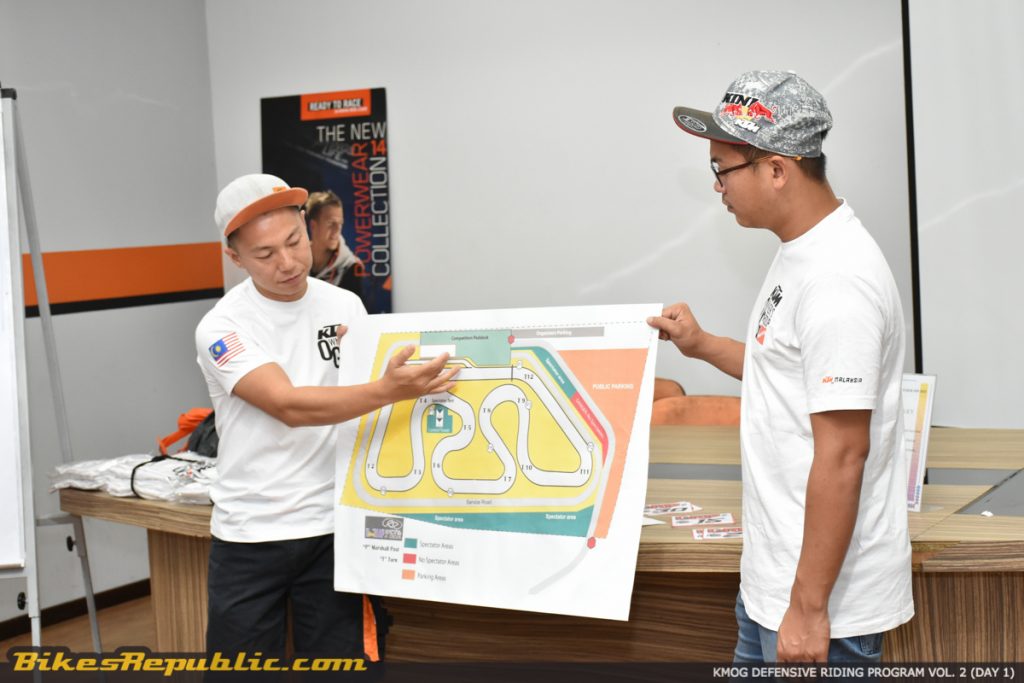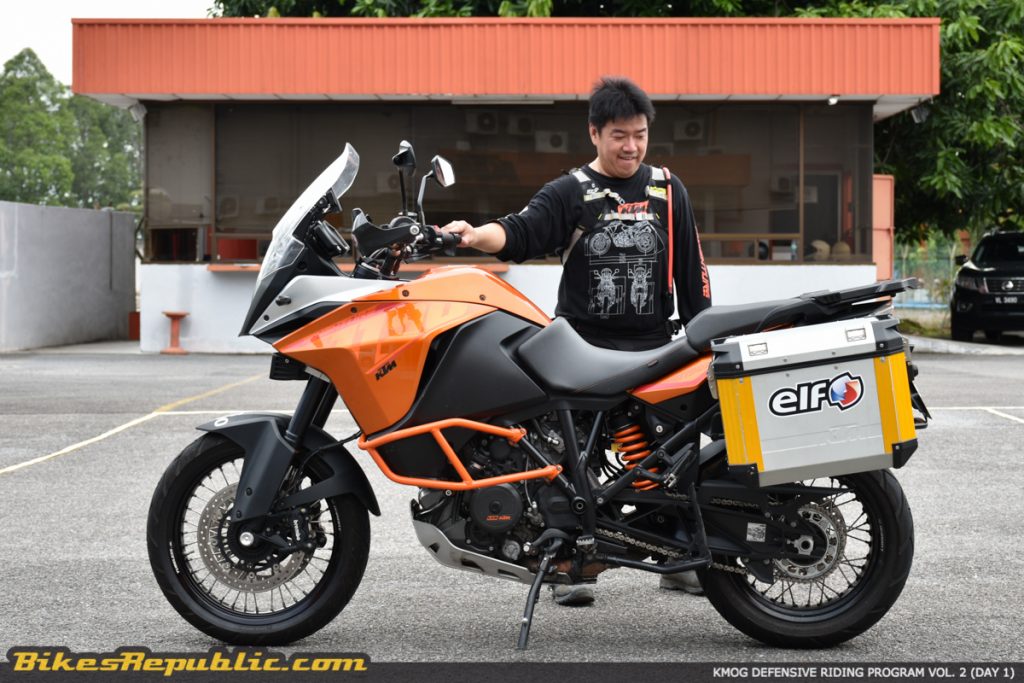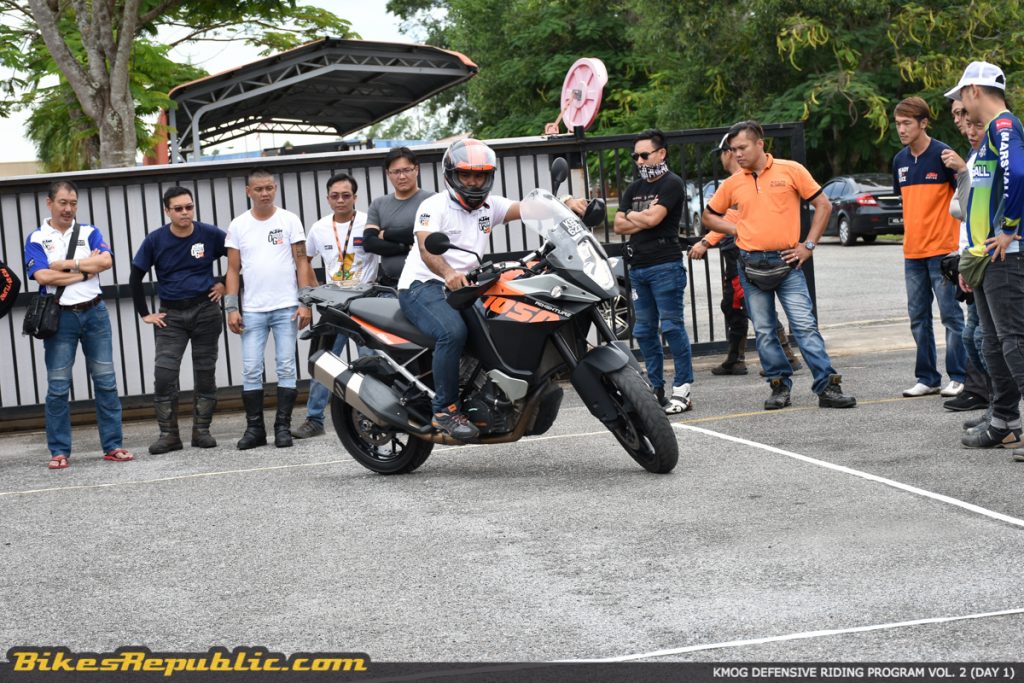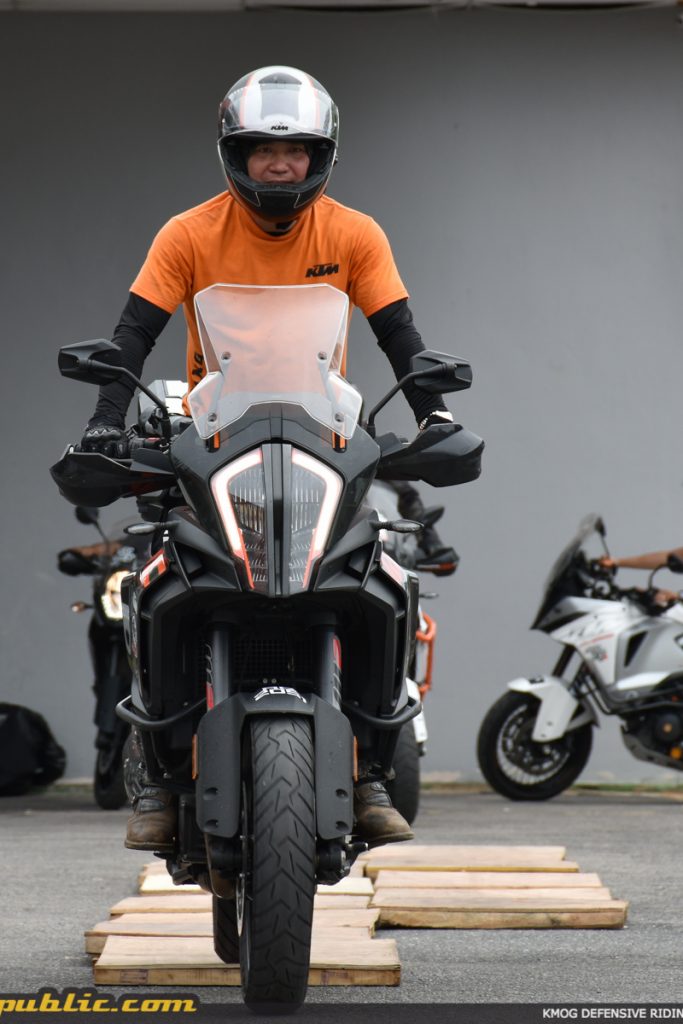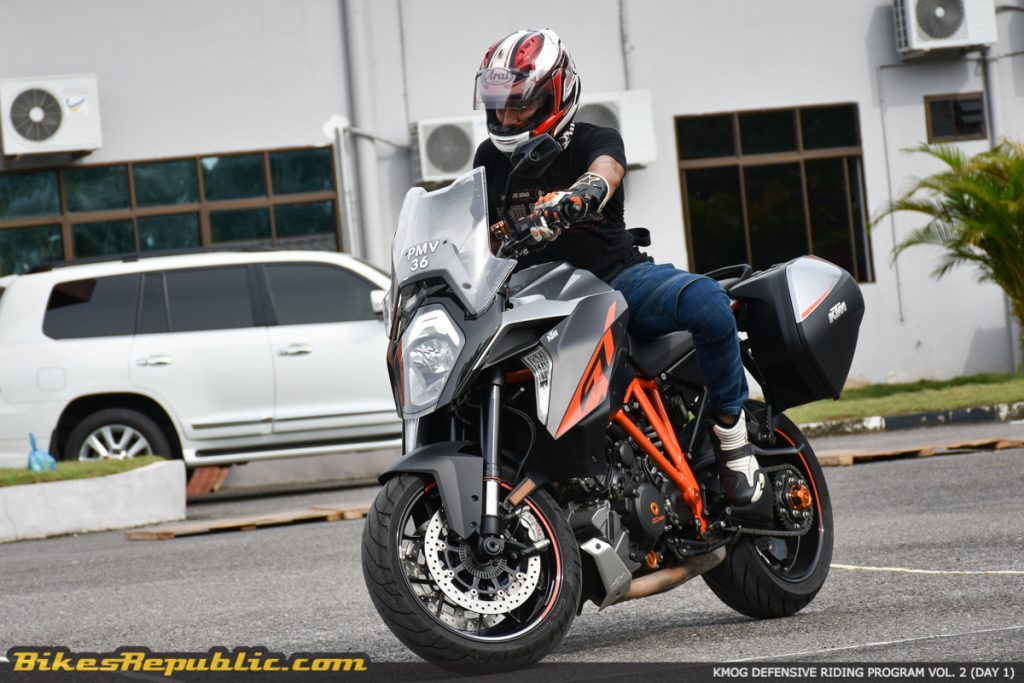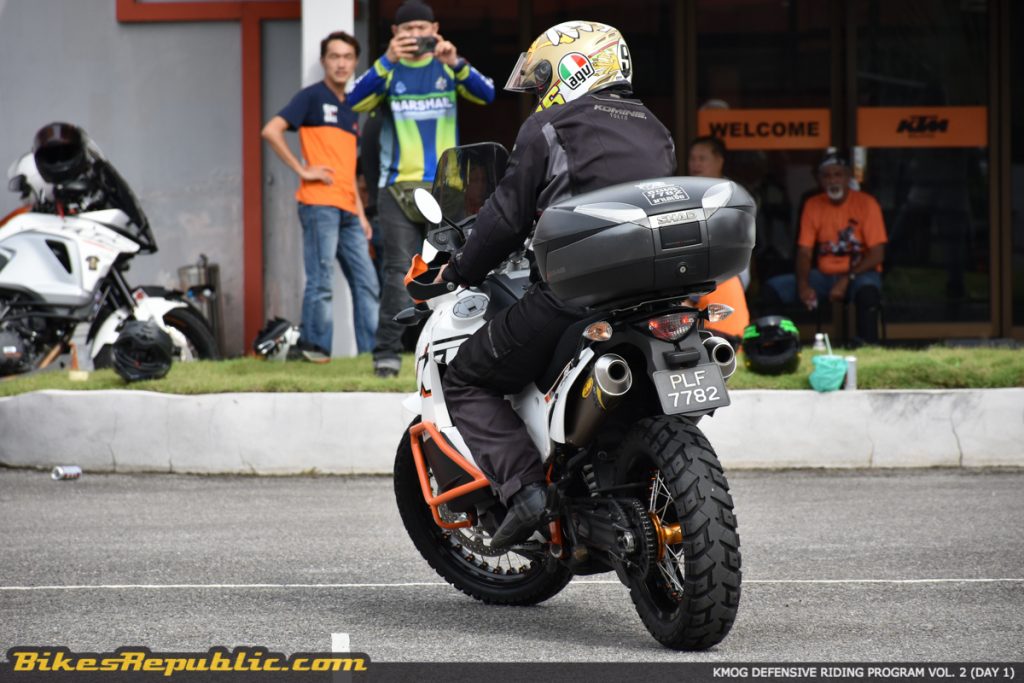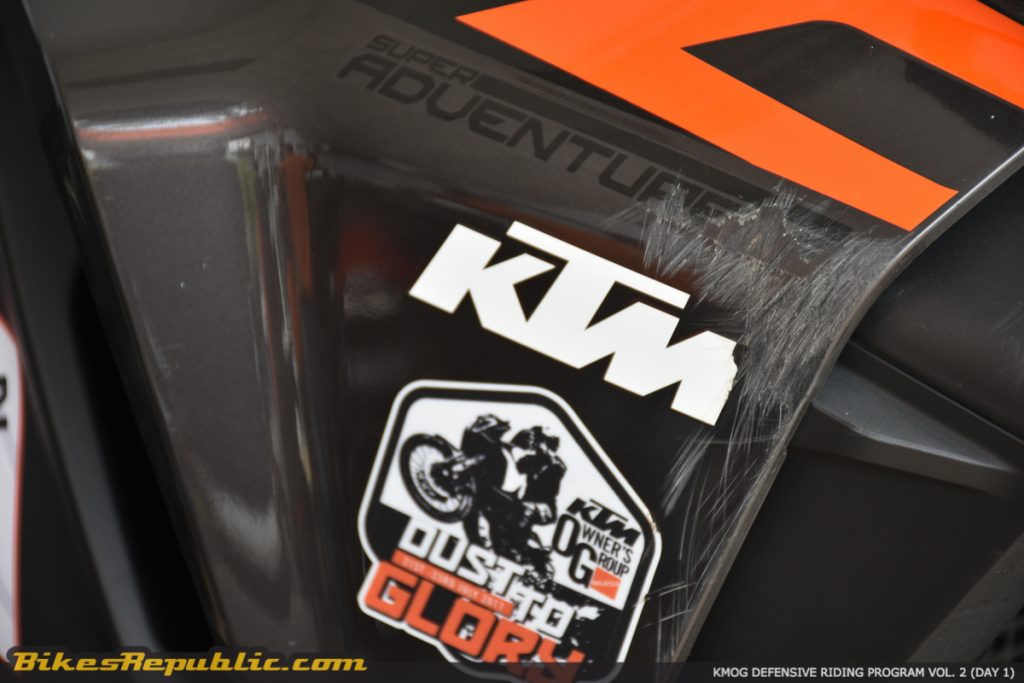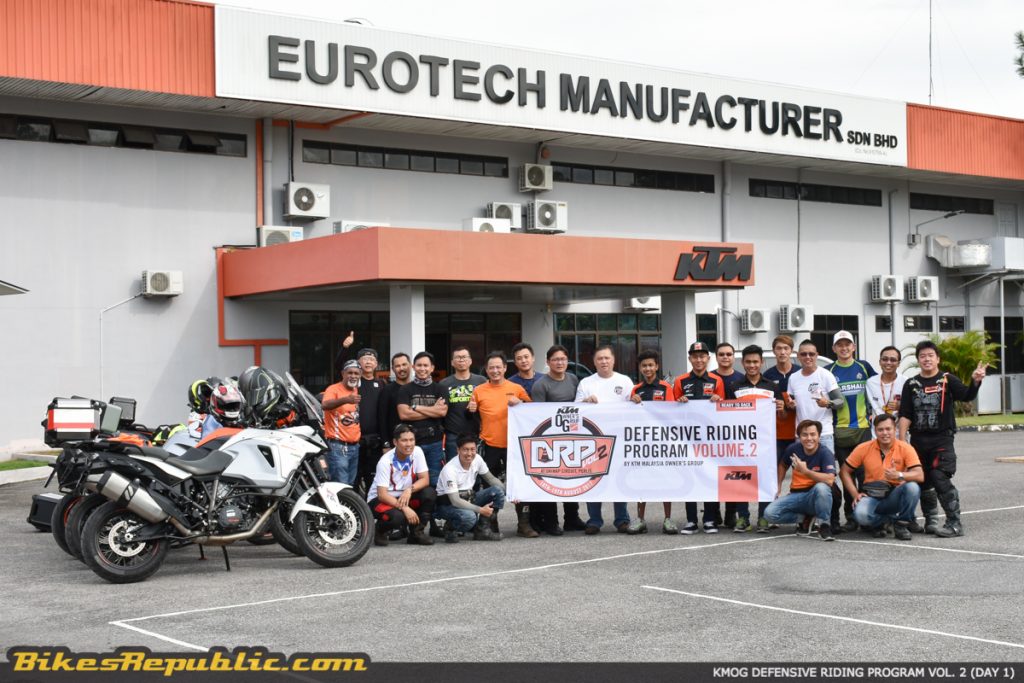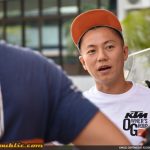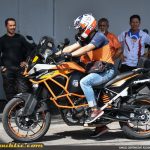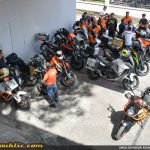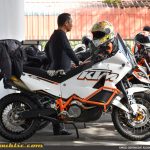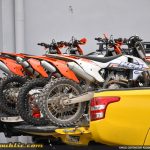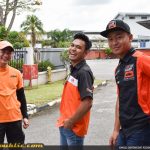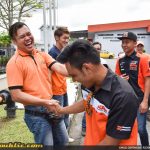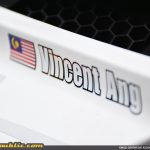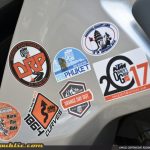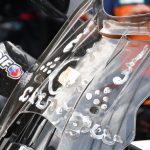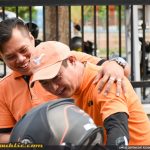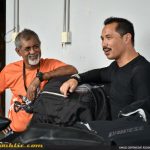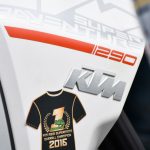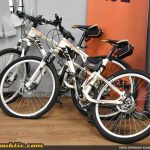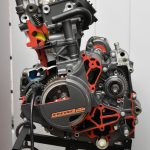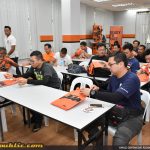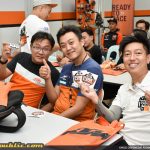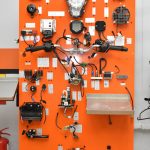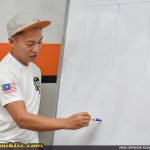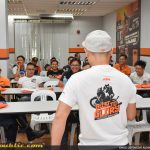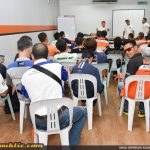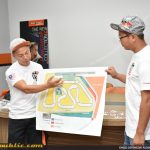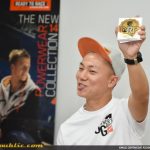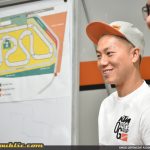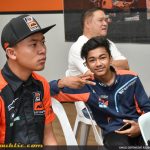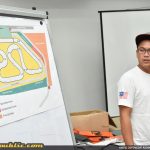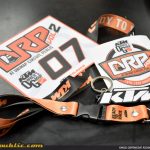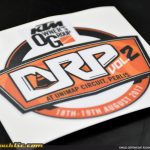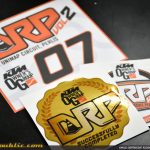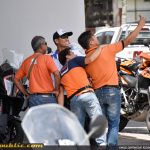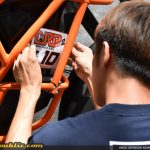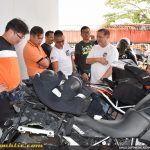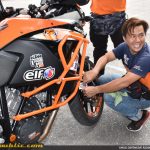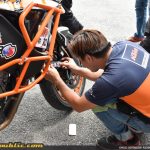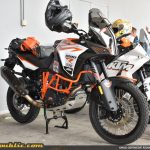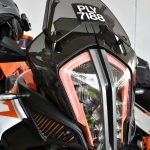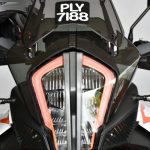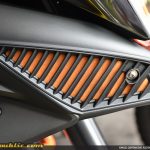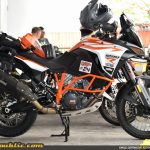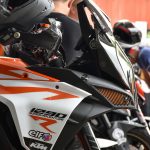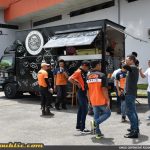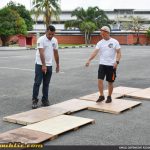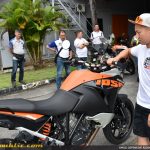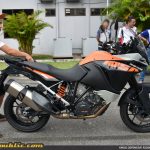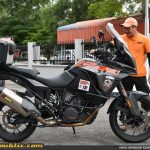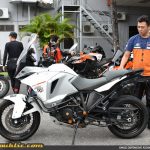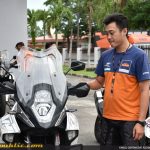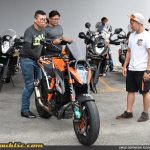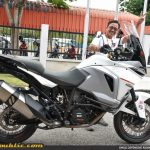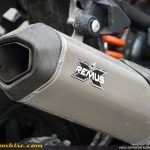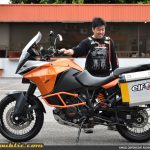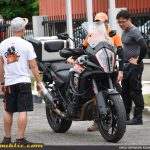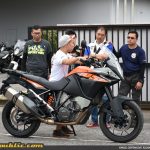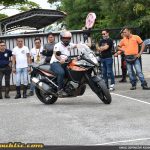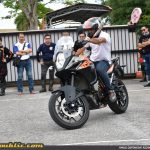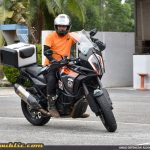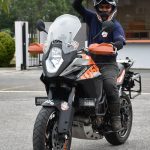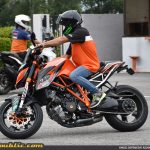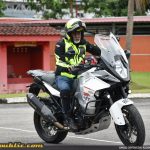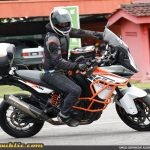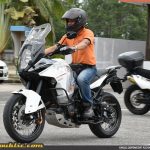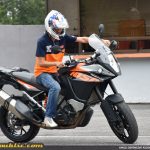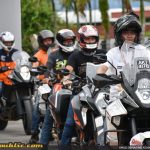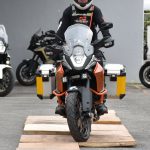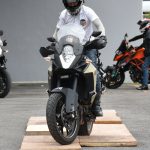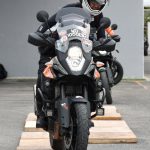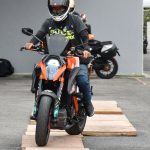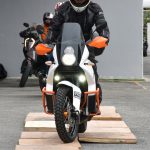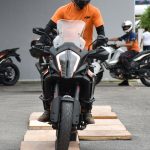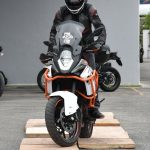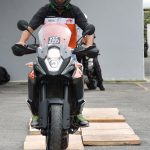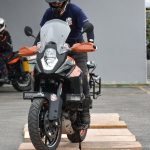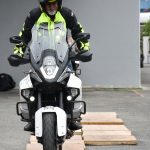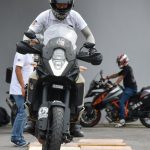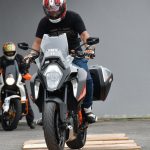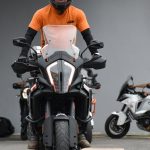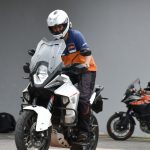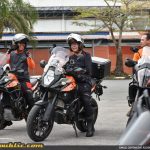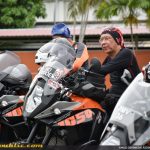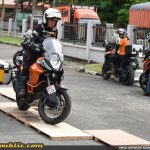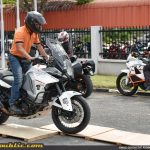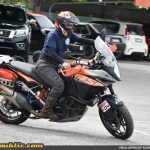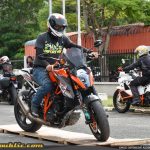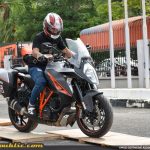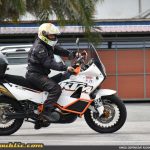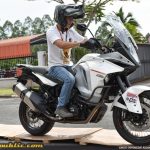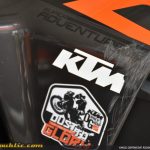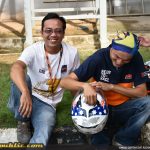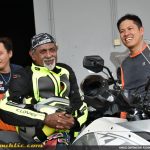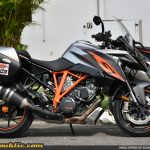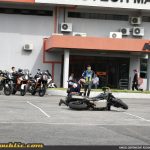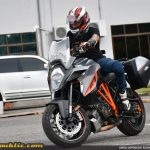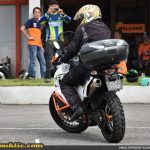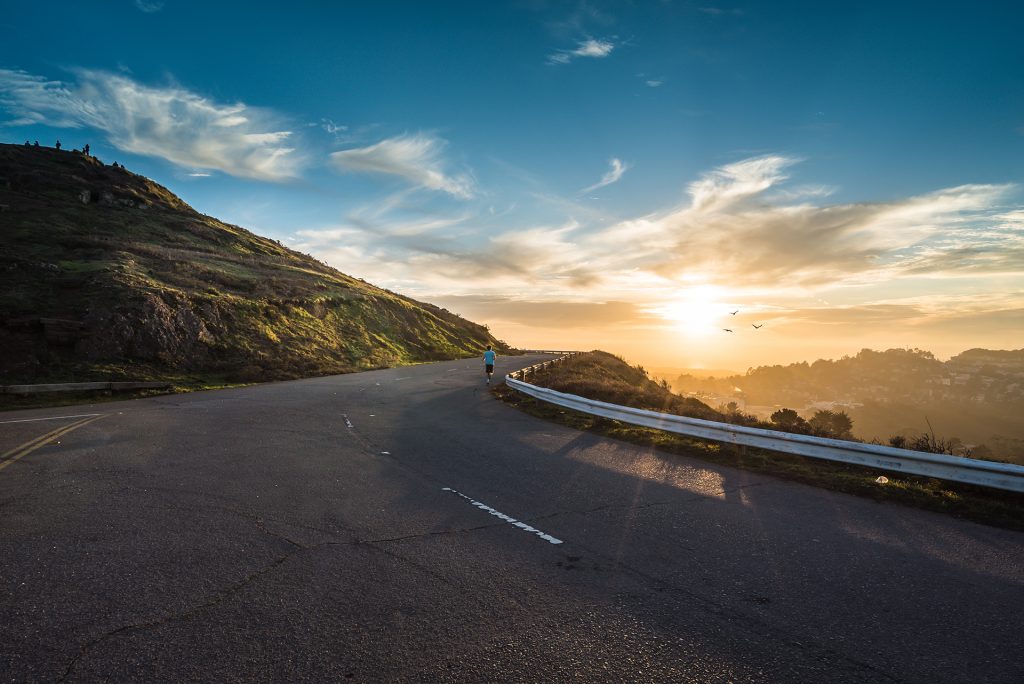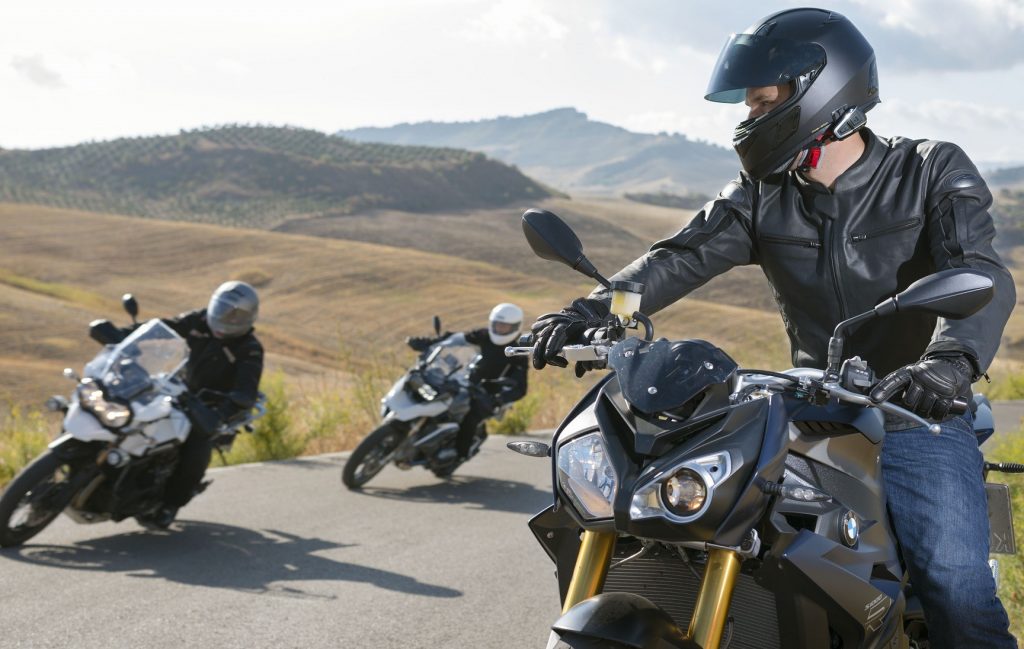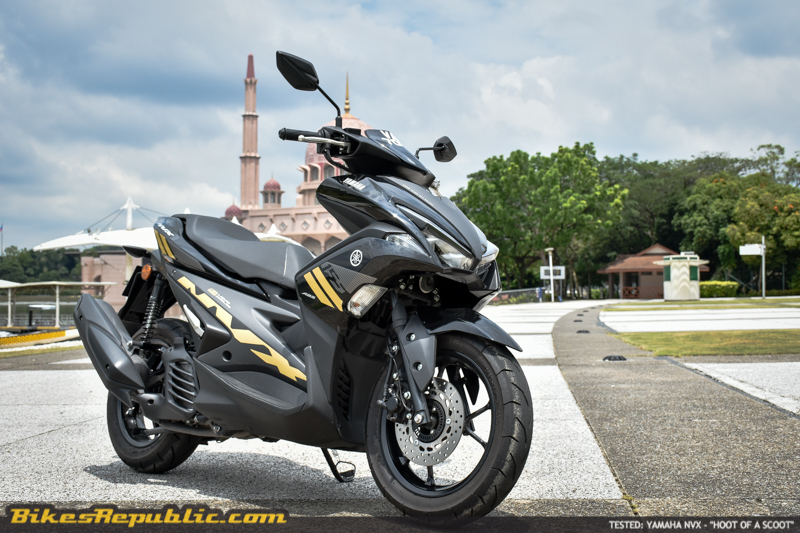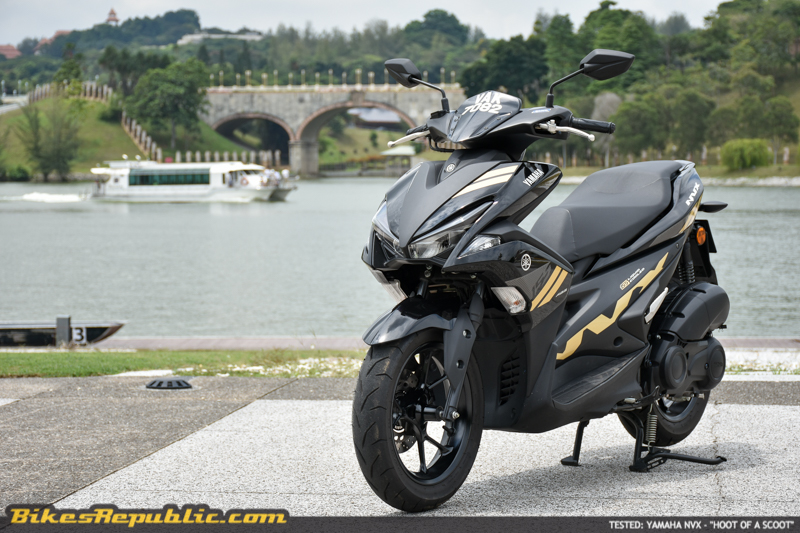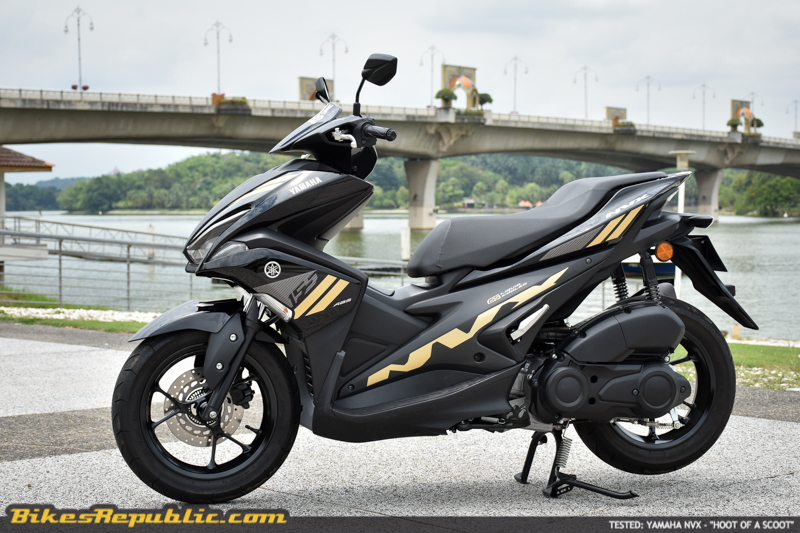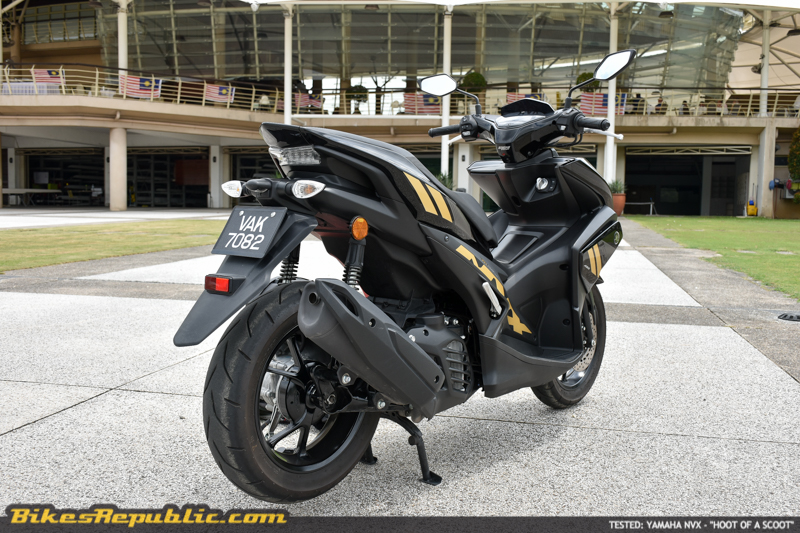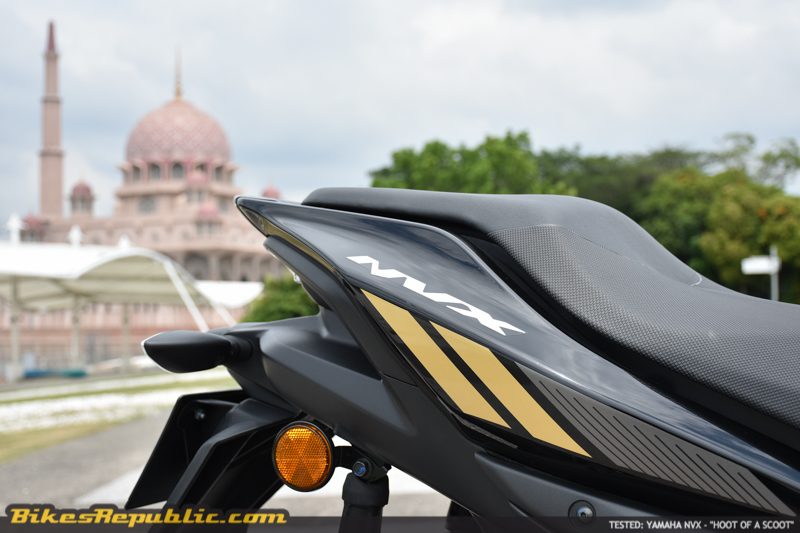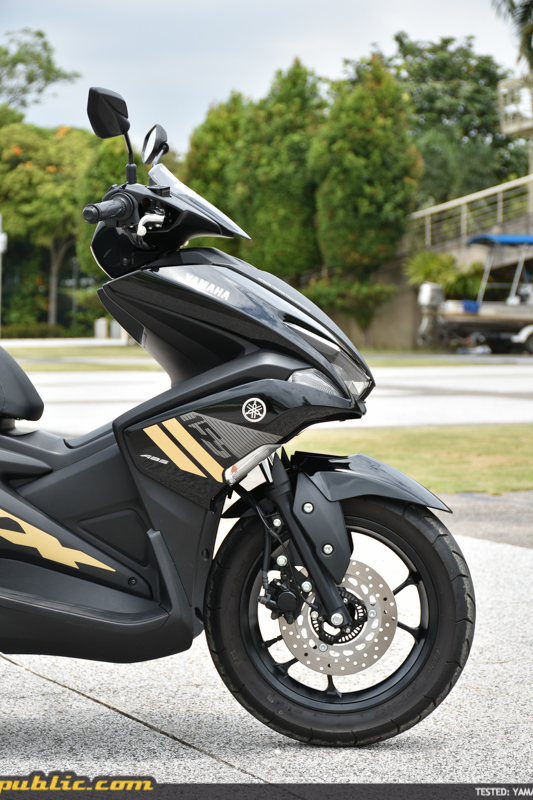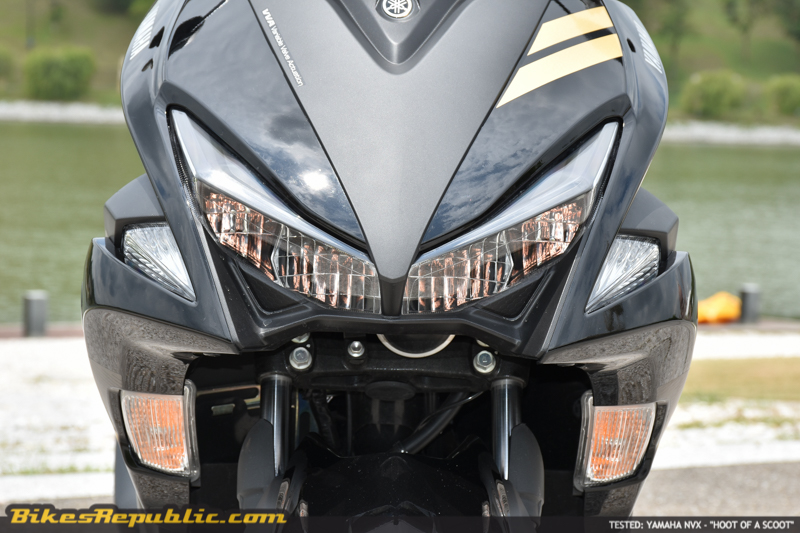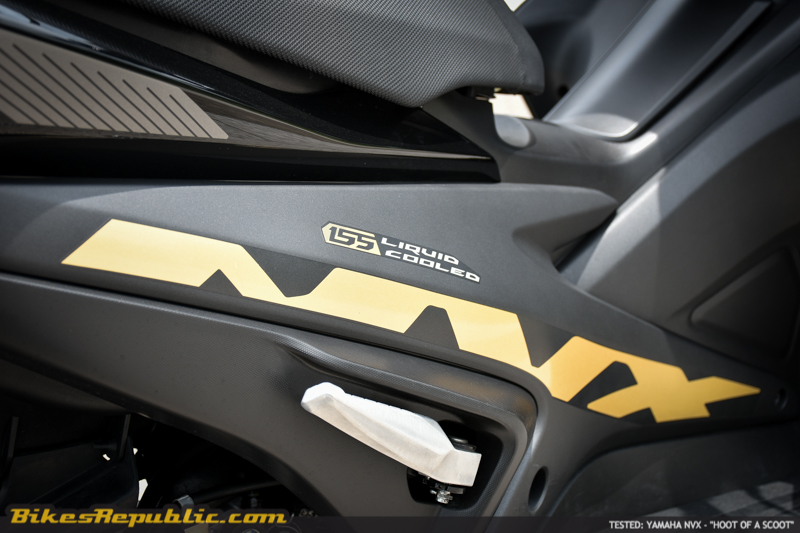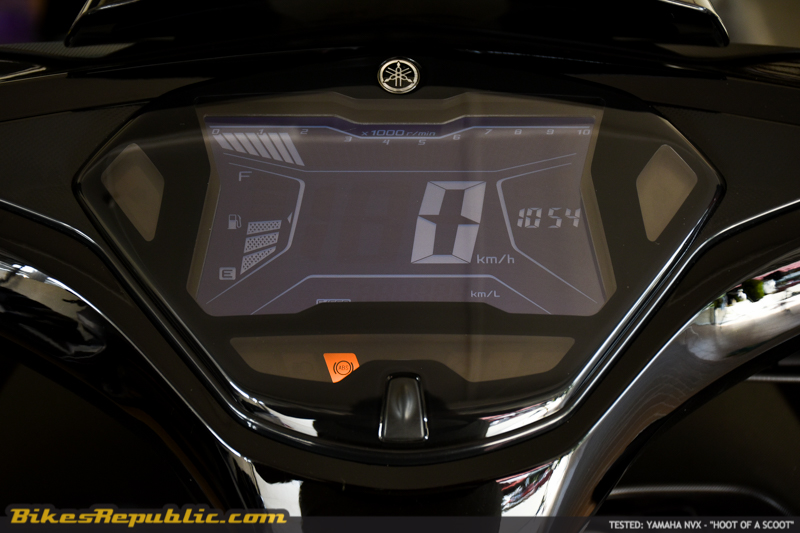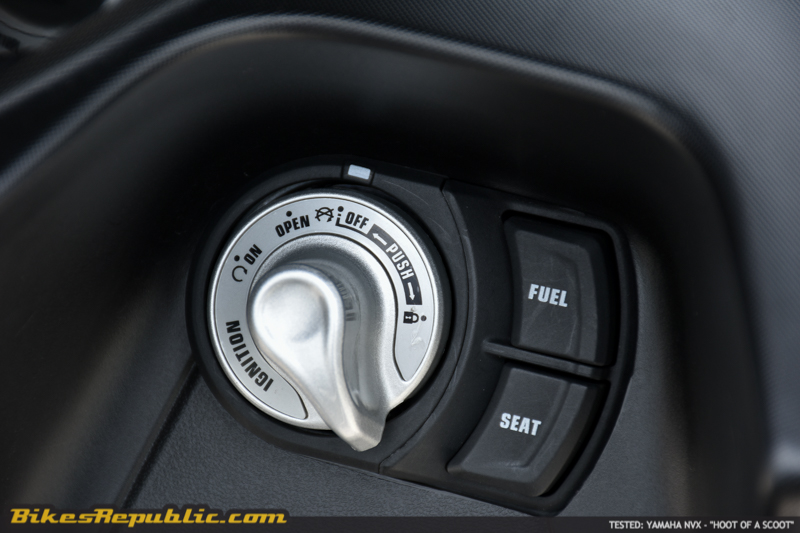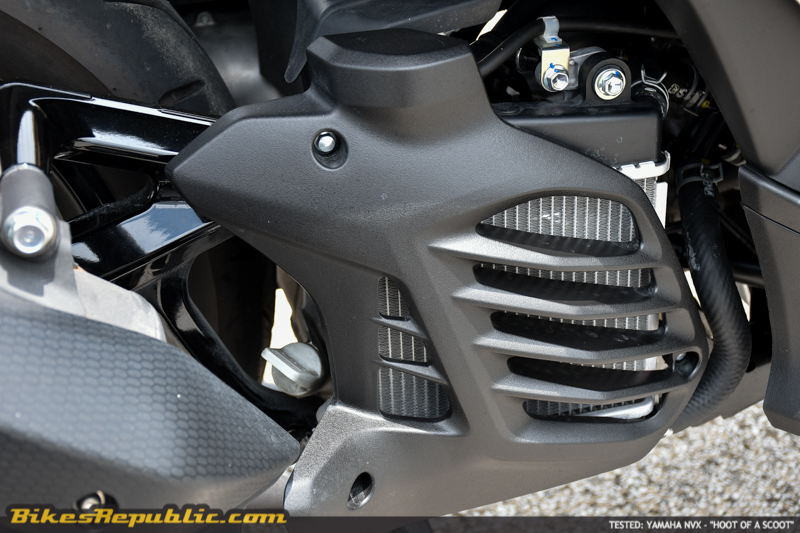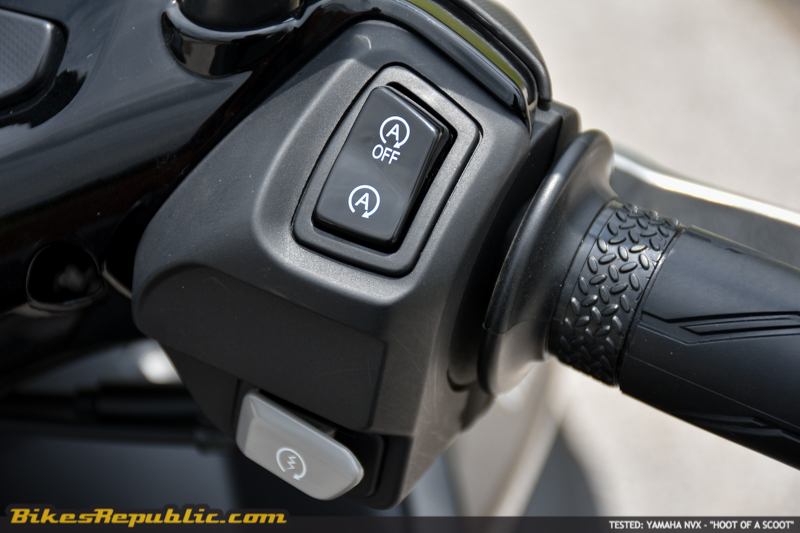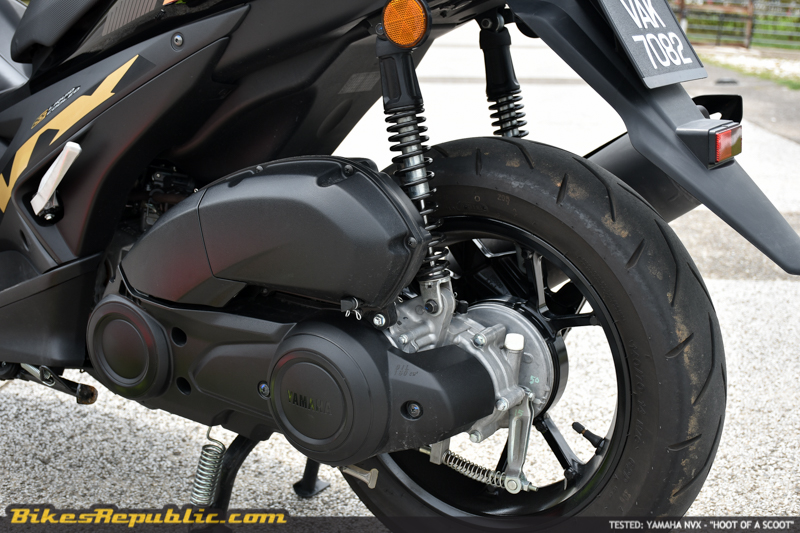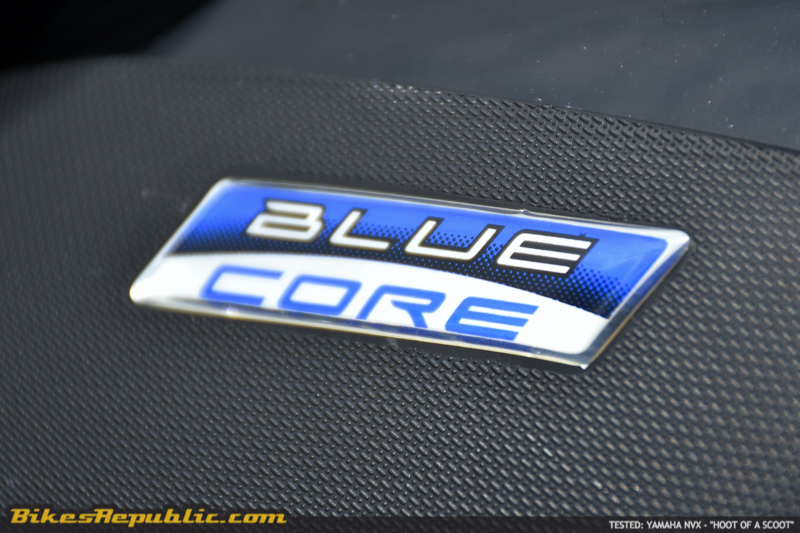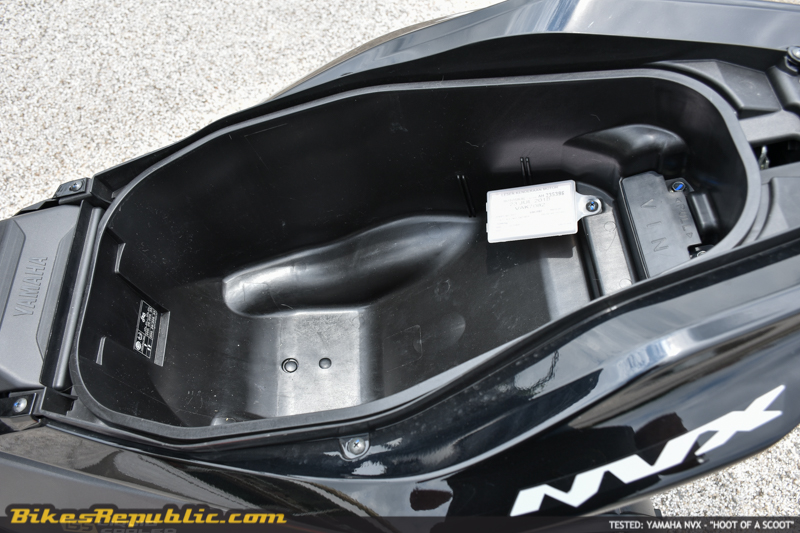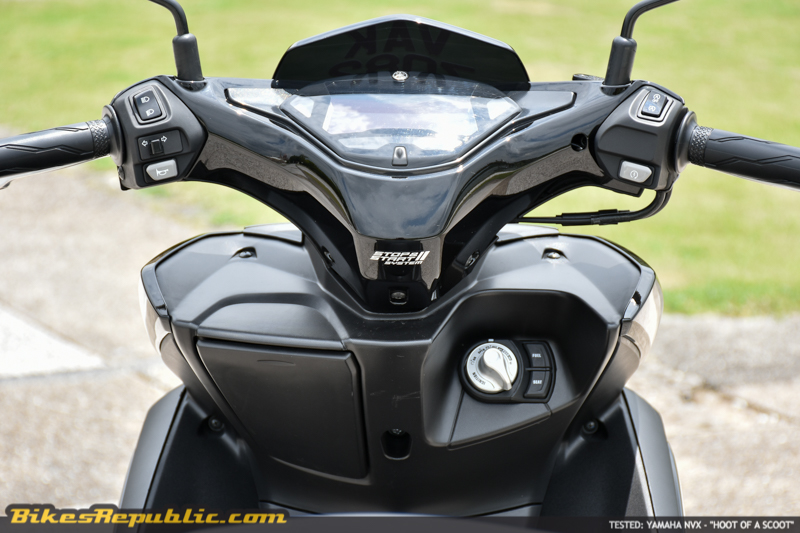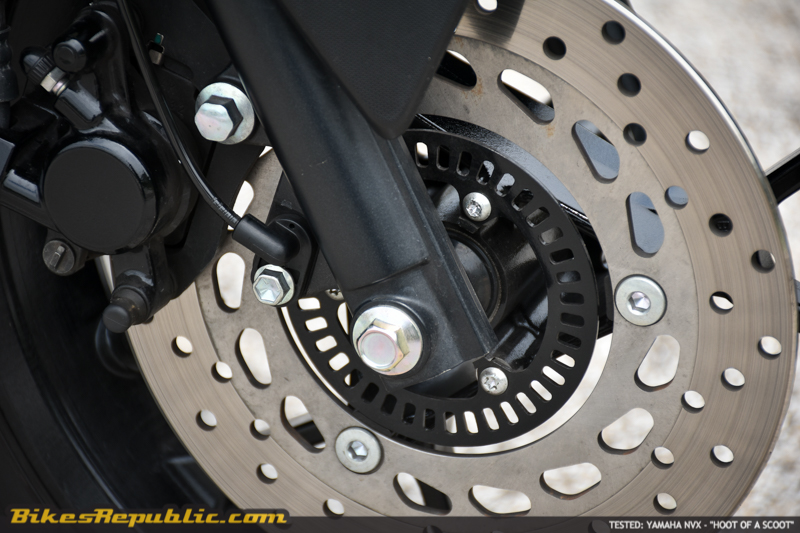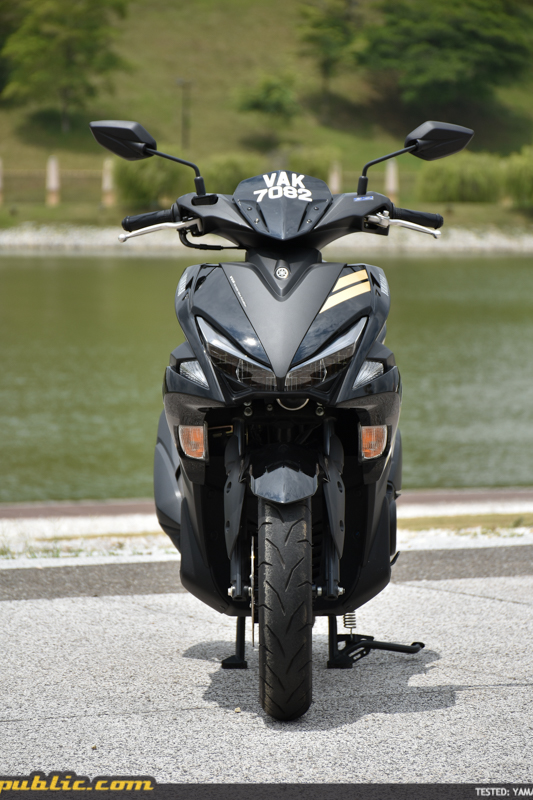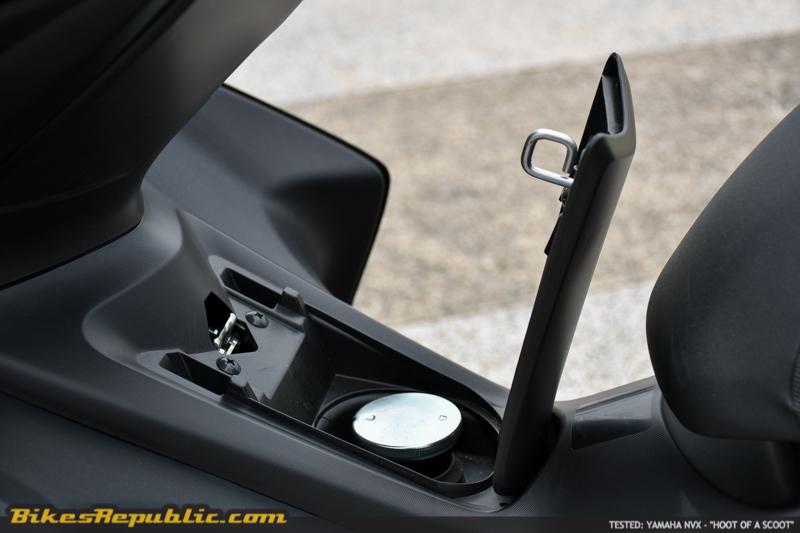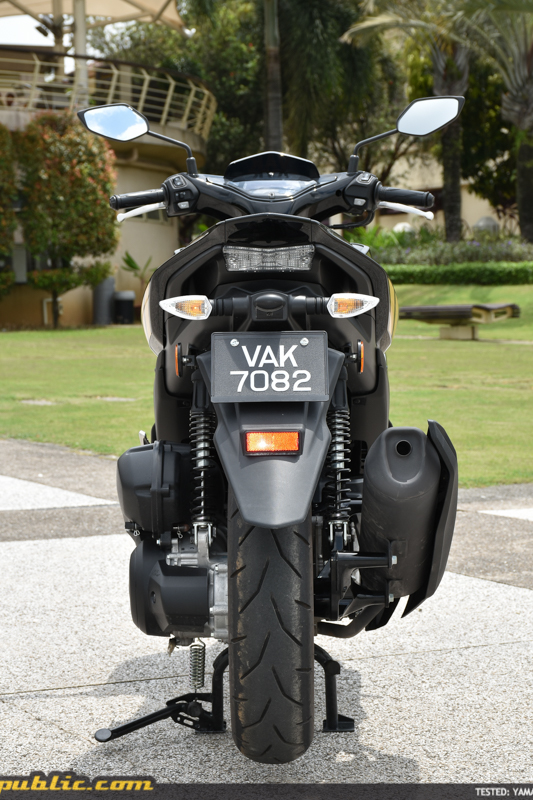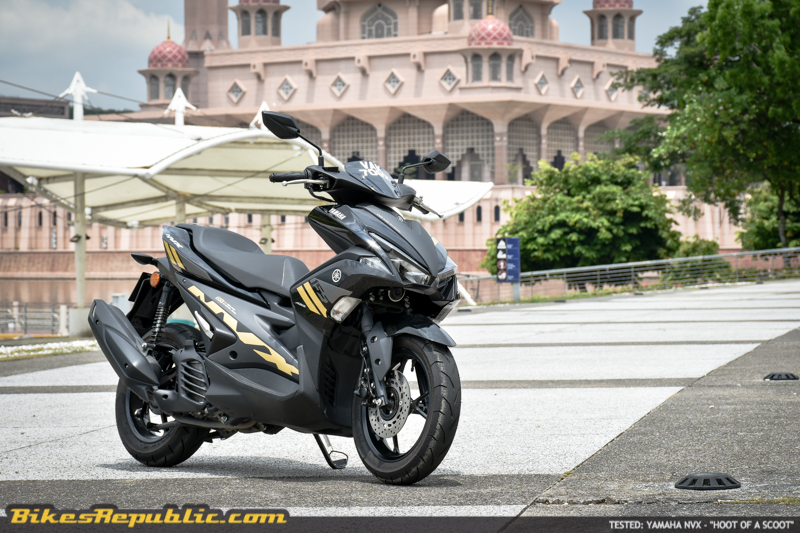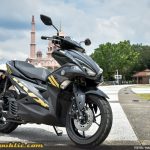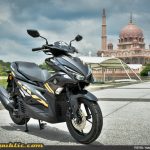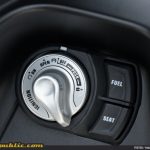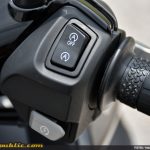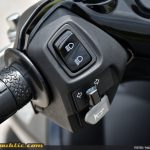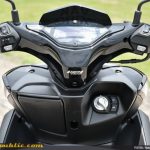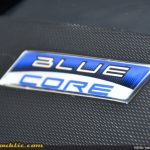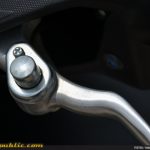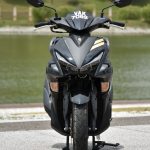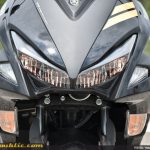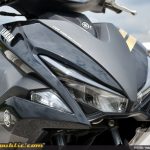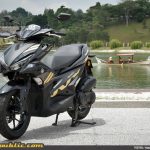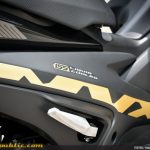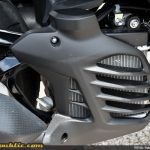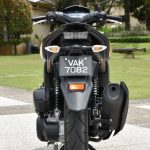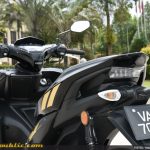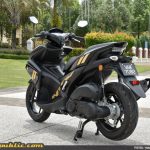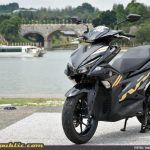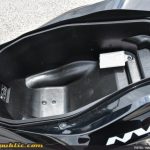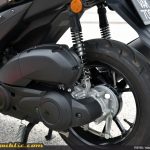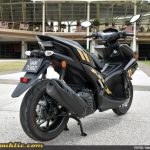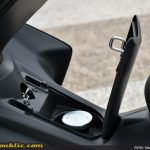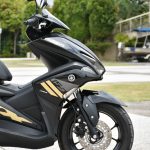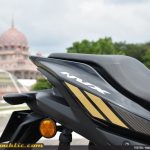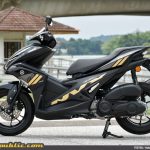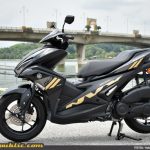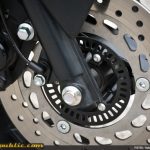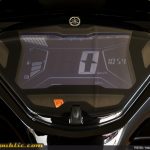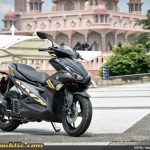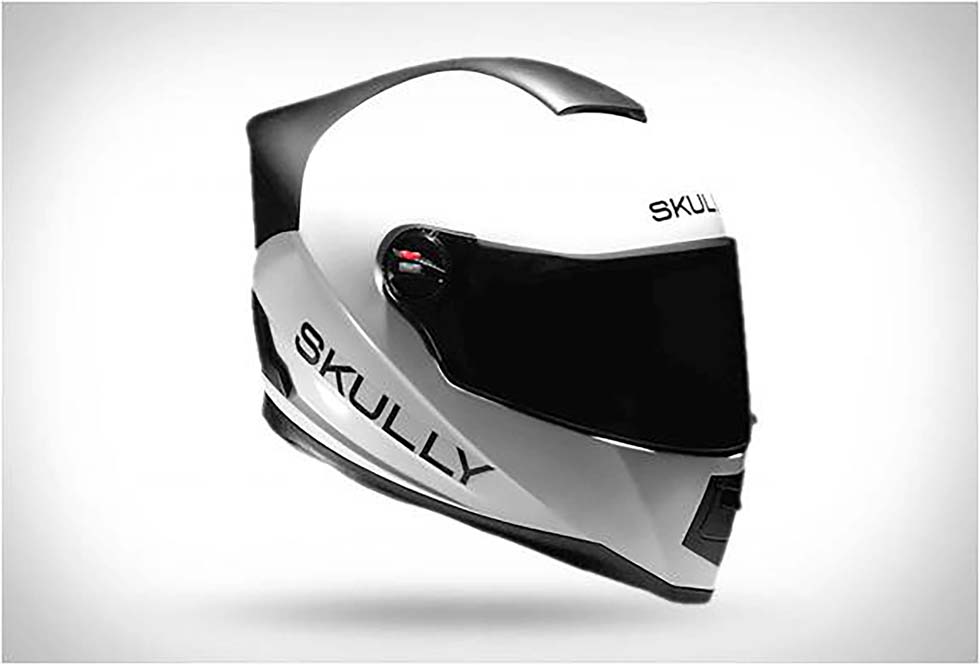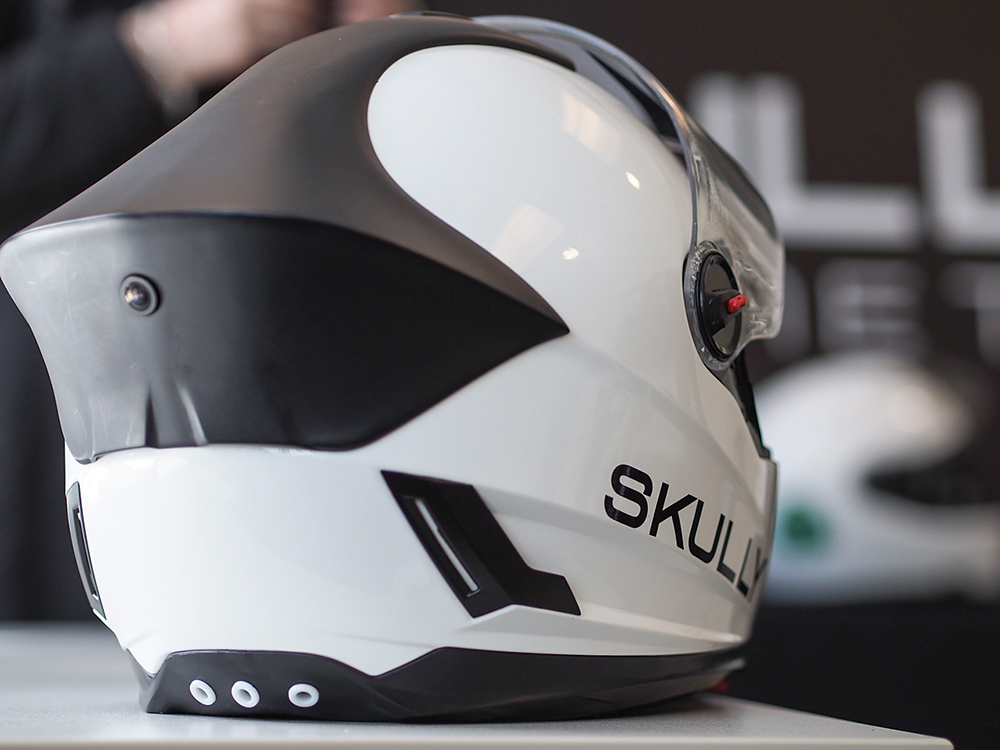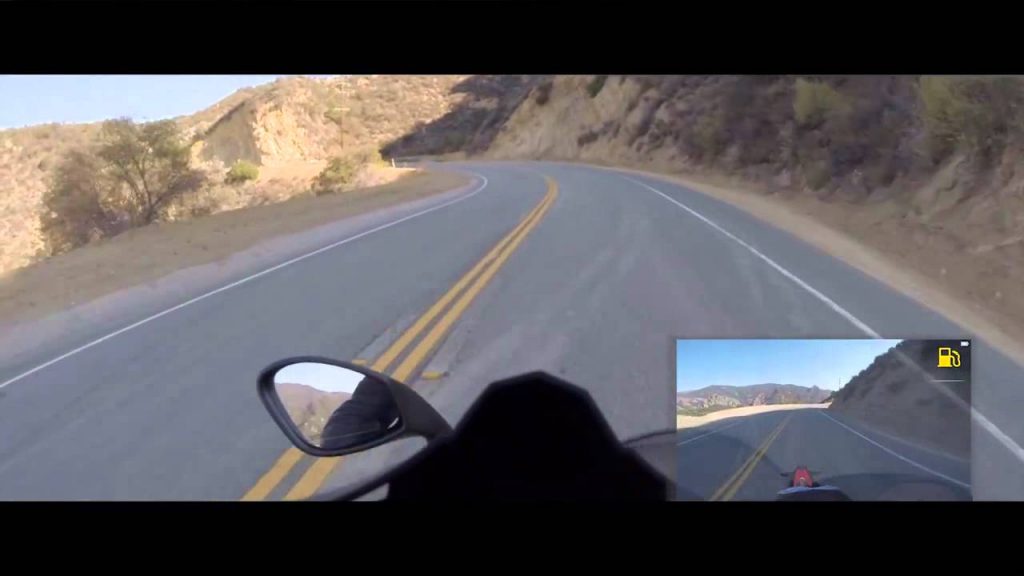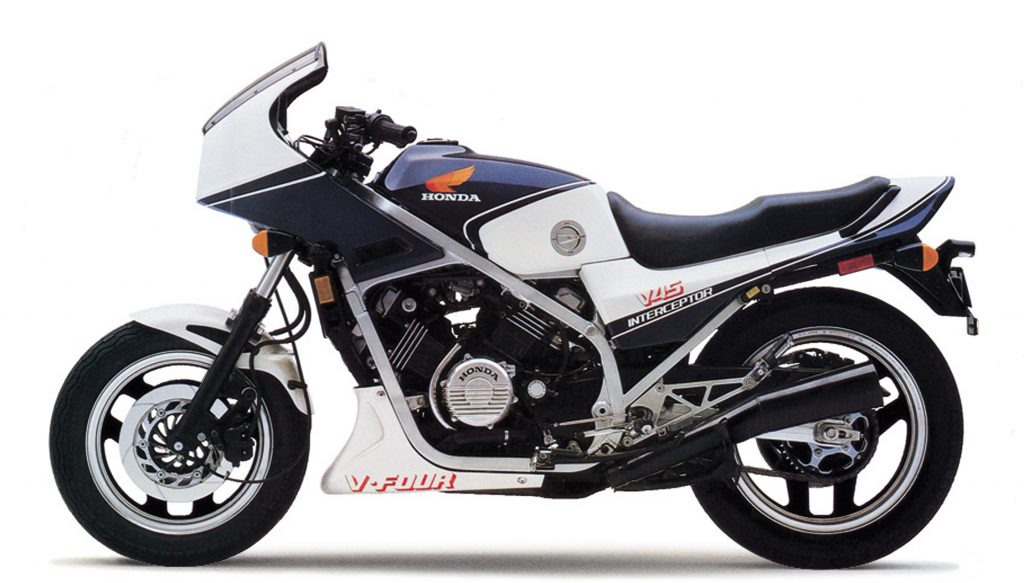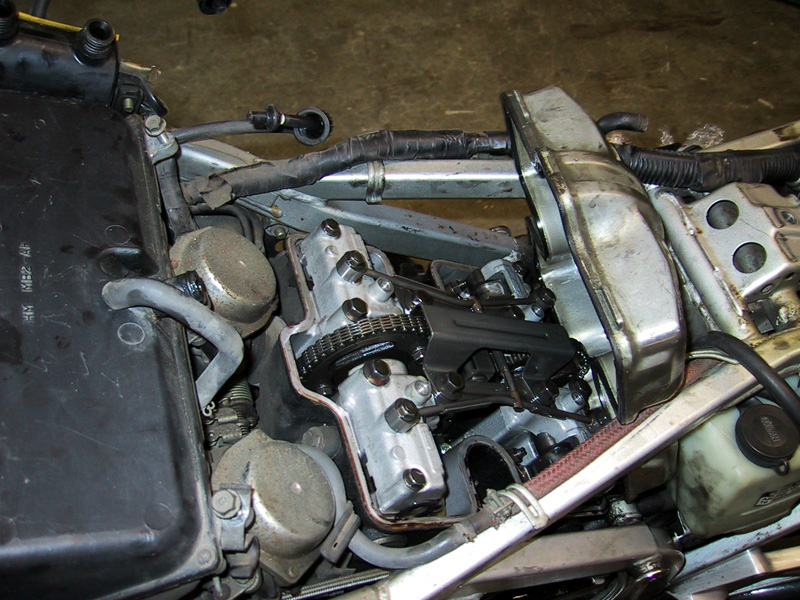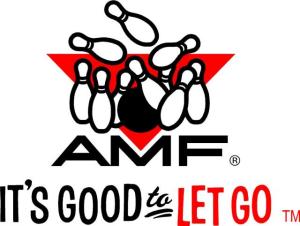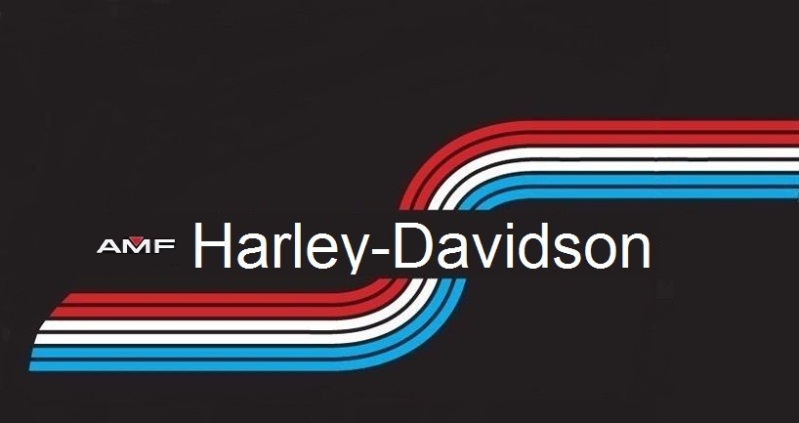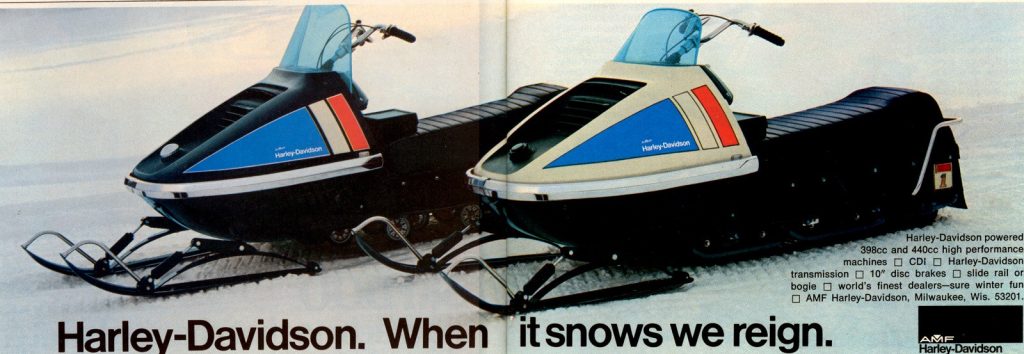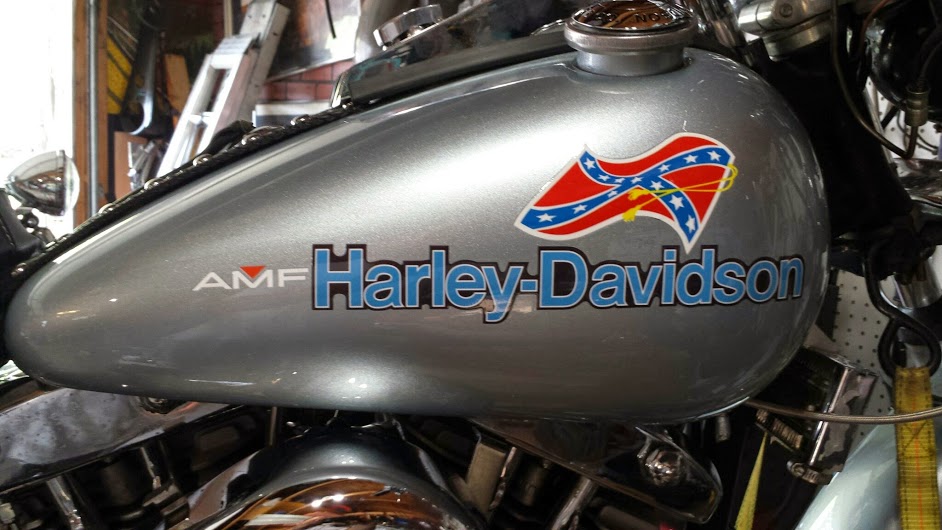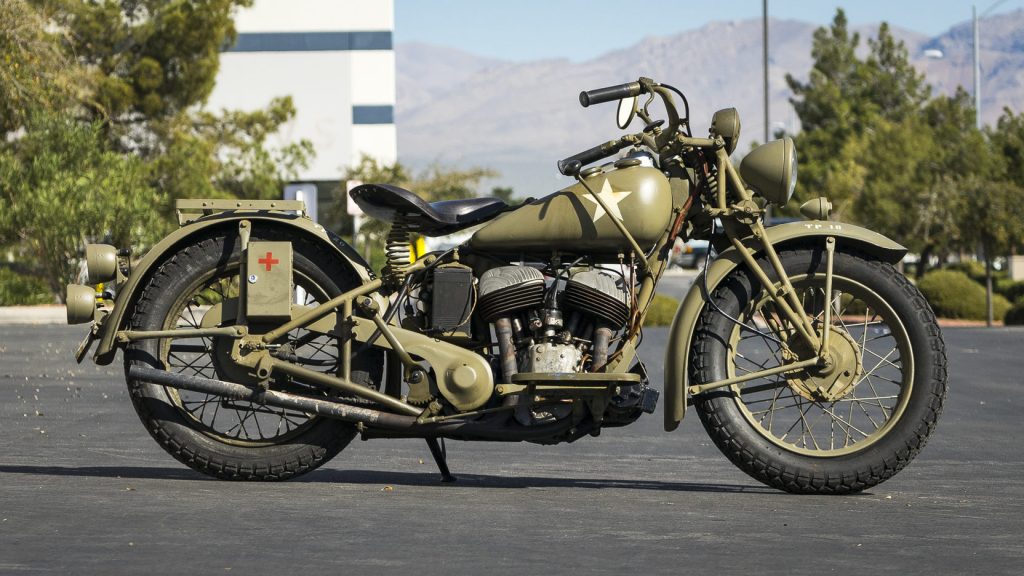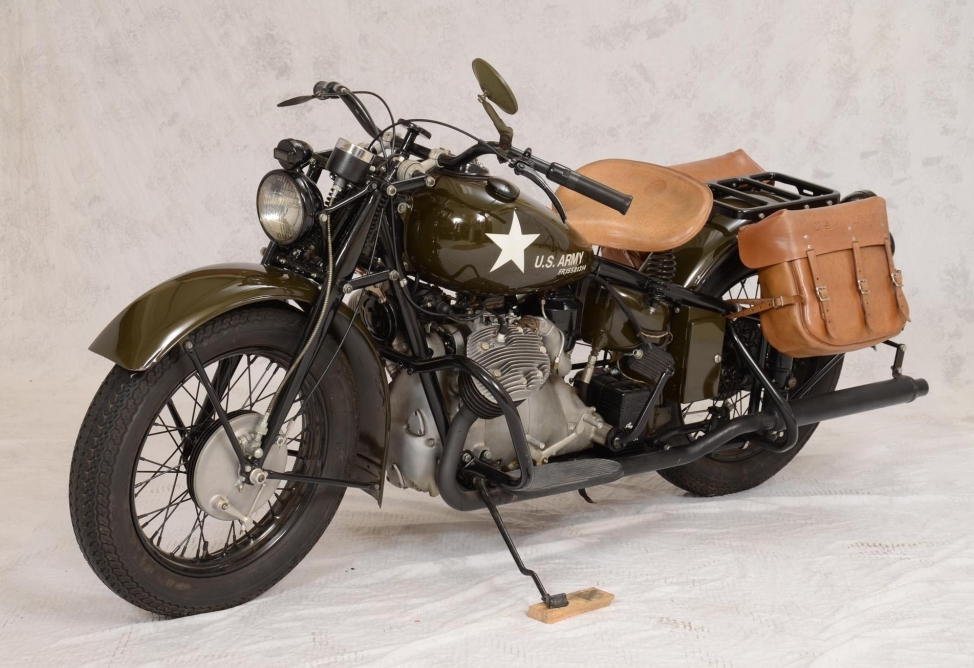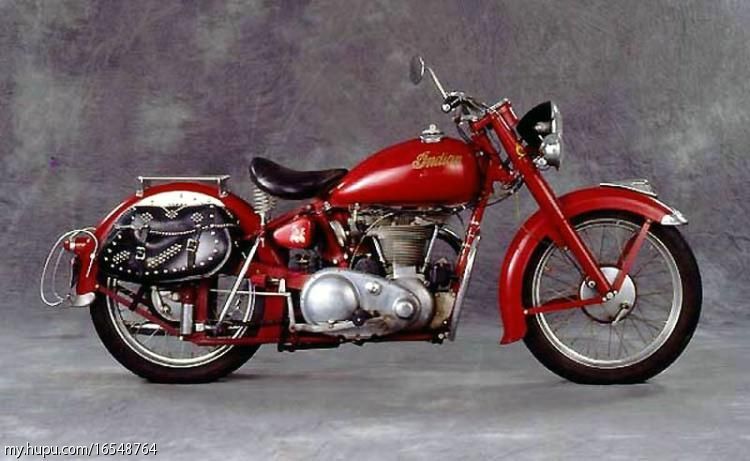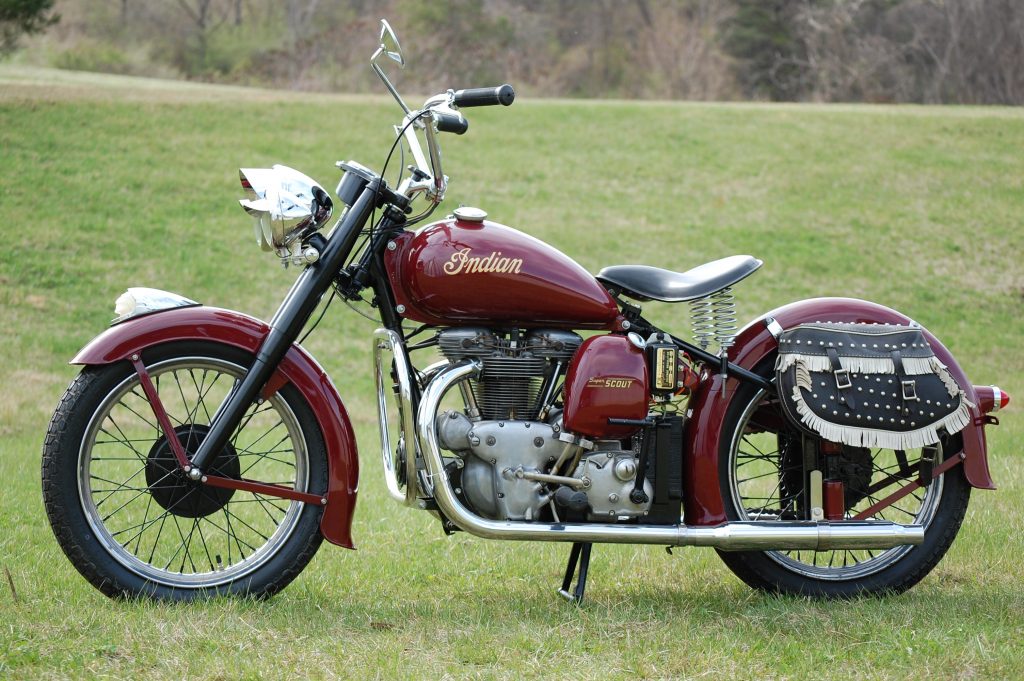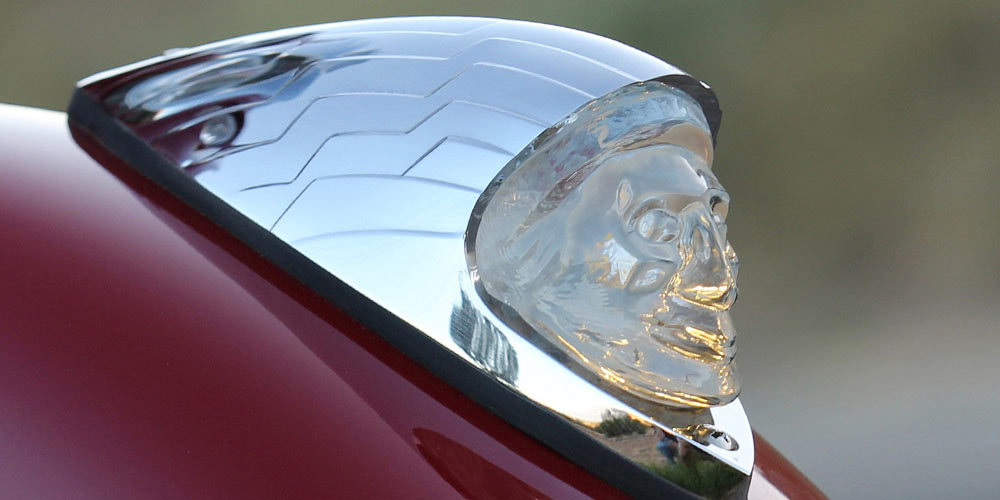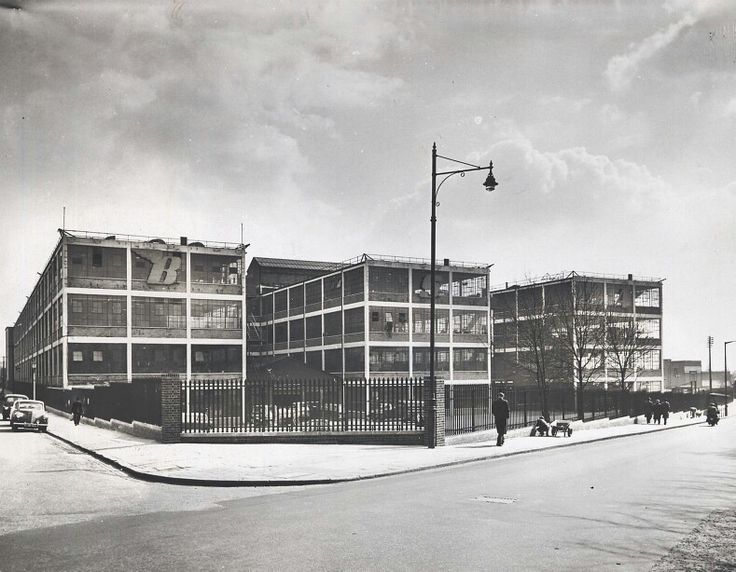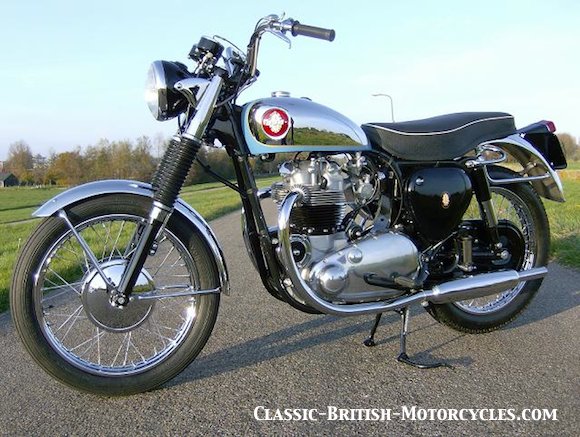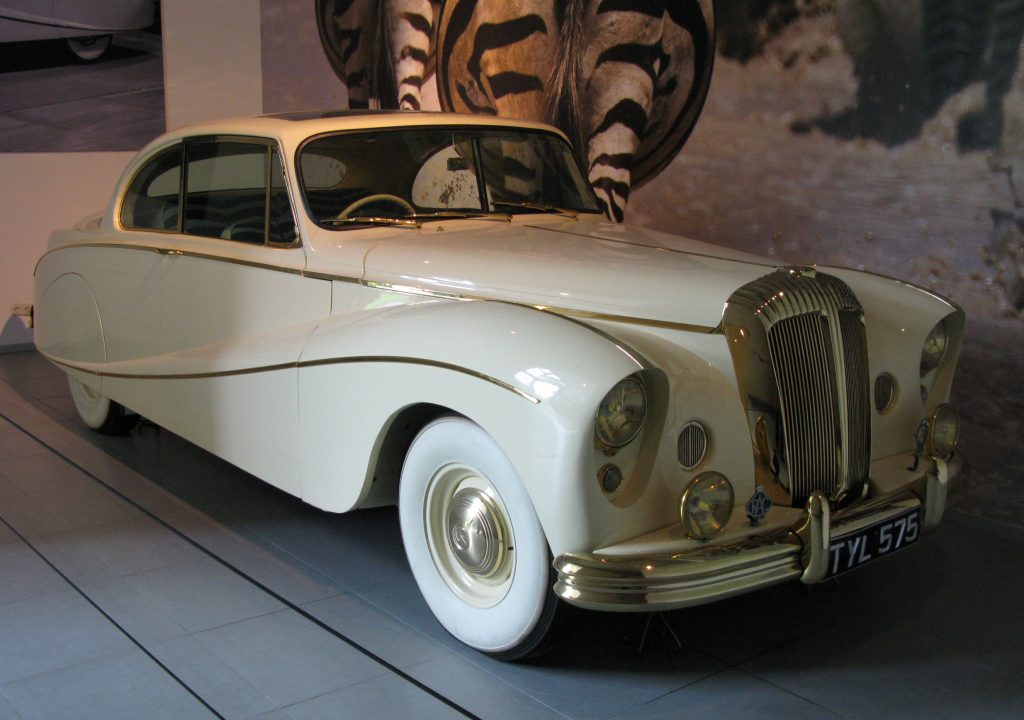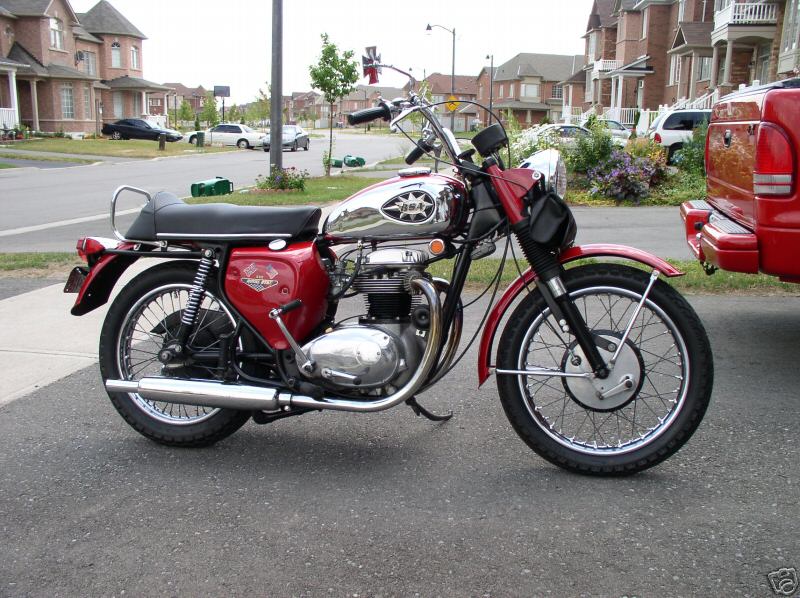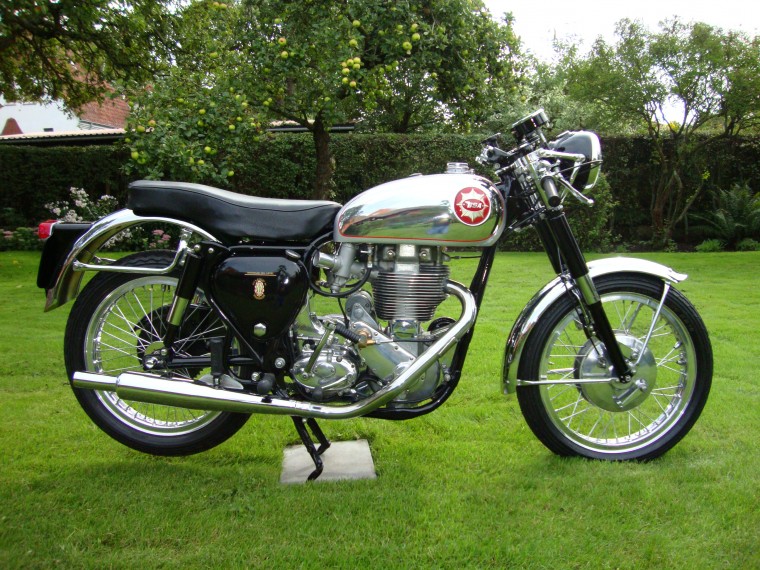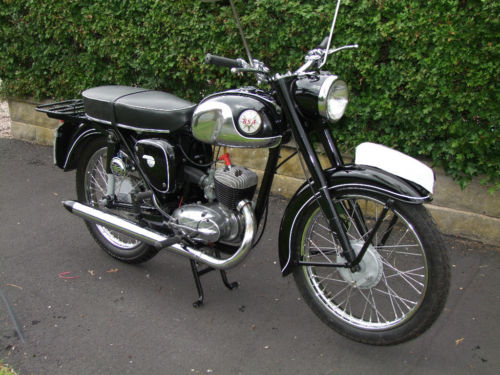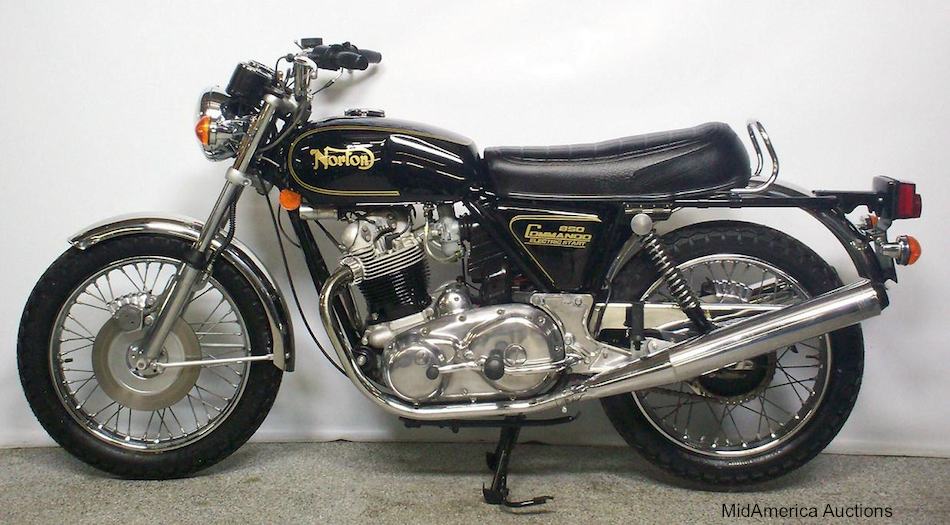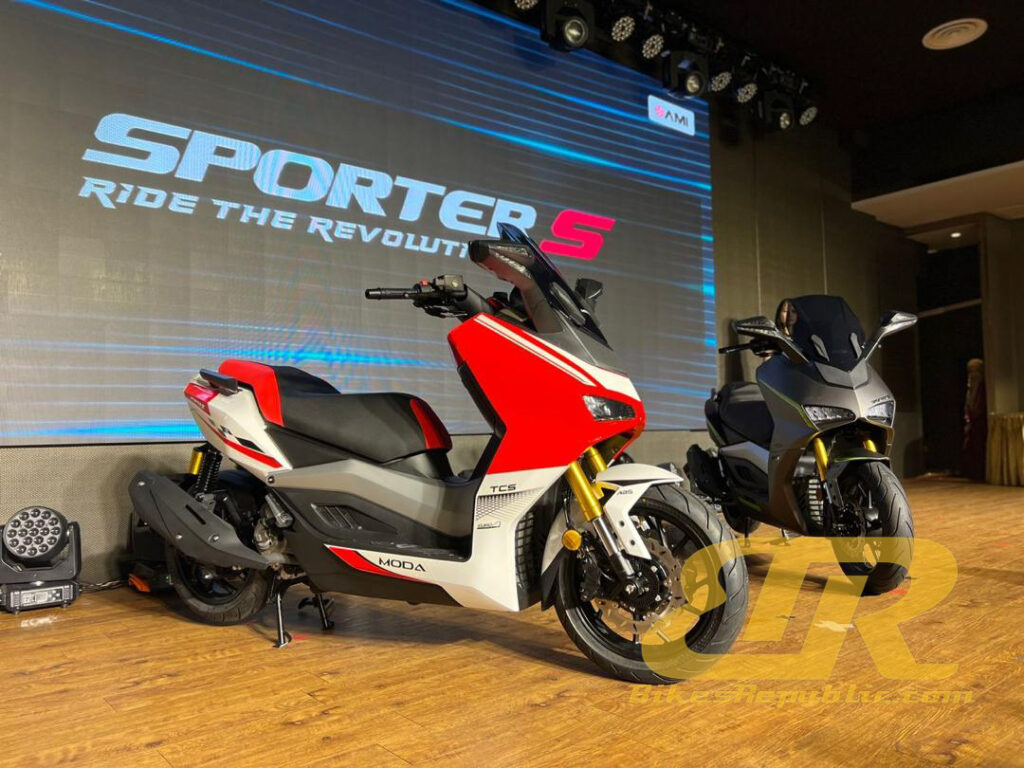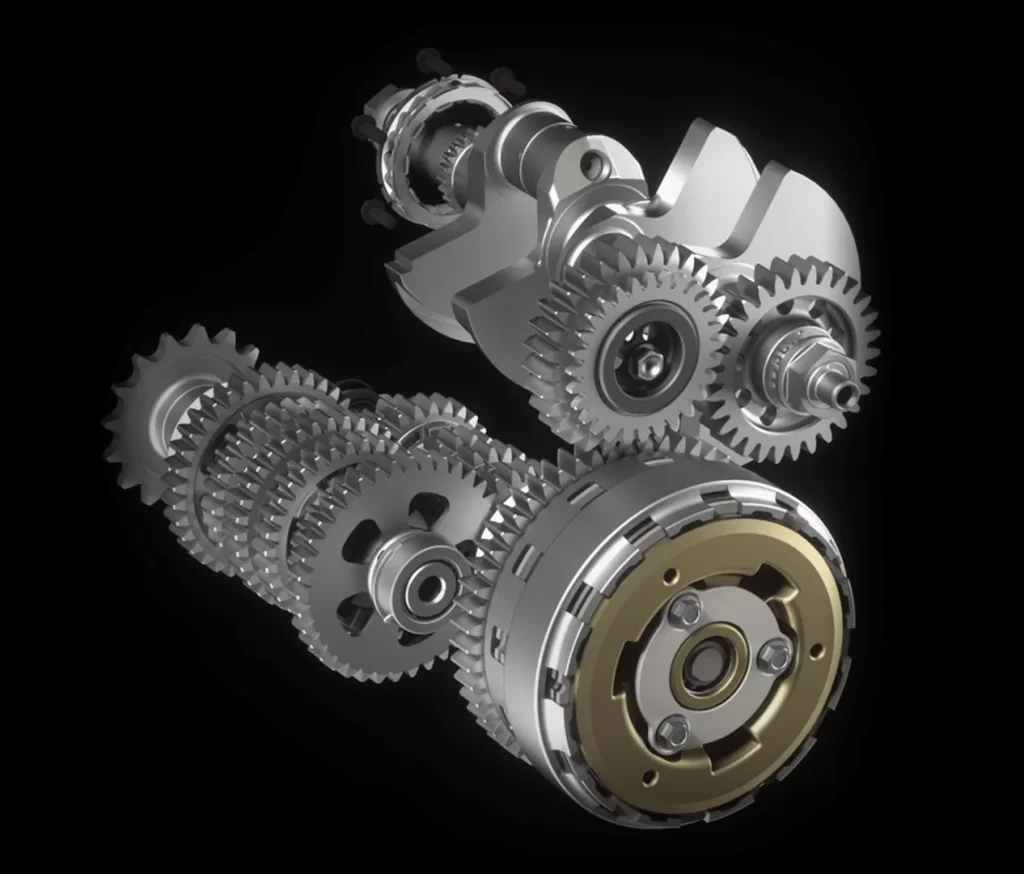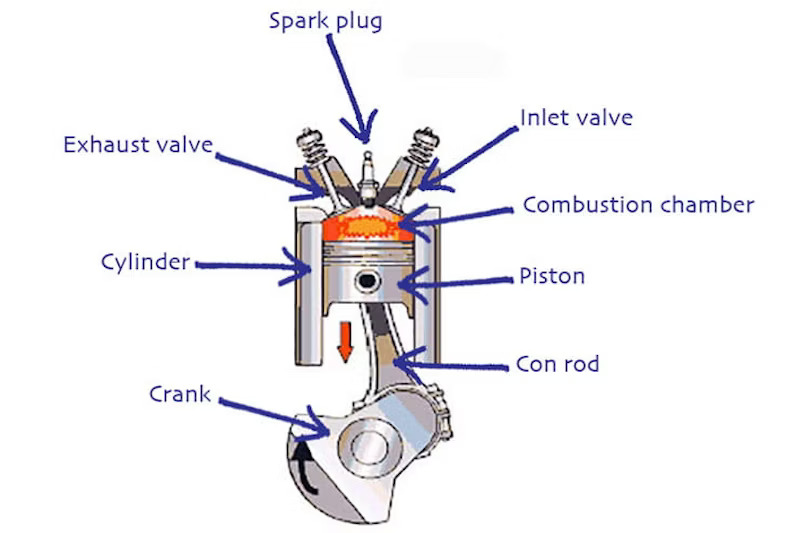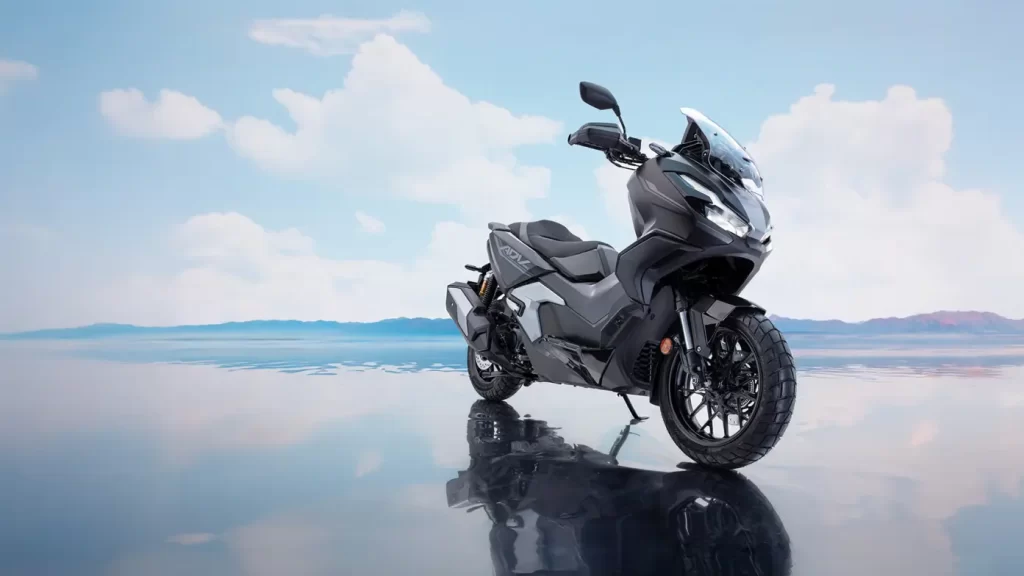-
Triumph Motorcycles Malaysia has launched the 2018 Triumph Street Triple family.
-
The three Street Triple models – RS, R, and S are intended for riders with specific needs.
-
The Street Triple is now powered by a new 765cc engine – the basis of the engine supplied to Moto2 teams beginning 2019.
I’ve often wondered if shopping at IKEA is stressful for others too.
It invariably starts off well; seeing charmingly designed sets of furniture is somehow calming. Even the smaller stuff are mightily tempting (and realistically affordable), hence I’ve never once returned without at least one item. I remembered buying scented candles when I was first married and now soft toys for my infant. Wink wink.
But it gets more complex when choosing something bigger.
We were looking for a wardrobe. I’ve picked one out and scribbled the model number in that little piece of paper. I walked away toward the kitchen section, feeling content that I’ve solved a problem. Right about then, the Mrs. saw her reflection in the mirror of another wardrobe and started to adjust her hair and clothing, “Oooh, this one is much better.”
What?! Contentment turned to contention, voices started to rise, neck veins started to taut. The President, CEO, CFO and Home Minister (positions held by The Wife) suddenly went quiet, so I decided it’s best to accept her choice. I don’t love hugging dust mites on the old couch.
I grudgingly scratched off my choice, and wrote down the one she chose, while mumbling to myself, “Fine, don’t complain later that the mirror makes you look like Tyrion Lannister.”
She turned away and smacked into a third wardrobe. “Wait, this one is the best! Thank goodness, there must be a reason I bumped into it,” she said. To me it looked uncannily like the outhouse destroyed by the bandits in P. Ramlee’s Ali Baba Bujang Lapok.
When Triumph released the Street Triple 675 in 2007, it hailed a new chapter in the history of the middleweight naked sportbike class.
Most manufacturers had preferred the safer route of producing motorcycles that were compromised in many ways, in order to lower the cost and ultimately, price. However, those concessions translated into goofy riding dynamics and more importantly, lack of two-wheeled entertainment. The Street Triple 675, on the other hand, stuck two fingers in the face of convention by exuding an unmistakably mischievous attitude. The middleweight streetfighter was born.
Although it’s true that its bigger 1050cc brother is the ultimate hooligan bike, the 674.8cc Street Triple offered the same kind of entertainment to a larger group among the masses. It was so good that Triumph didn’t even replace the engine from 2007 to 2016, freeing themselves to focus on chassis and electronic updates. In fact, the Street Triple 675’s engine was given a longer stroke and became the powerplant of another great Triumph – the Tiger 800.
Triumph has the clever habit of building motorcycles that are well-rounded in character despite the niches they fill, and the Street Triple 675 was no different. It was famous for its low-down and midrange torque, unparalleled handling, practicality and overall fun factor. All in one go.
But competitors have since caught up, at least in promoting bigger cubic capacity and power, if not handling.
So now, 10 years after the first Street Triple took to the streets, Triumph has released the 765cc Street Triple S, R and RS.
Due to the arrival of the R variant, Triumph Motorcycles Malaysia formally launched the new 2018 Street Triple family to the media on 30th August 2017. Called the Triumph Street Triple Media Ride, Triumph Malaysia did the righteous thing of holding it at the Sepang International Circuit. Testing motorcycles in a controlled environment is the best way, which only the racetrack could offer.
The event started with a briefing by Rek (FB handle: Reksaksa Kuat) of Motoqoo. Motoqoo was the trackday organizer of the day. Rek presented slides on track safety and “etiquette.” He told us time and again to not cross the white line when exiting the pit lane.
Malaysia’s racing legend, Shahrol Yuzy, followed with his tips on riding fast and gearing around SIC. While we were ordered to have fun, there’s no overriding safety concerns. We shared the same space on the track with almost a hundred other riders as it was open trackday, so Shahrol told us to be careful around these “Rossis,” “Marquezs,” “Reas,” et al. “Lorenzos” was never mentioned, though.
Lastly, Chief Operations Officer of Triumph Motorcycles Malaysia, Dato’ Razak Al-Malique Hussein presented his speech and welcomed us to the launch of the 2018 Triumph Speed Triple’s family.
We headed down to the paddock, to see Street Triples parked on either side. My pulse rate shot up, I could feel the throbbing in my… er… temples as a certain “high” took over.
First up, the new Street Triple is powered by a new 765cc inline-Triple and offers three different states of tune: 111 bhp for the S, 116 bhp for the R, and 121 bhp for the RS. The power spread may seem negligible on paper, but all three models offer different features and components, hence character, respectively.
The range-topping RS is equipped with Showa BPF forks and Ohlins STX40 shock, radially mounted Brembo M50 monobloc front brake calipers, Brembo rear caliper, speedshifter, and a multifunction 5-inch TFT full-colour display, which includes a lap timer. Additionally, the RS has 5 ride modes, including TRACK.
The middle-rung R variant uses Showa fully adjustable forks and a Showa RSU shock, Brembo 4.32 monobloc front calipers, no speedshifter, the TFT display sans lap timer, and 4 ride modes without the track mode.
The entry S model uses standard Showa forks, preload-adjustable only Showa RSU shock, Nissin 2-piston front brake calipers, and an updated instrument cluster based on the previous Street Triple. However, there are only two ride modes, ROAD and RAIN.
There were five units of the RS and S each, plus one R Low for a total of eleven bikes for eleven hacks. Were given two 30-minute(!) sessions to have the biggest fun of our lives.
An Asian Talent Cup rider (the headiness caused me to forget his name) will lead us out for two initial laps, with all bikes set to RAIN mode. We will then pit and Triumph’s technical crew will switch it to TRACK on the RS, SPORT on the R, and ROAD on the S.
TRIUMPH STREET TRIPLE RS
Sep and I were assigned to the RS (yippee!), and we pulled out onto to pit road. We were stopped by the marshals at the end of the pit road to wait for large groups of riders to pass before we were allowed on track. So we sat there sweltering in our suits for about 5 minutes.
We were soon on our way, and headed into Turn One at a steady speed to scrub the oily new Pirellis. But as I left Turn Two, four open-class sportbikes blasted past me on the inside into Turn Three. I decided to give them a careful chase and twacked the throttle open. The RS responded instantly and increased speed quickly past Turn Three.
We ran right into a large pack of riders braking hard for Turn Four. I decided to back it off on new, cold tyres but the RS dropped onto its side as soon as I aimed for the apex. I gave it as much throttle as I dared. Here, from a state of fully off, the throttle came back on smoothly, but more importantly, there was no delay unlike other Ride-by-Wire throttle systems found on other bikes despite the RAIN setting. It was as if you were turning the throttle bodies’ butterflies directly with your hand.
Heading into Turn Five, again, the RS just peels over into a lean at the mere tap of the handlebar. Picking the bike up after the apex, I switched to my right side into Turn Six without backing out and just kept rolling on the throttle. I suddenly realized something about the Street Triple RS.
The Street Triple RS weighs 166kg, dry. Coupled to a “quick” steering geometry, top-notch suspension, and superb frame, it’s a bike that you could flick around like a butterfly knife. Heck, it felt like riding the KTM 390 Duke (with three times more power), despite the RS weighing 29kgs more.
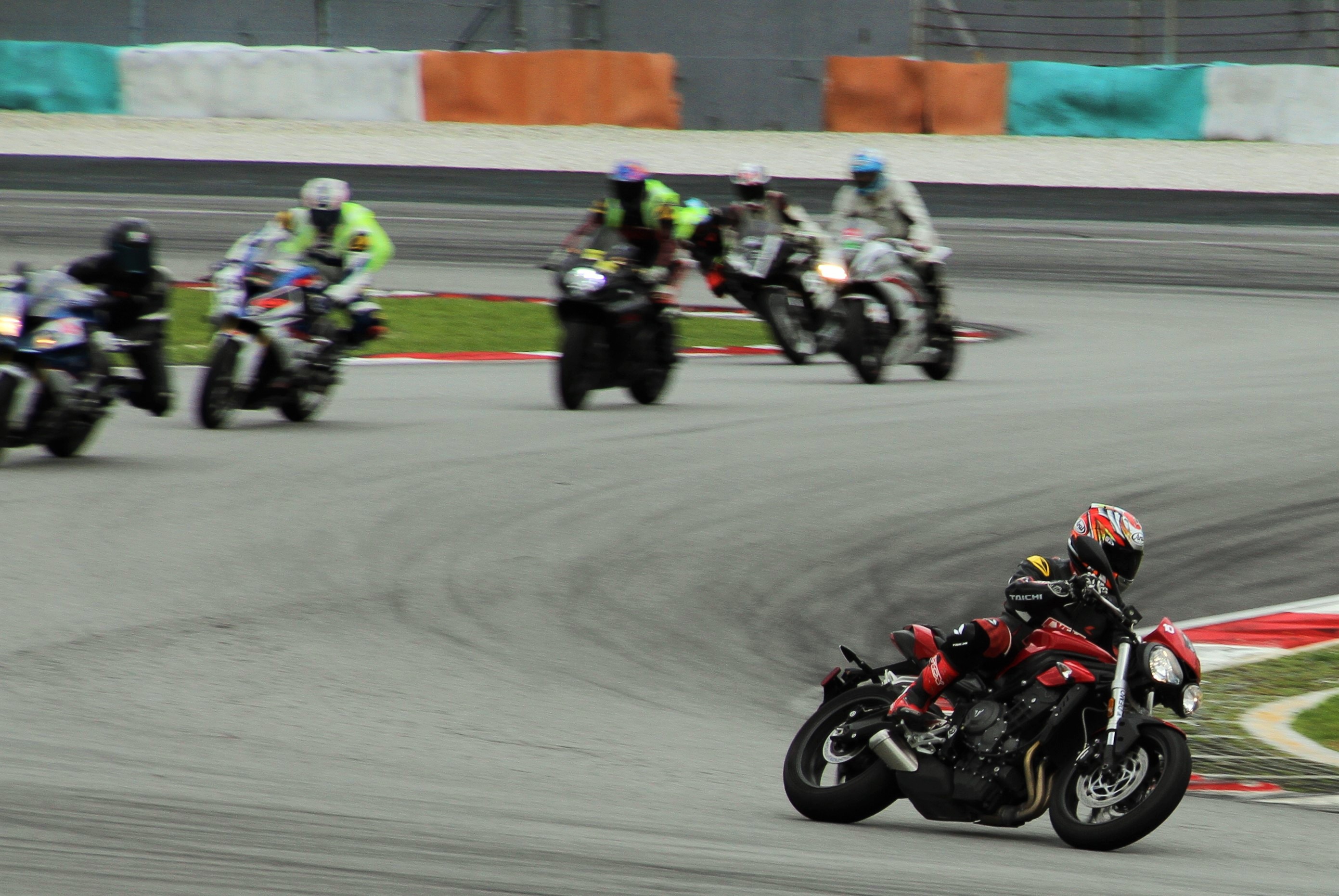
Conventional thought holds that if a short-wheelbase and lightweight motorcycle is super agile as the RS is, it shouldn’t be stable in long, high-speed corners especially when you’re hard on the gas, what more on slippery new tyres. That usually calls for a steering damper to calm things down.
The RS on the other hand, just flew in, through and out absolutely stable without shaking its head like a junkie on E, even without a steering damper. The combination of the Showa BPF forks, Ohlins rear shock and acutely-tune frame sure plays a big part here.
You may argue that the RAIN setting’s traction control must’ve kept chassis dynamics in check hence the stability, but I’d swear on all the “gods” and “deities” if I wasn’t a Muslim that it wasn’t due to the particular ride mode, because other faster journos reported the same observation when they rode in TRACK mode in the later session.
The Street RS hit close to 200 km/h down the back straight, only because there were so many other bikes around and I had to be extra careful. That’s still fast, especially in RAIN mode.
Now for the famous Turn Fifteen. There were like 8 riders up front and over the place. I braked hard at the 200m board to avoid torpedoing them, and found that I’ve braked way too early. Those M50.2 Brembo calipers had amazing braking power, coupled with a great feel at the lever.
Then suddenly, red lights and red flags flew up like a monthly thing all over the trackside as I rounded the corner.
Oh no! Someone had crashed. I’ll honestly say that I was irritated rather than thinking about the rider. We had only completed one out-lap and another to tour around. Let’s be honest, if you’ve watched the movie, The Beach, you might understand how selfish we could be when there’s great fun to be had.
And riding the Triumph Street Triple RS was more super fun than partying on a remote island in Thailand!
TRIUMPH STREET TRIPLE S
The first session was stopped longer than expected as the marshals assisted the downed rider and recover this bike. He was okay, although his bike was trash. Triumph Malaysia’s plan of switching the bikes to more exciting riding modes was suddenly in limbo.
Soon, it was announced that the remainder of the first session has been abandoned and we will all switch bikes for the next outing. Can’t blame Triumph for the decision, things like this happen all the time during open trackdays.
Sep and I were now assigned to a Street Triple S.
First of all, let me be clear that this isn’t a model comparison, but I still need to highlight the differences in the different models.
The first thing I noticed about the S variant was its slightly lower seat height compared to the RS. Being the entry level Street Triple, the model was simpler, without the “luxuries” of the R and RS, such as the stitched seat, fully adjustable suspension, TFT display and Brembo brakes.
But no matter, it’s still very much the new Street Triple as soon as we passed Turn Three on the out-lap. Still taking it easy, the Street Triple S had plenty of grunt off the corners.
The suspension was setup for all-round riding comfort and was therefore supple. It didn’t bottom out but the rear got quite heavily loaded in high-speed turns and grounded the footpegs early. We rode all the Street Triples in standard settings, and I’m sure increasing two turns of preload will be enough to get more ride height for spirited riding.
However, the suspension’s damping rates were well set up, make no mistake, giving the bike a light footing through the ultra-sharp Turns 2 and 9. Getting the bike turned was easy – you’d think you were riding a 250cc machine. It was through the long sweepers that the rear suspension got loaded, yet the bike continued to track on your chosen line.
Blasting down the back and front straights, the S had enough steam to get up to 200+ km/h (I didn’t stare at the speedo all the time) although it did run out of breath a little earlier than the RS.
I was soon on the tail of a ZX-6R. Comparing the sub-111-bhp Street Triple S with a 160-bhp sportbike isn’t fair, but then I managed to get inside him on a few occasions, only to be out-dragged a few metres into SIC’s long straights after the corner exits.
The Street Triple S may be meant for street riding, but in capable hands, it will outmaneuver sloppily ridden sportbikes, especially at Ulu Yam, up Genting Highlands and Bukit Tinggi.
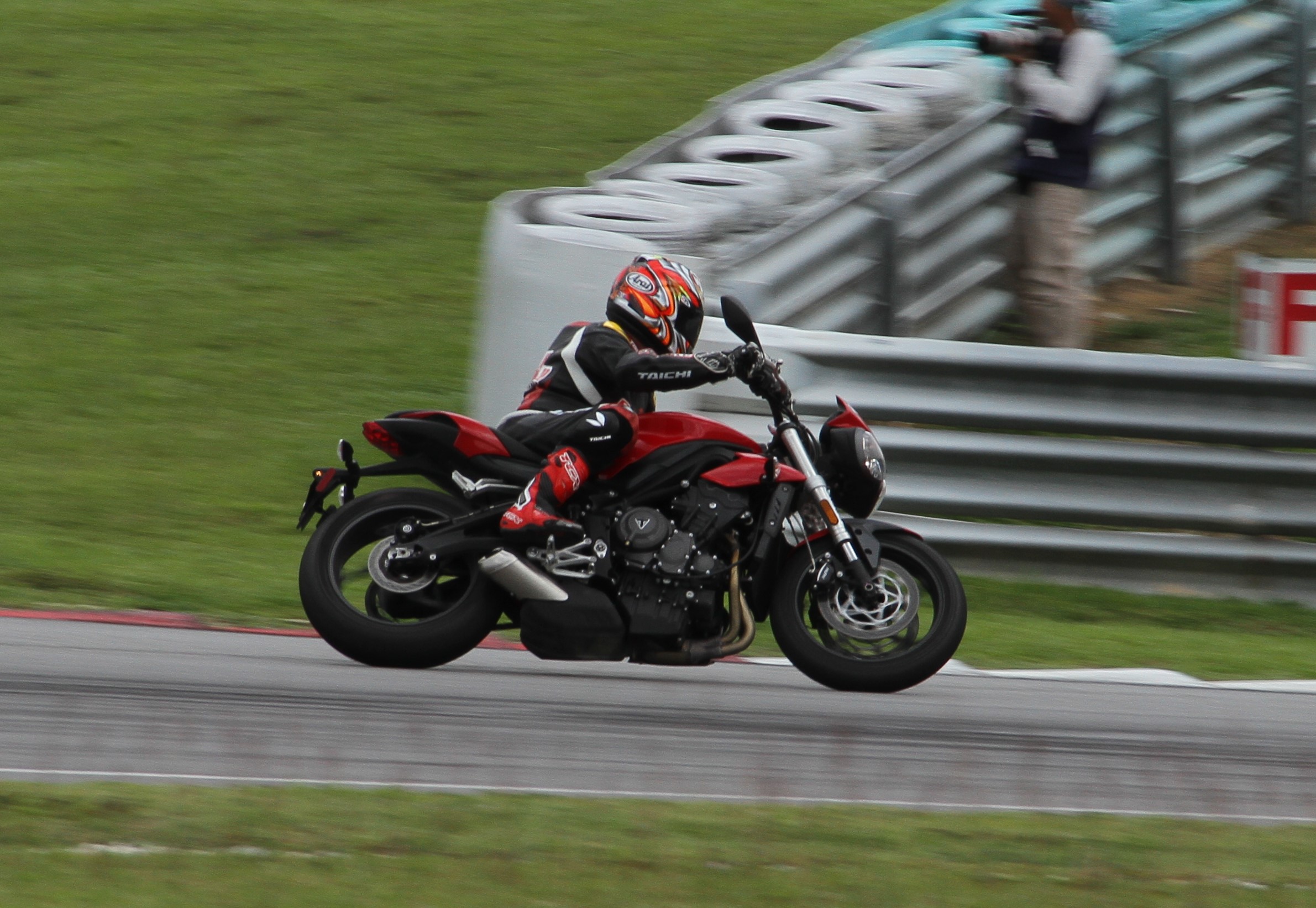
The Nissin brakes certainly looked simple (every other brake caliper looks simple next to a Brembo monobloc!), but a tug on the lever scrubbed off speed quickly, especially into Turns Nine and Fifteen. Besides, since the S doesn’t feature a slipper clutch, the engine’s back torque assisted in getting the bike slowed.
It only took three laps to settle into a rhythm. From then on it was just the case of letting faster bikes through and swerving past those I could overtake. It’s just another Sunday ride.
But, oh how time flies. The red lights flashed on and red flags came out to end the fun. The first thing I thought was, “Another crash? Or where did the 30 minutes go?” I got off the bike in the pits and I could still go on riding for the entire day, I kid you not.
I’ll stick my neck out and promise you that the Triumph Street Triple won’t tire you out.
CONCLUSION
The 2018 Street Triple lineup has certainly moved goalposts in the middleweight market so wide, the goalmouth needs five goalkeepers.
The Street Triple RS is a performance machine able to deliver the speed, type of handling and excitement for speed-minded riders, including track junkies.
The Street Triple R, although we didn’t ride it, is slightly “softer” than the RS, but still has the DNA of the family in terms of fun. How I see it is that the R is for riders who like to ride fast on the roads and very occasionally or never on the track.
And lastly, the Street Triple S. Don’t slag if off because it’s basic. To repeat, it’s meant for the public roads with the combination of speed, handling, practicality, fun, and pretty much of what you’re up to. The softer suspension and slightly lower power will hardly be noticeable to the majority of street riders.
So, if these three bikes were compared to the case of the IKEA wardrobes, how would it pan out? Truth is, I couldn’t decide on which Street Triple, all three go beyond their intended goals and deliver something other bikes just couldn’t. Just like how the Mrs. couldn’t decide on which cabinet.
It finally dawned on me: I’d get the RS for myself, the S for the Mrs., and the R for my kid when he grows up! And what if the Mrs. sends me to the couch for deciding without consent? I’ll just head to IKEA for a new one.

